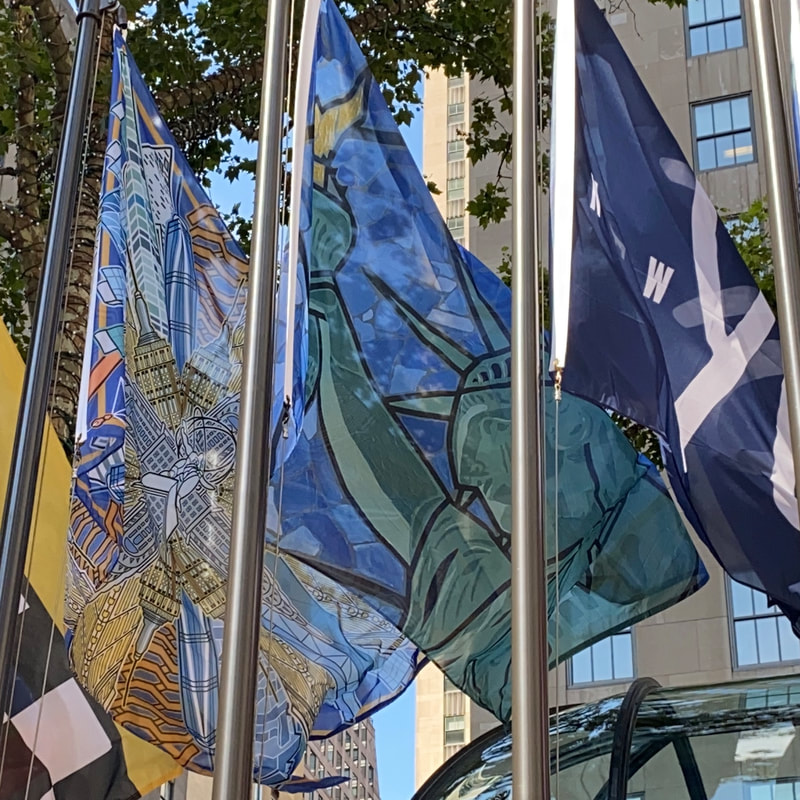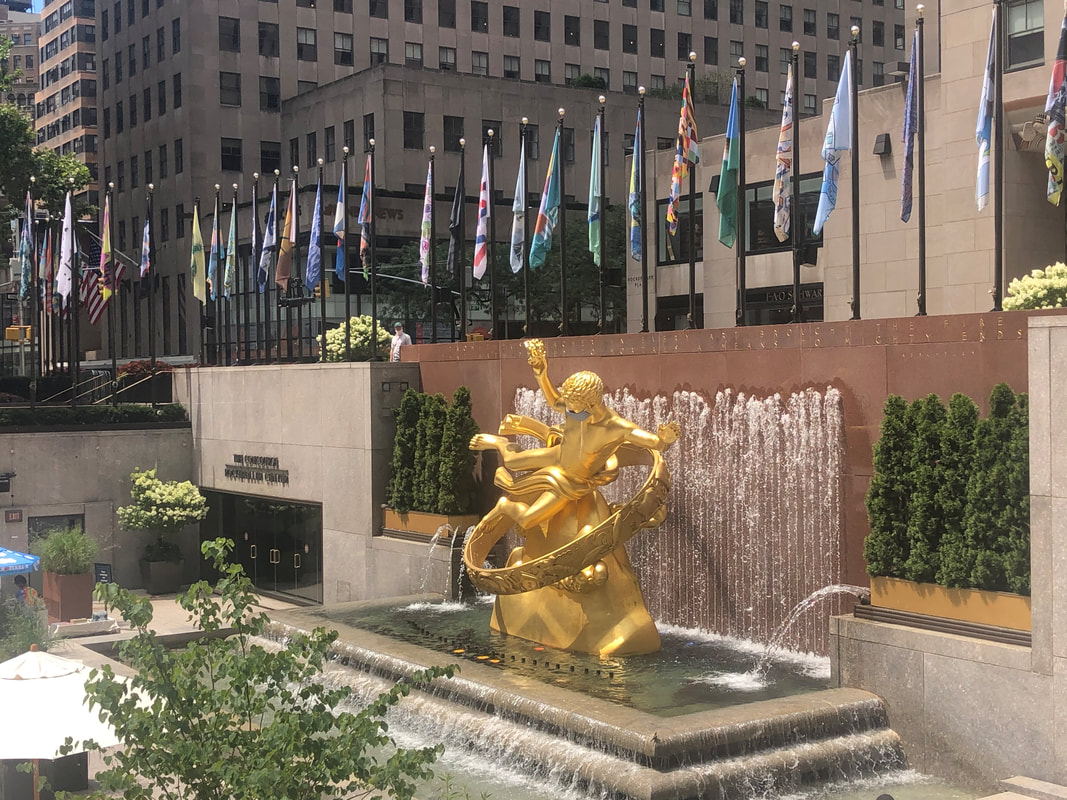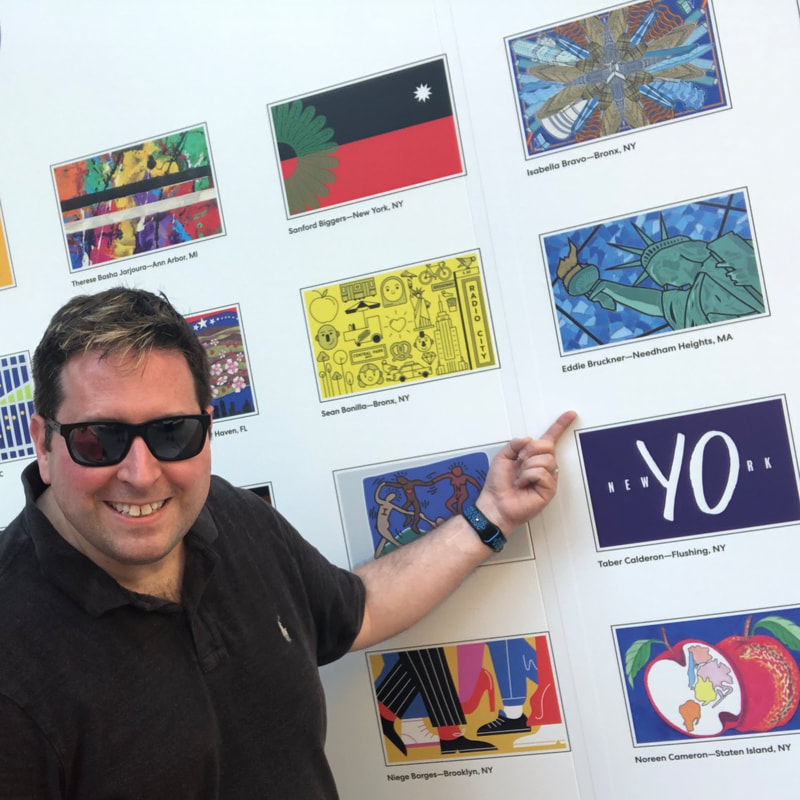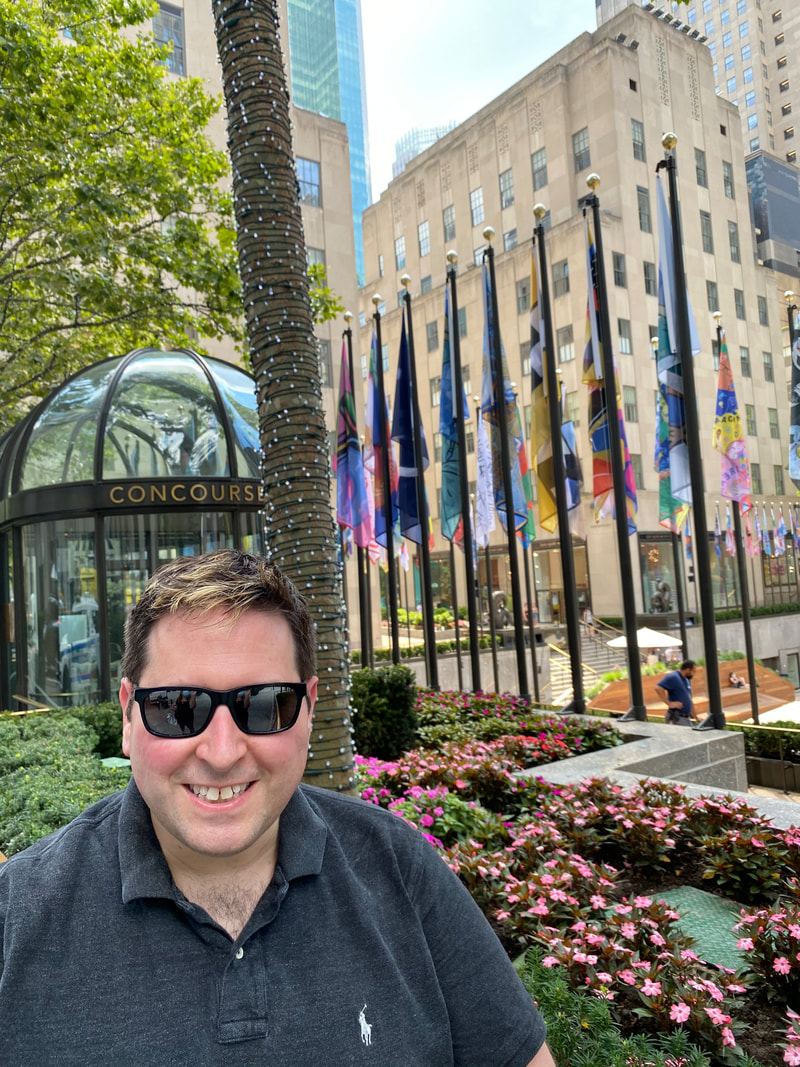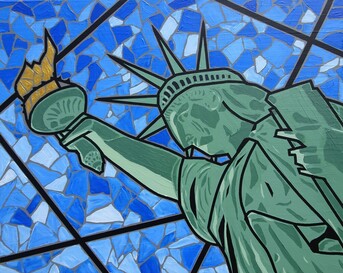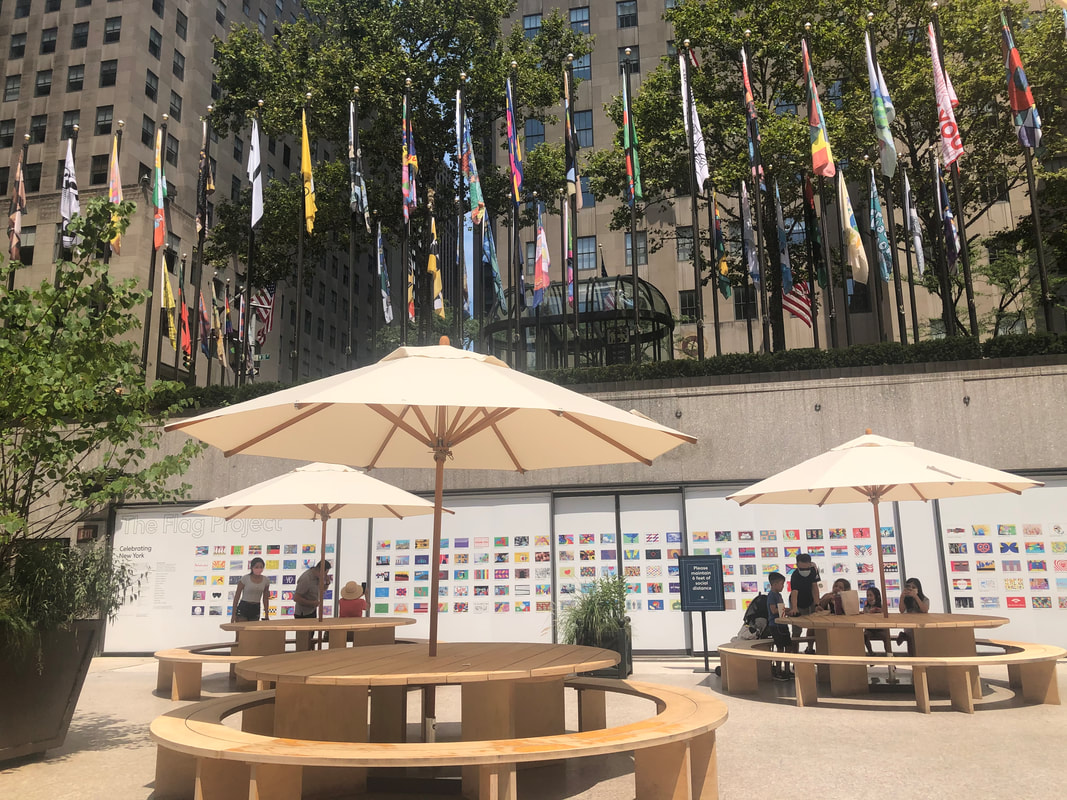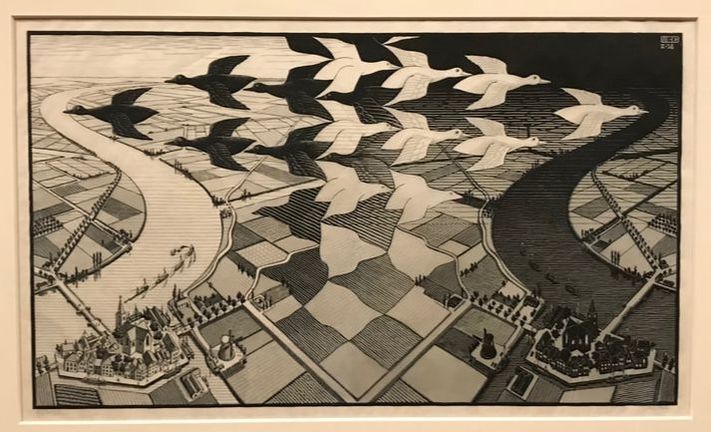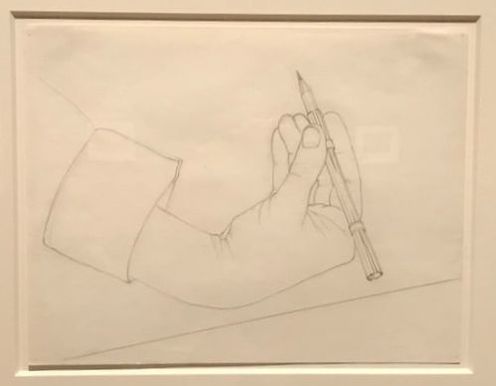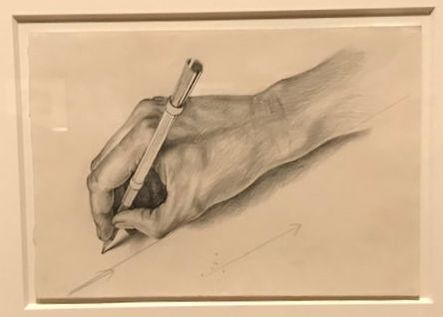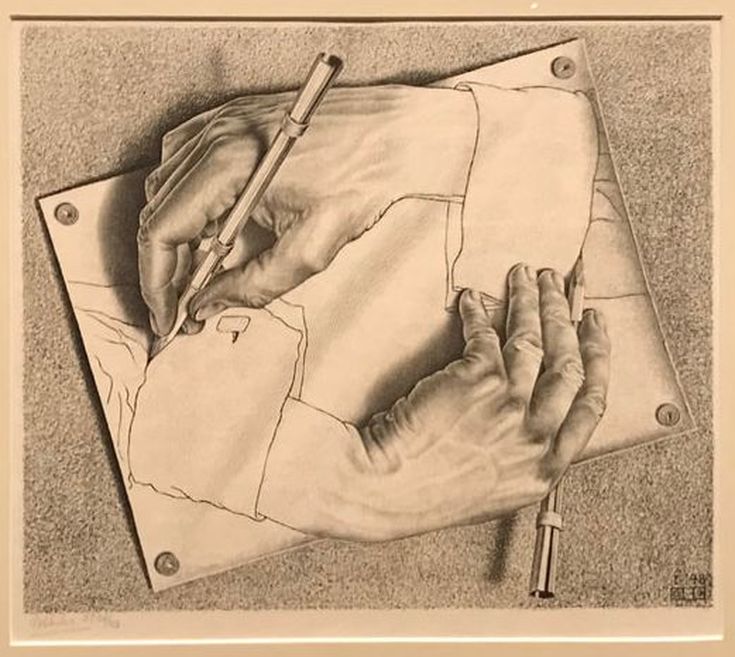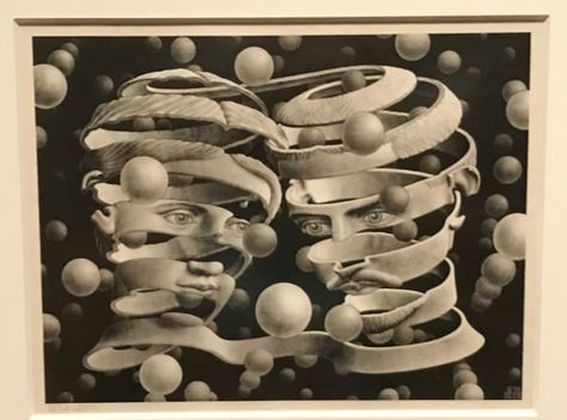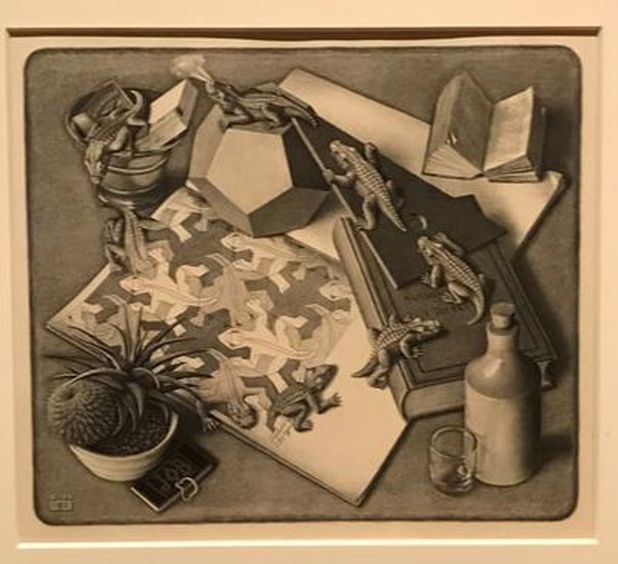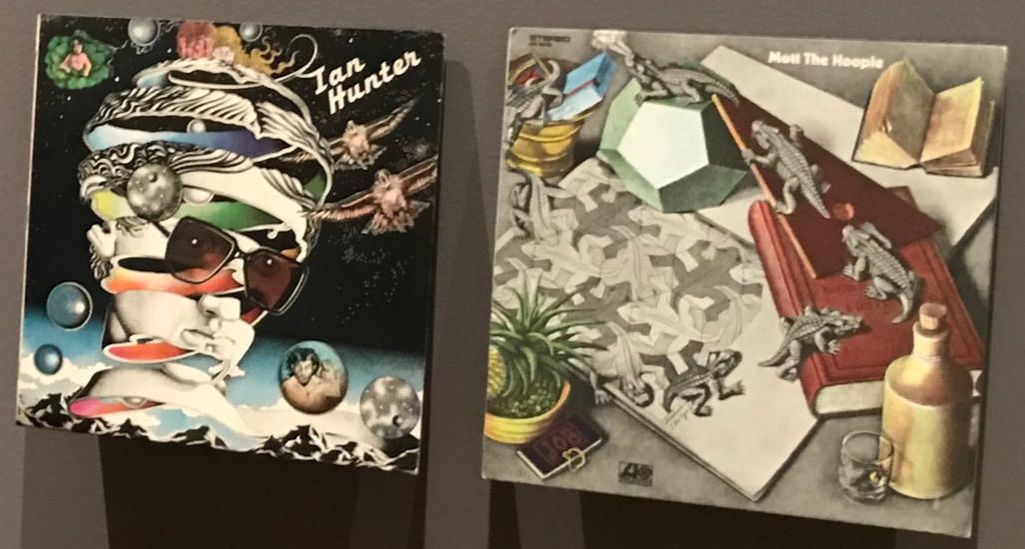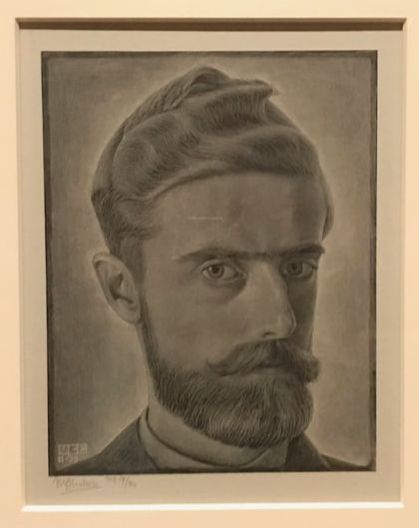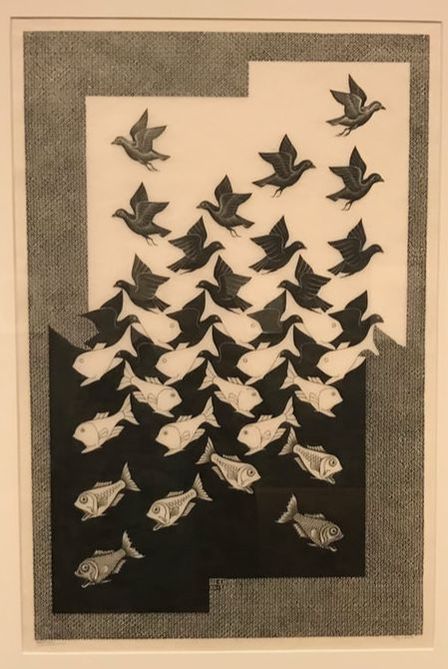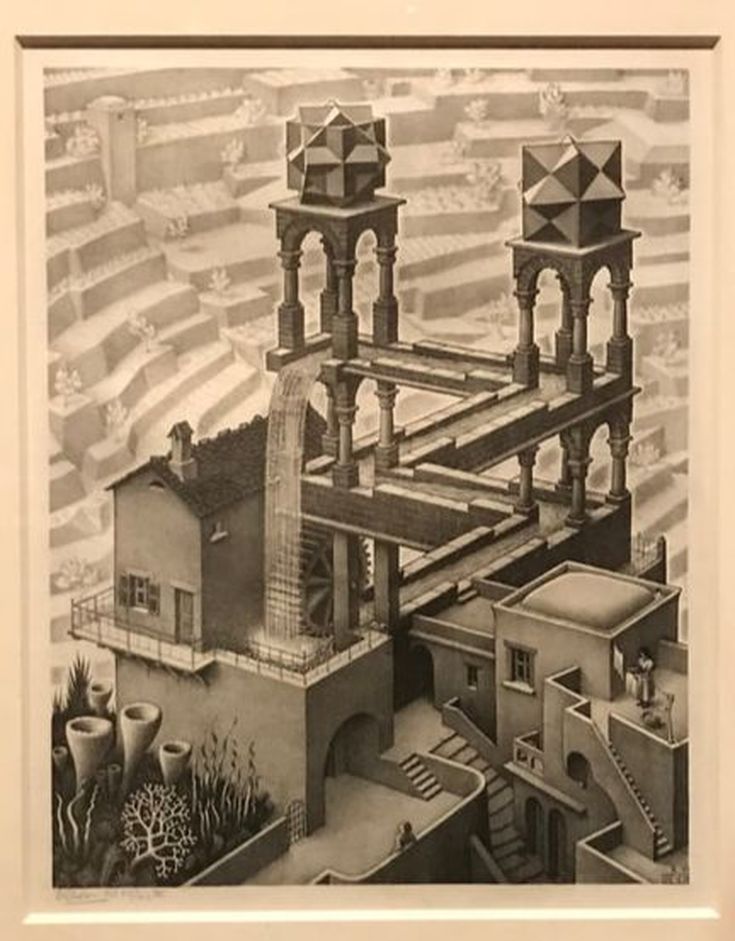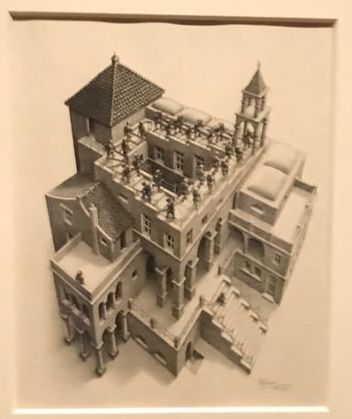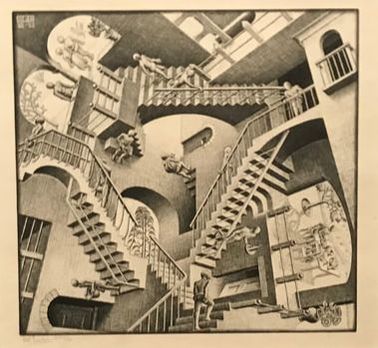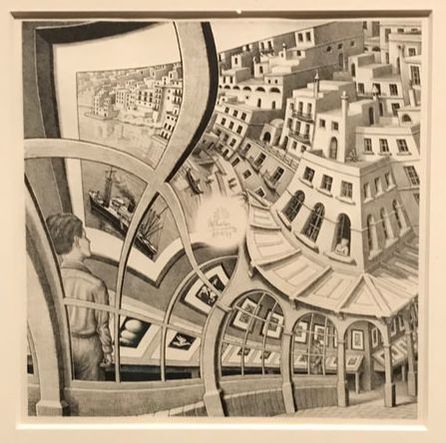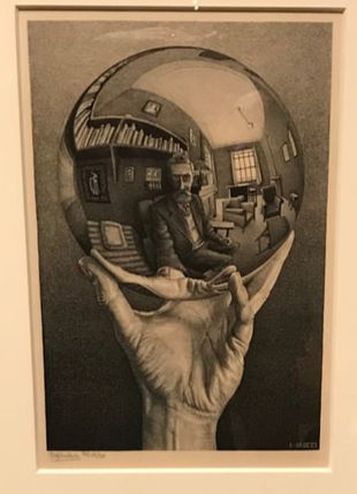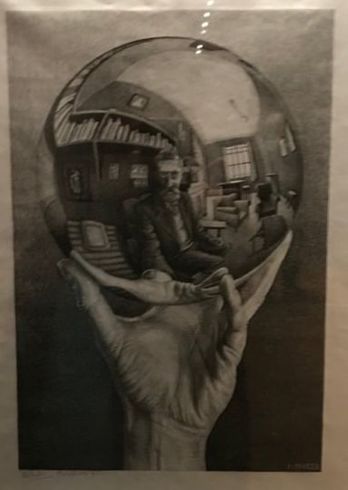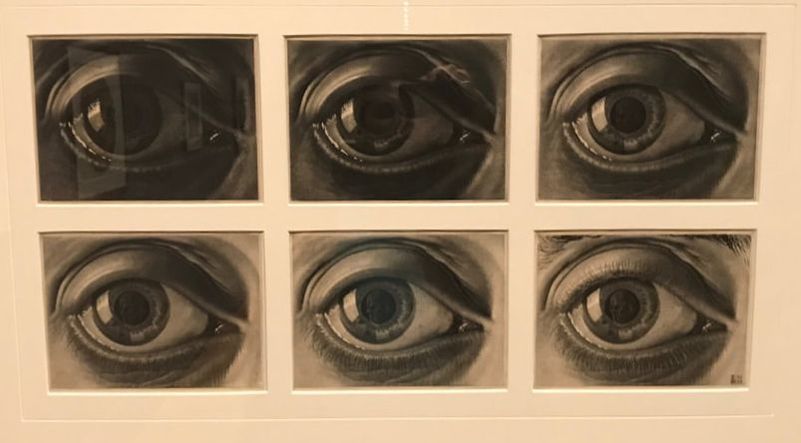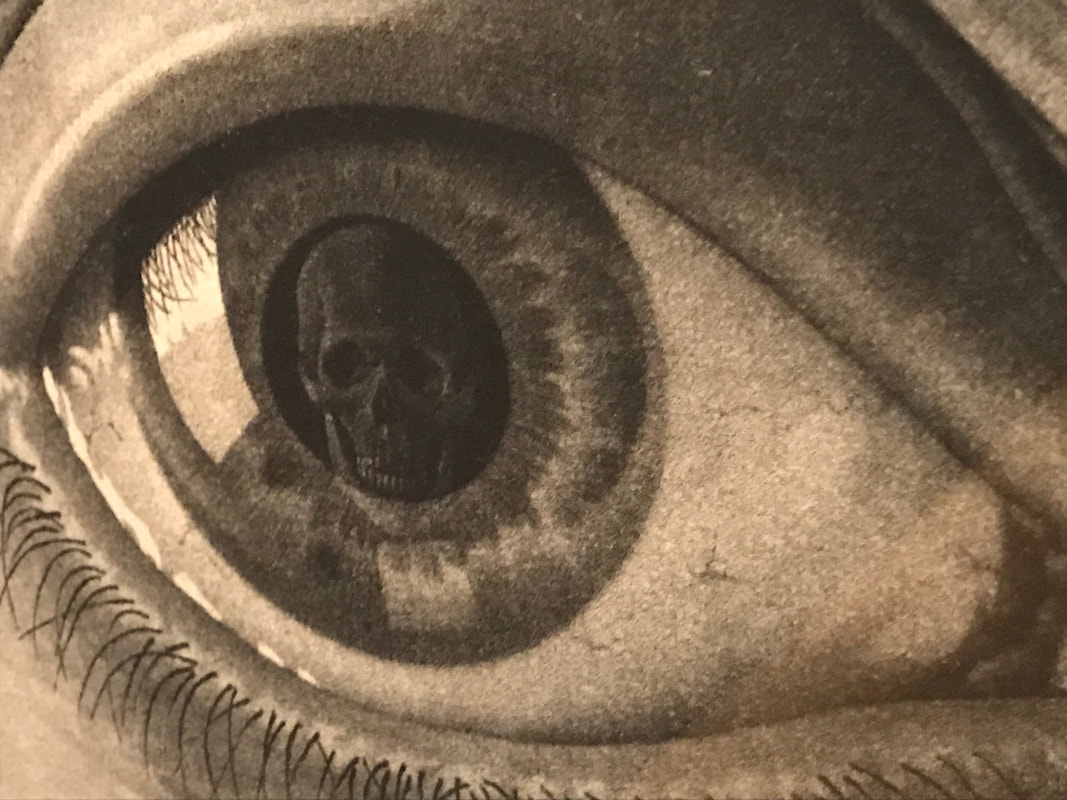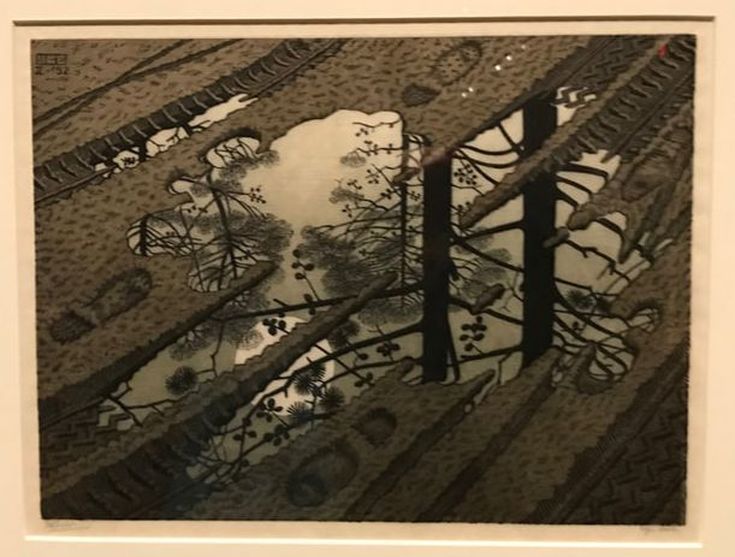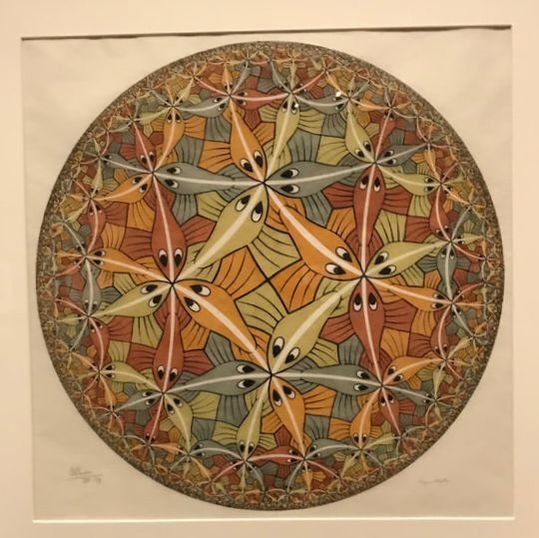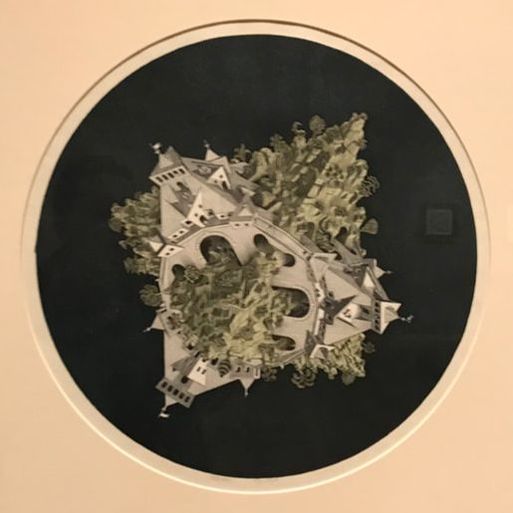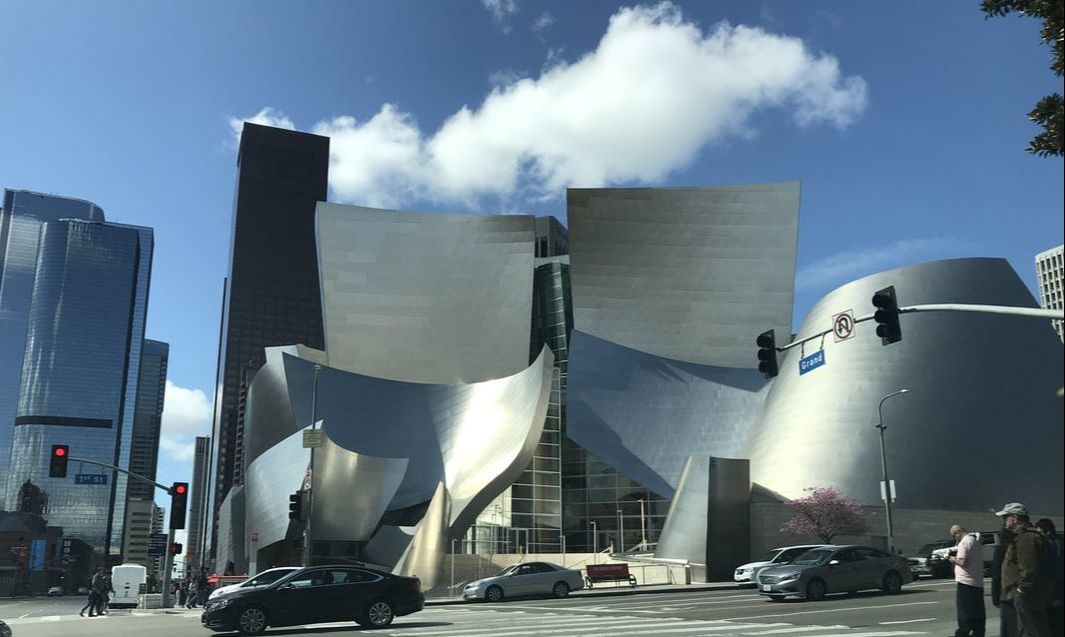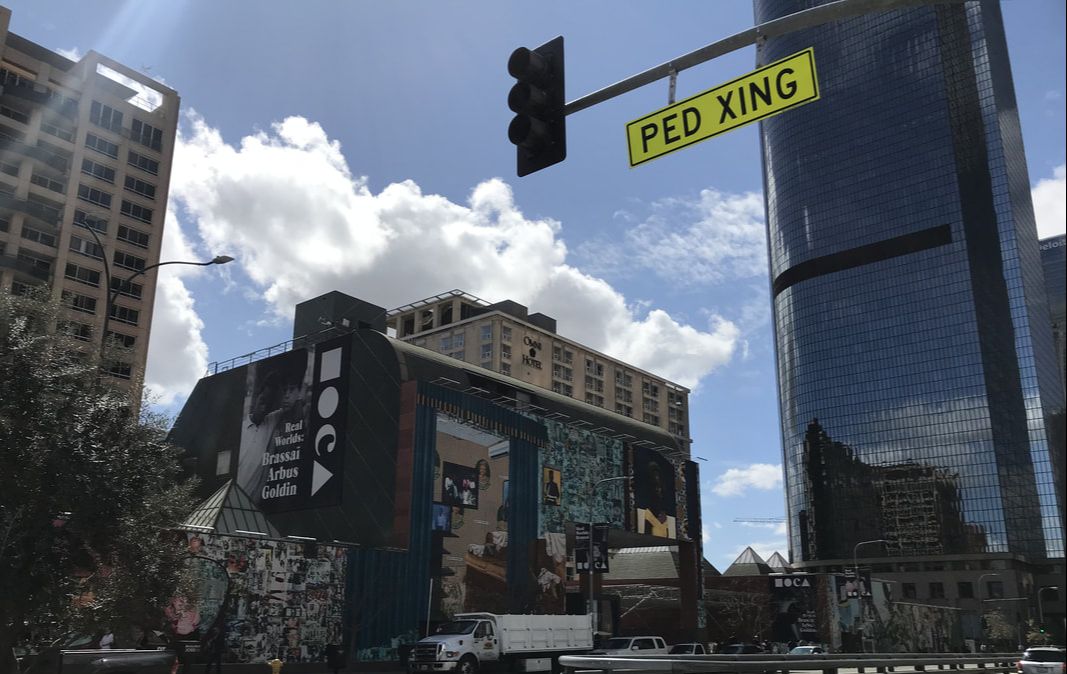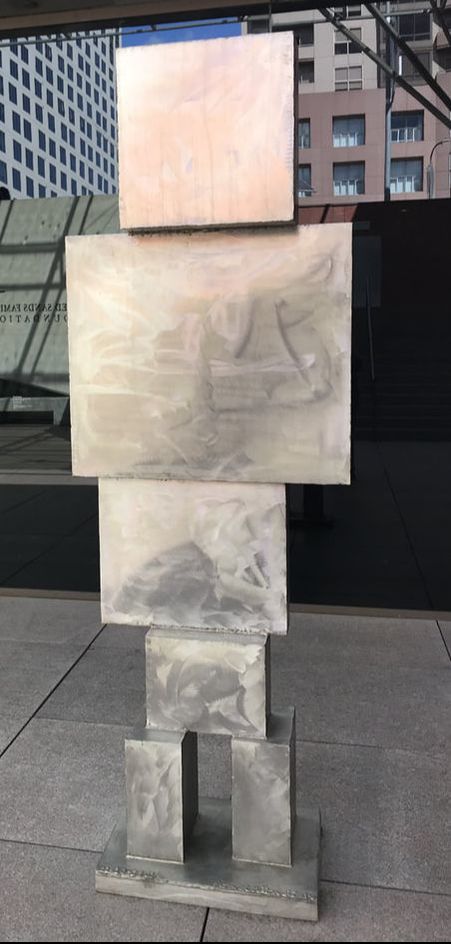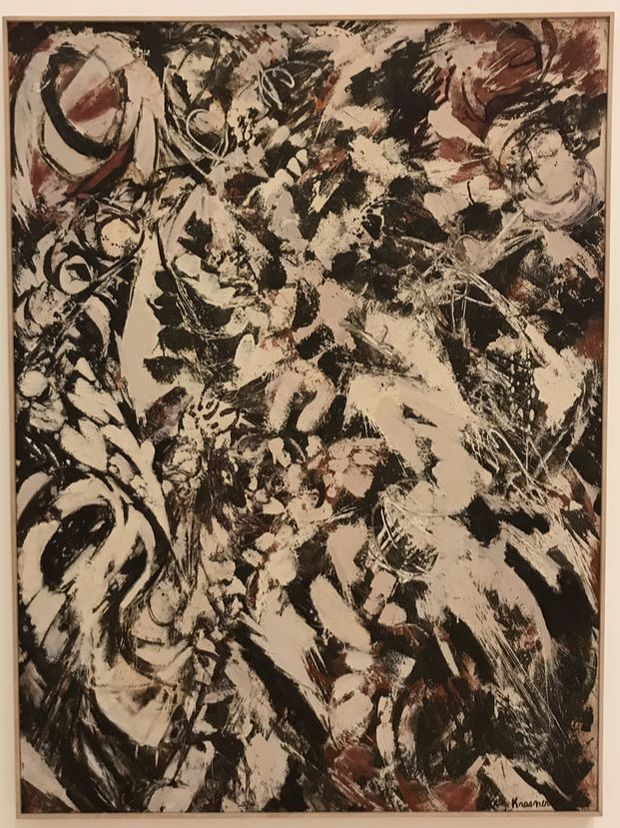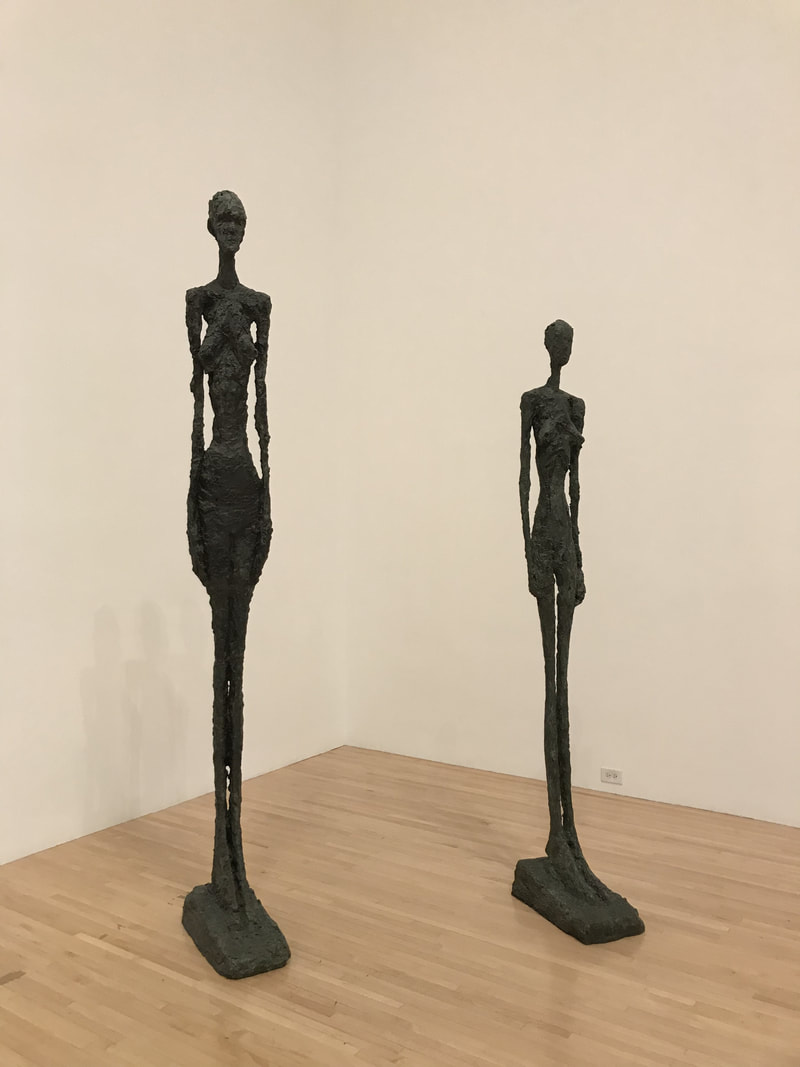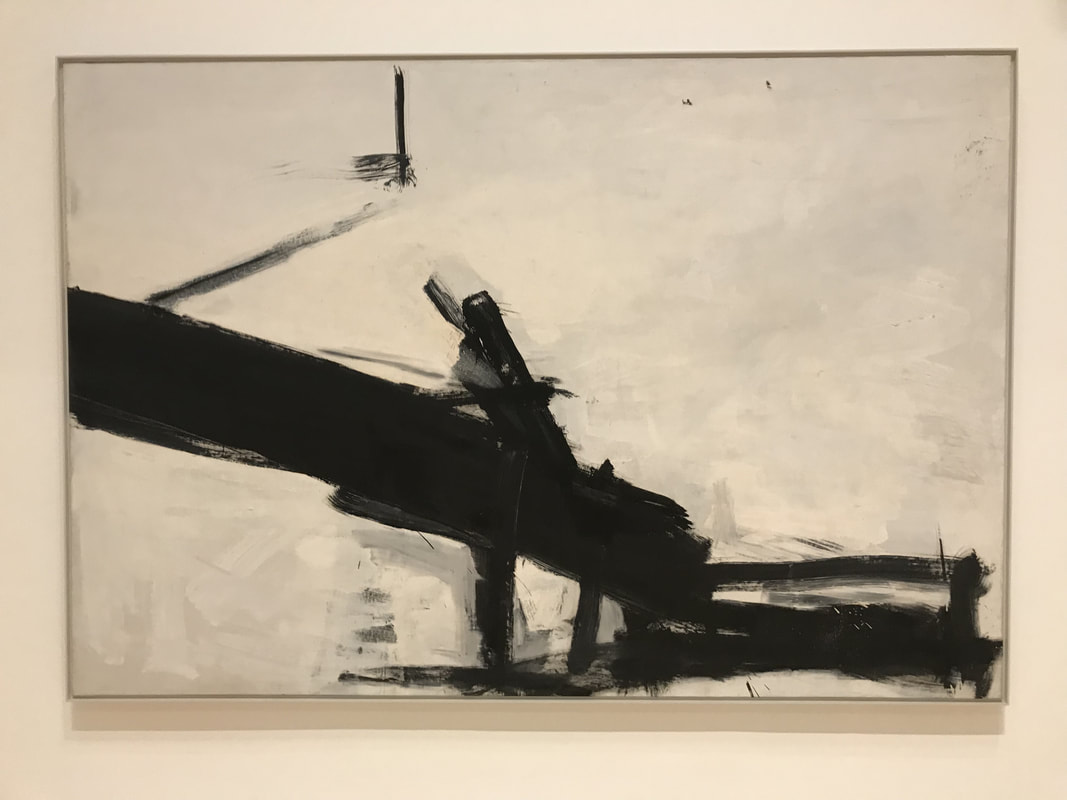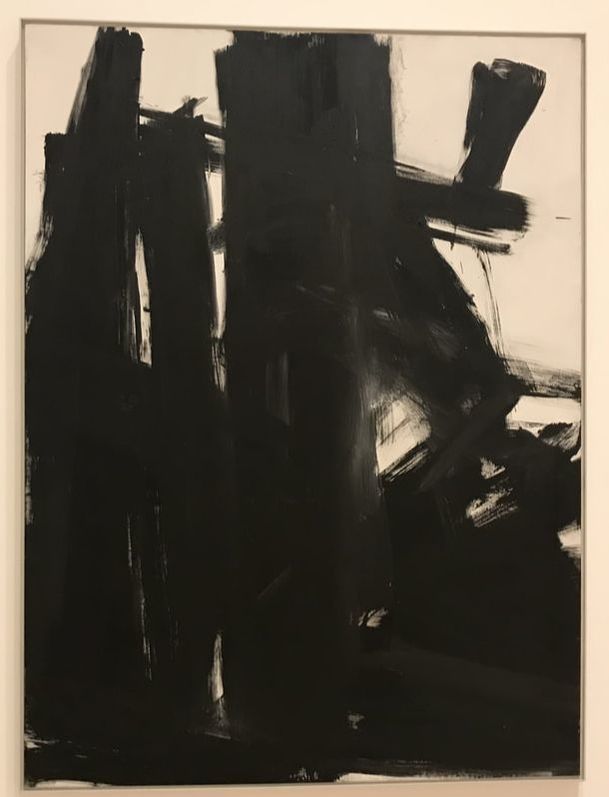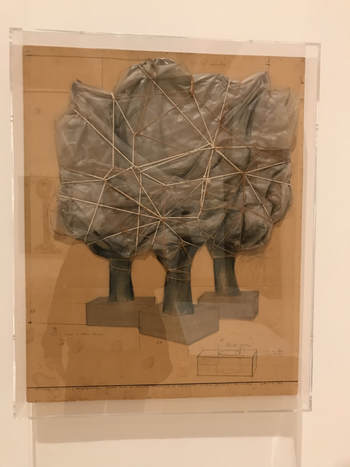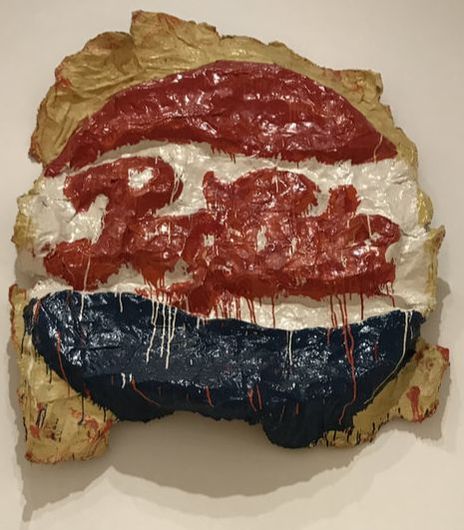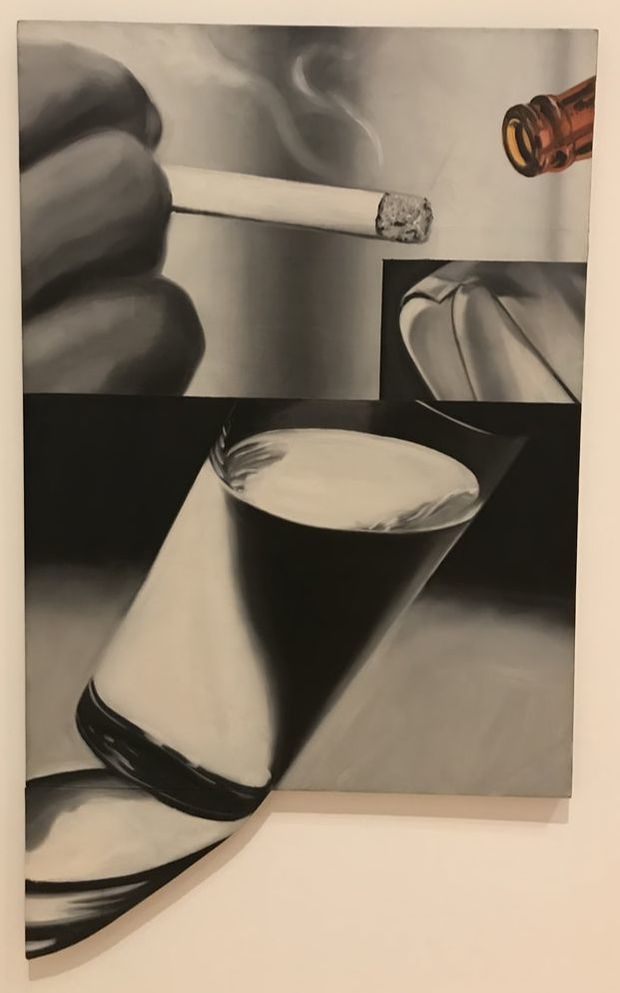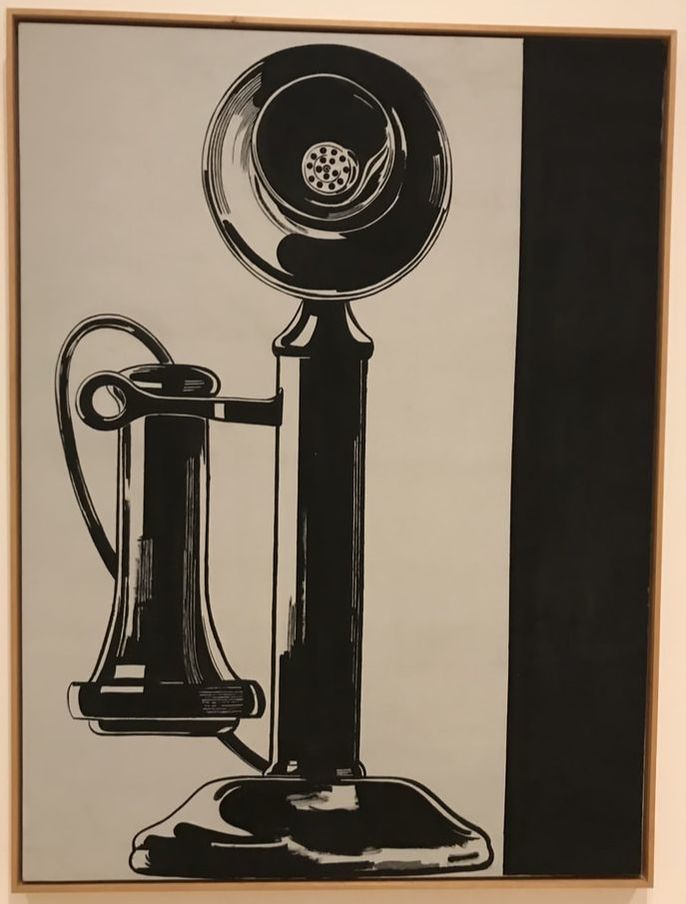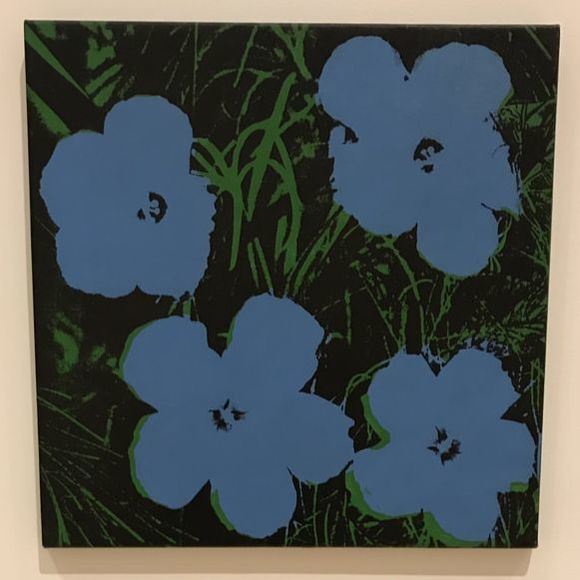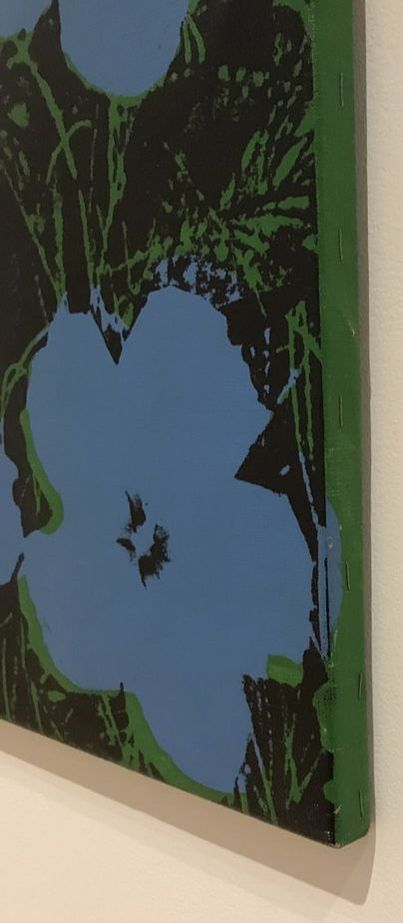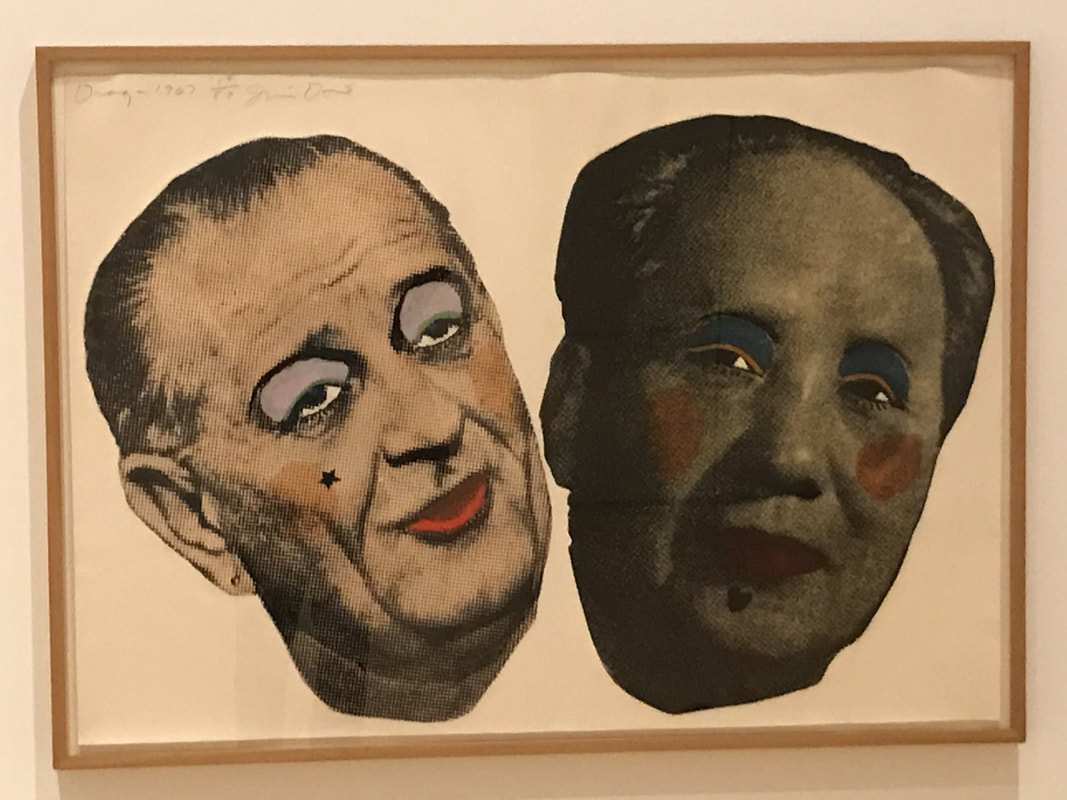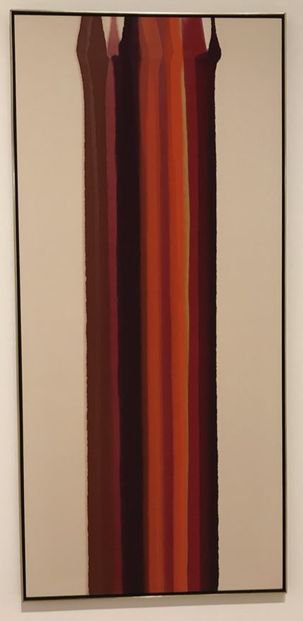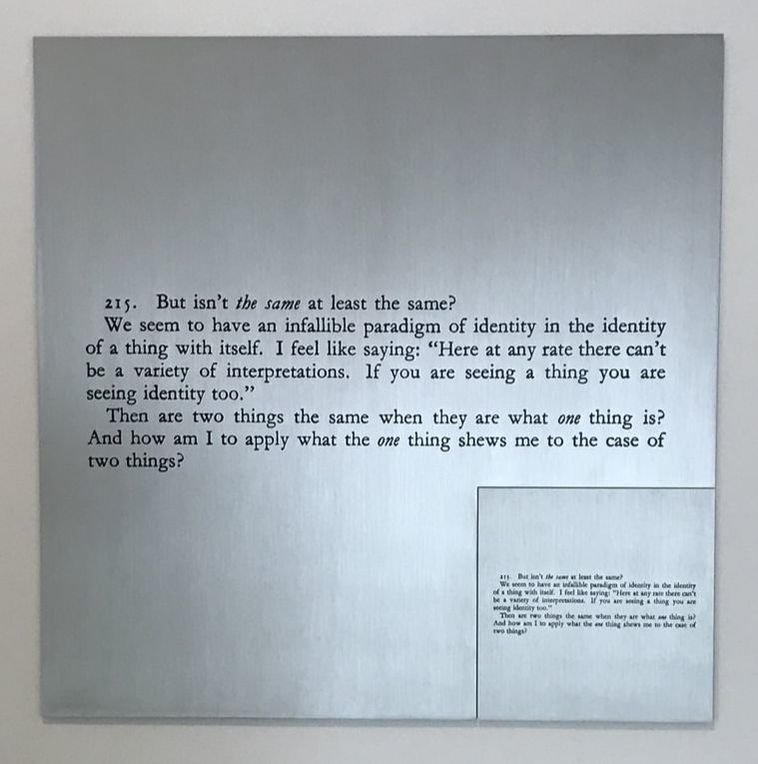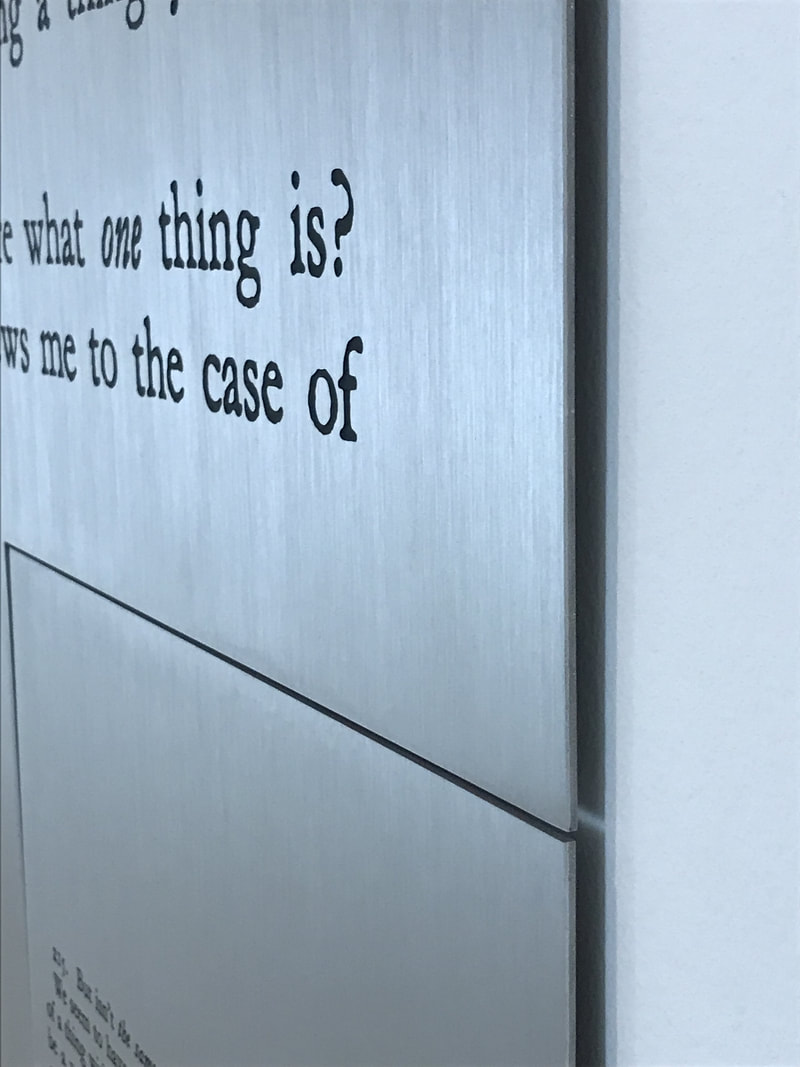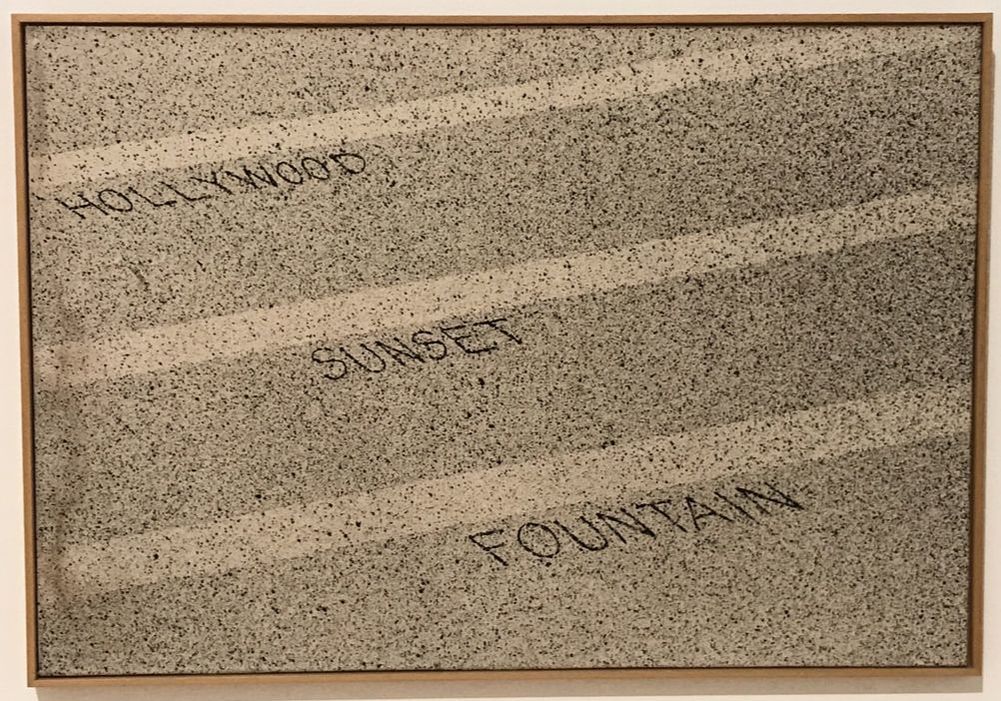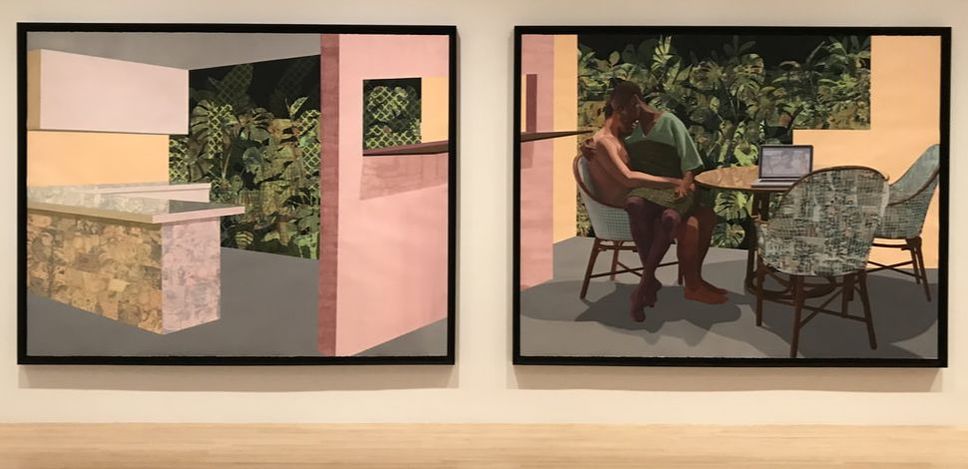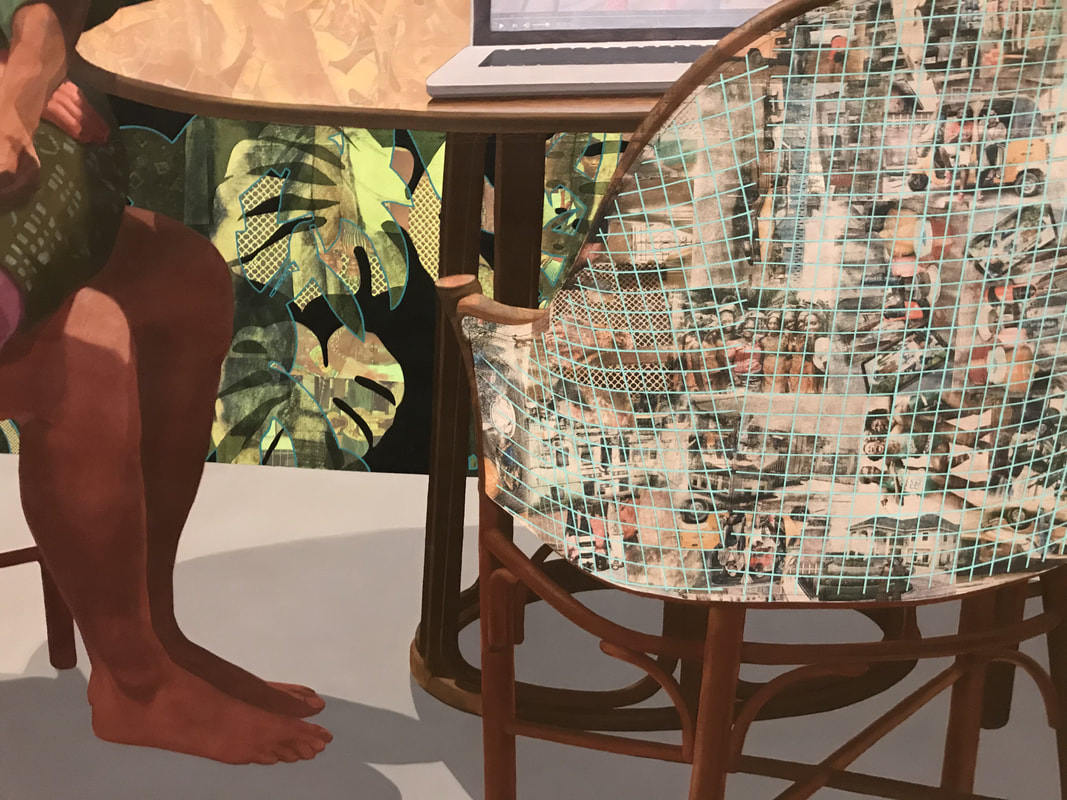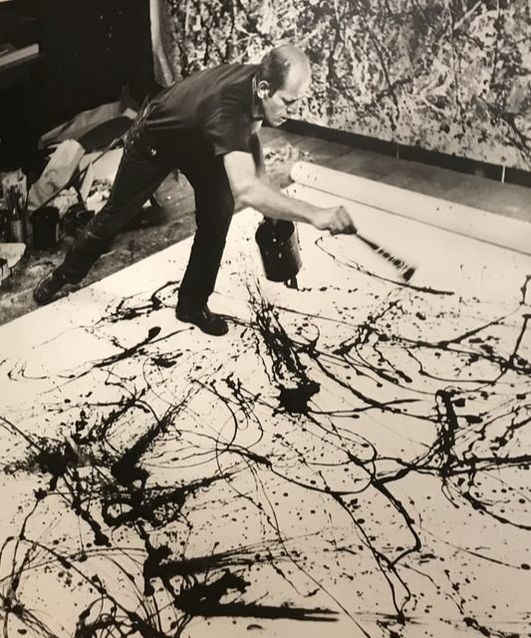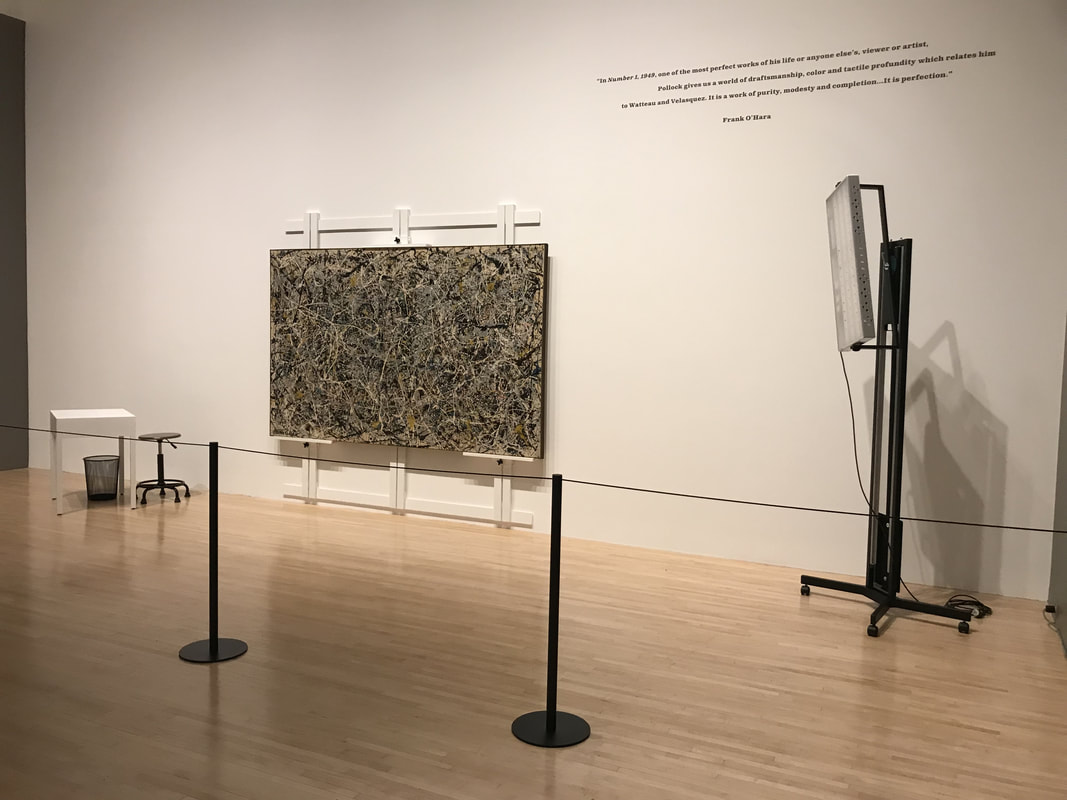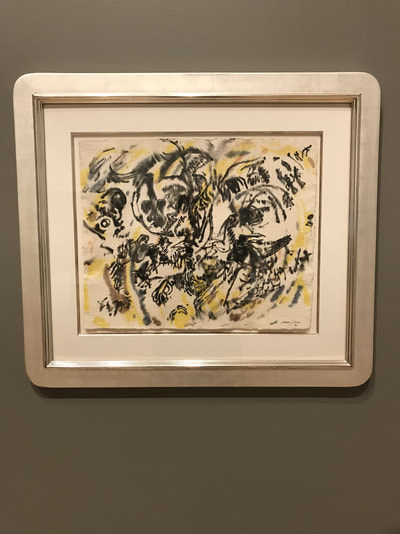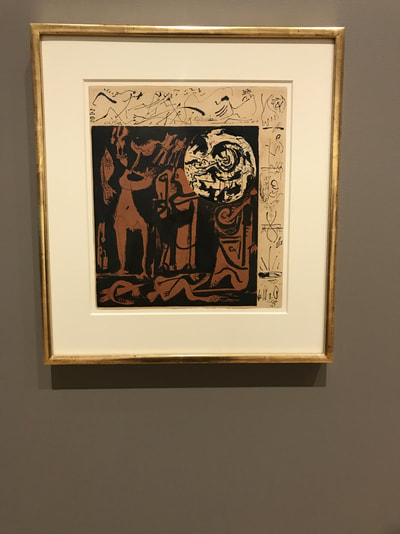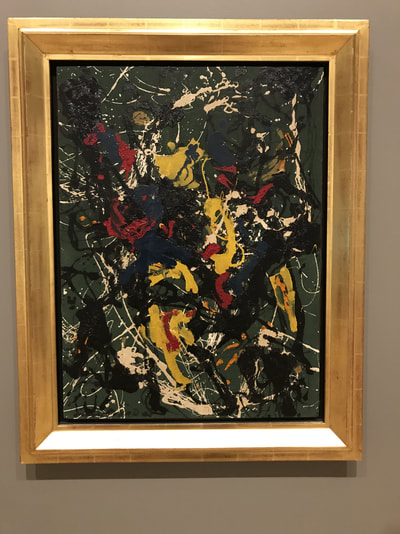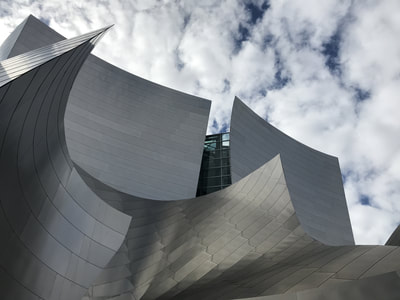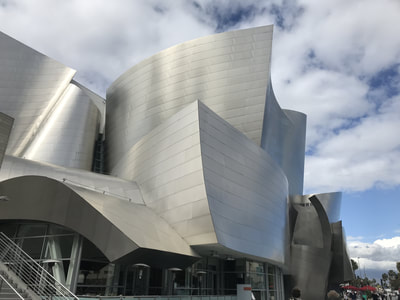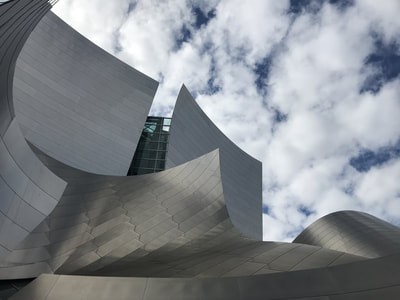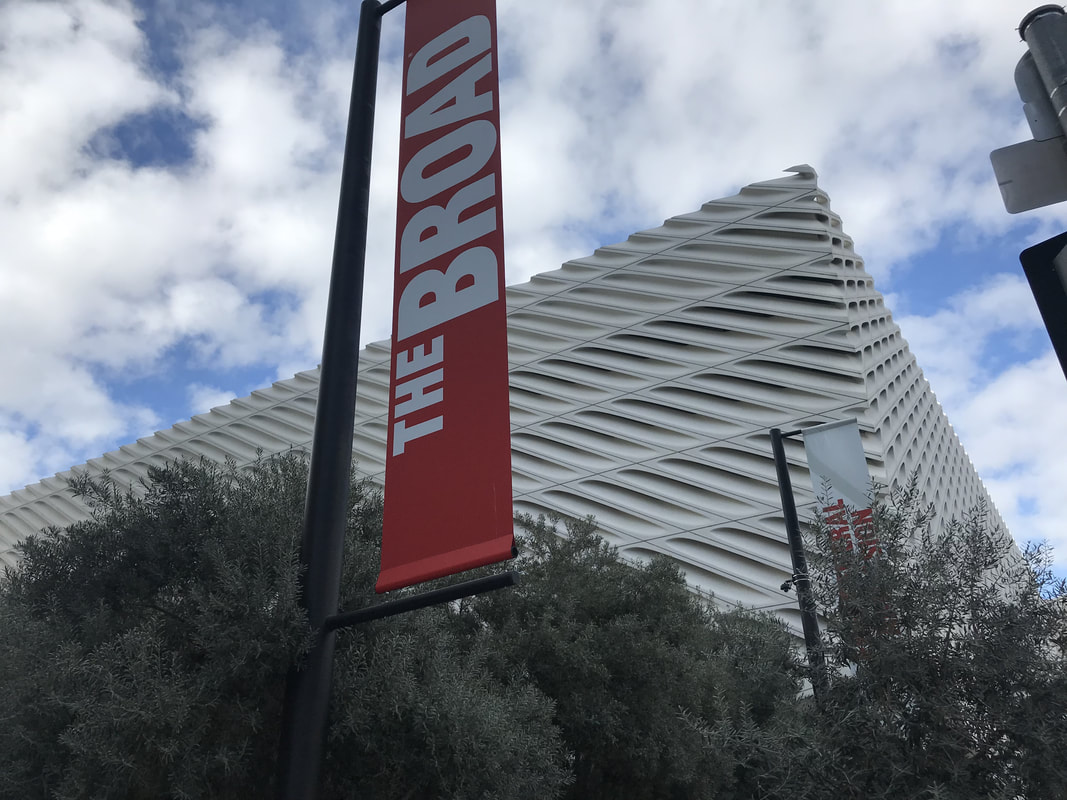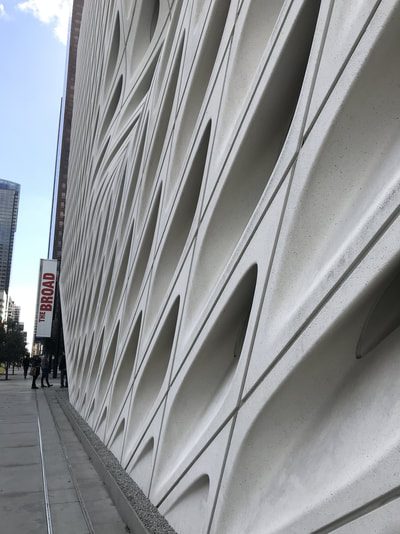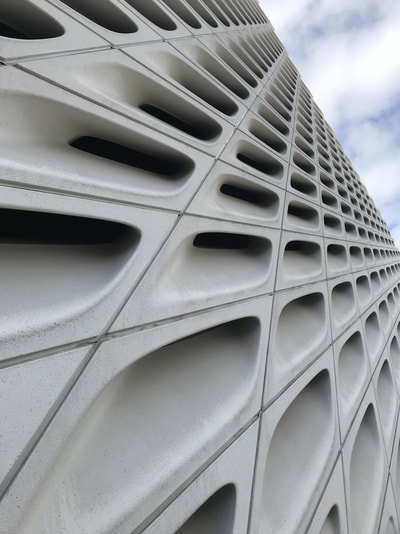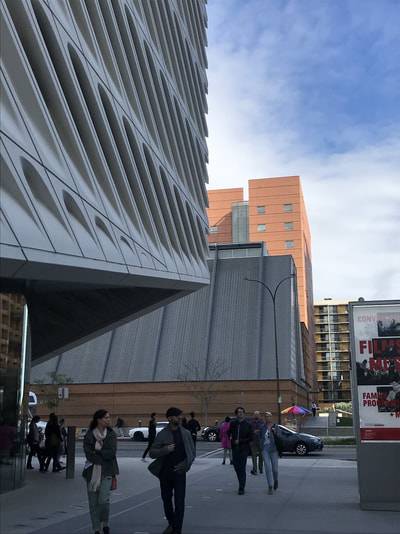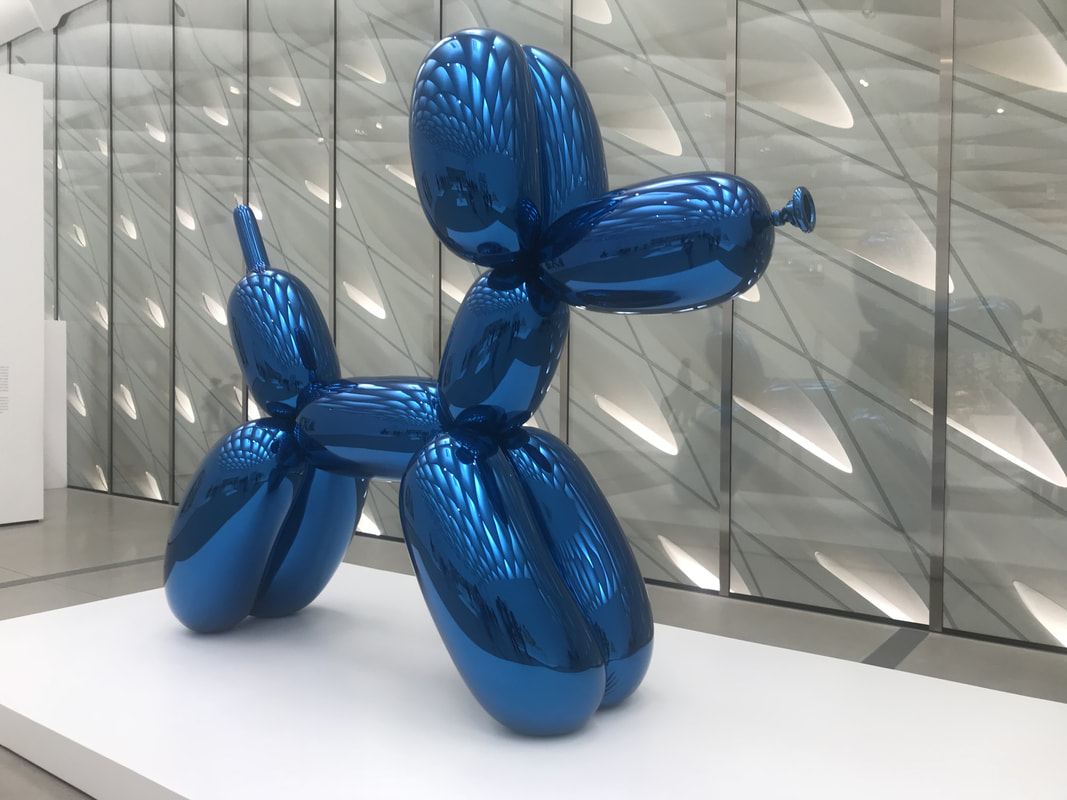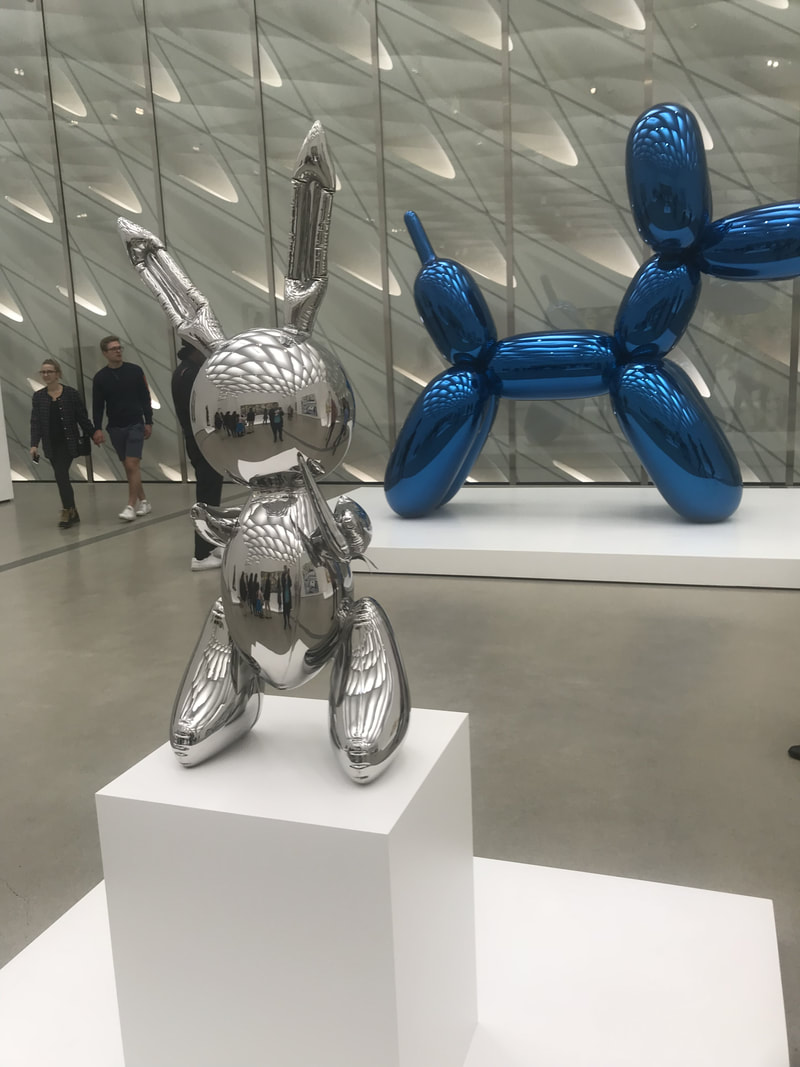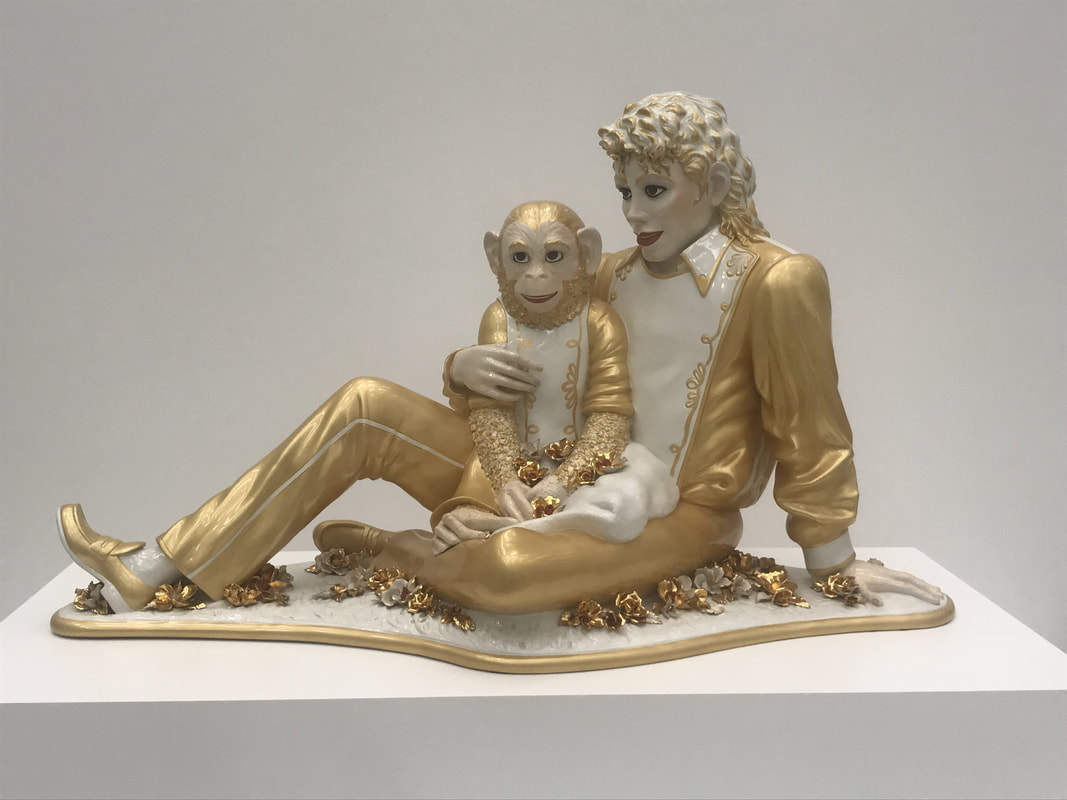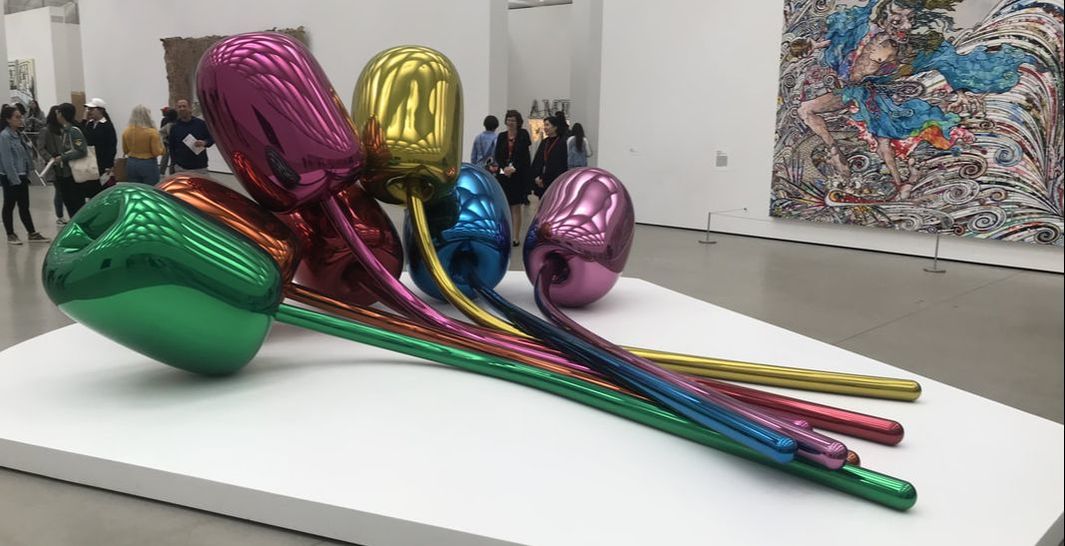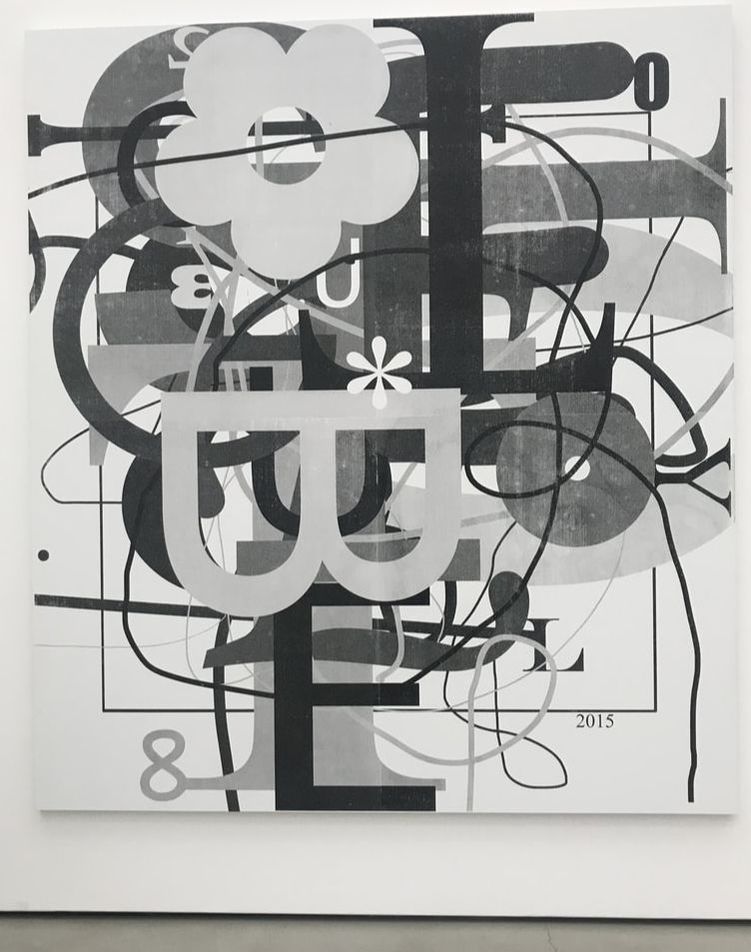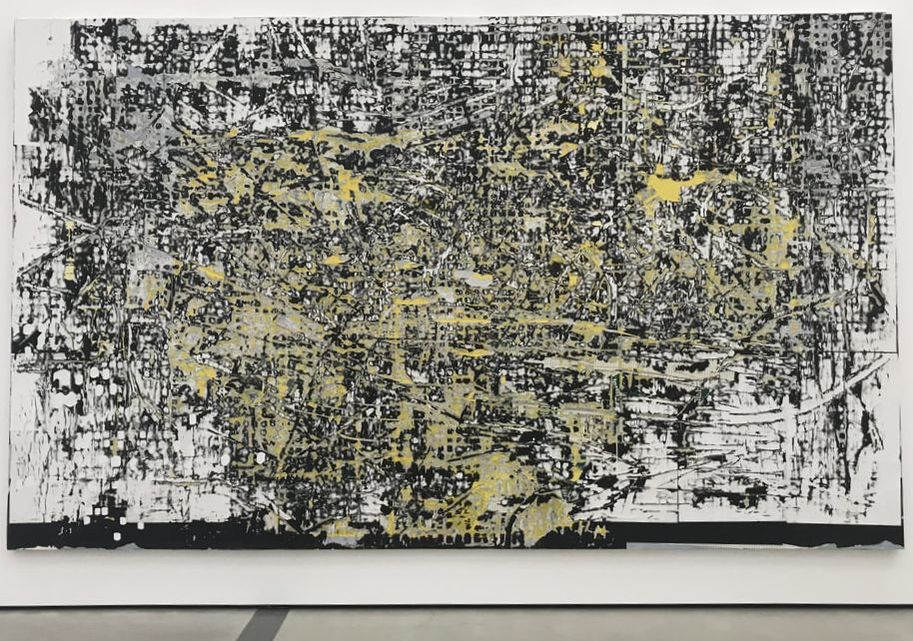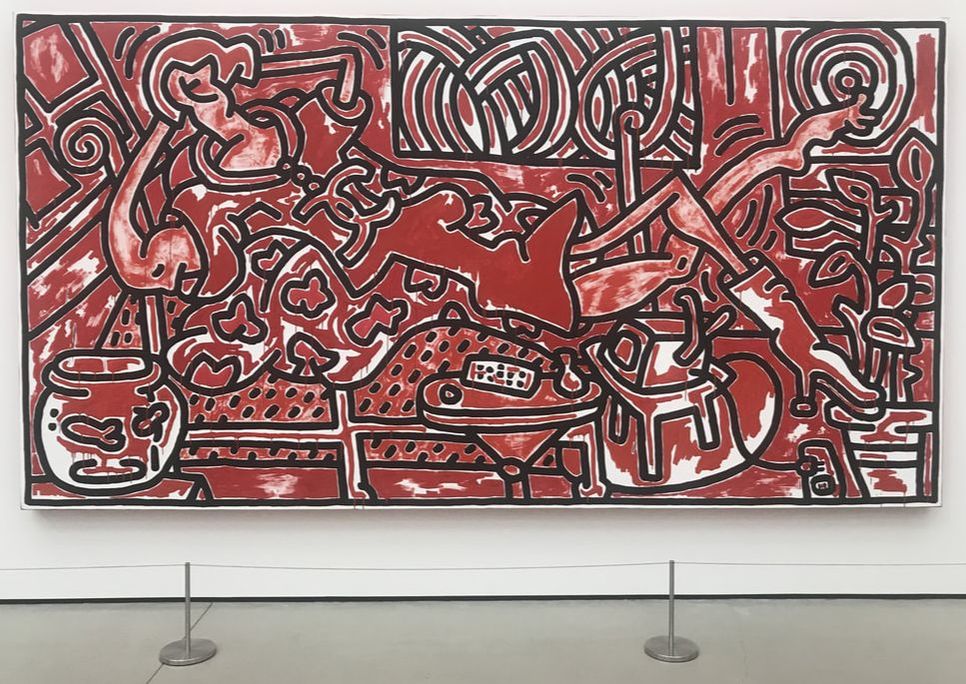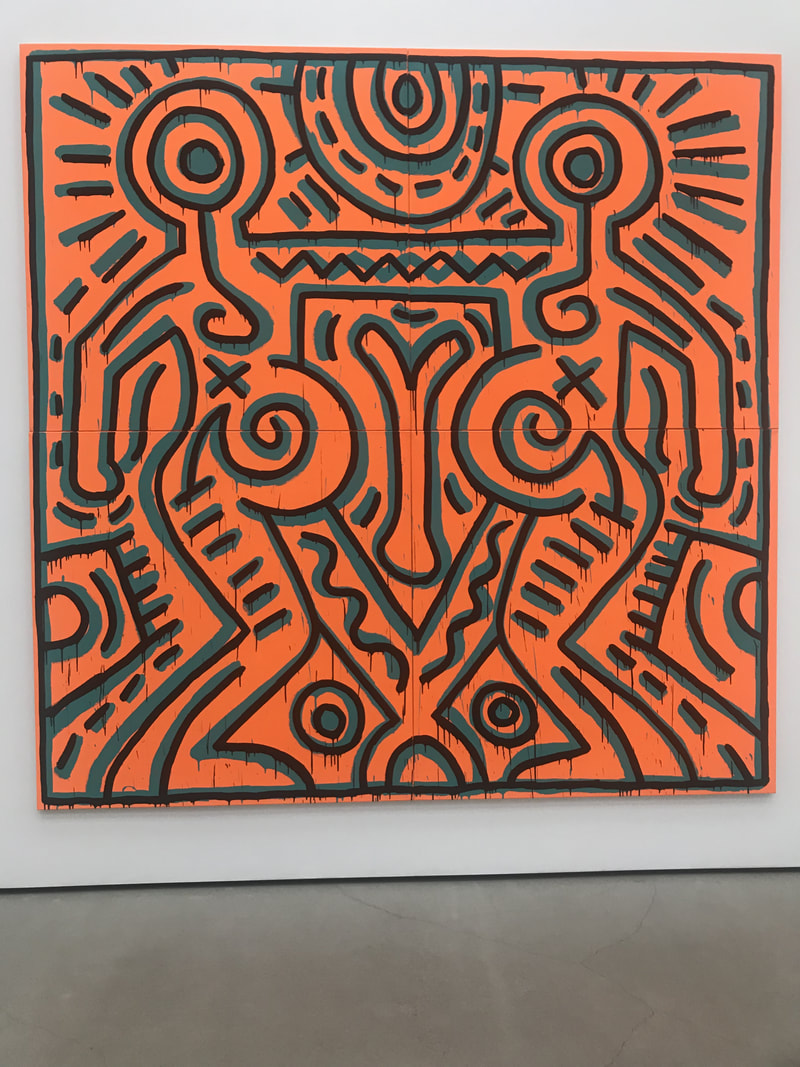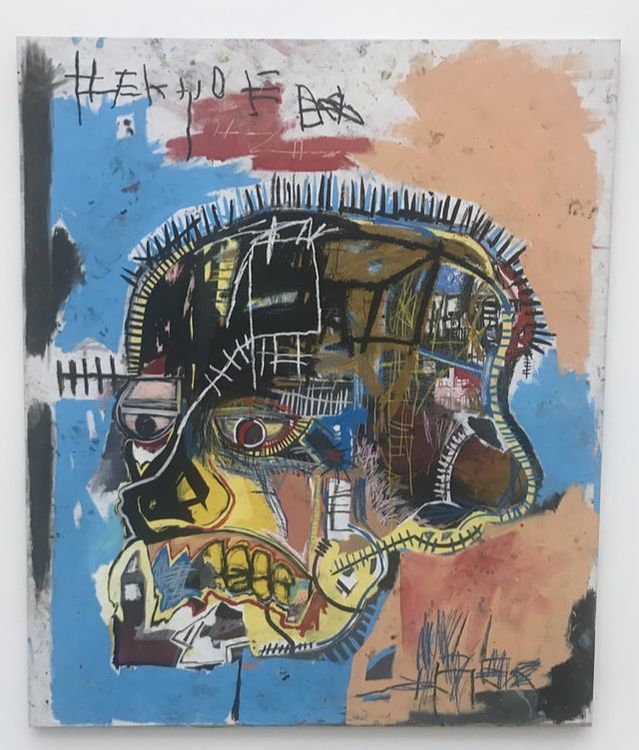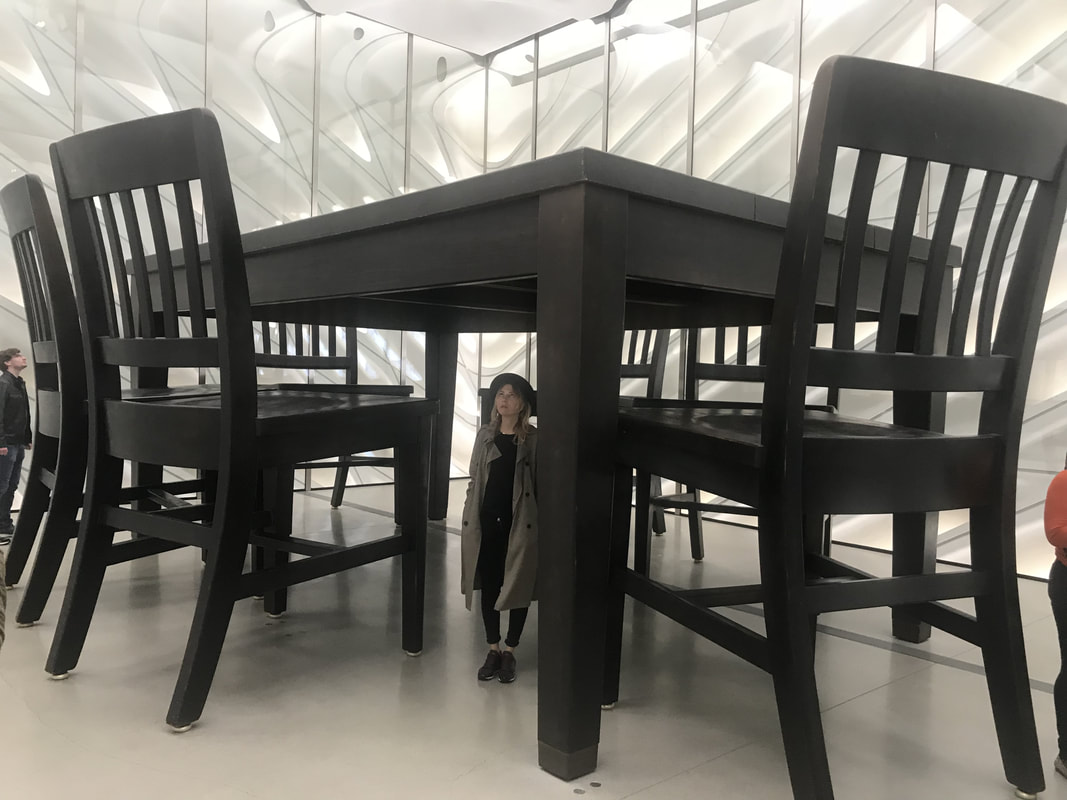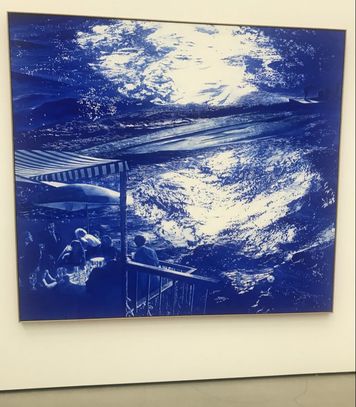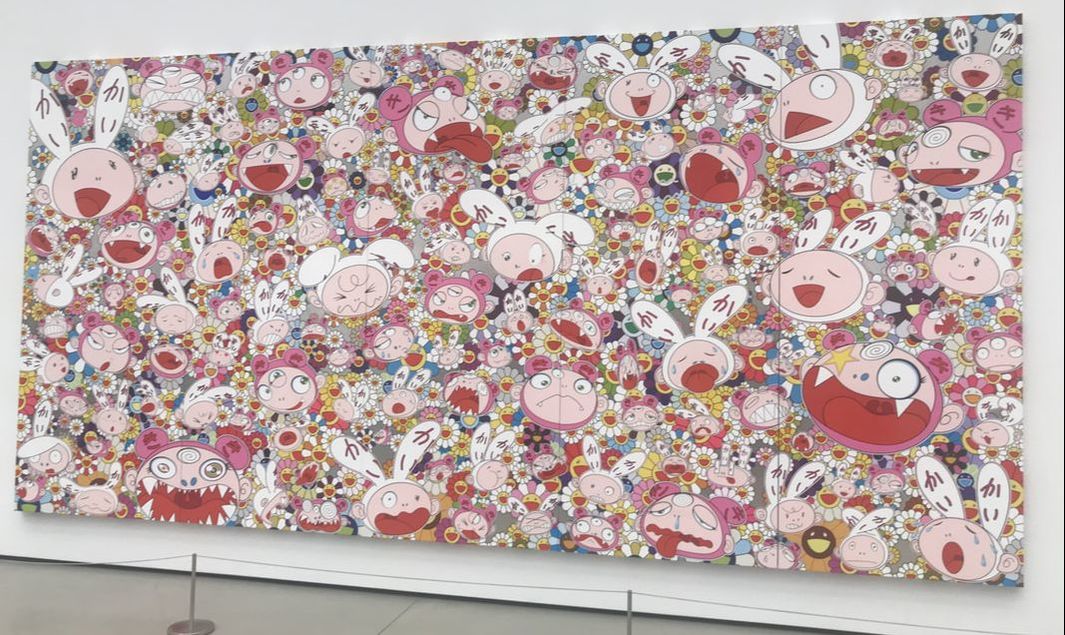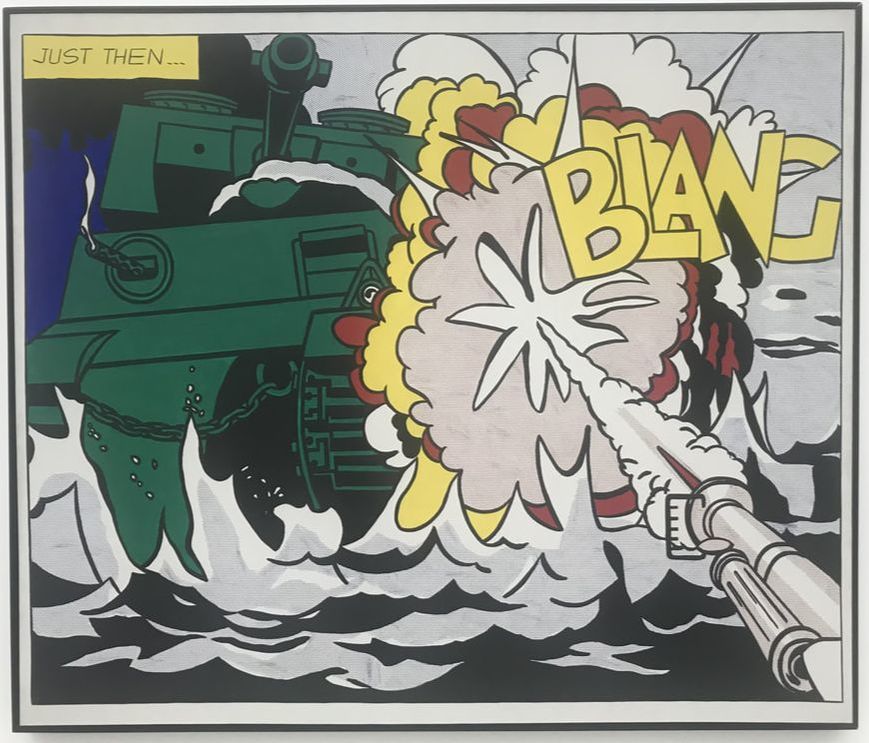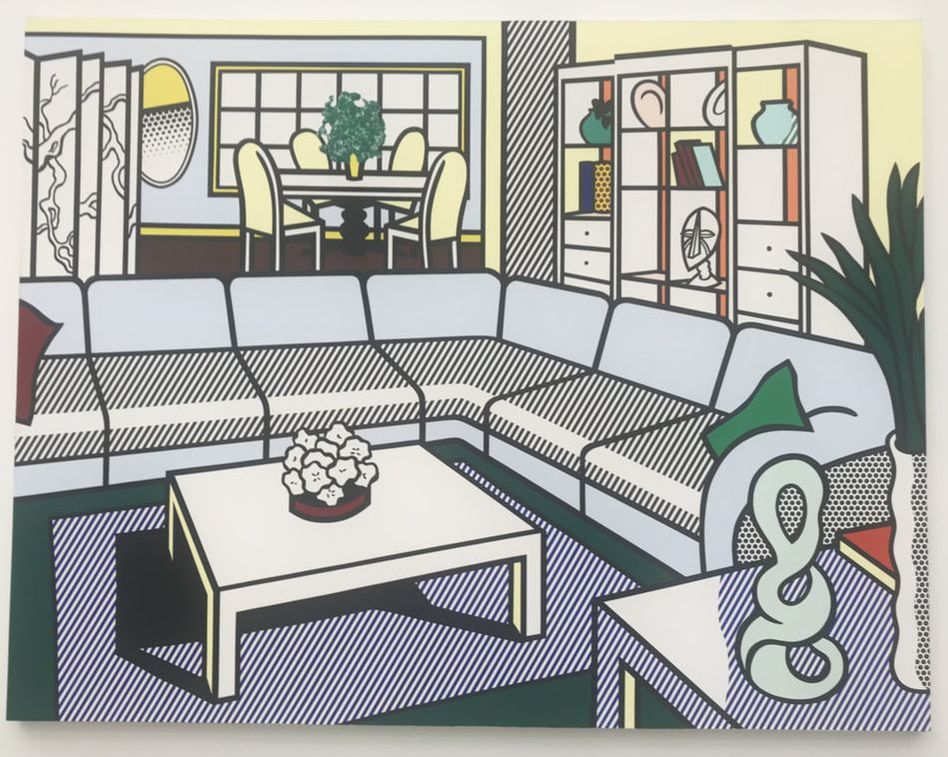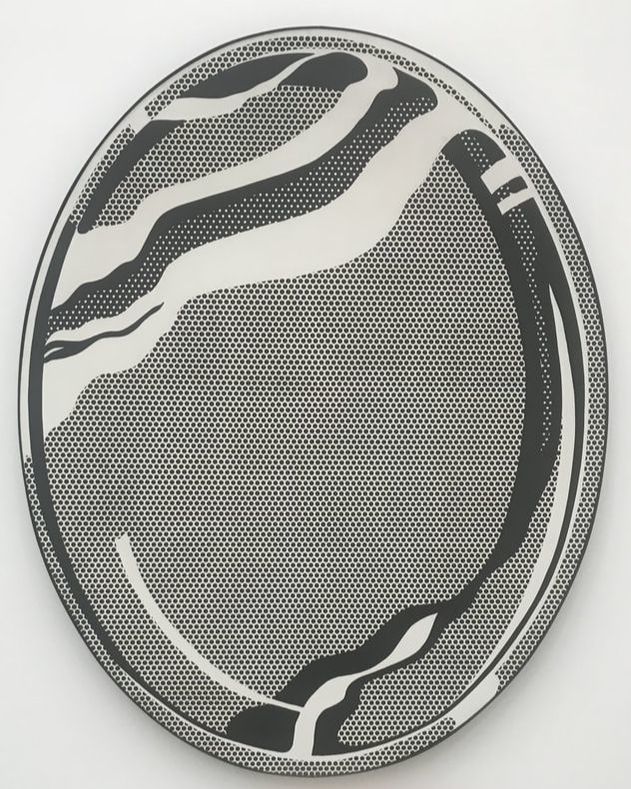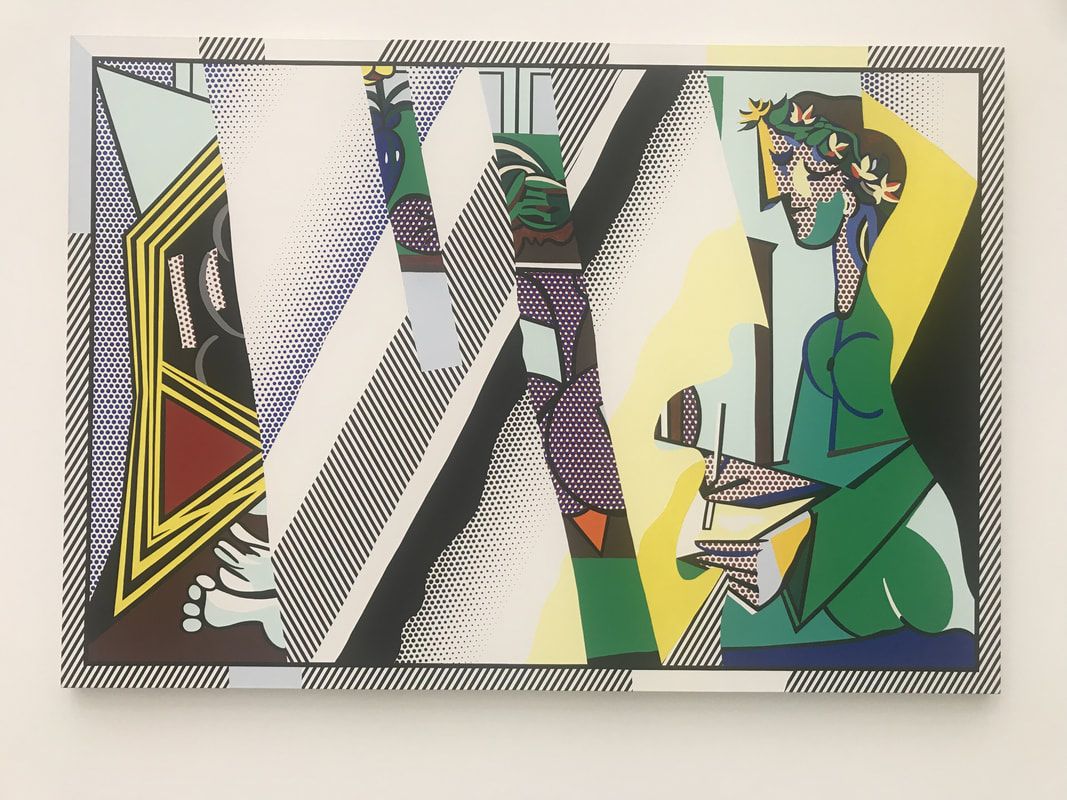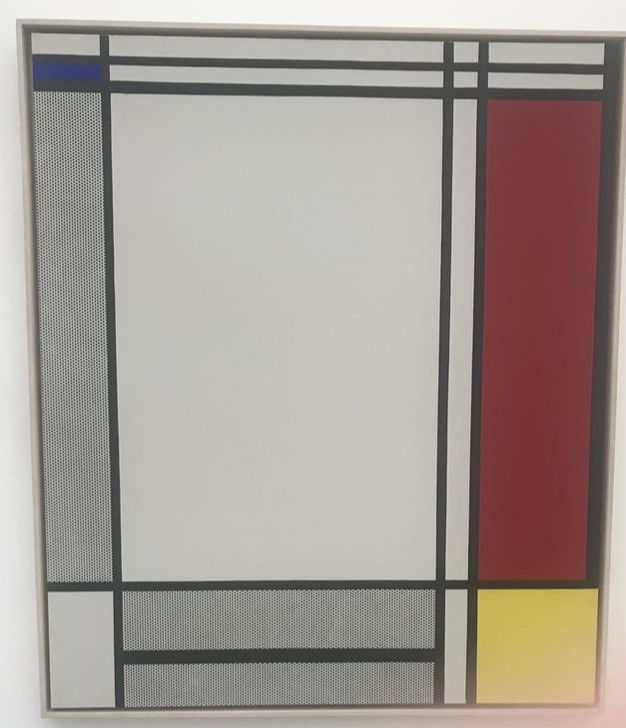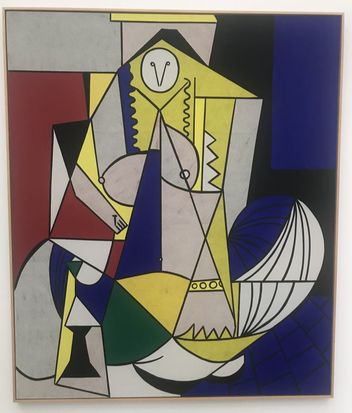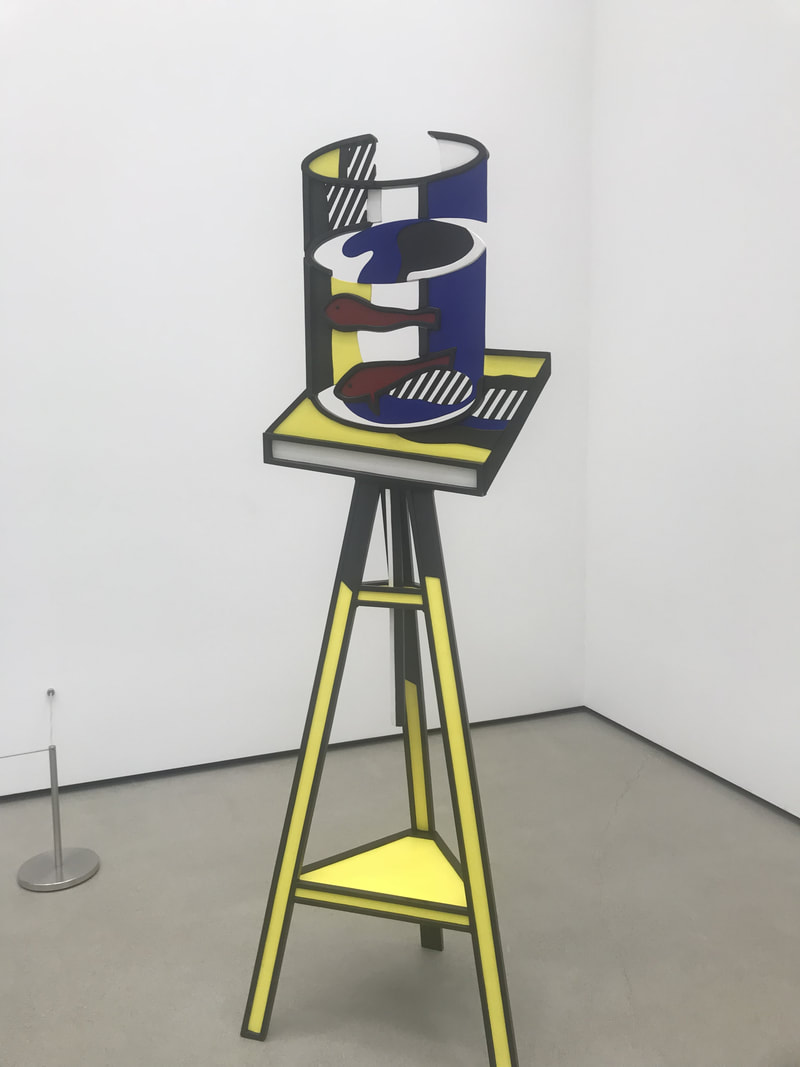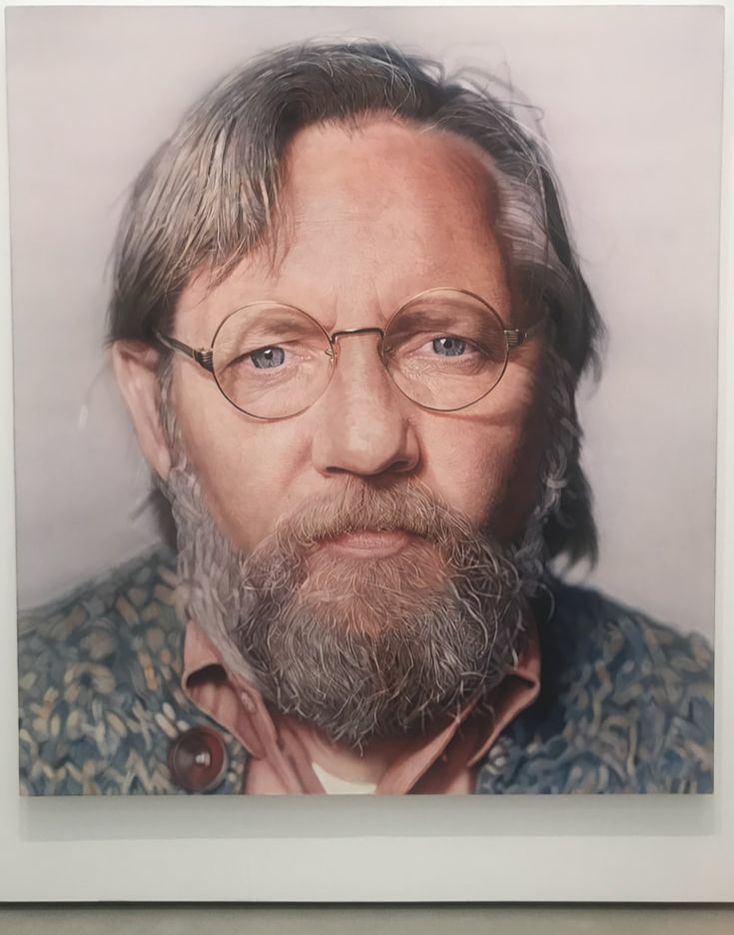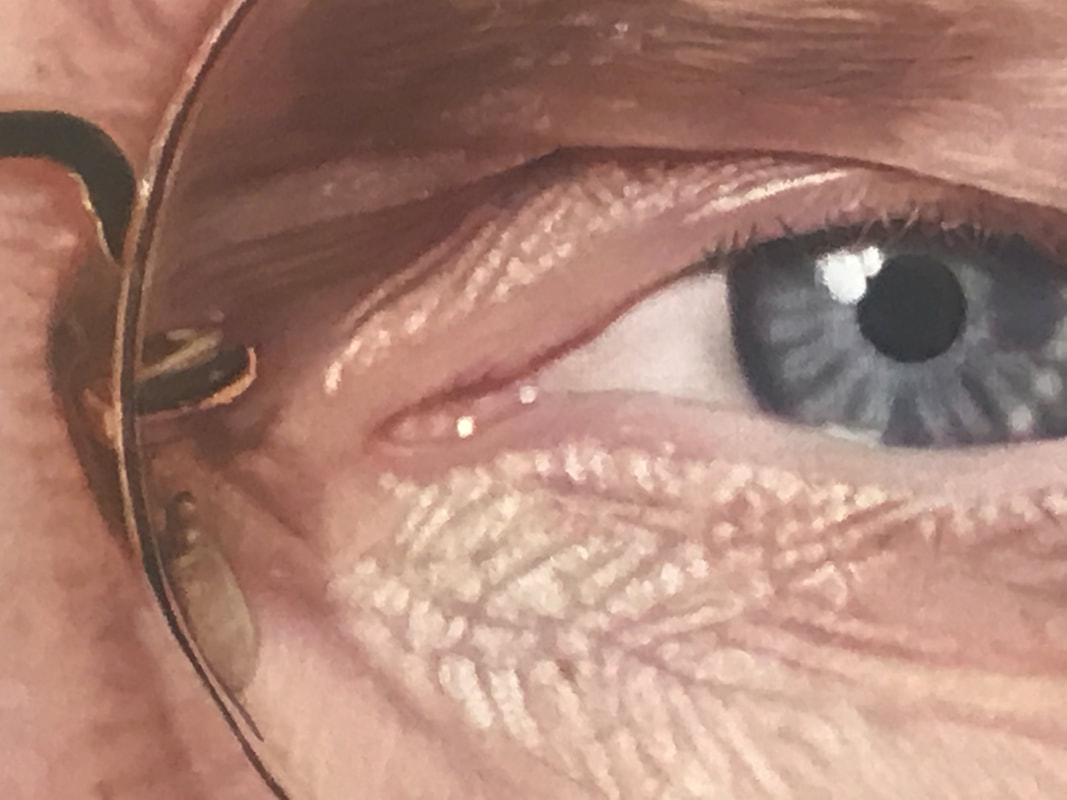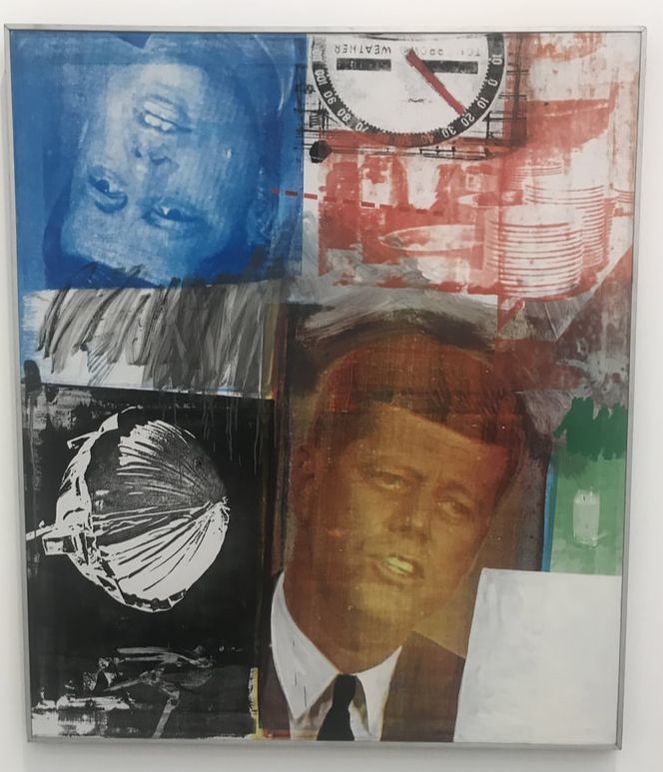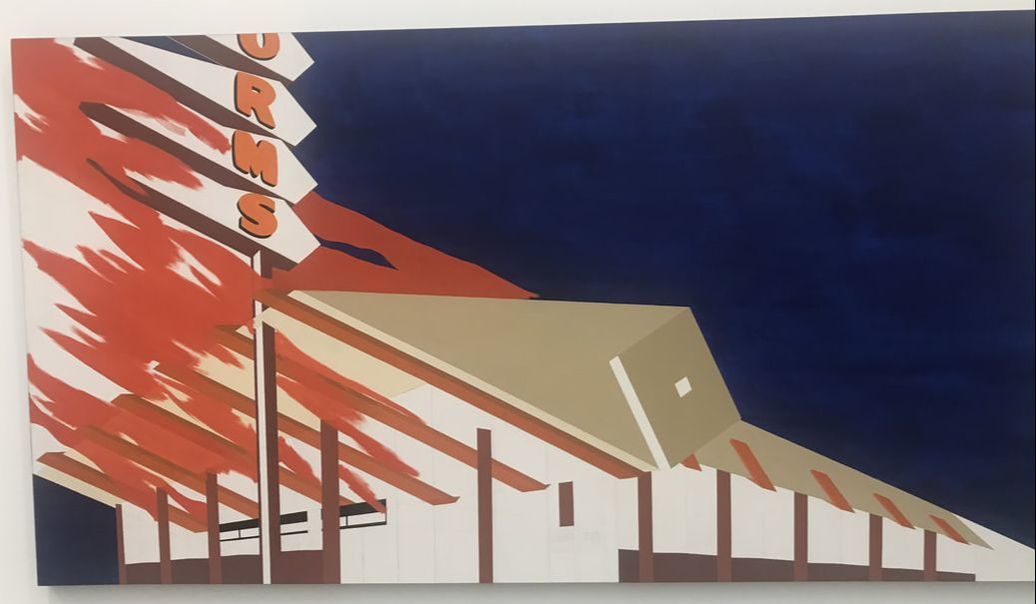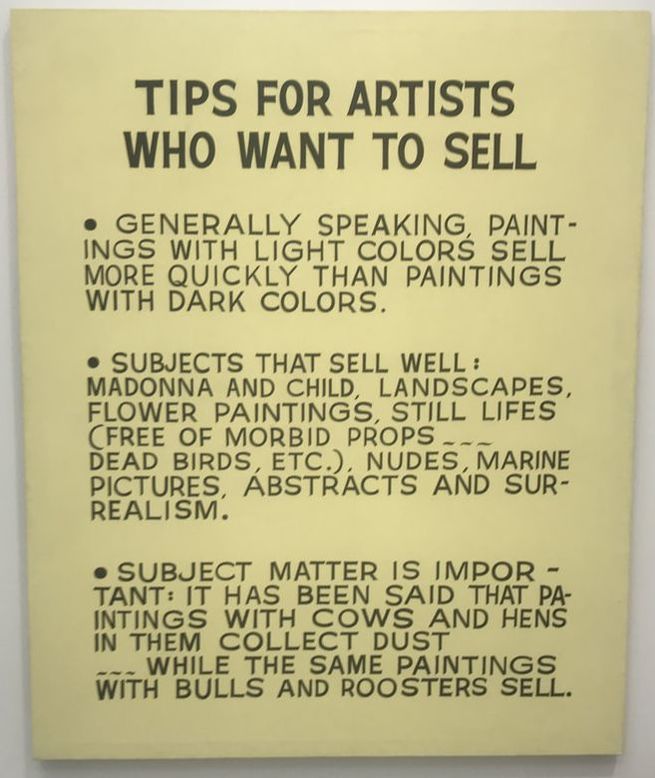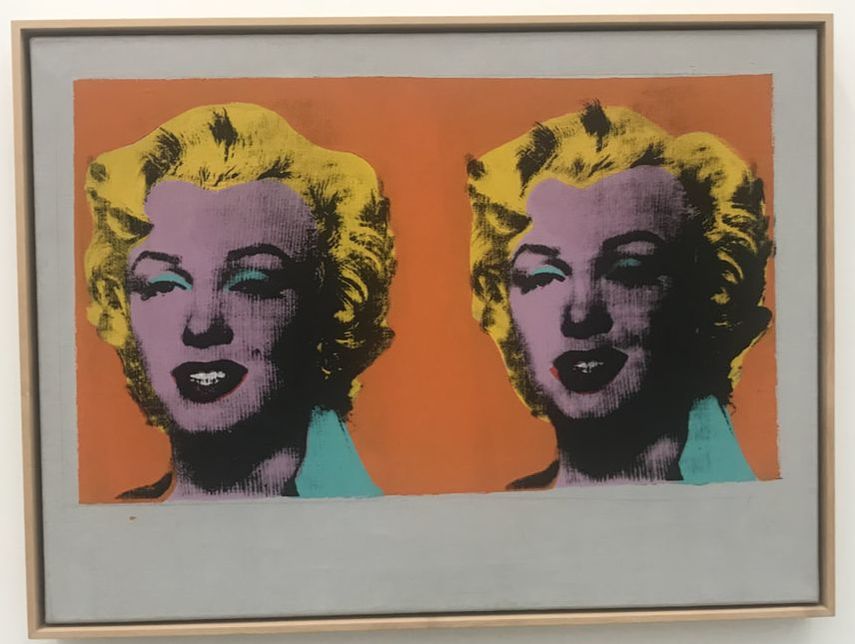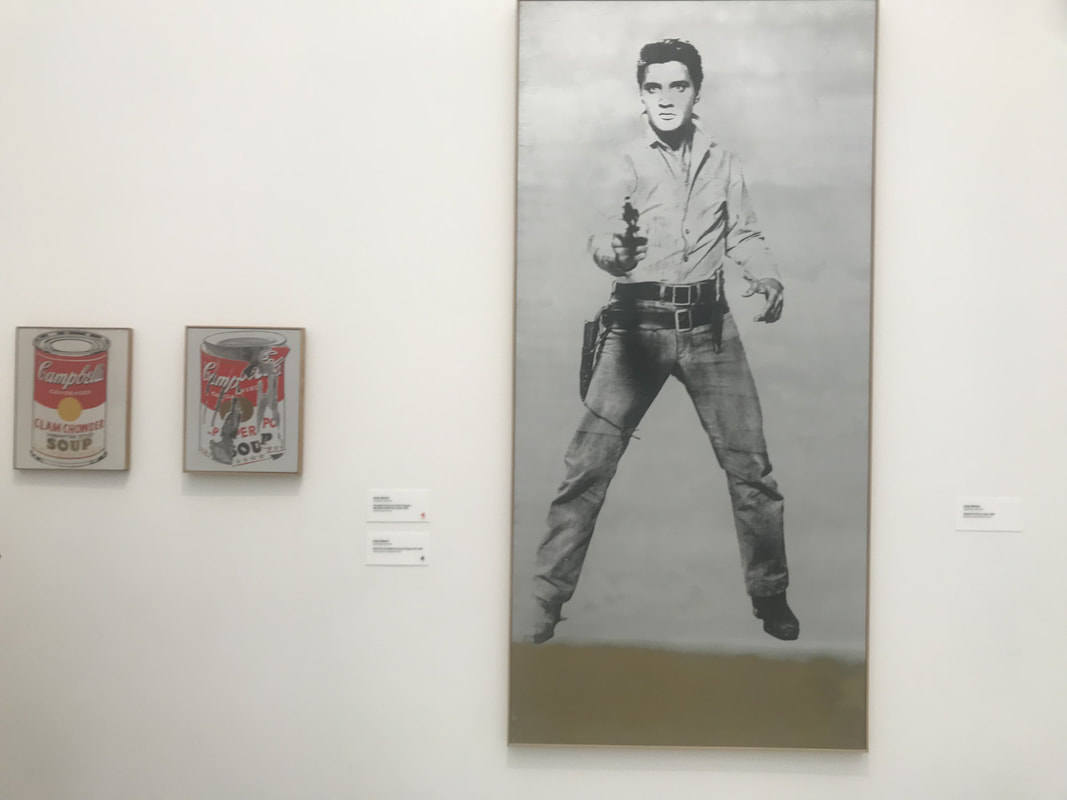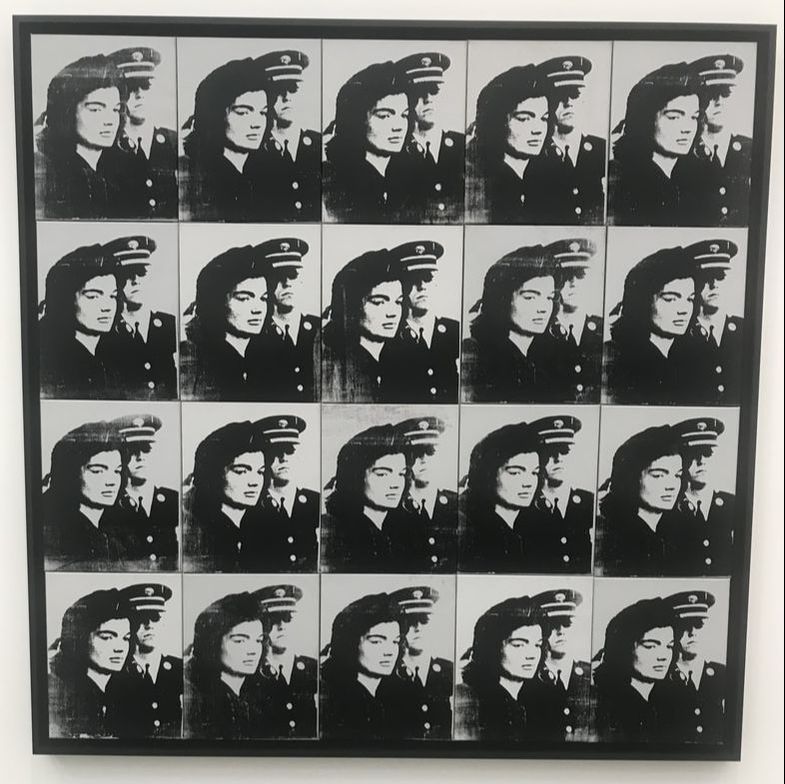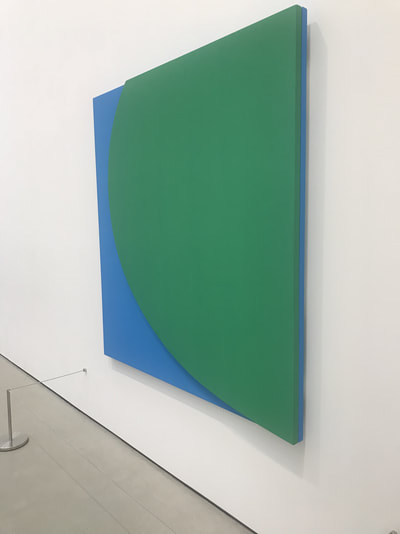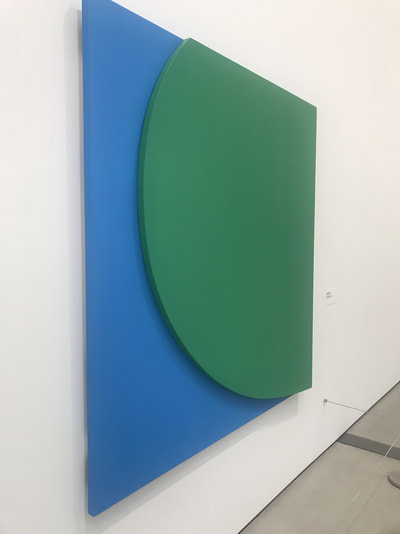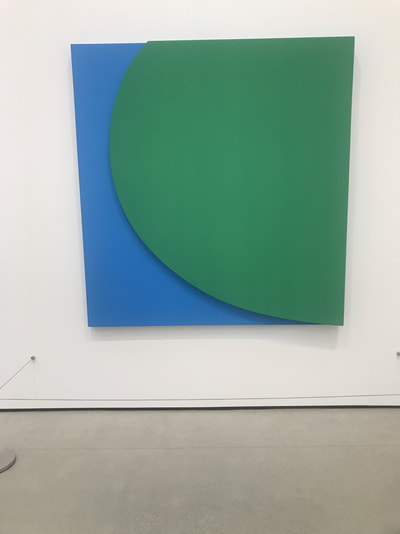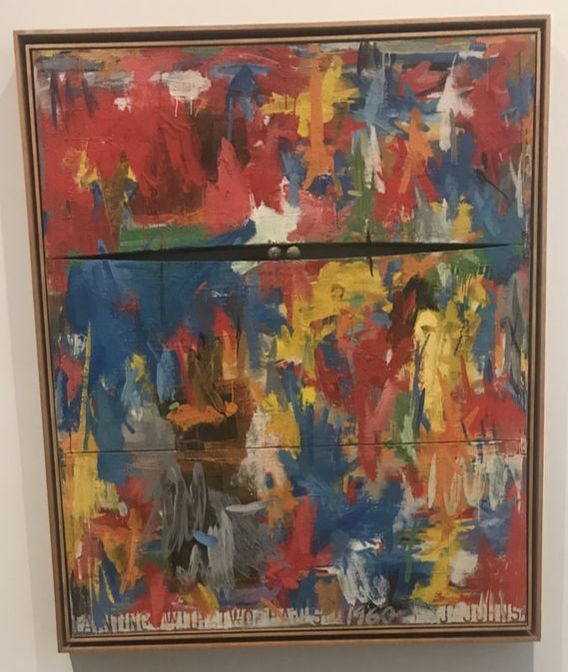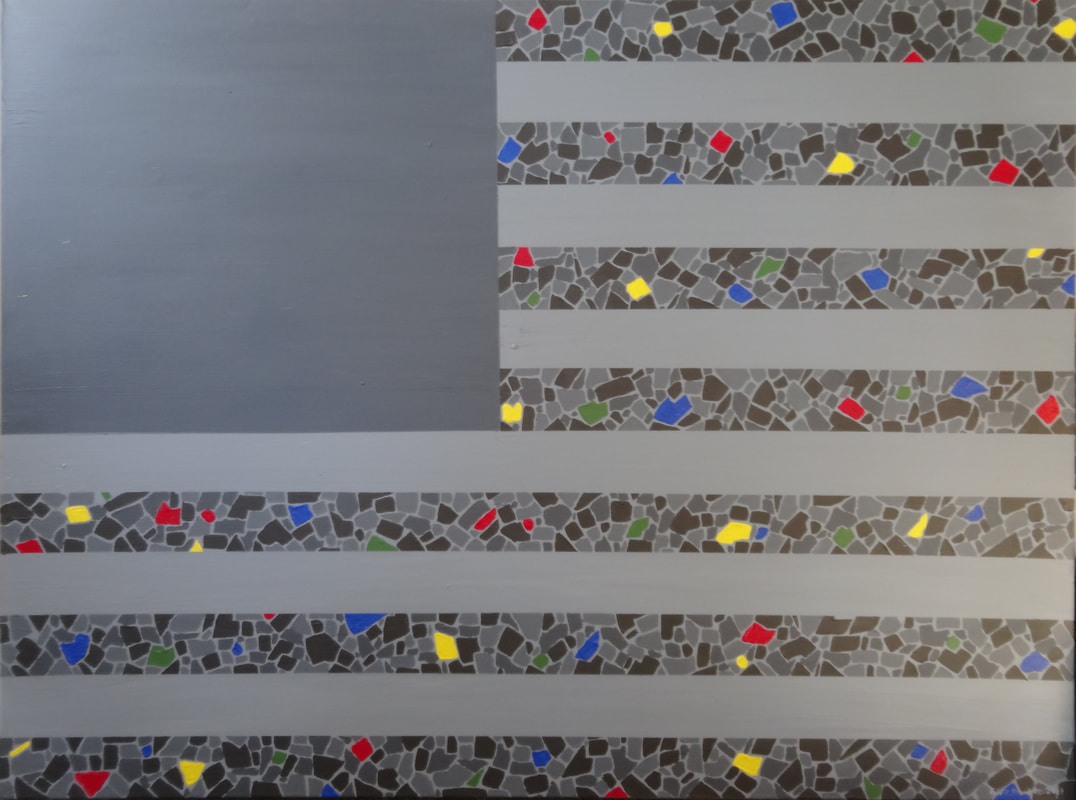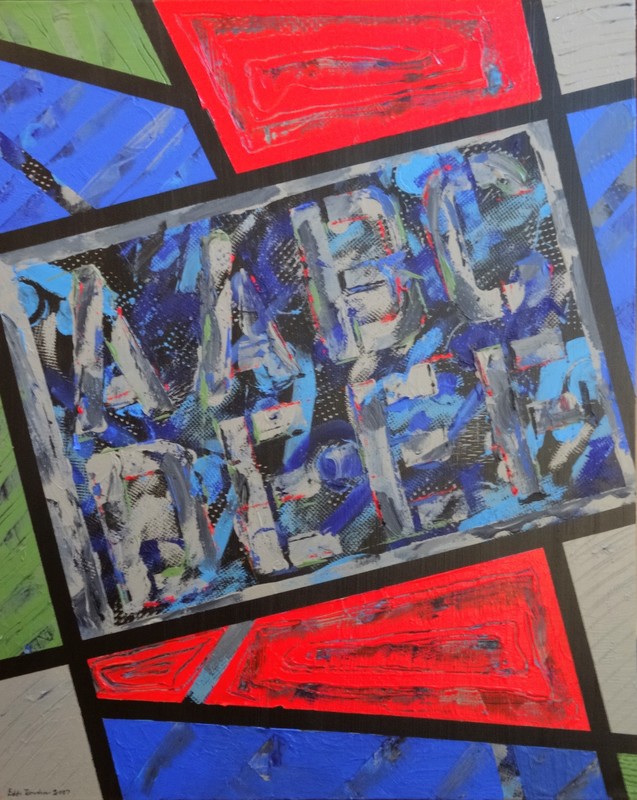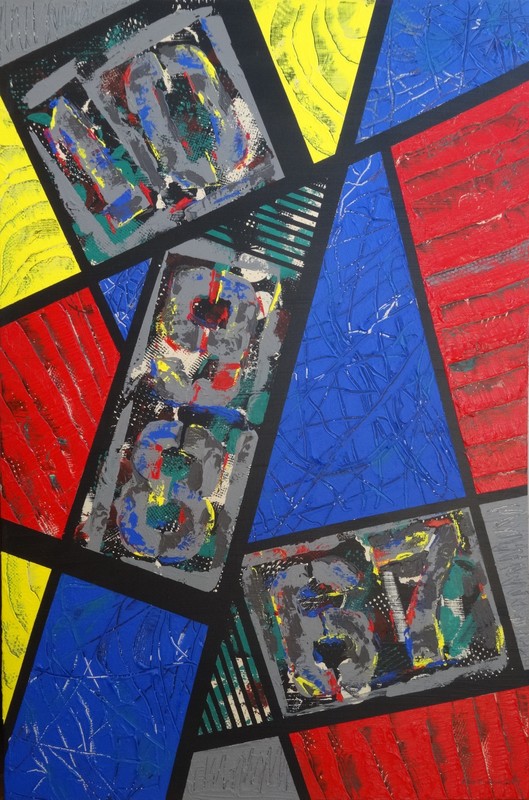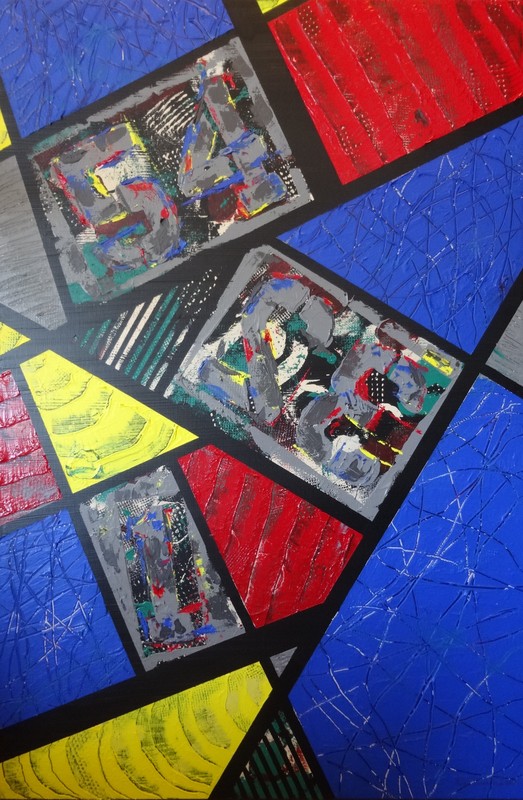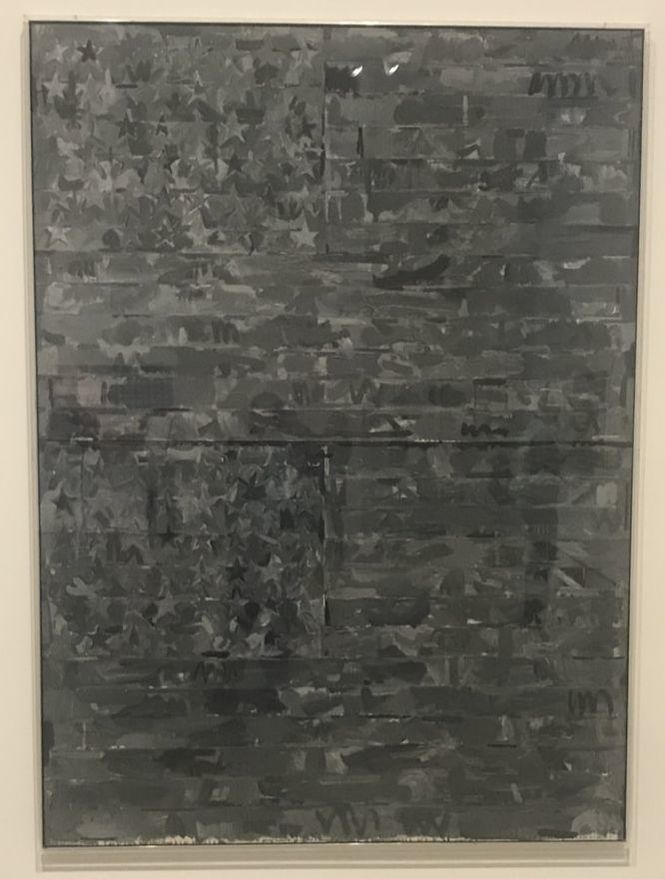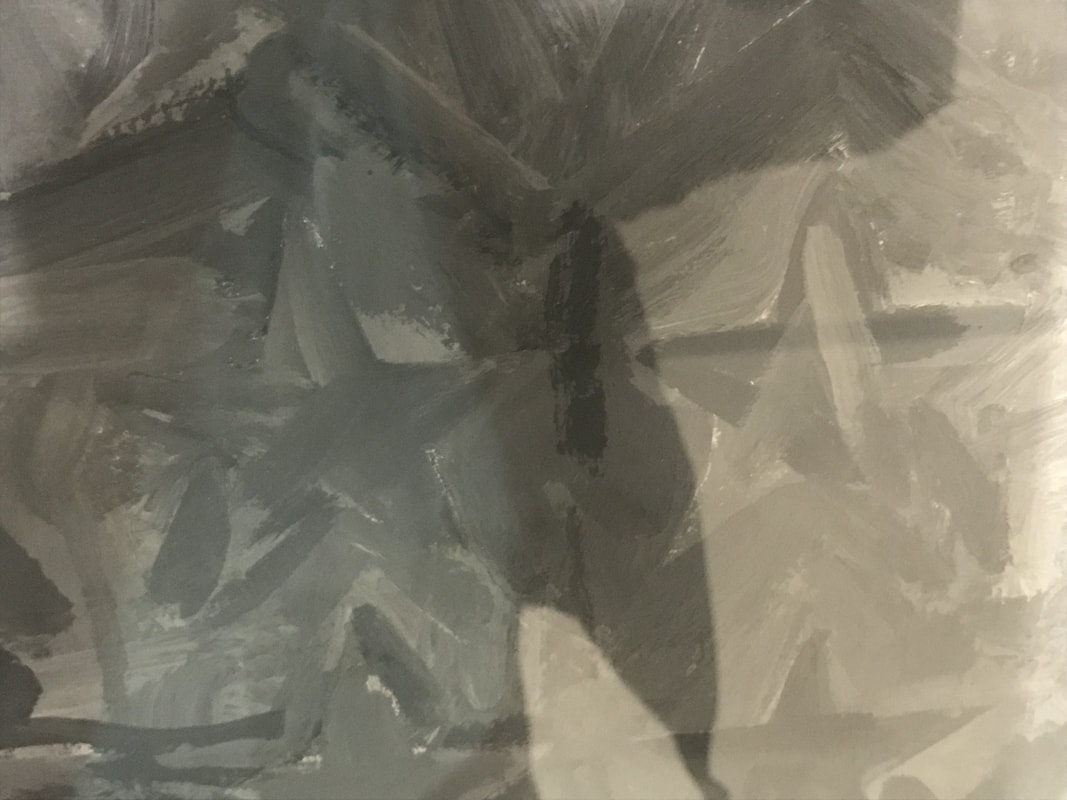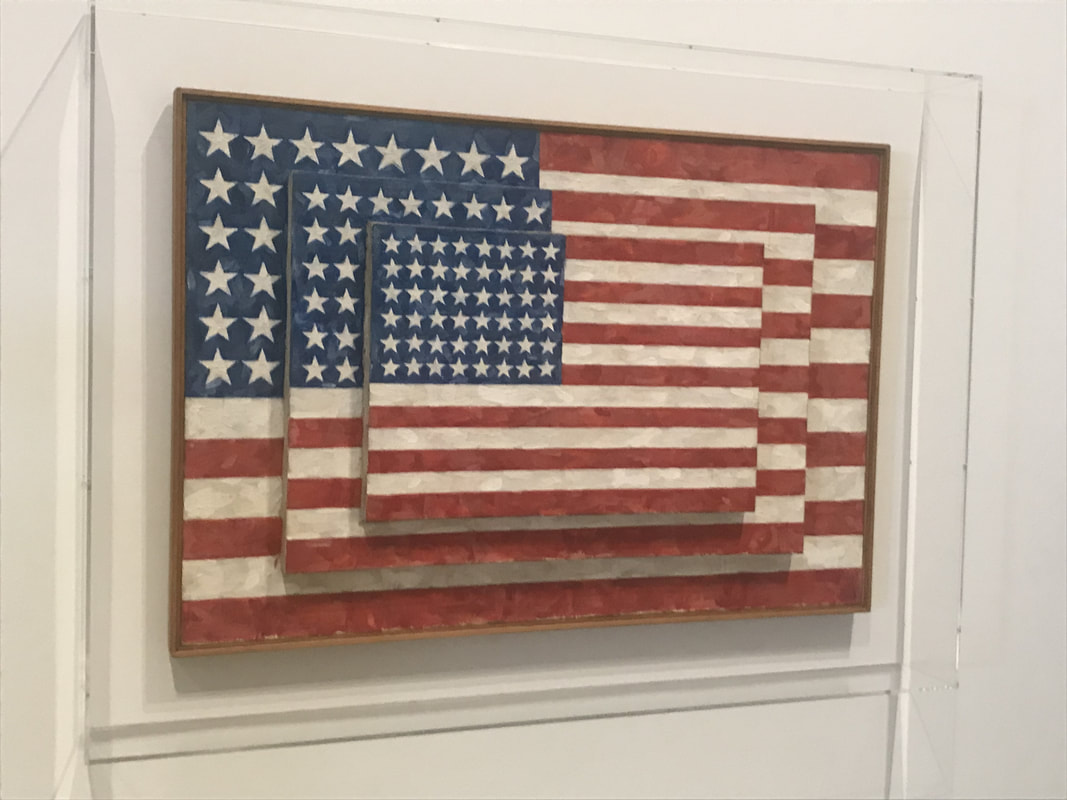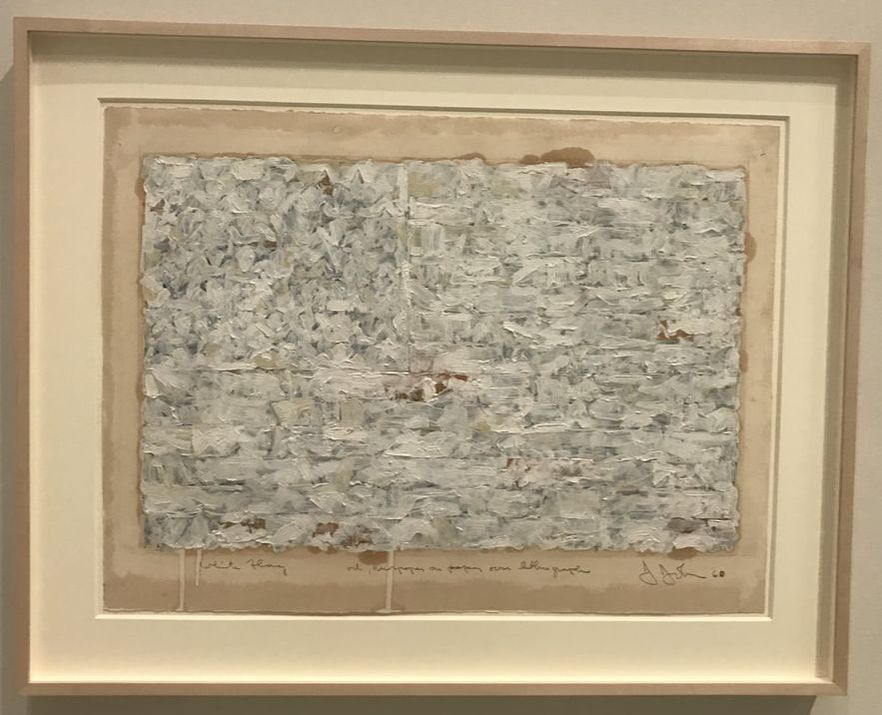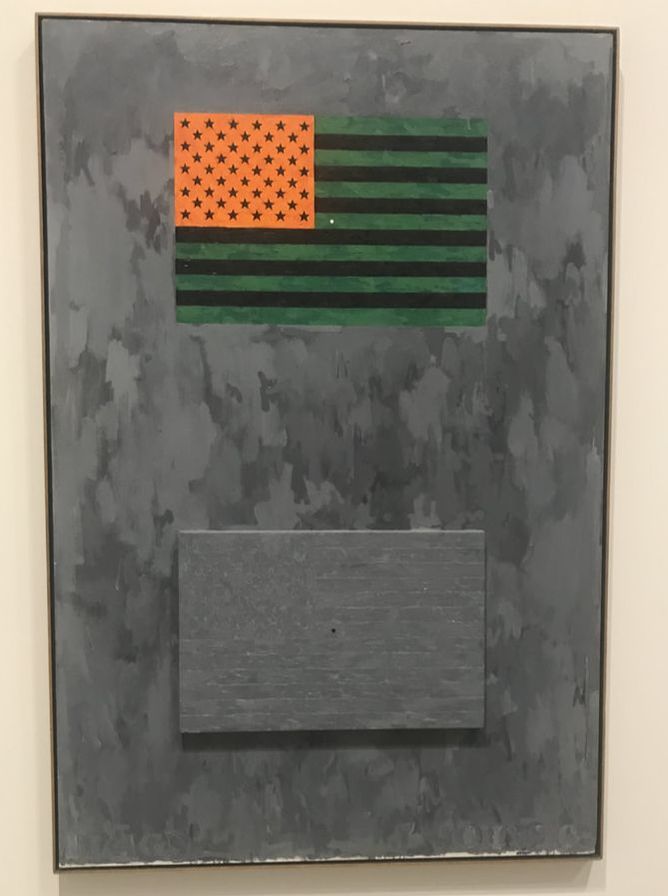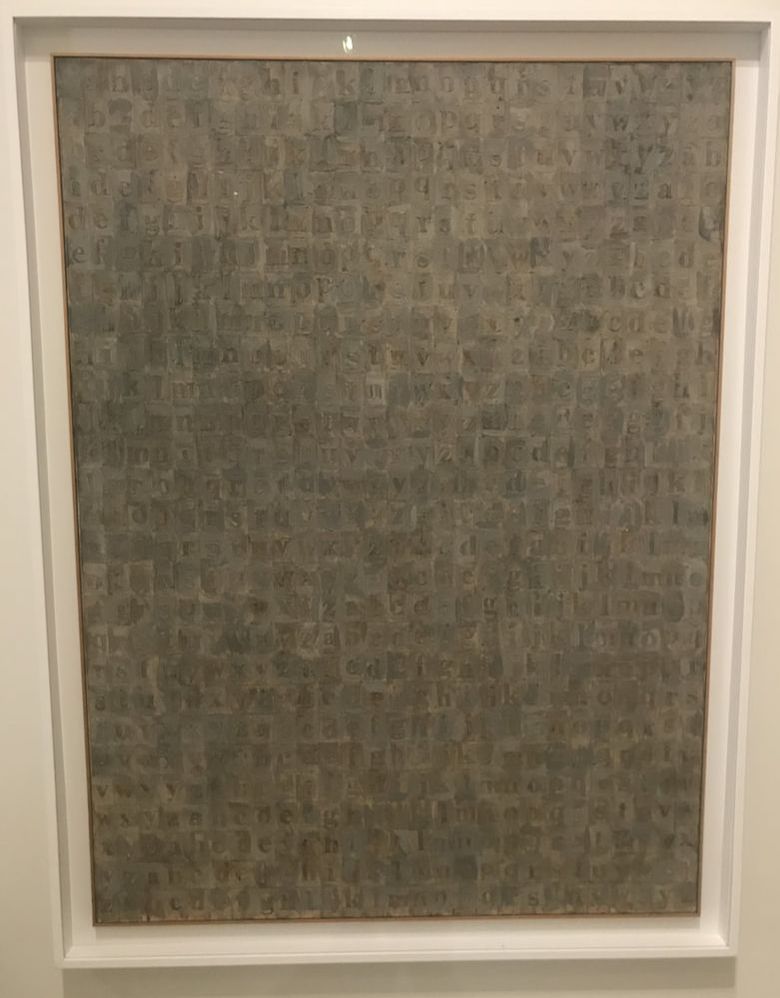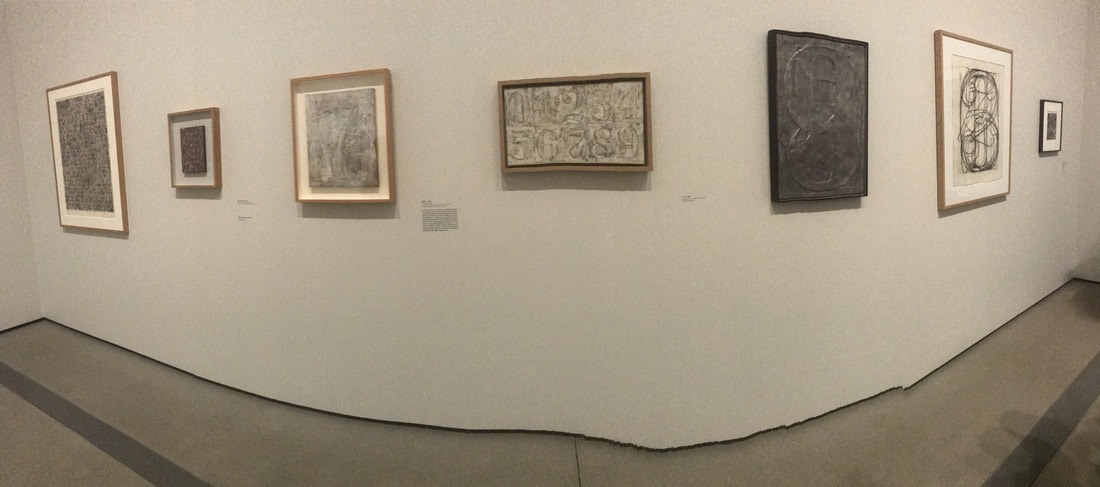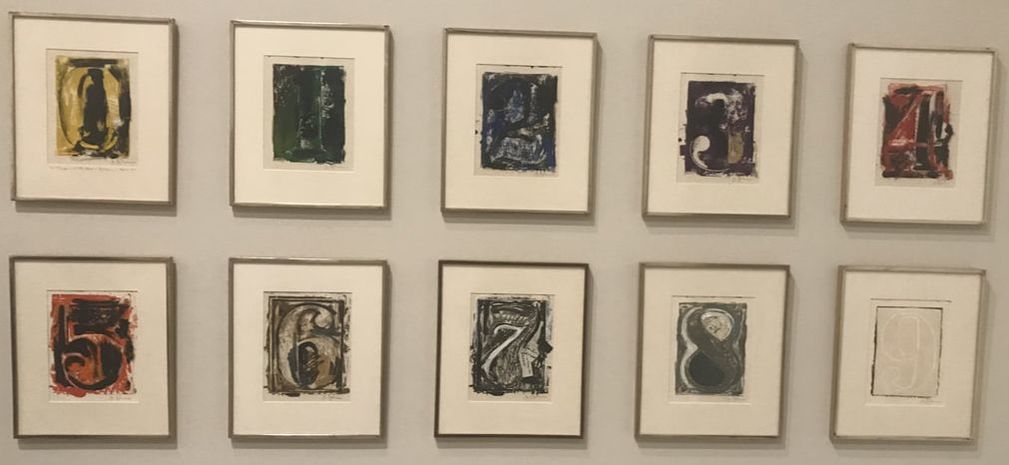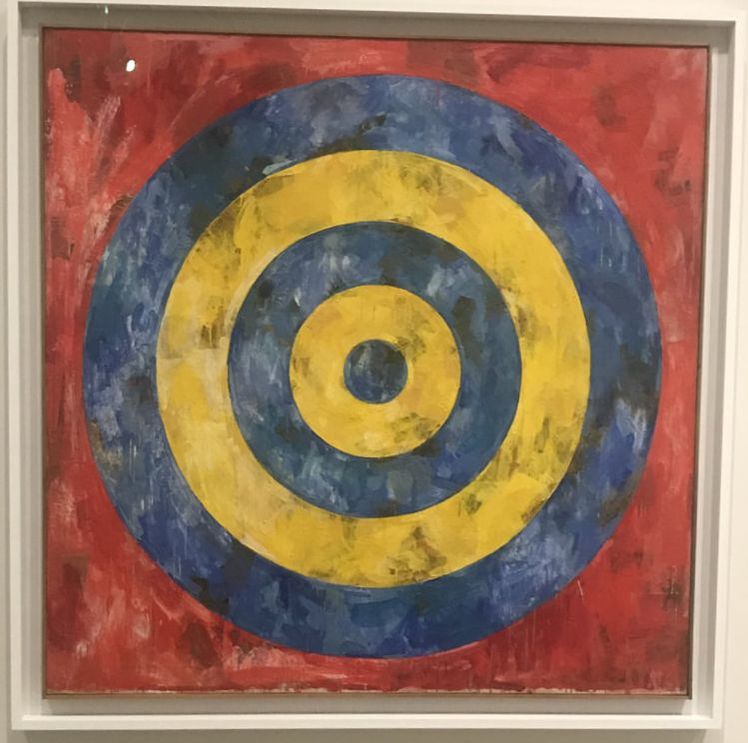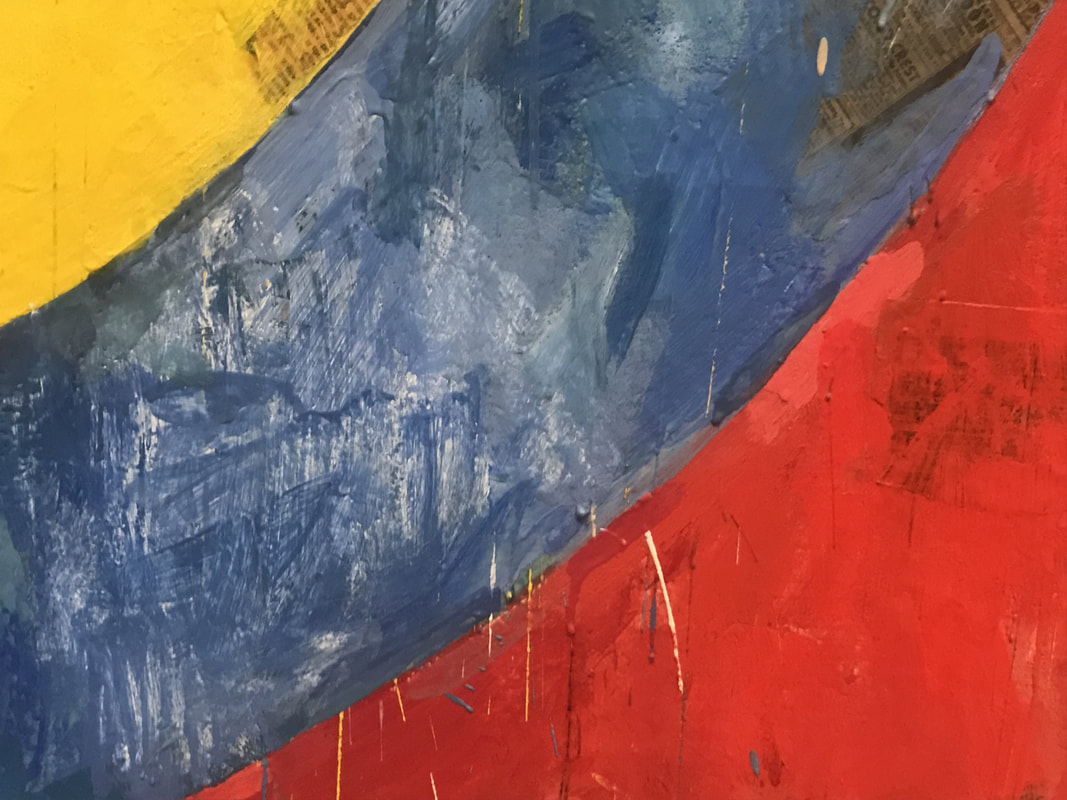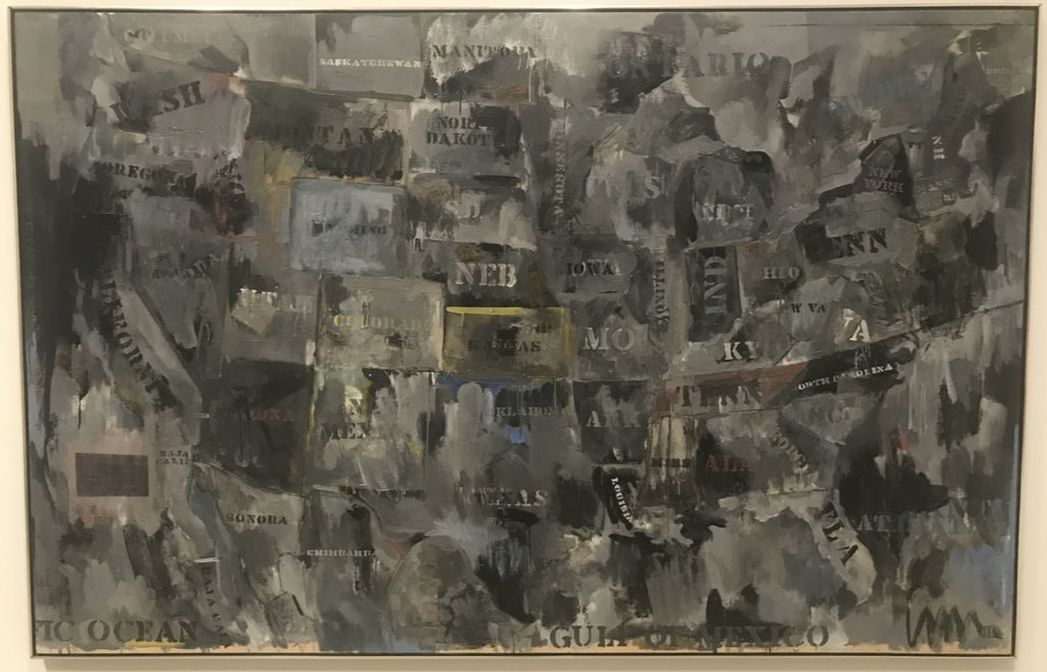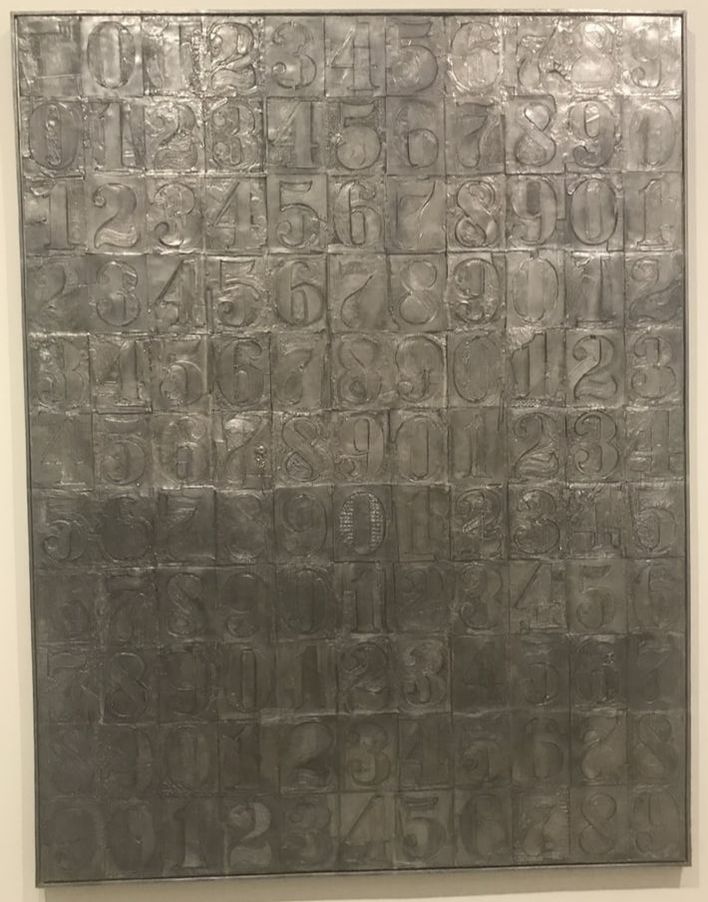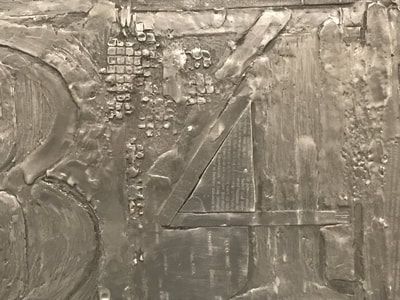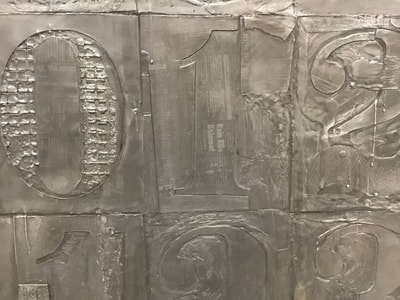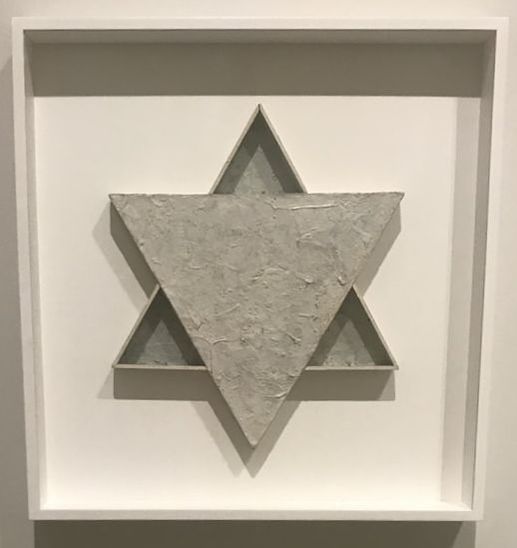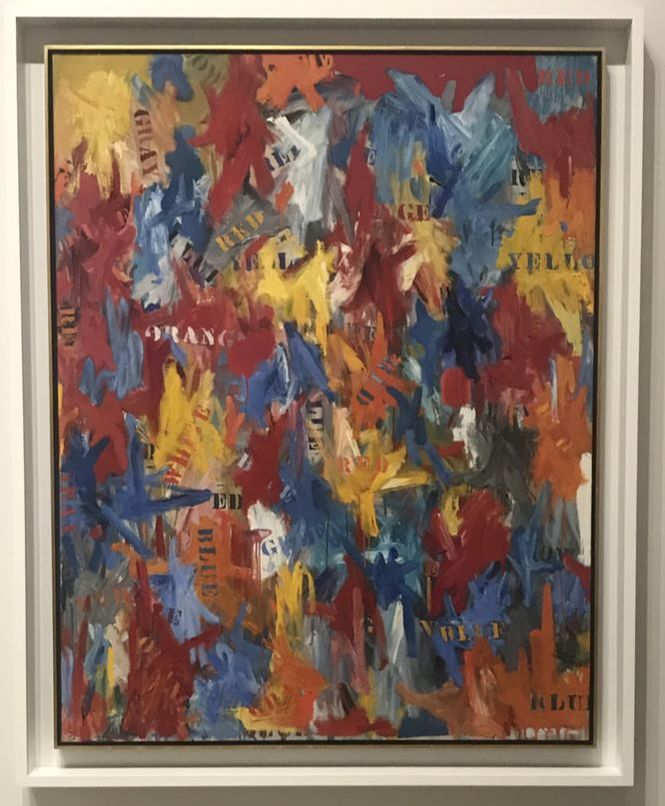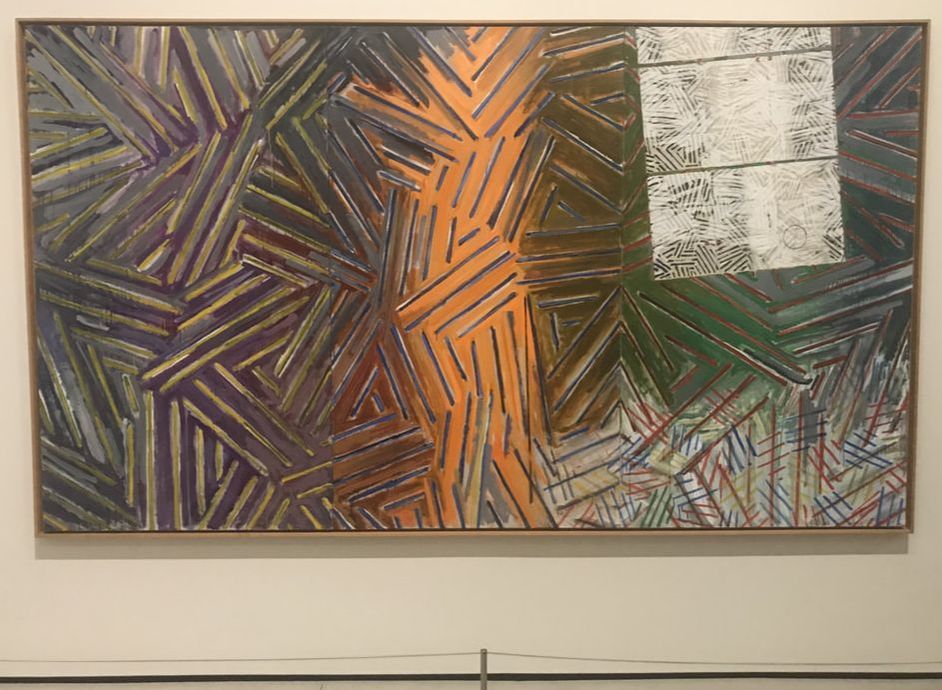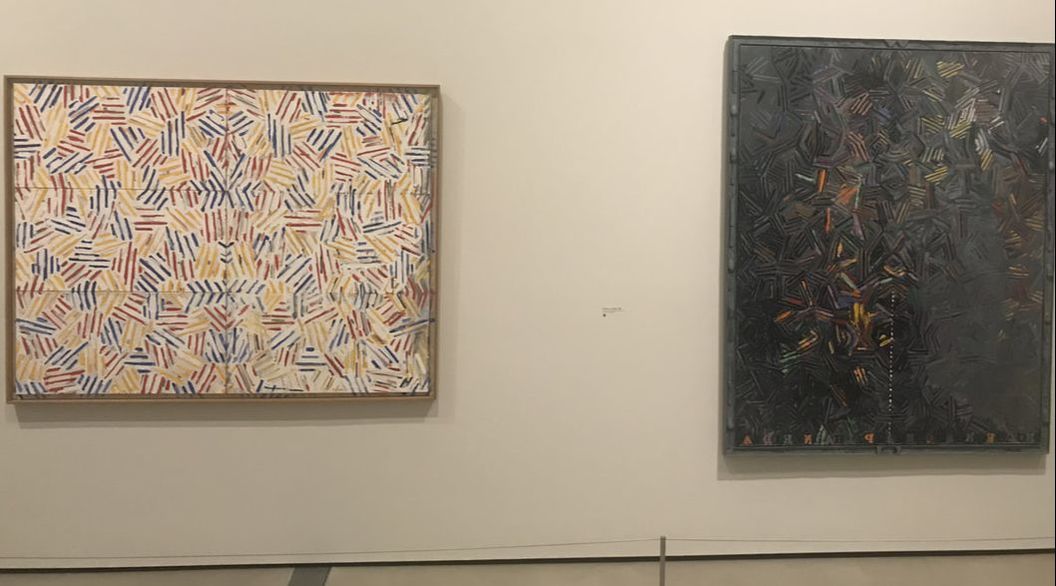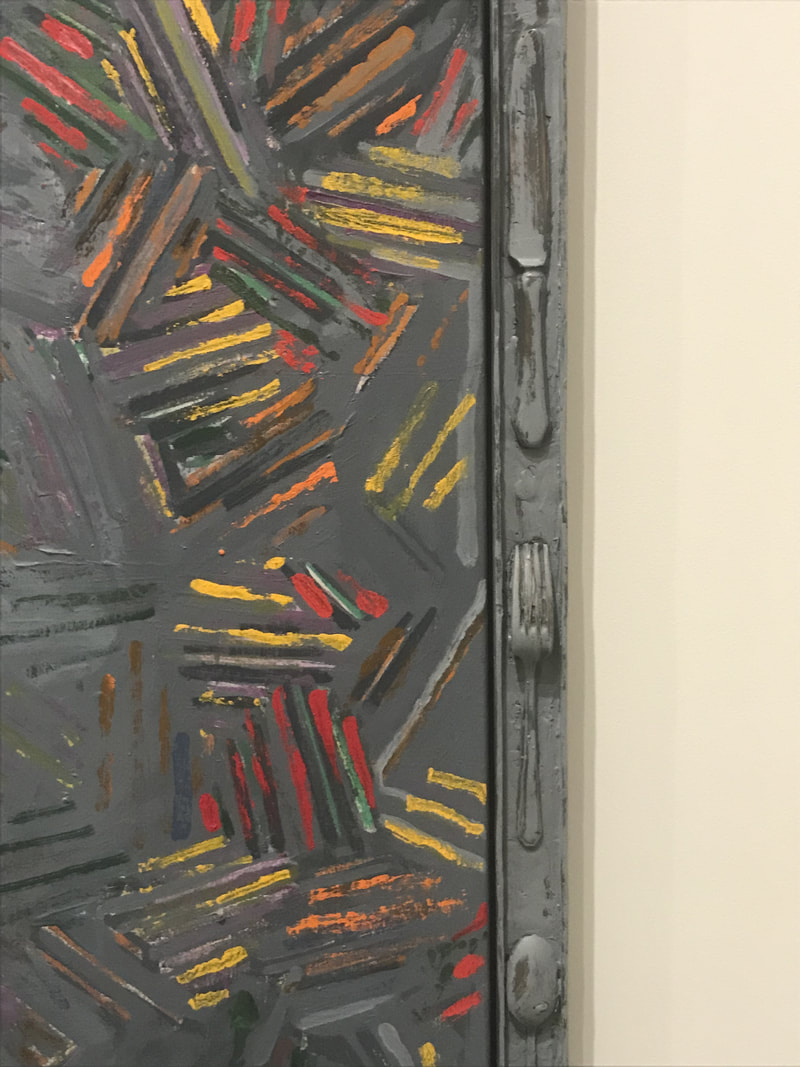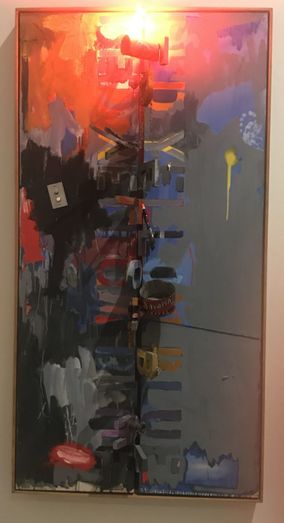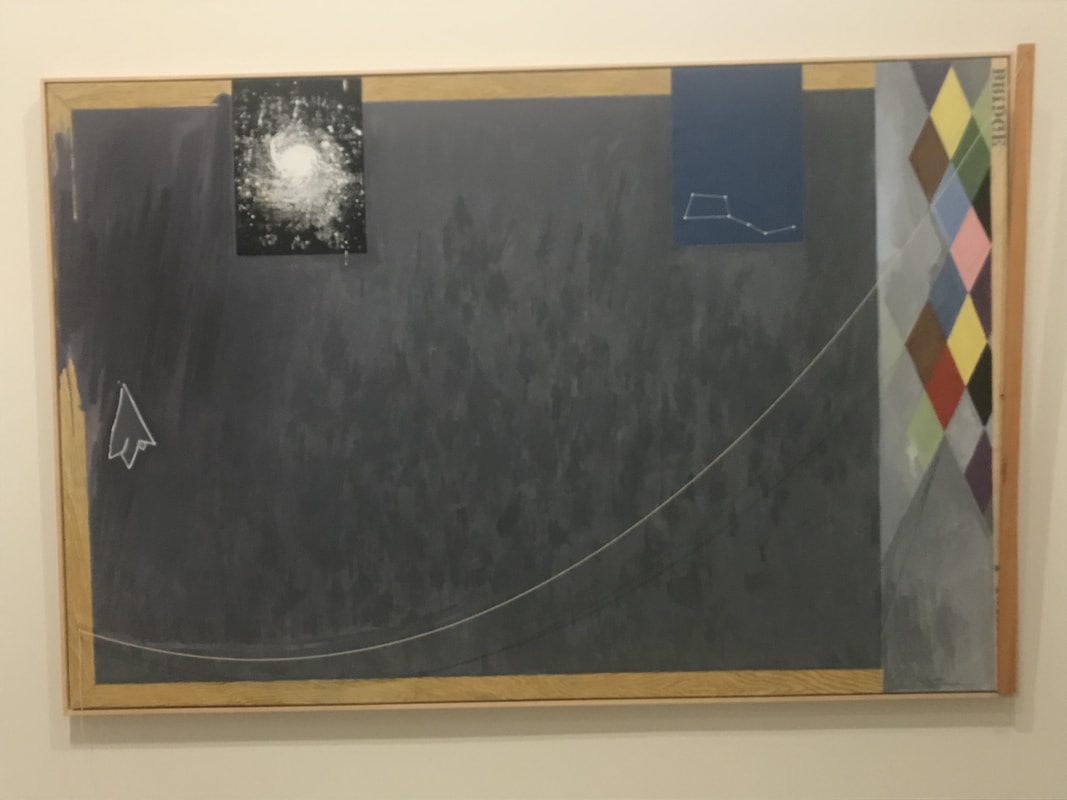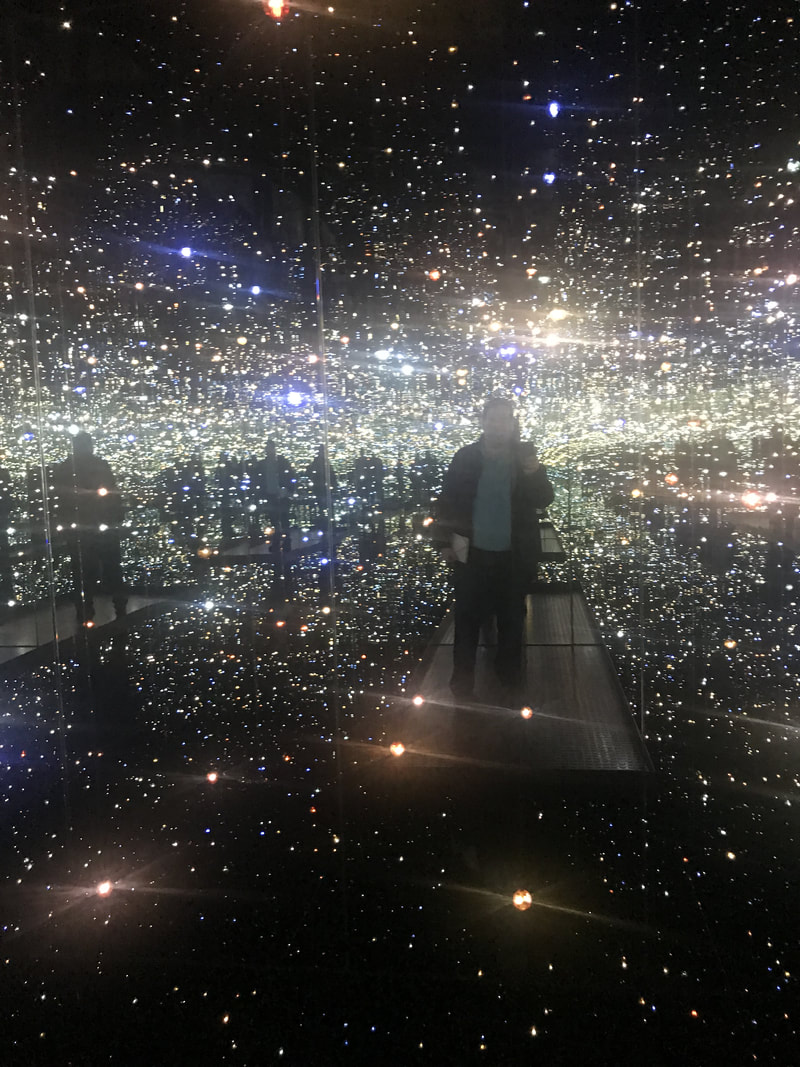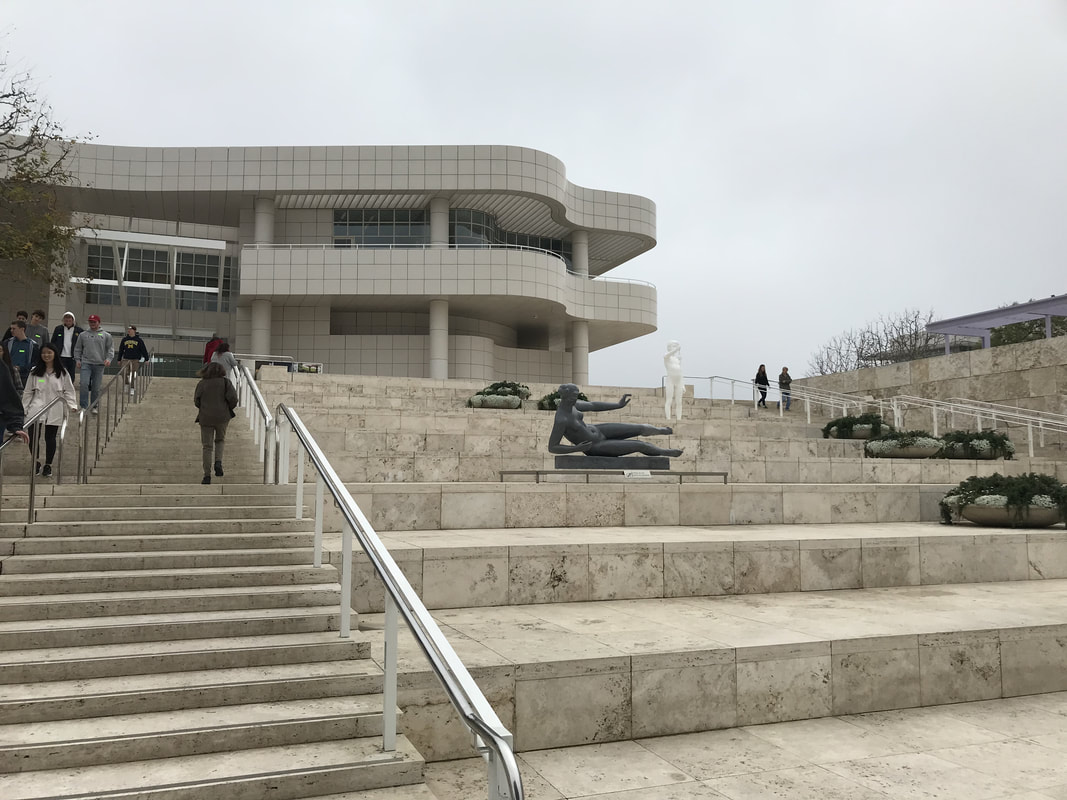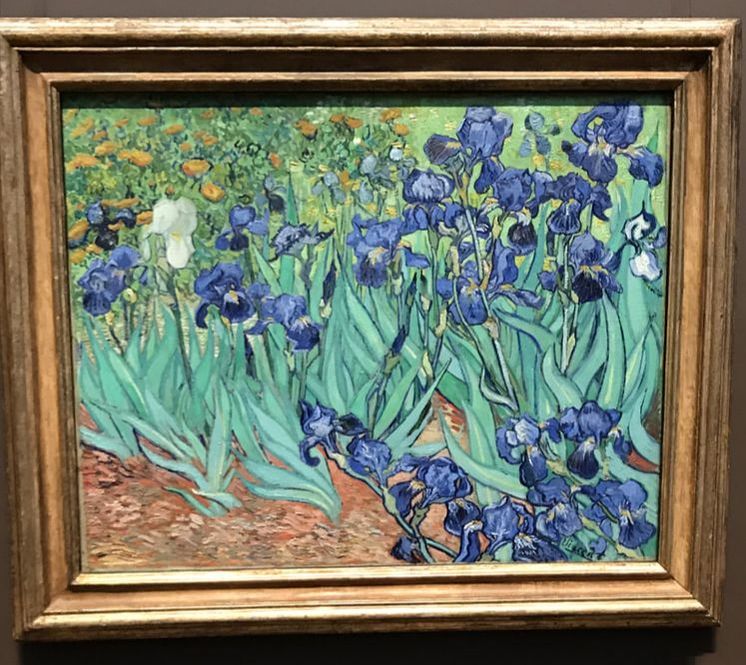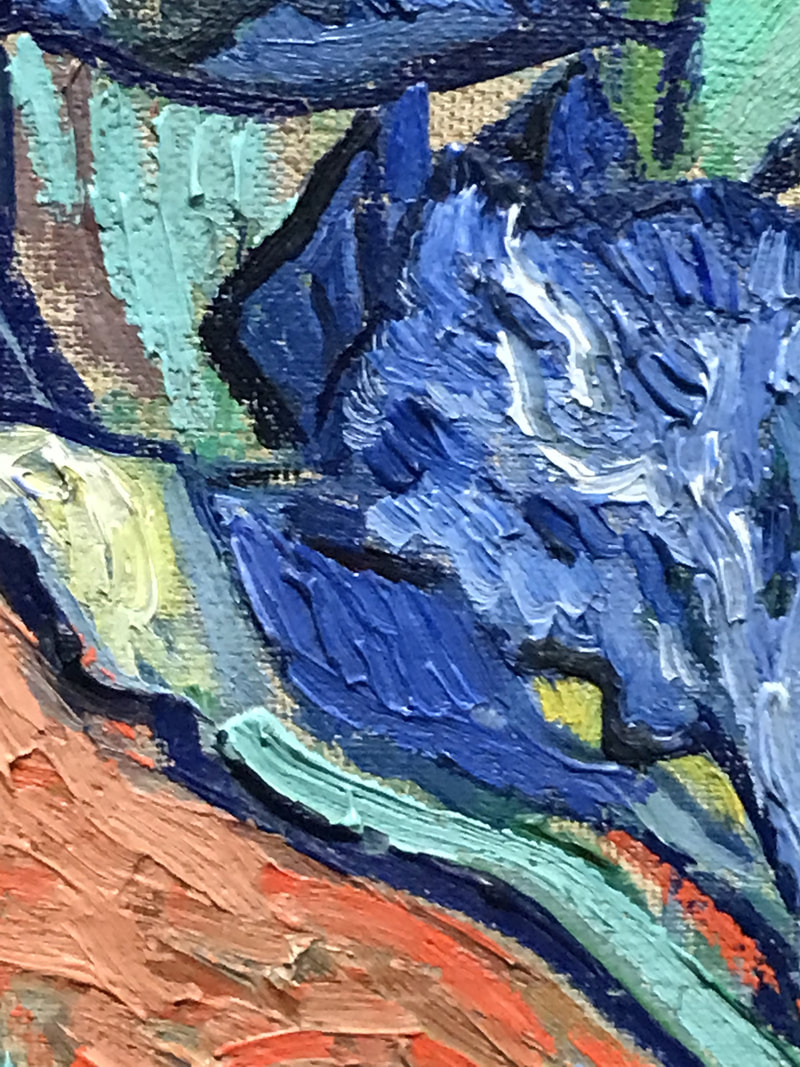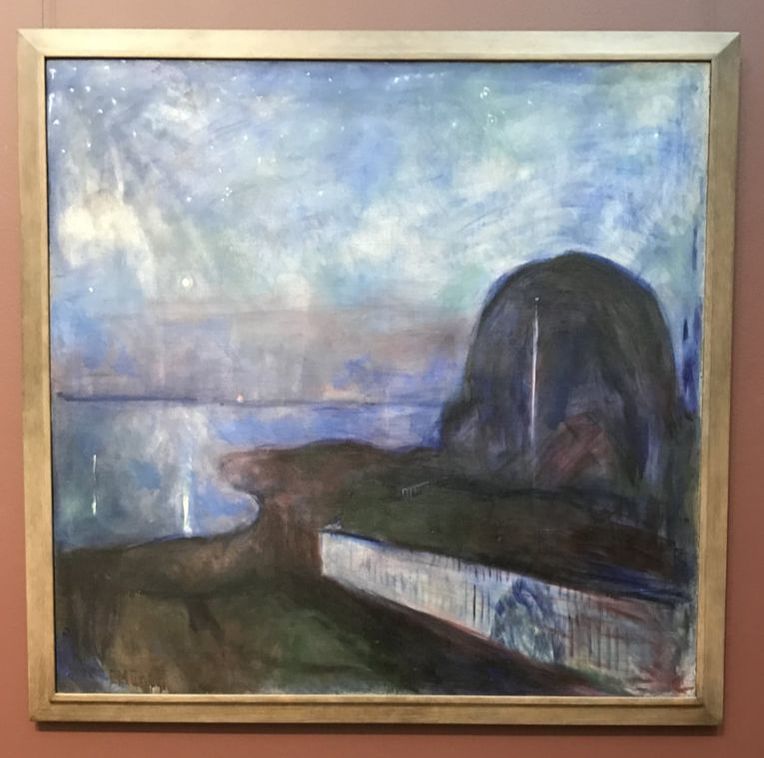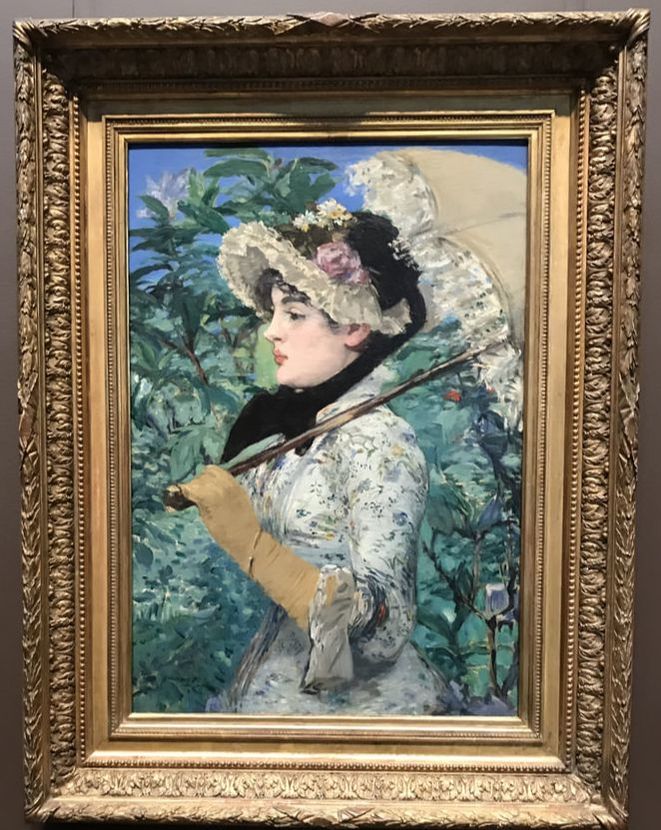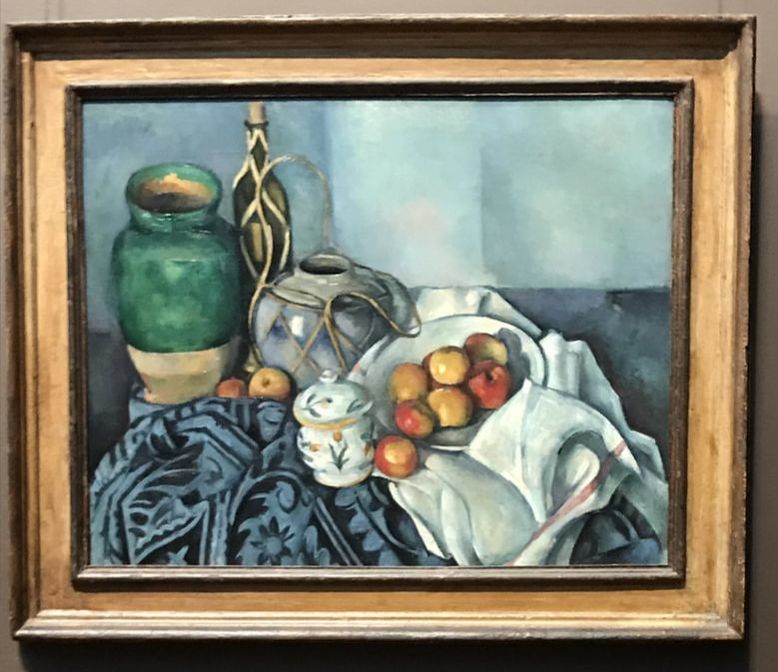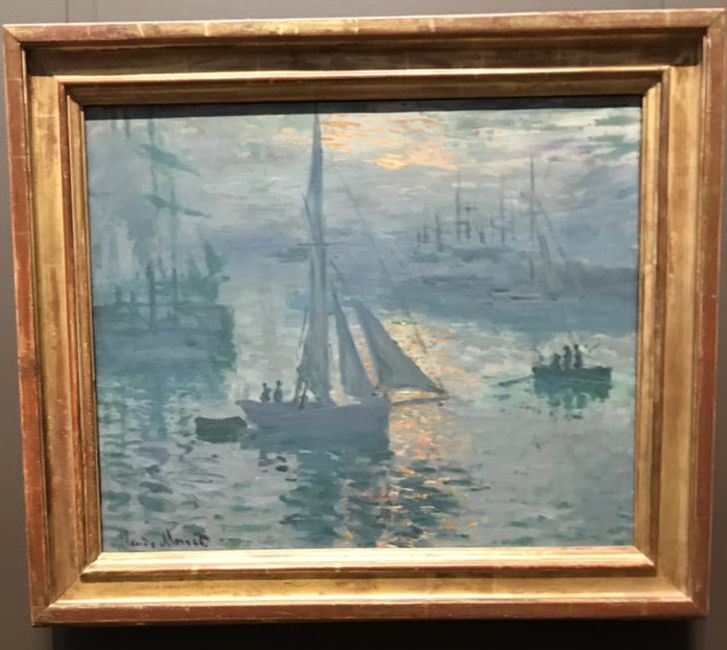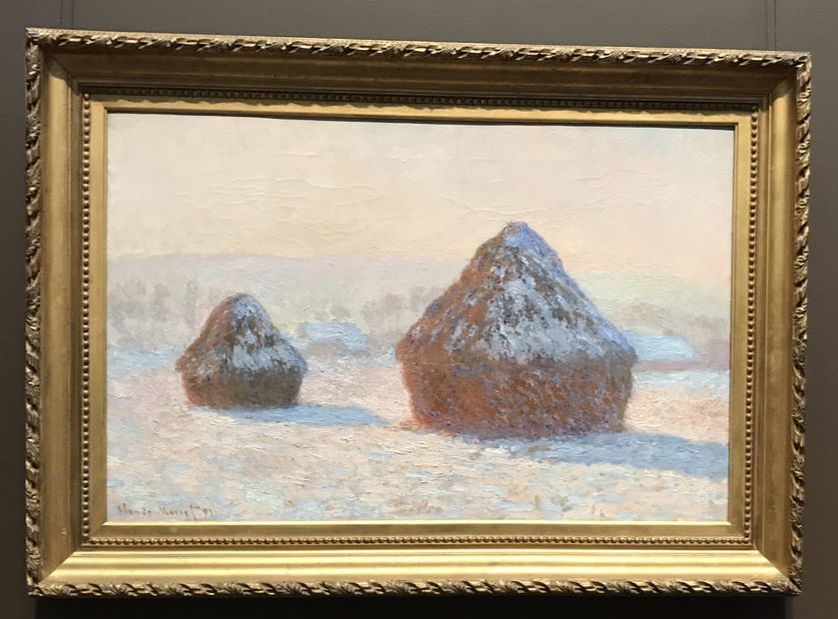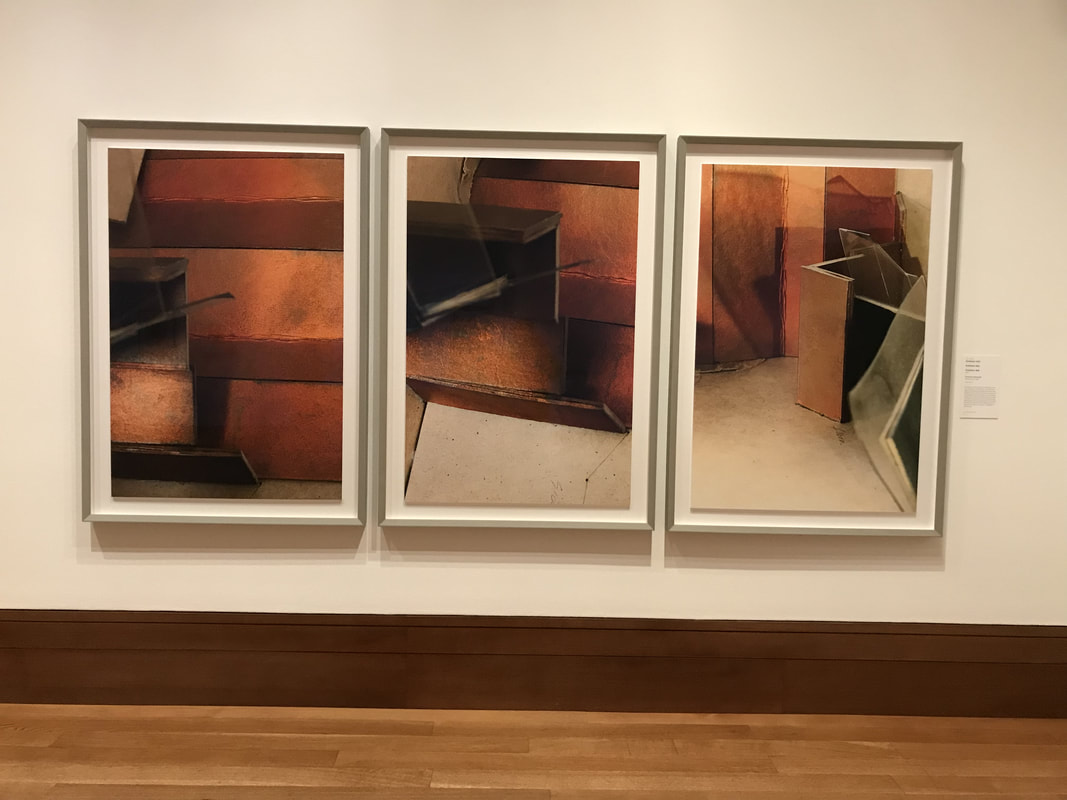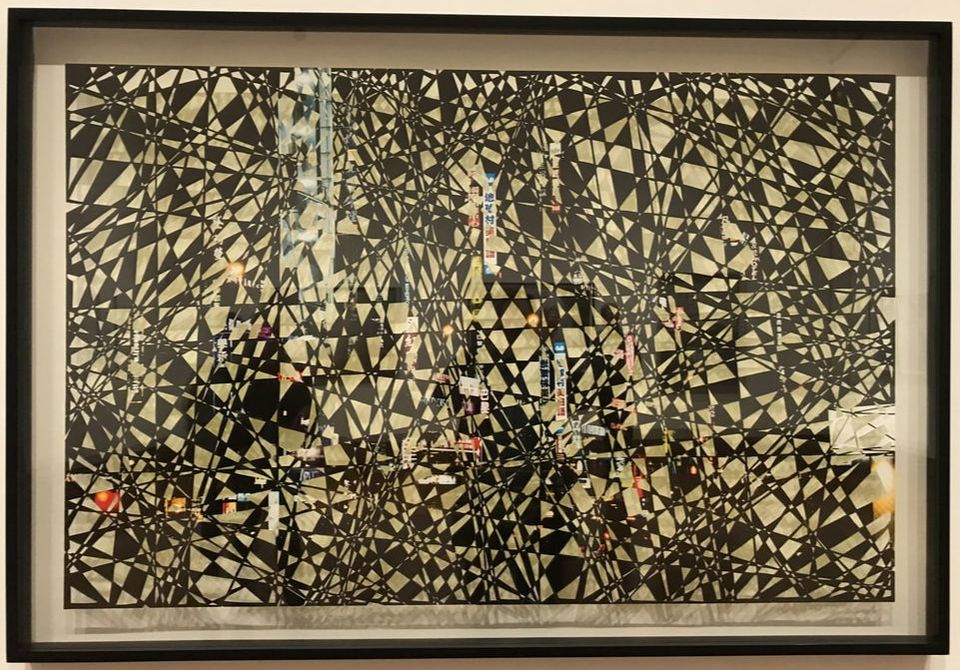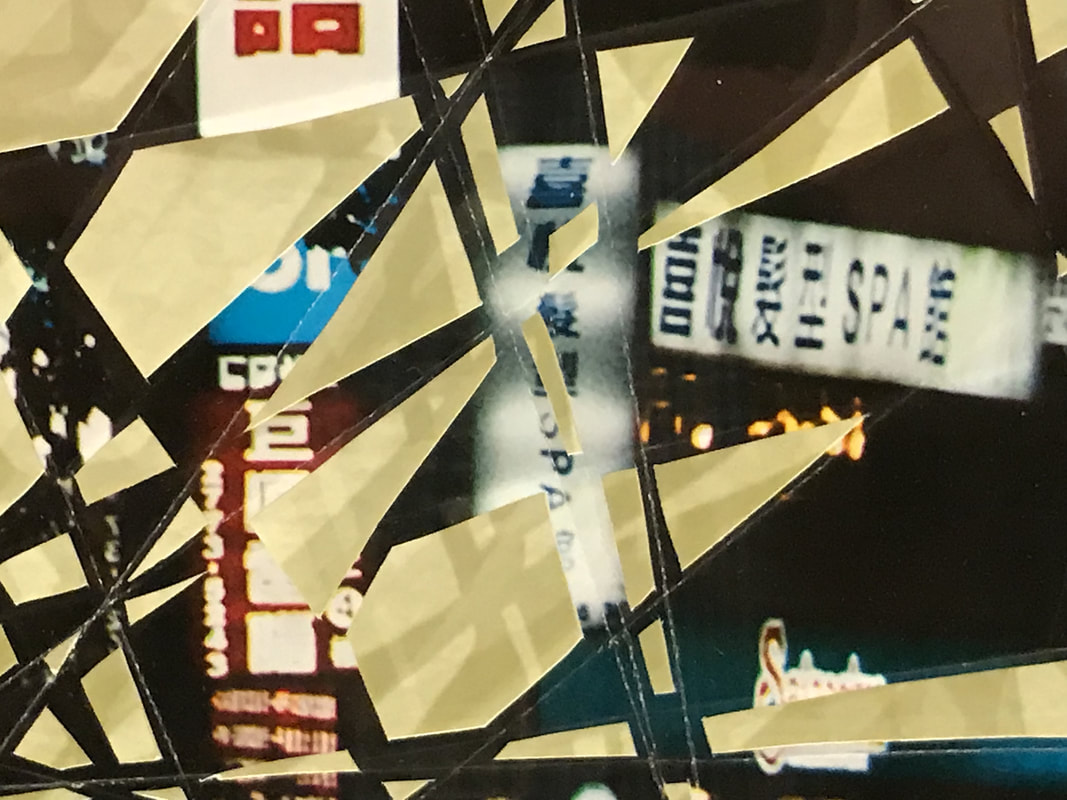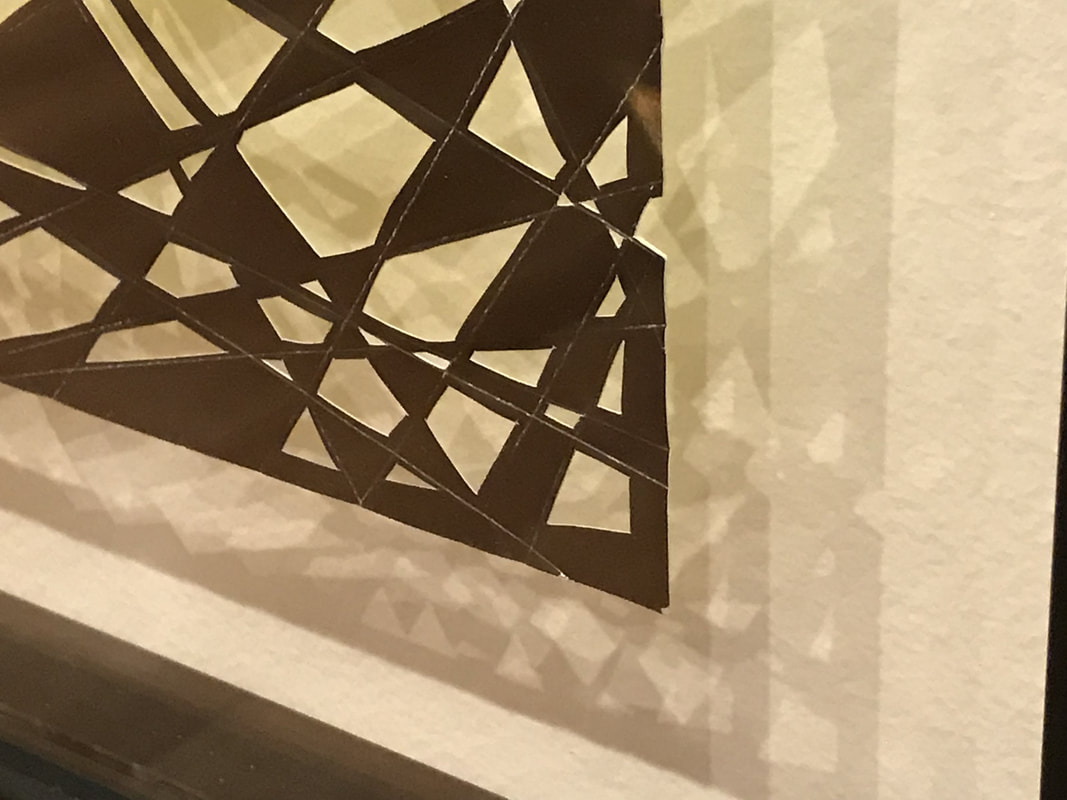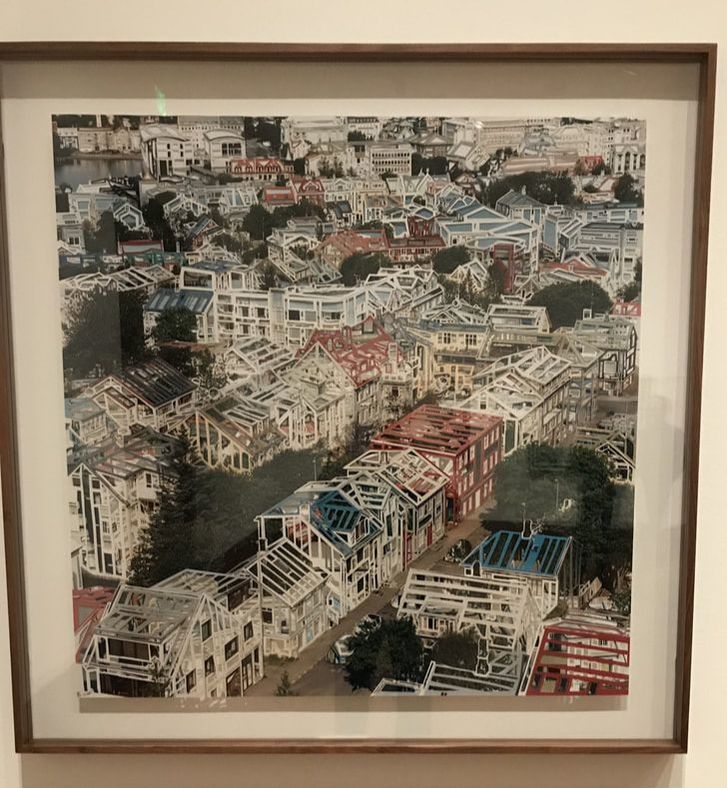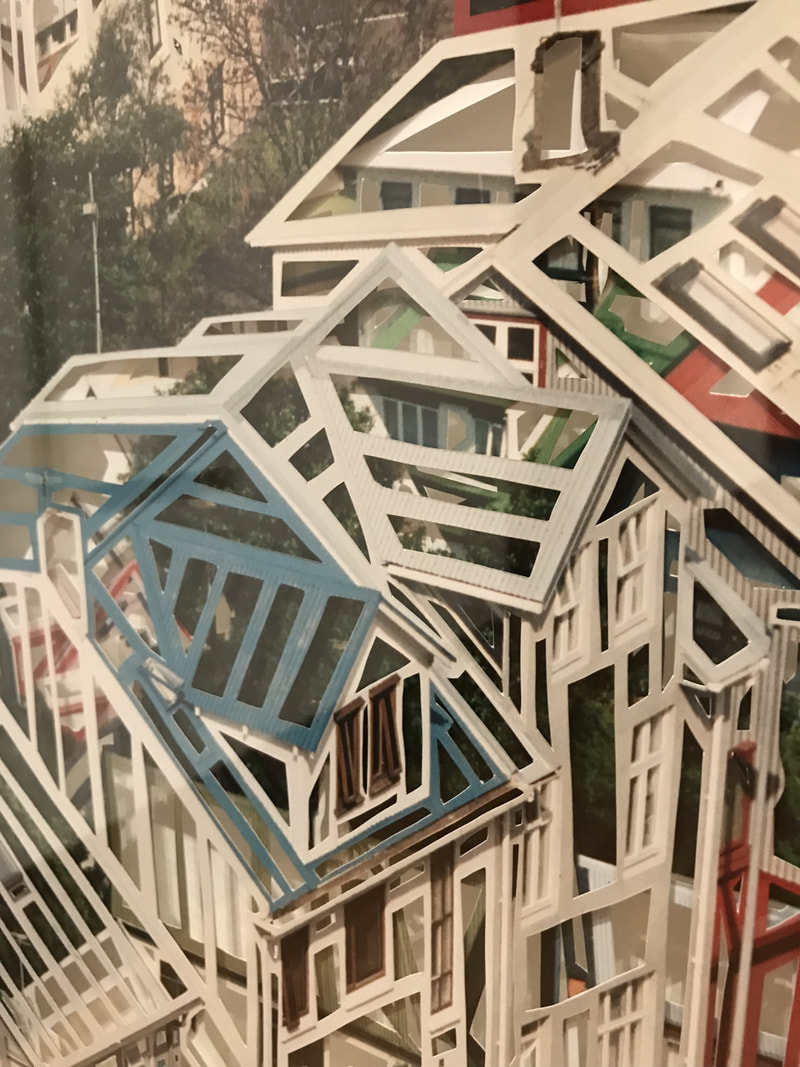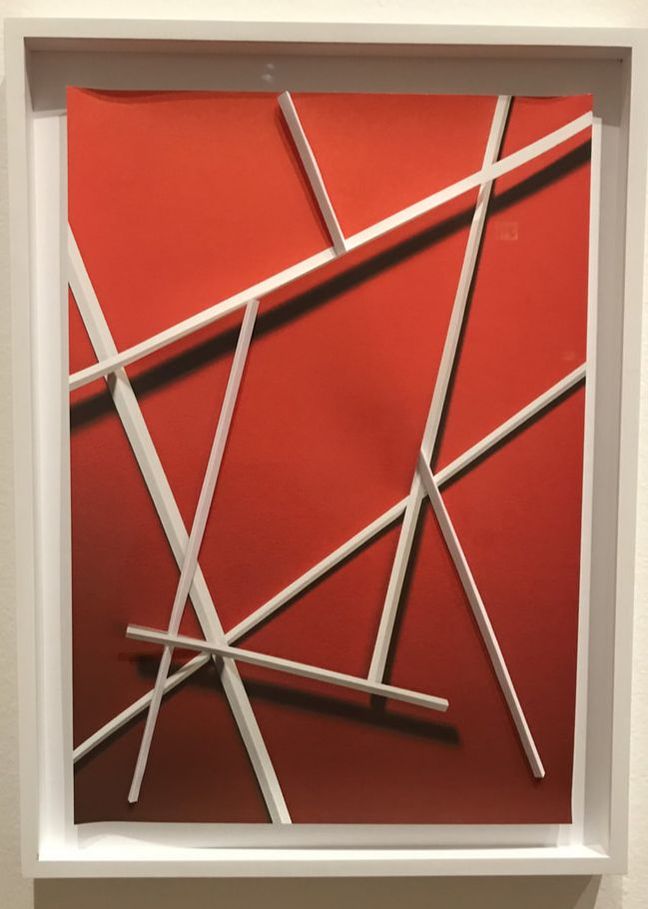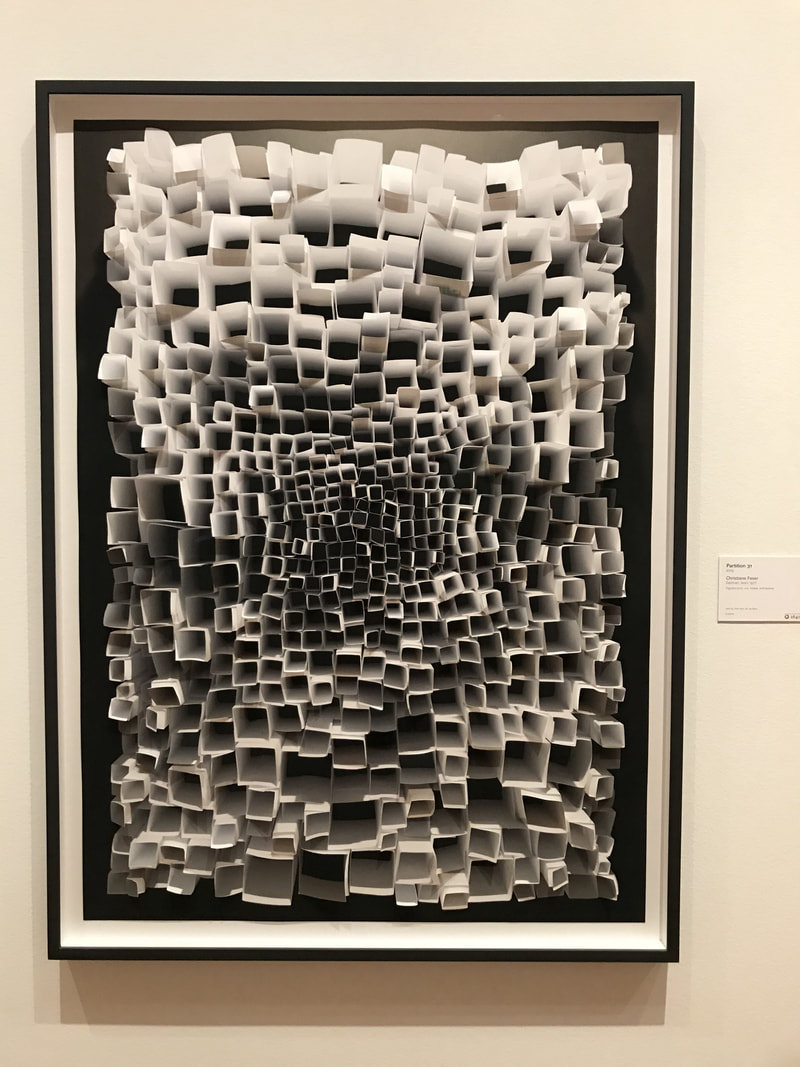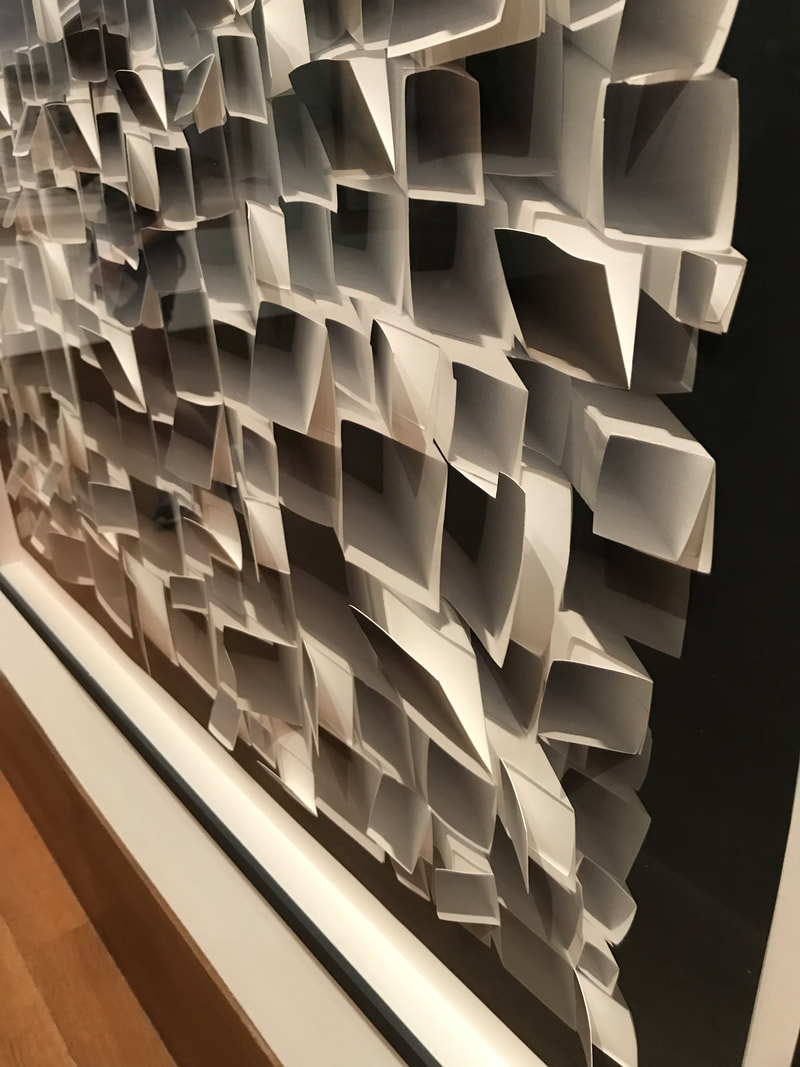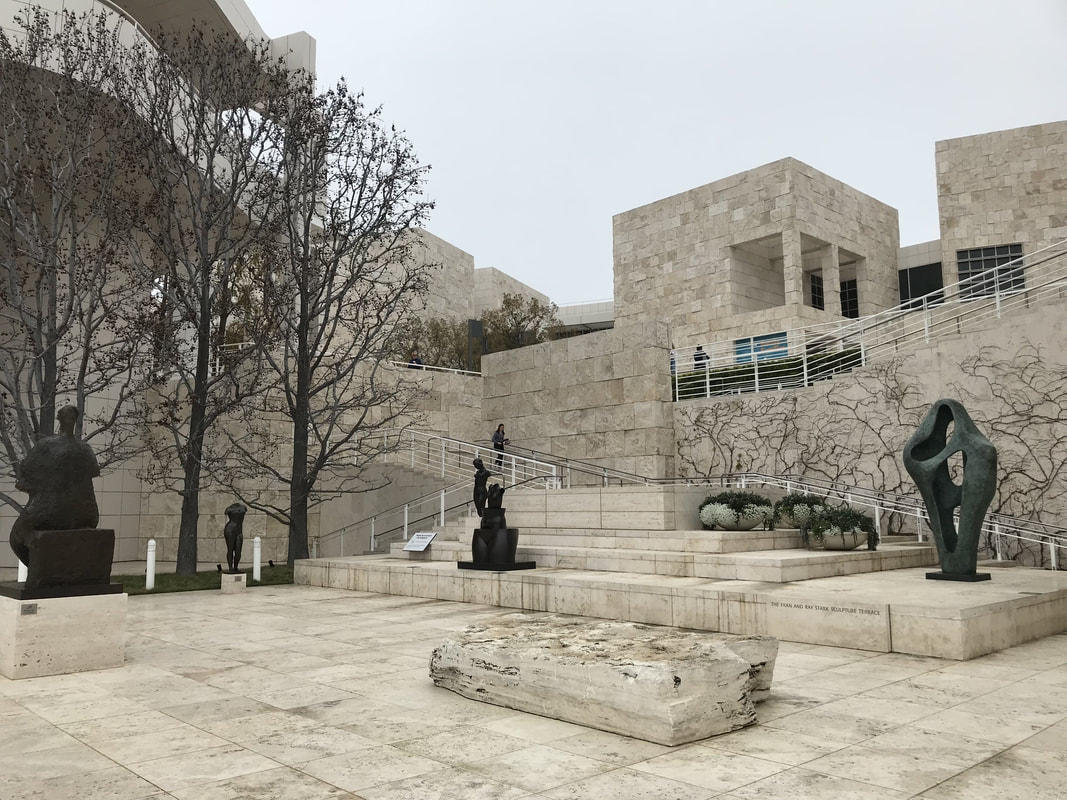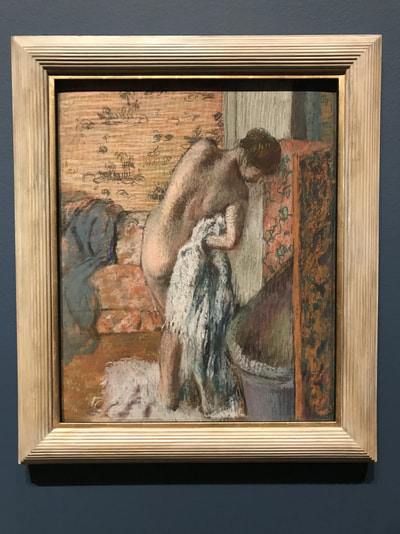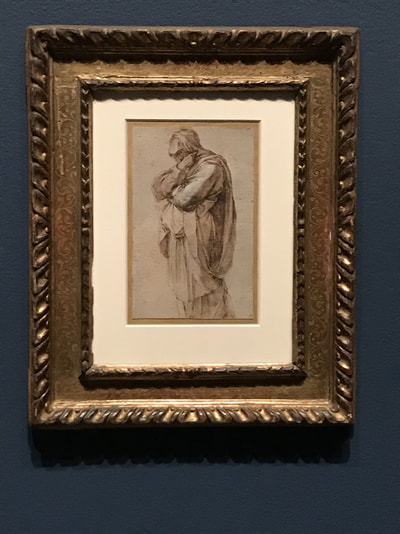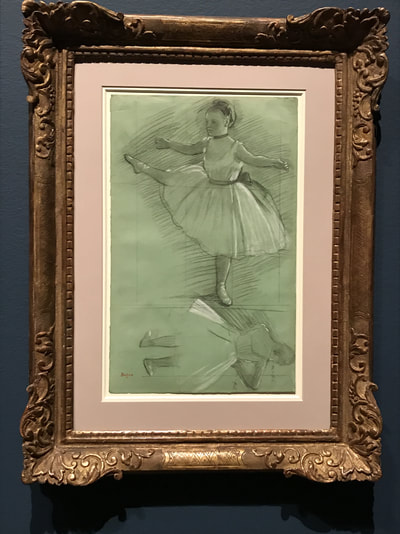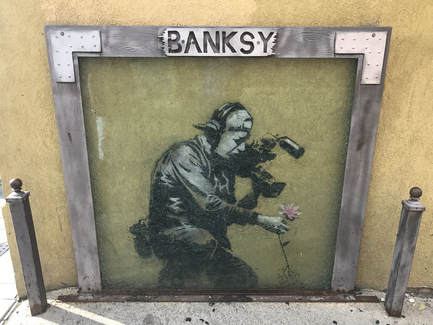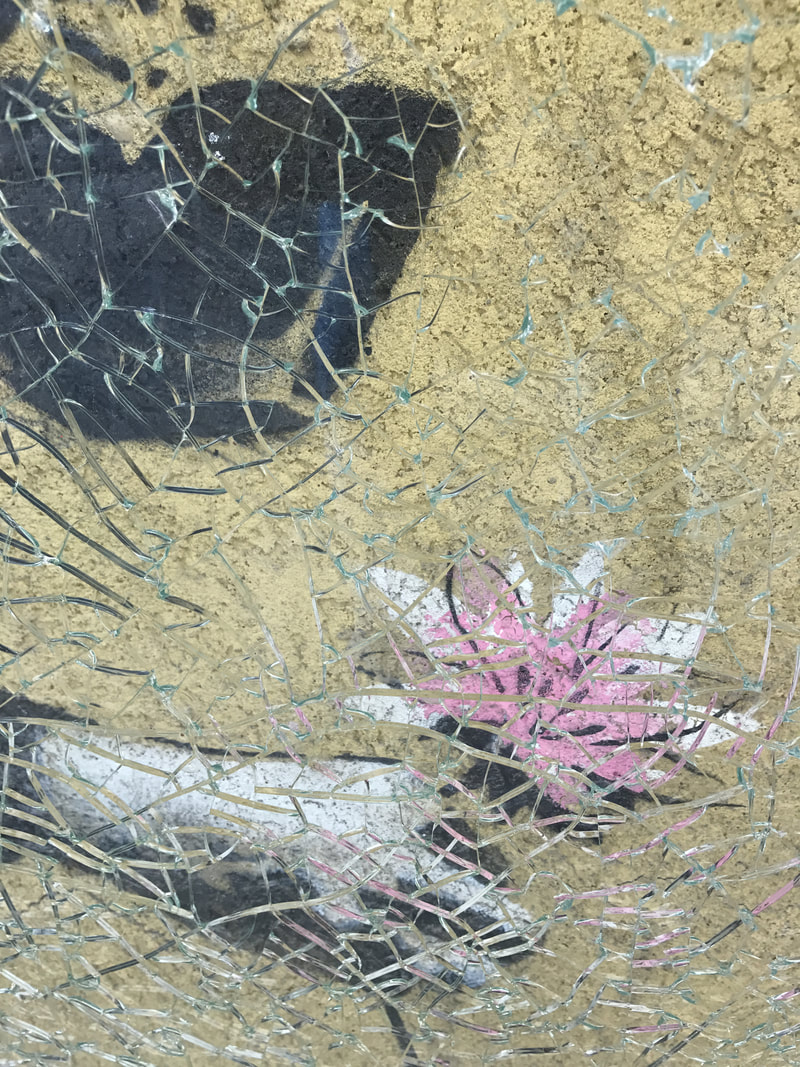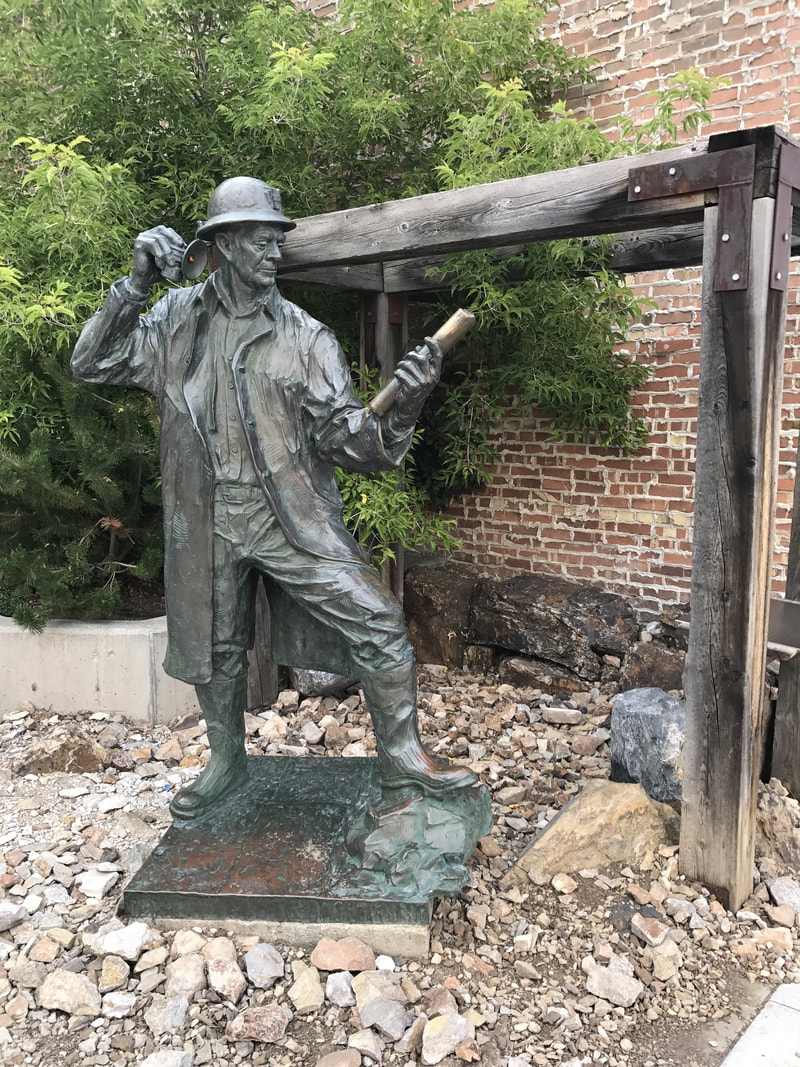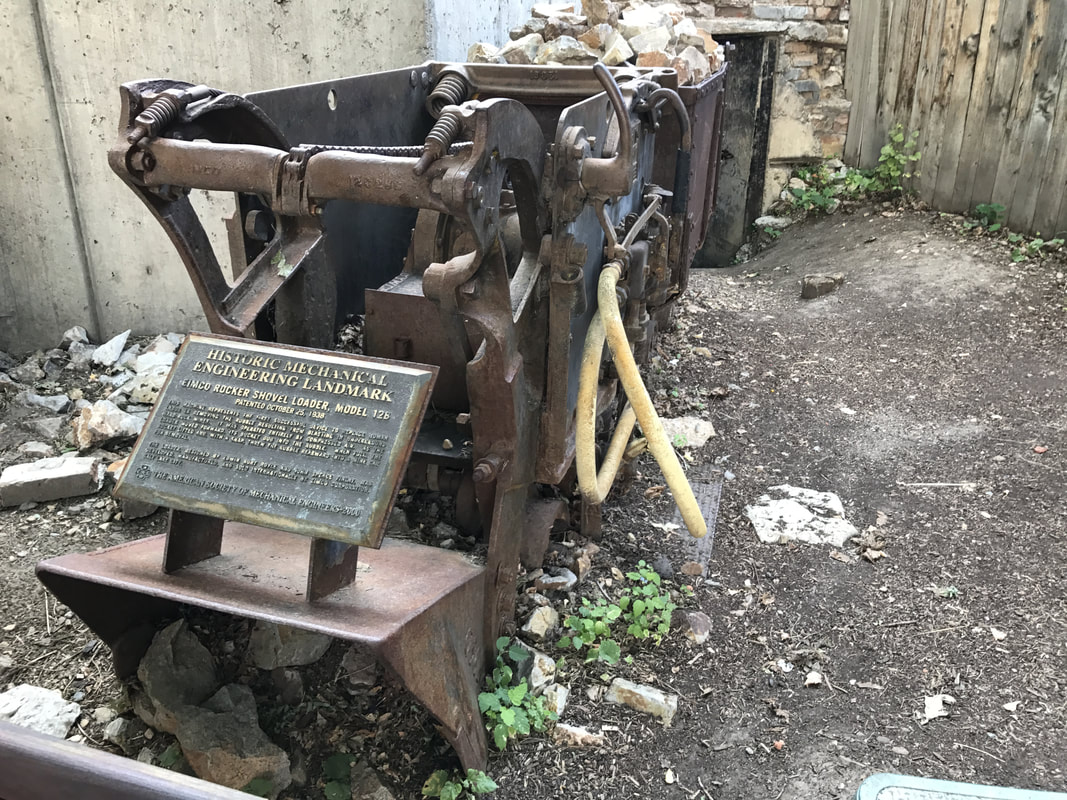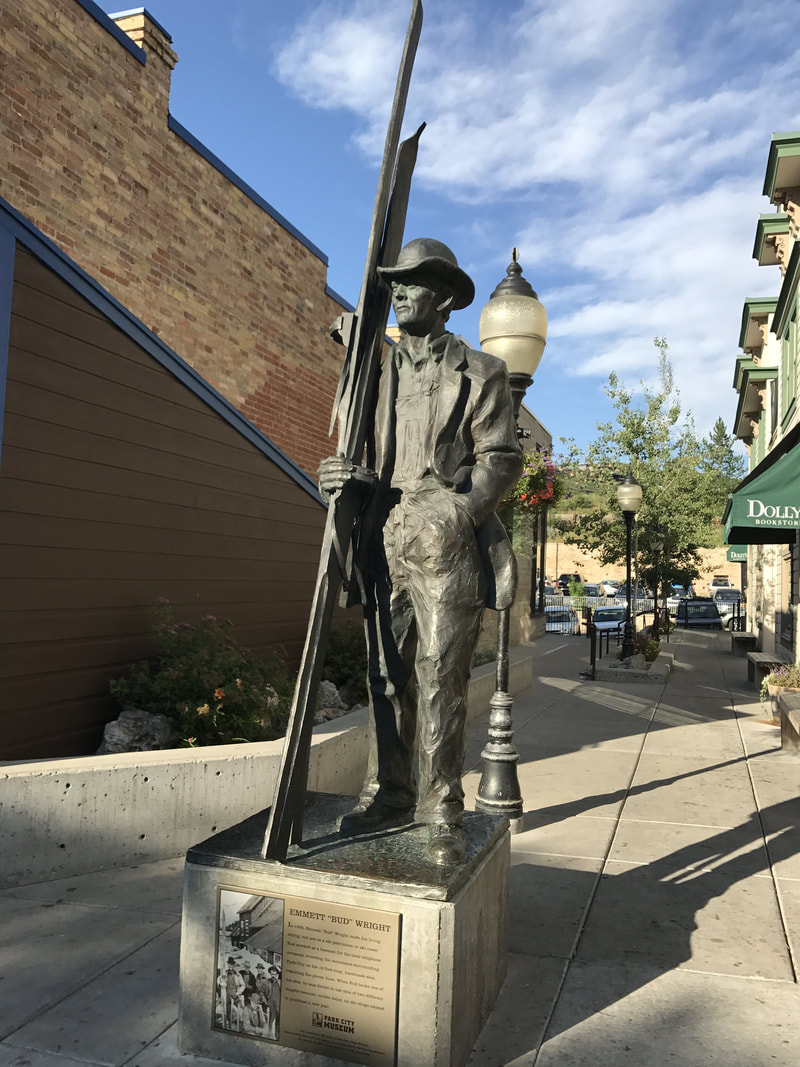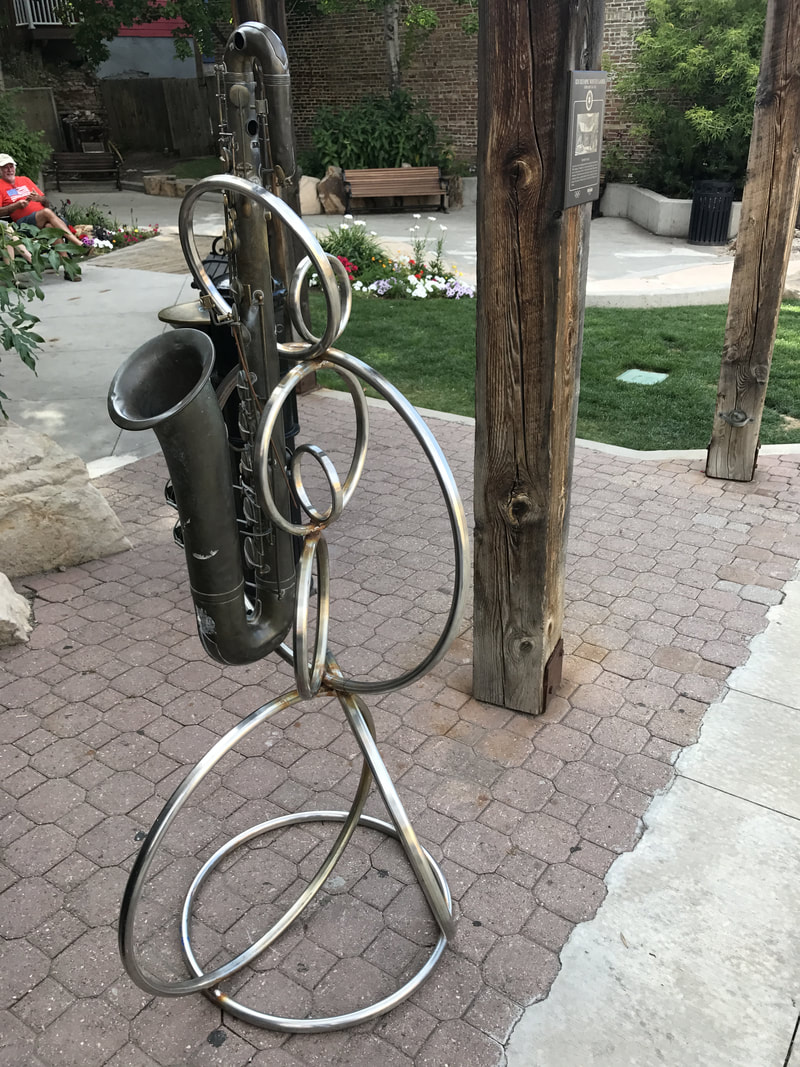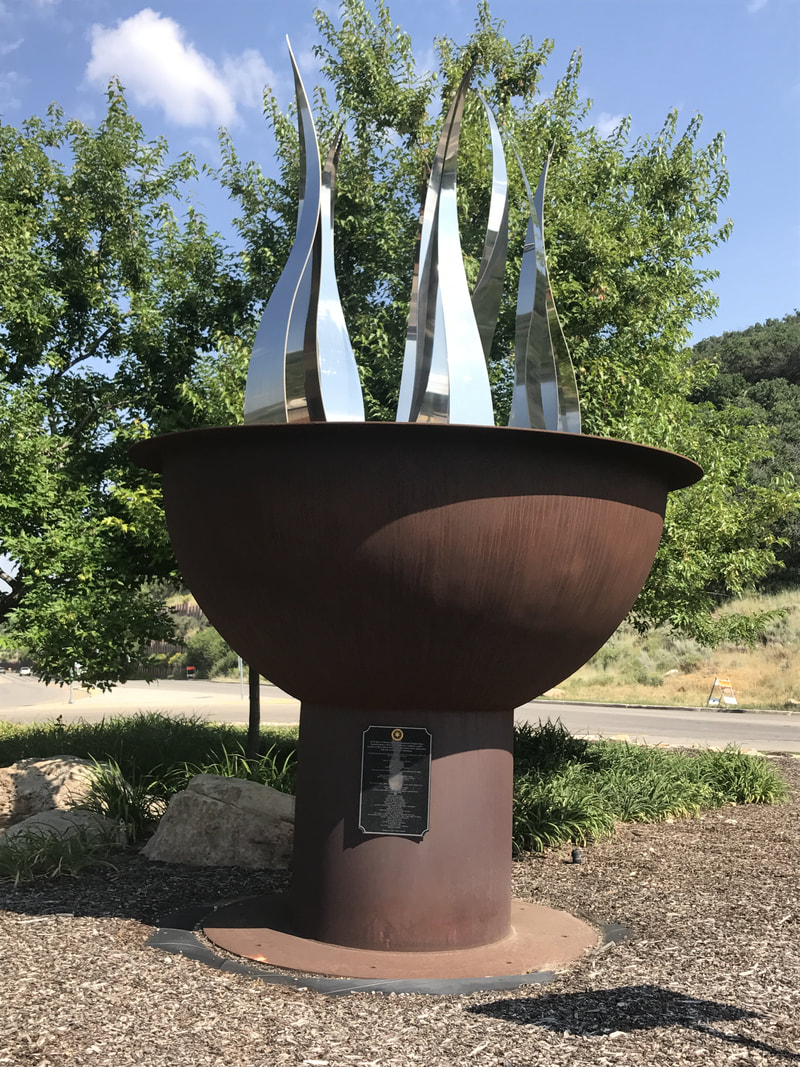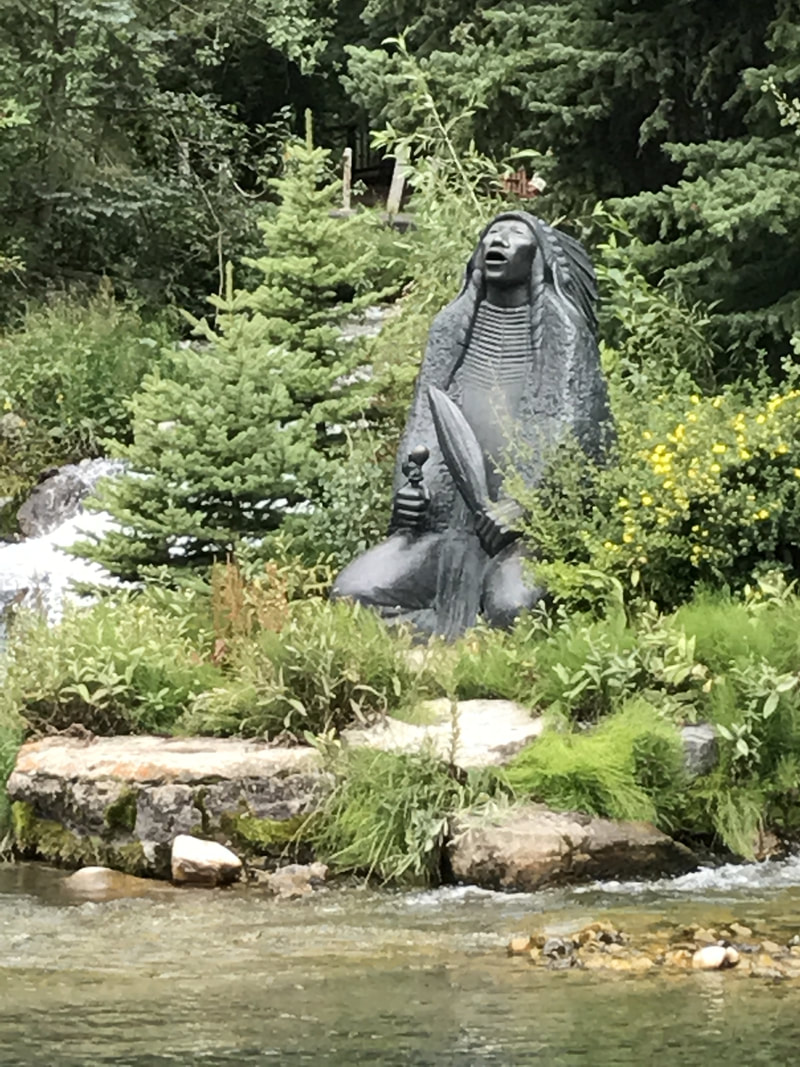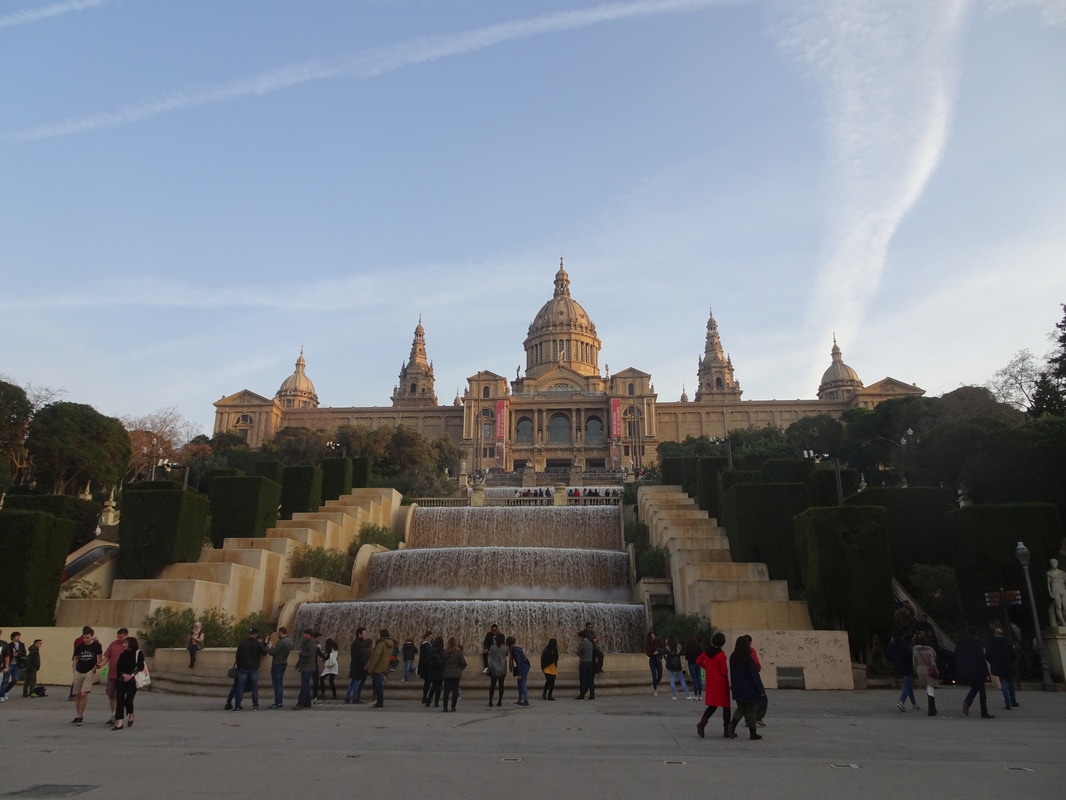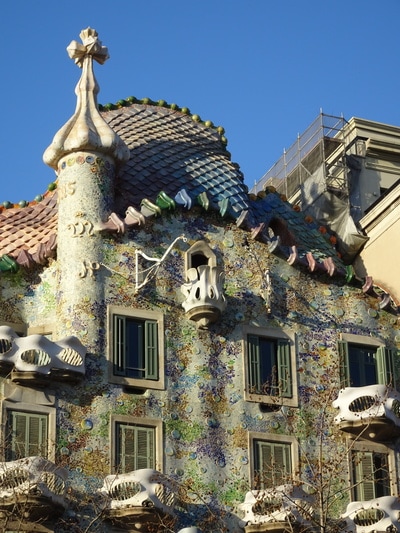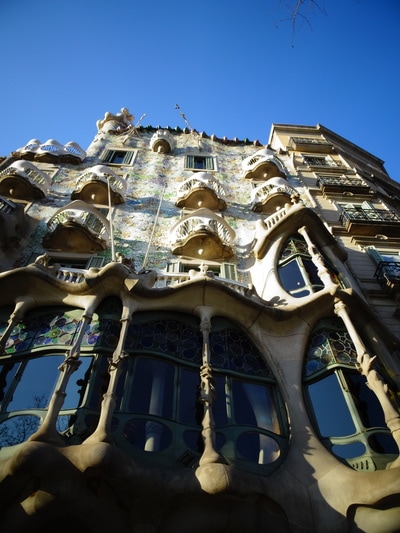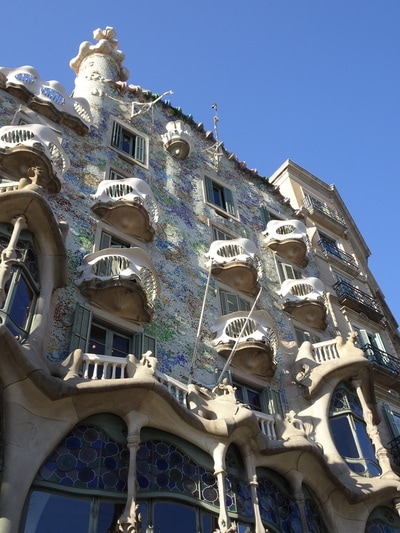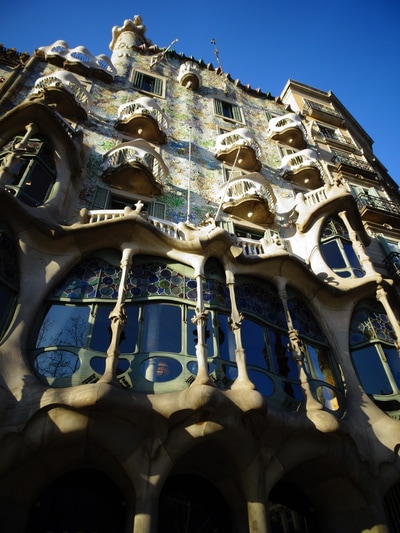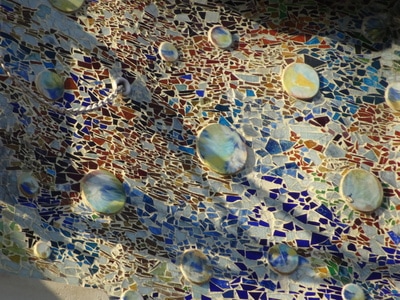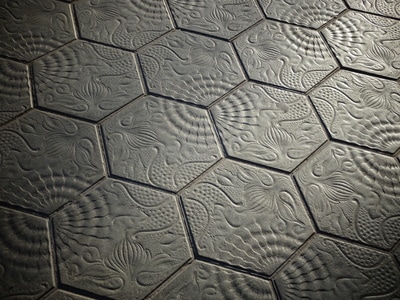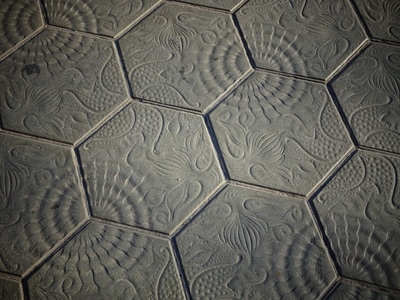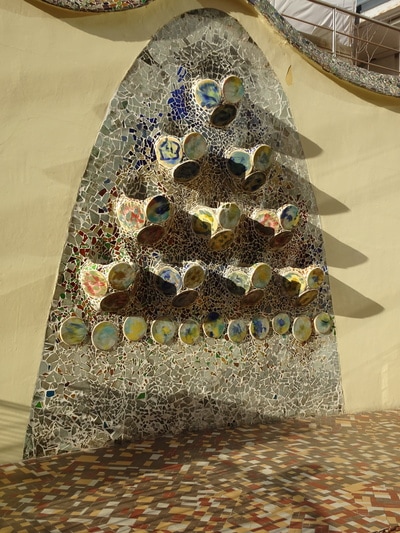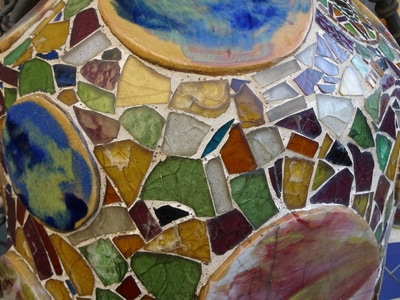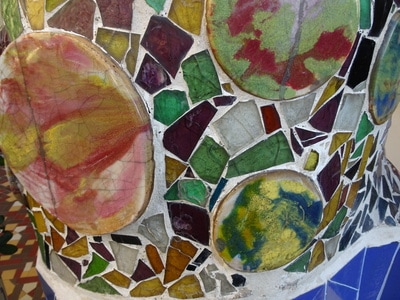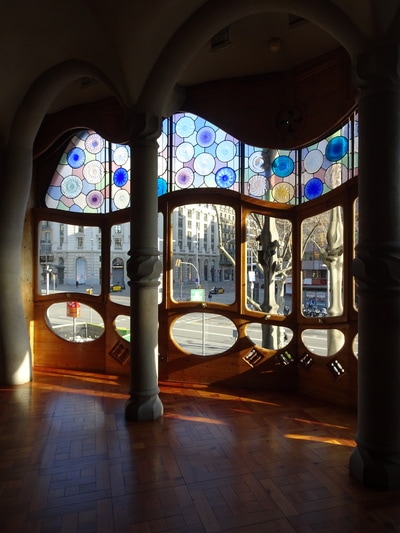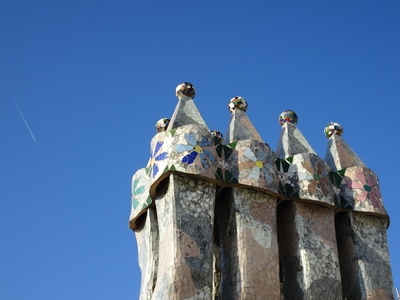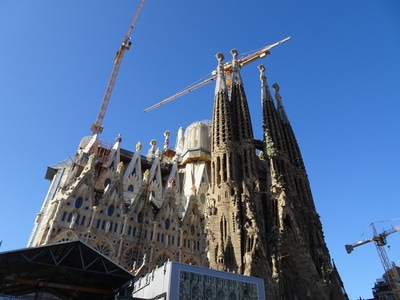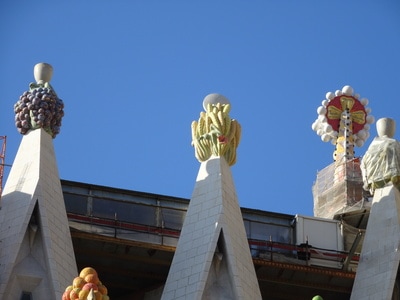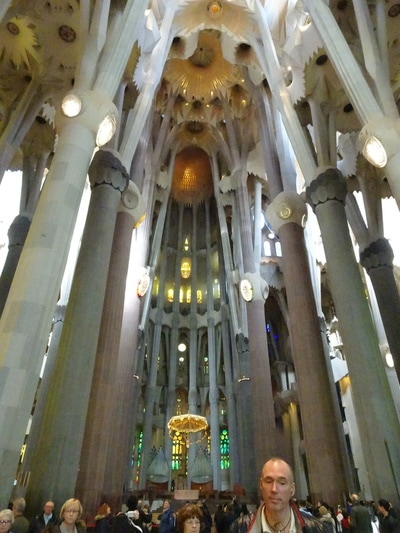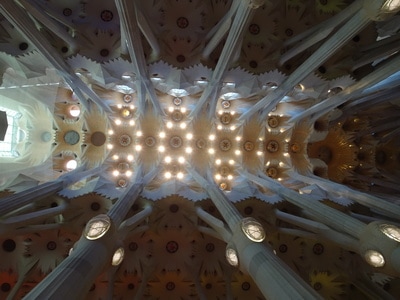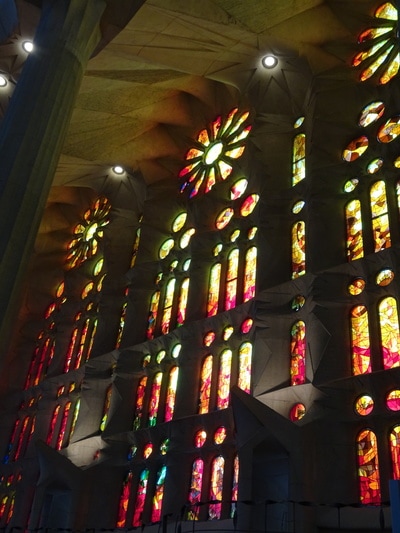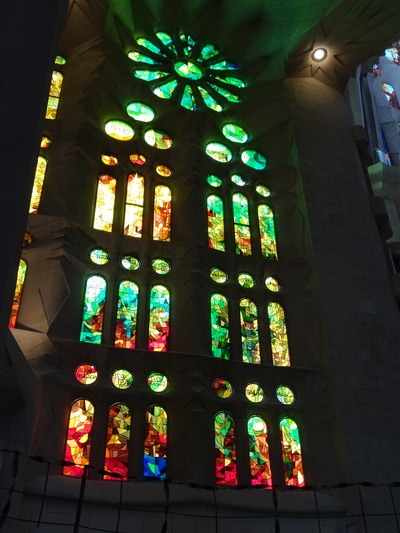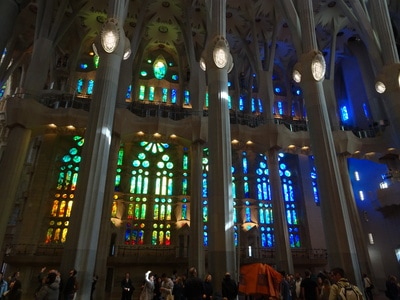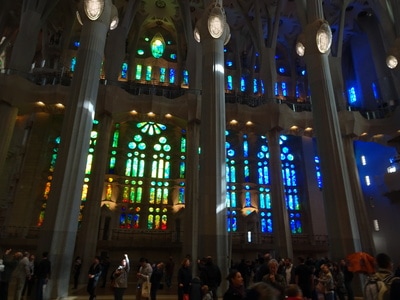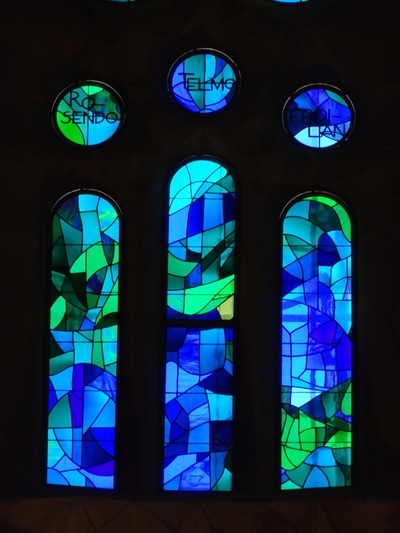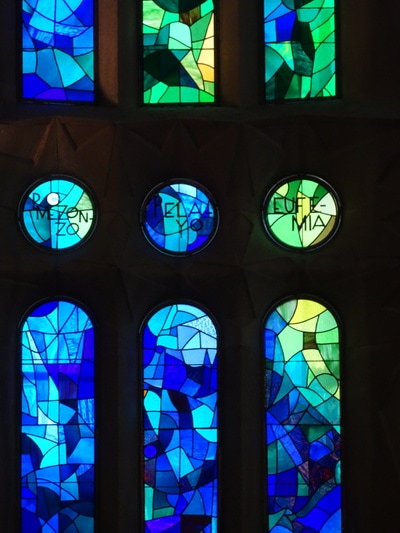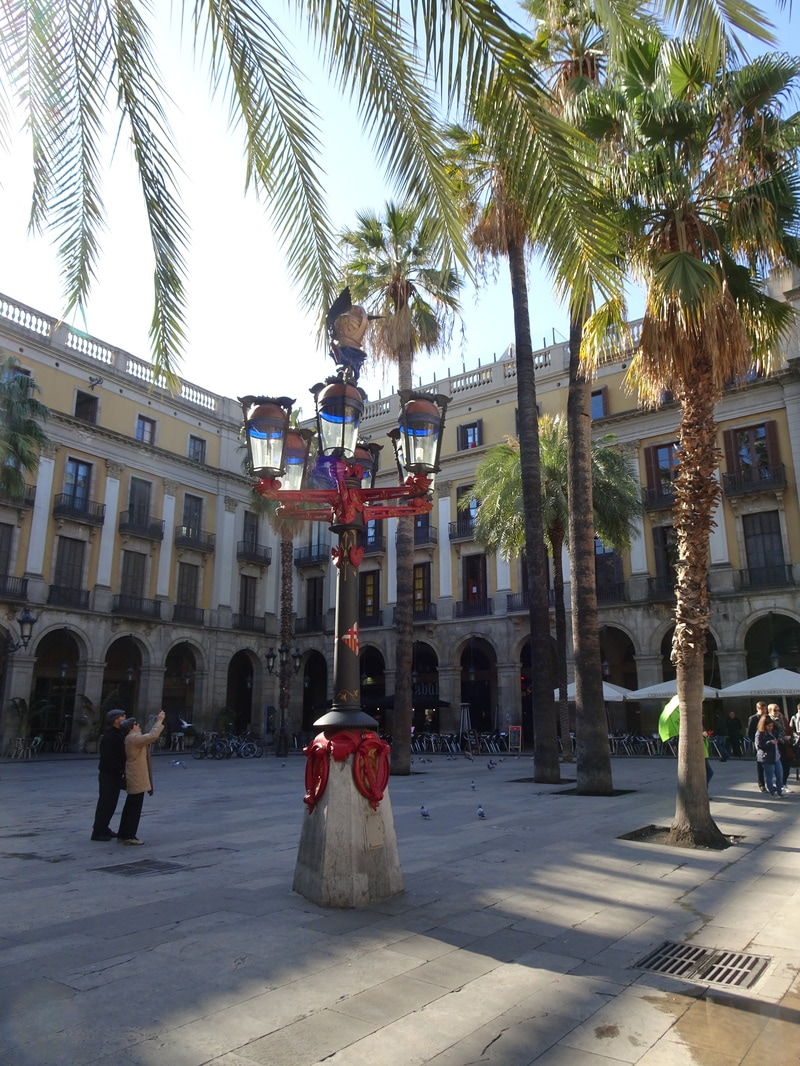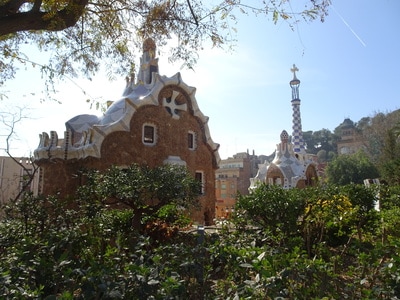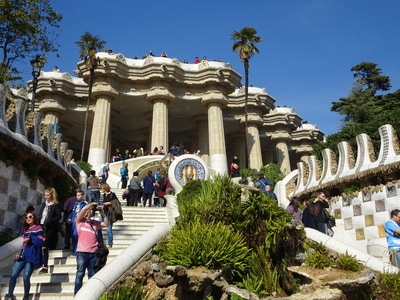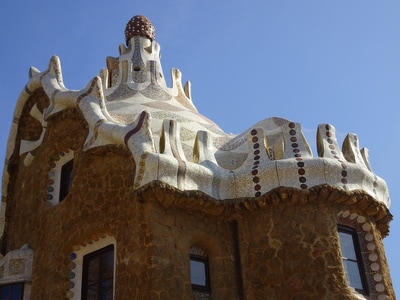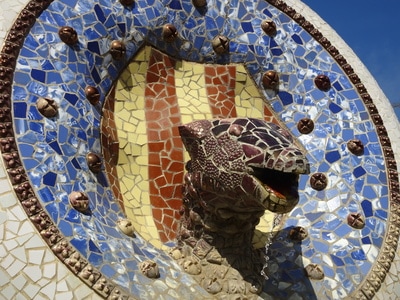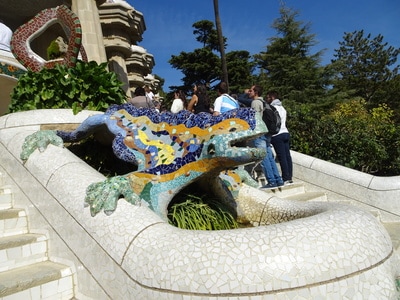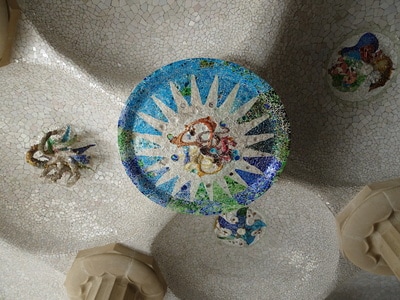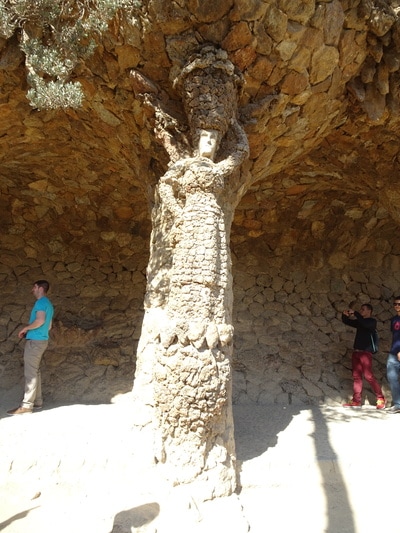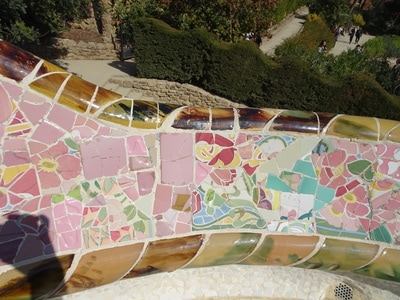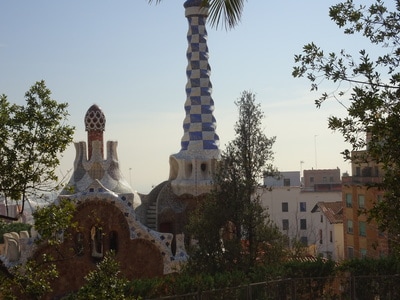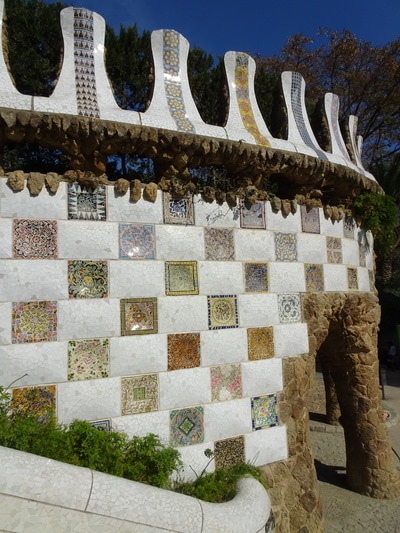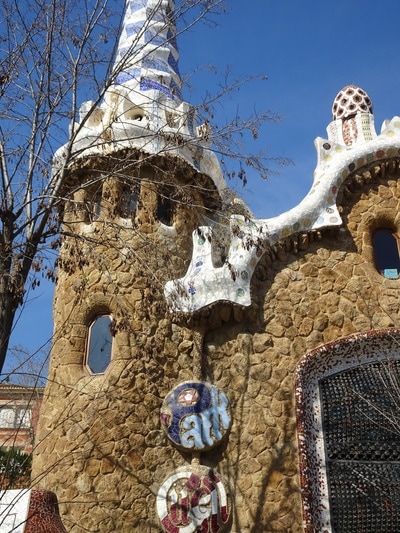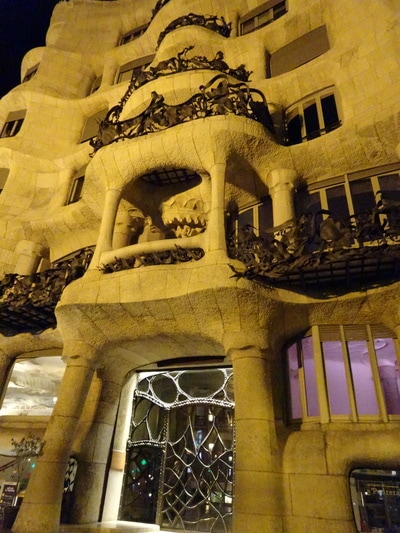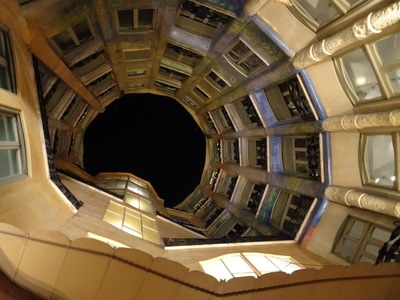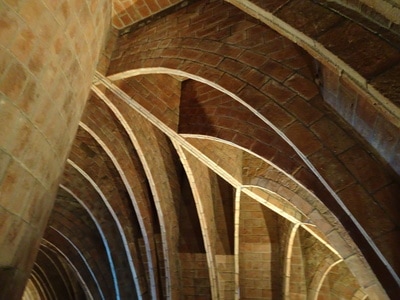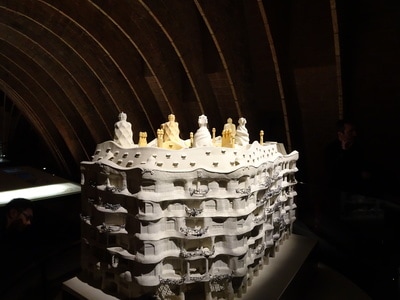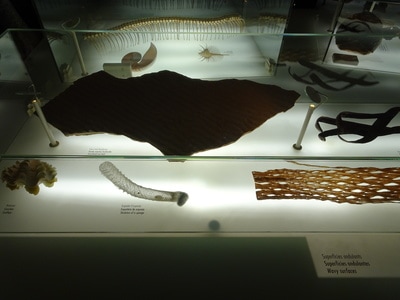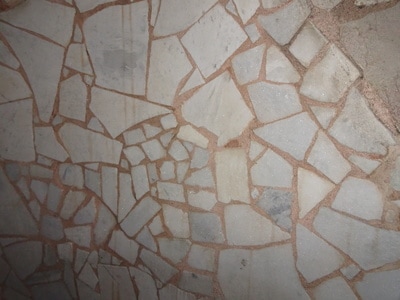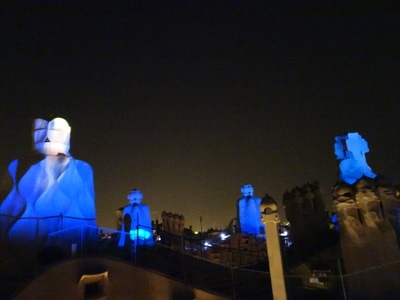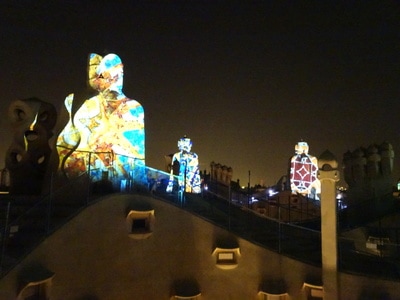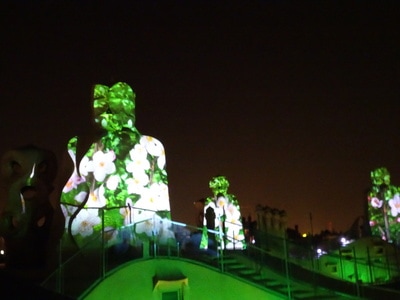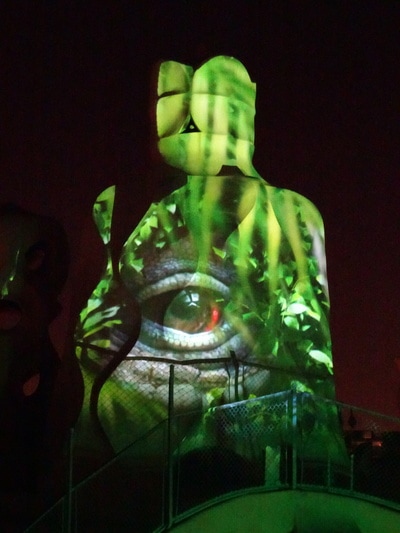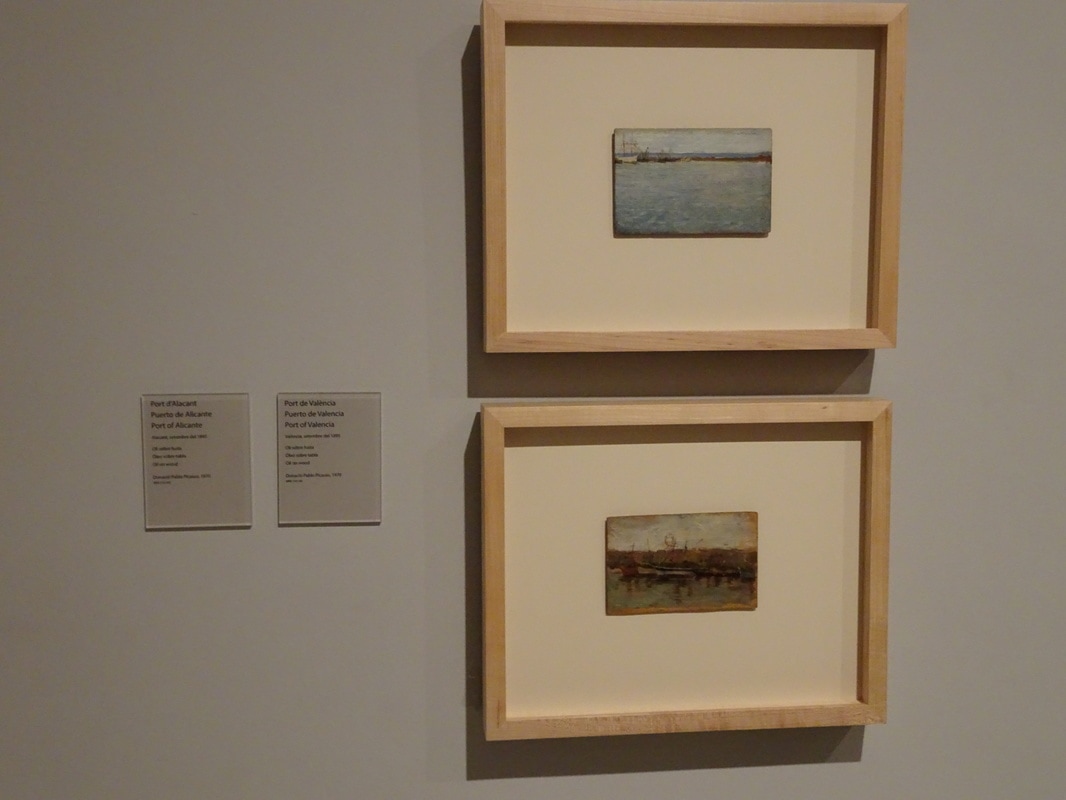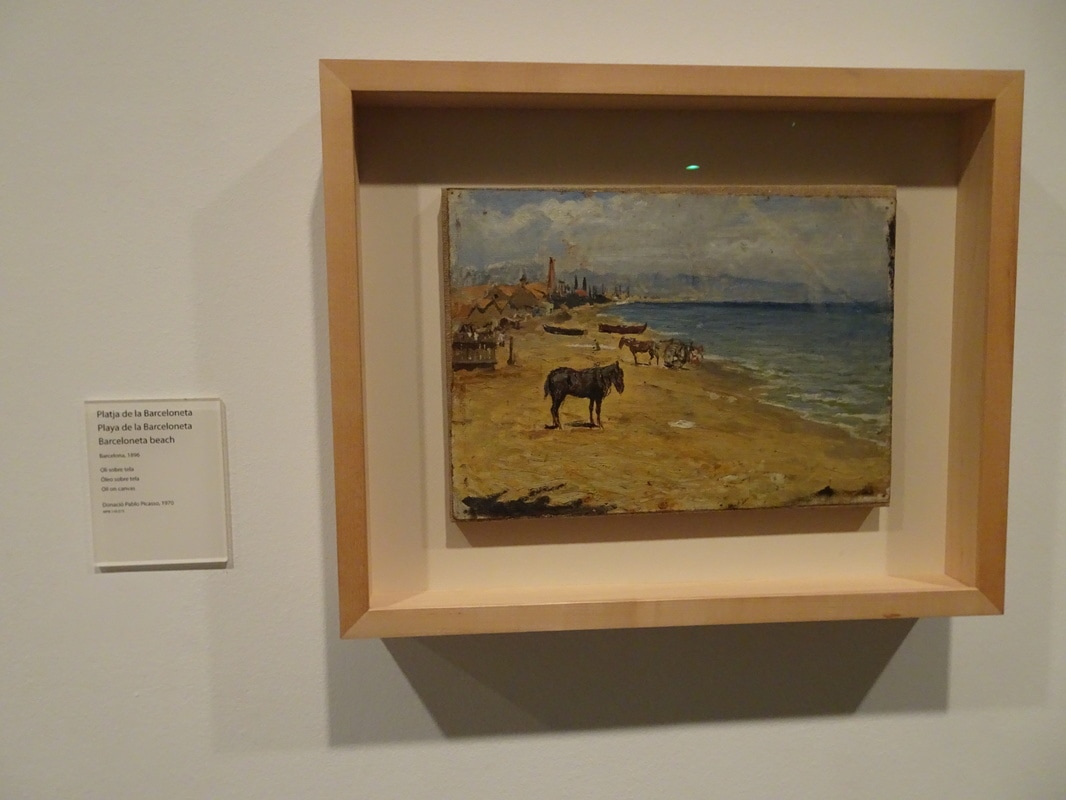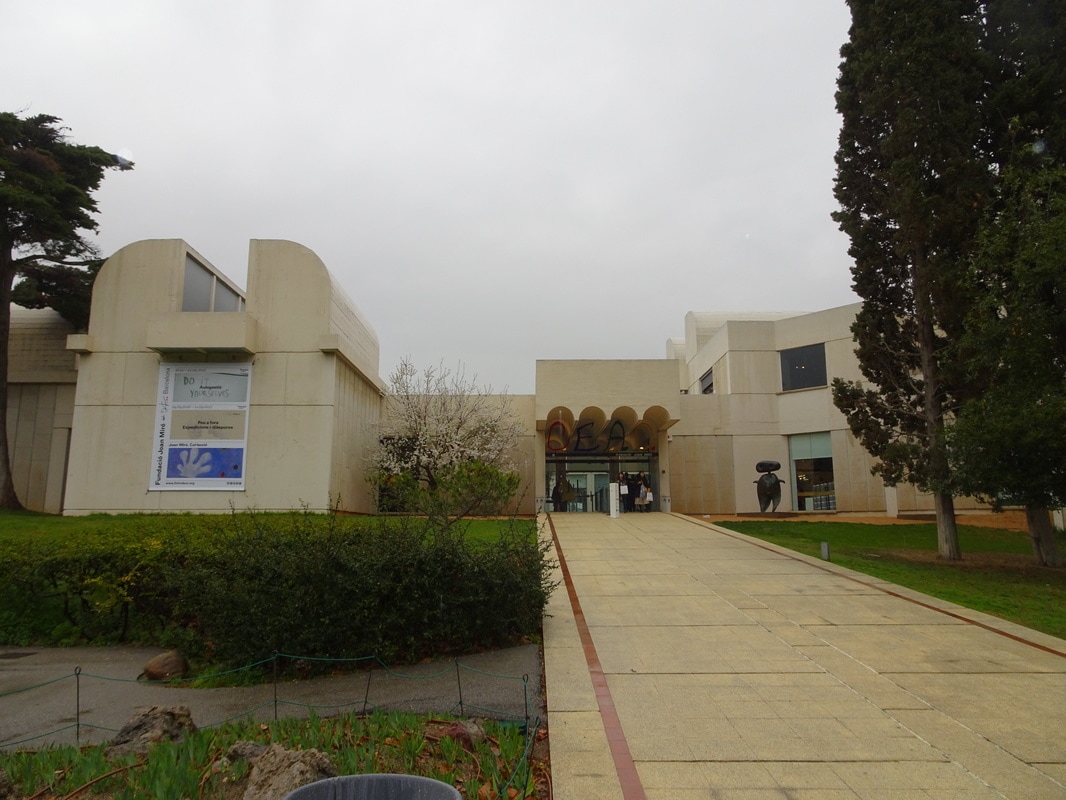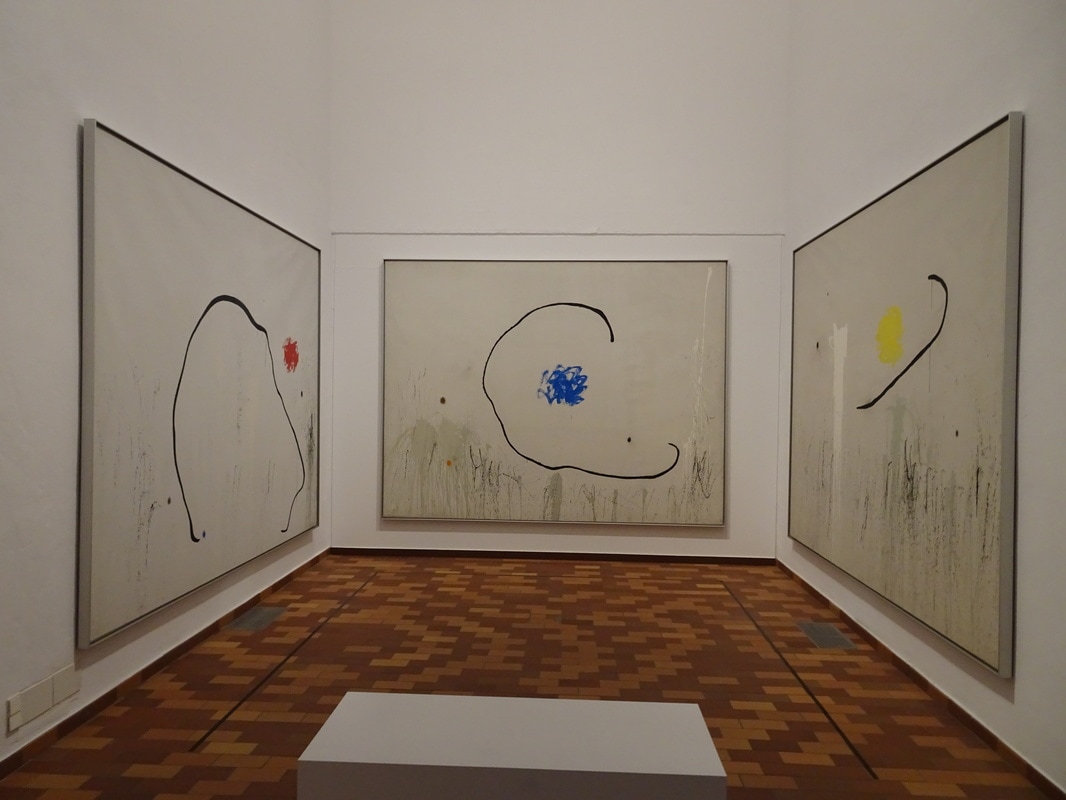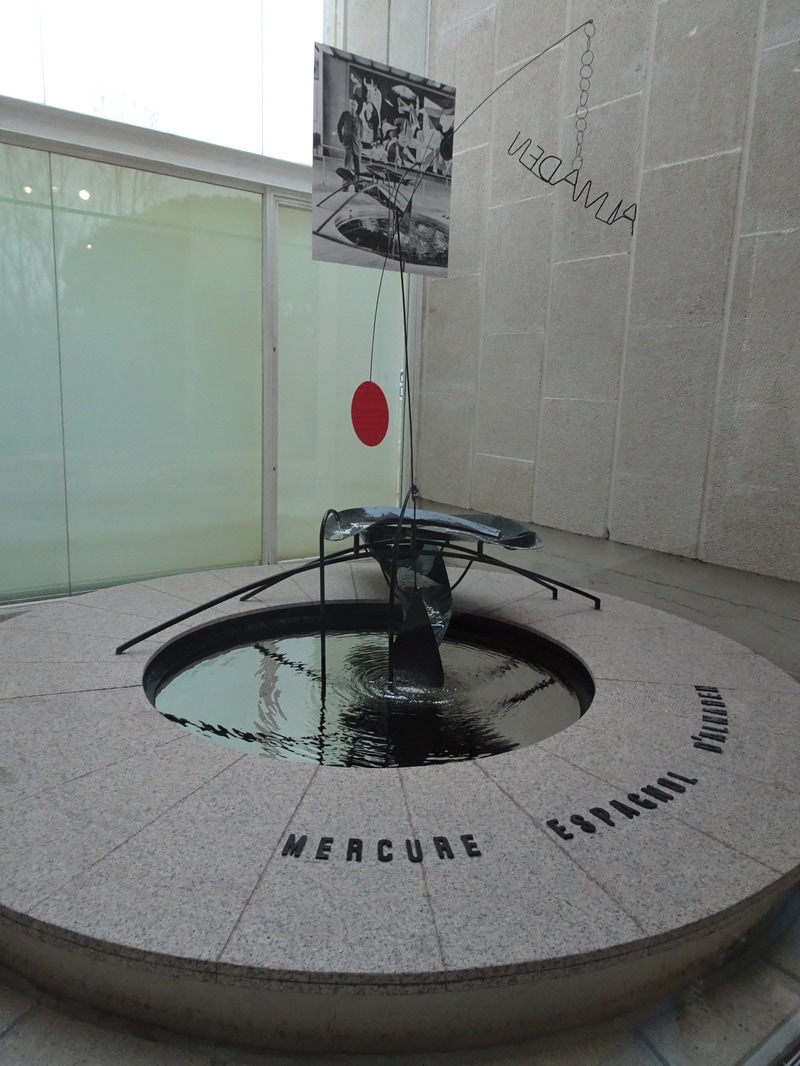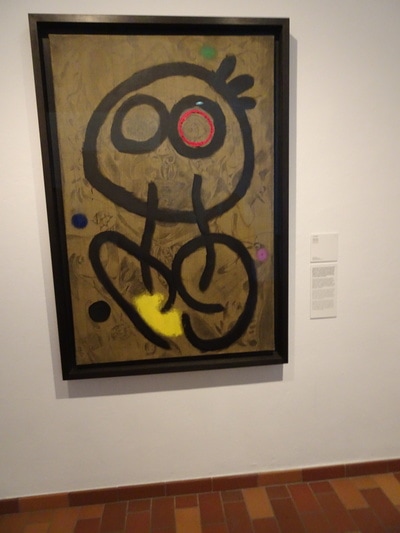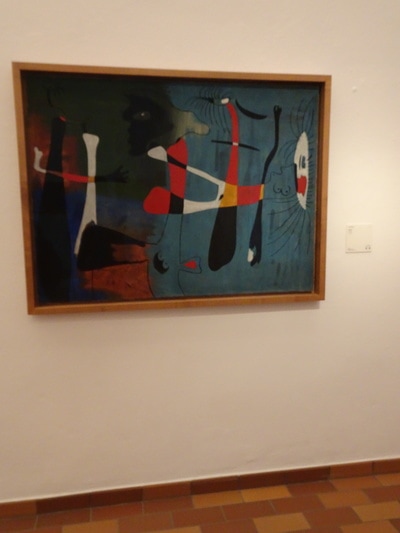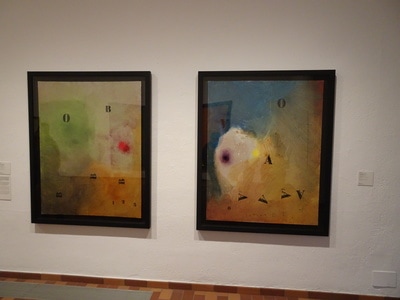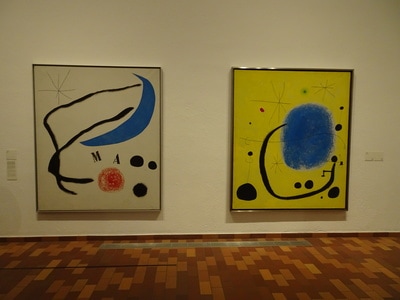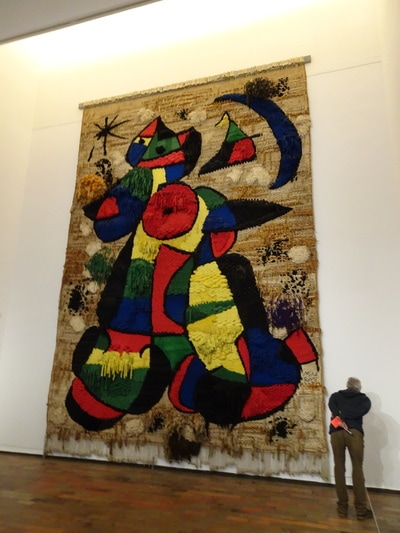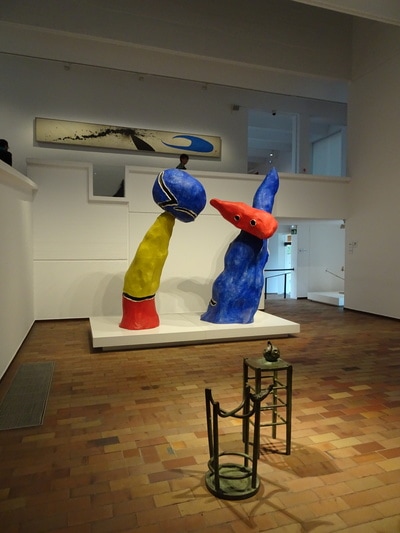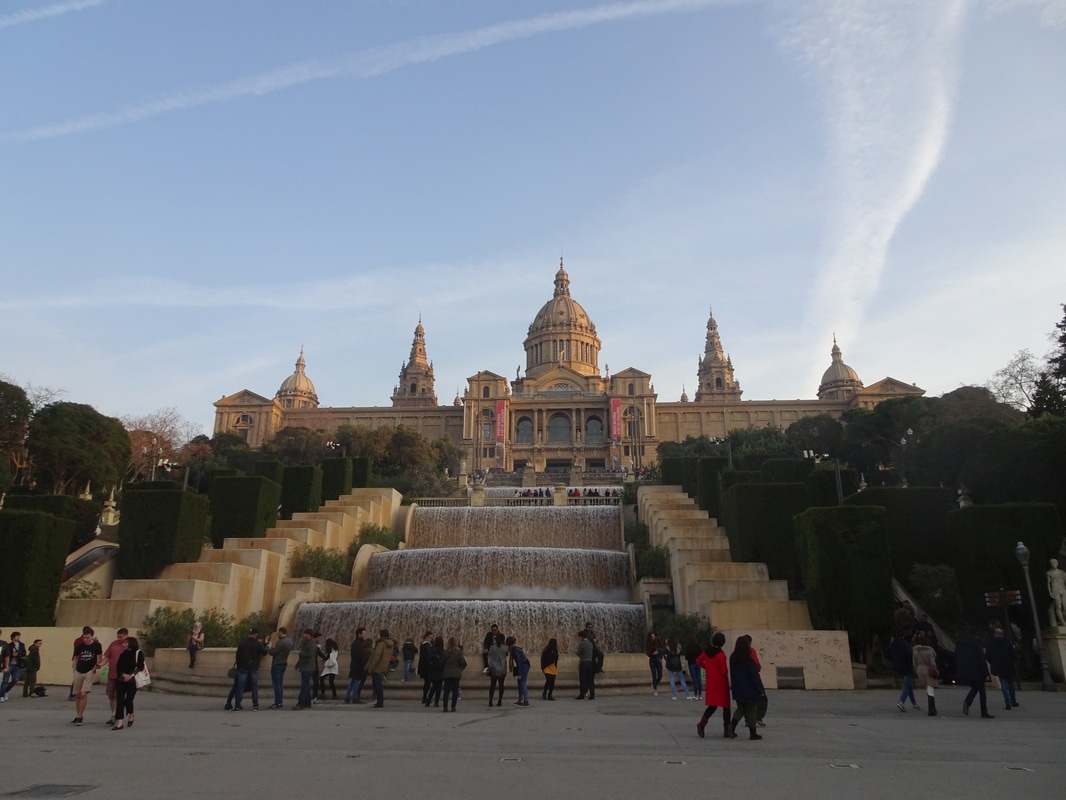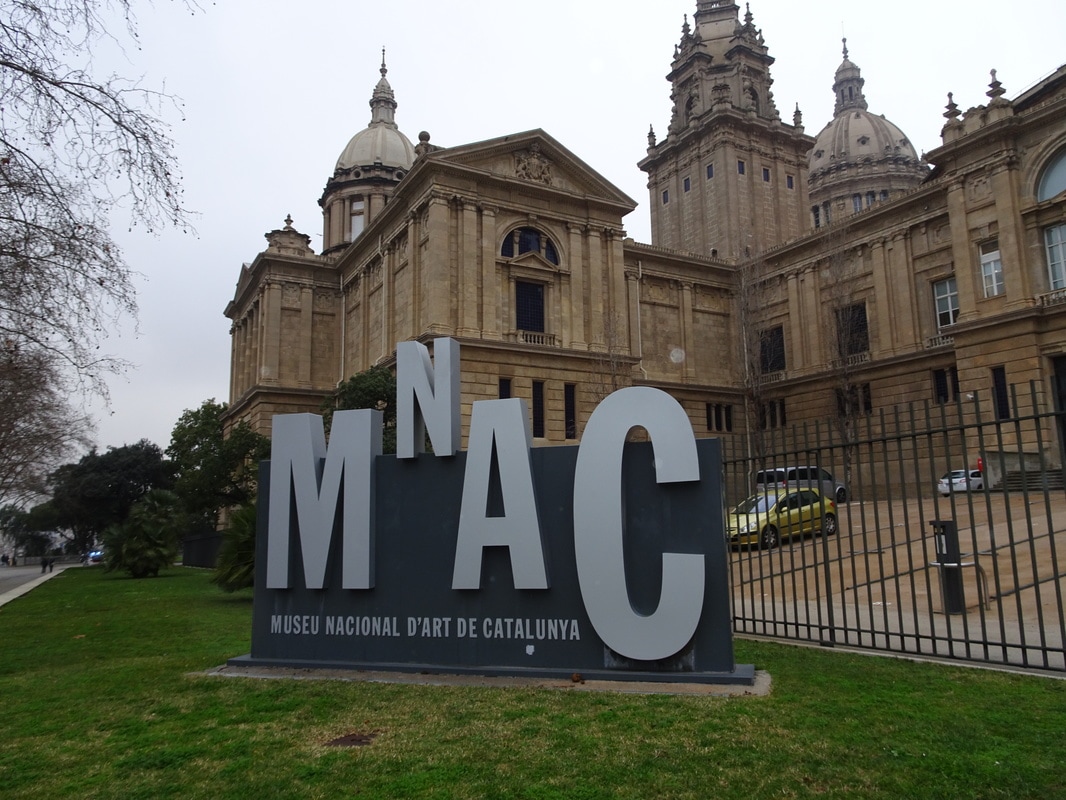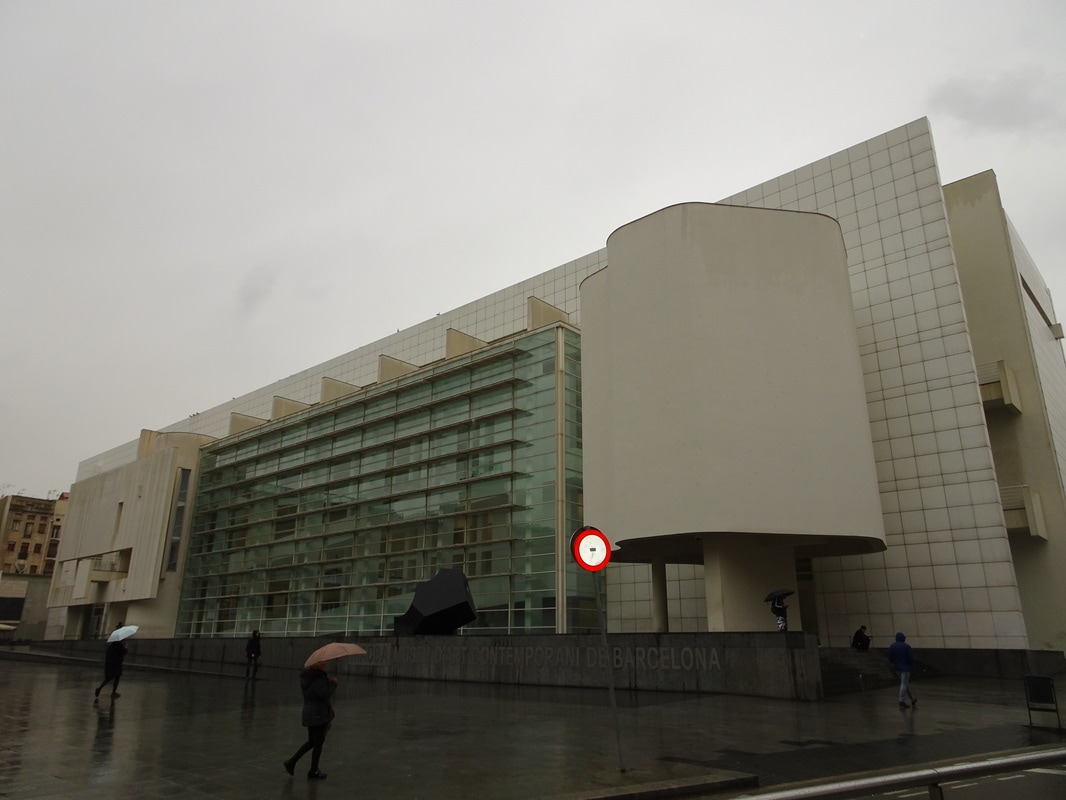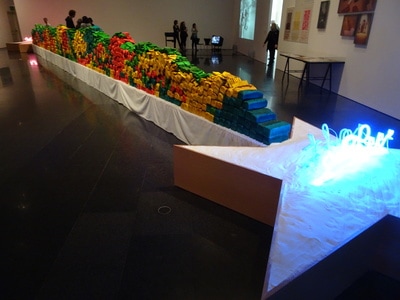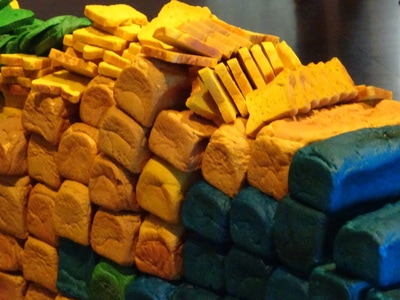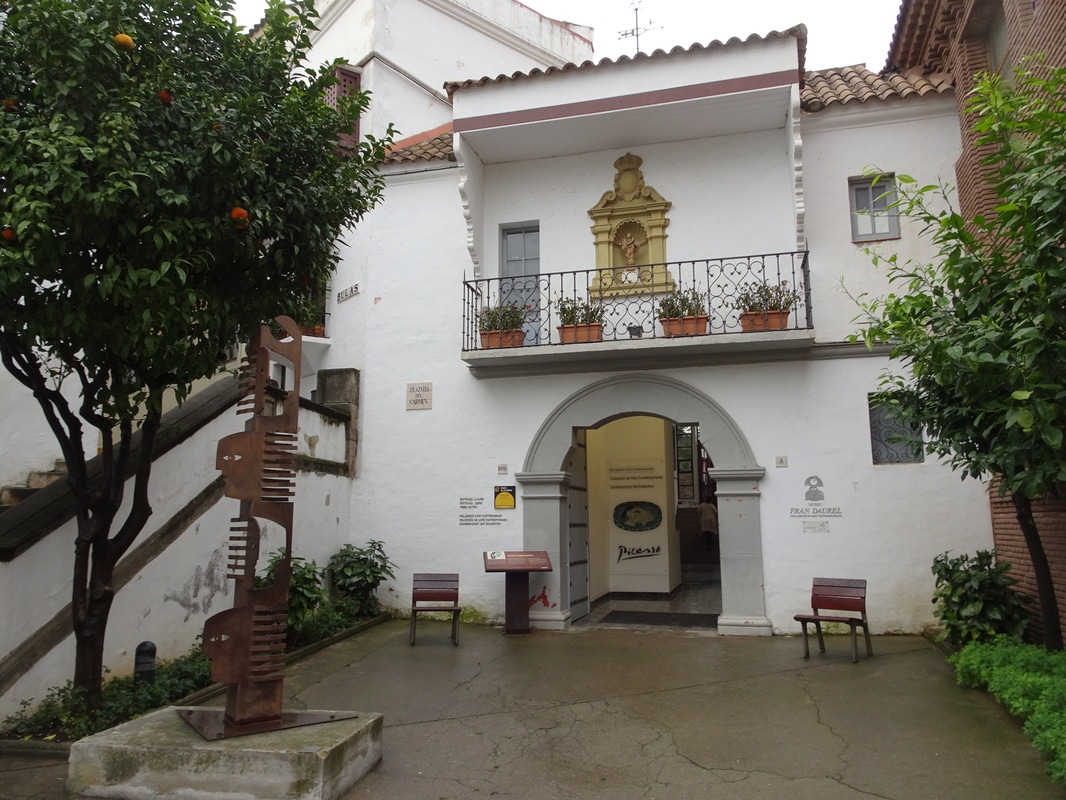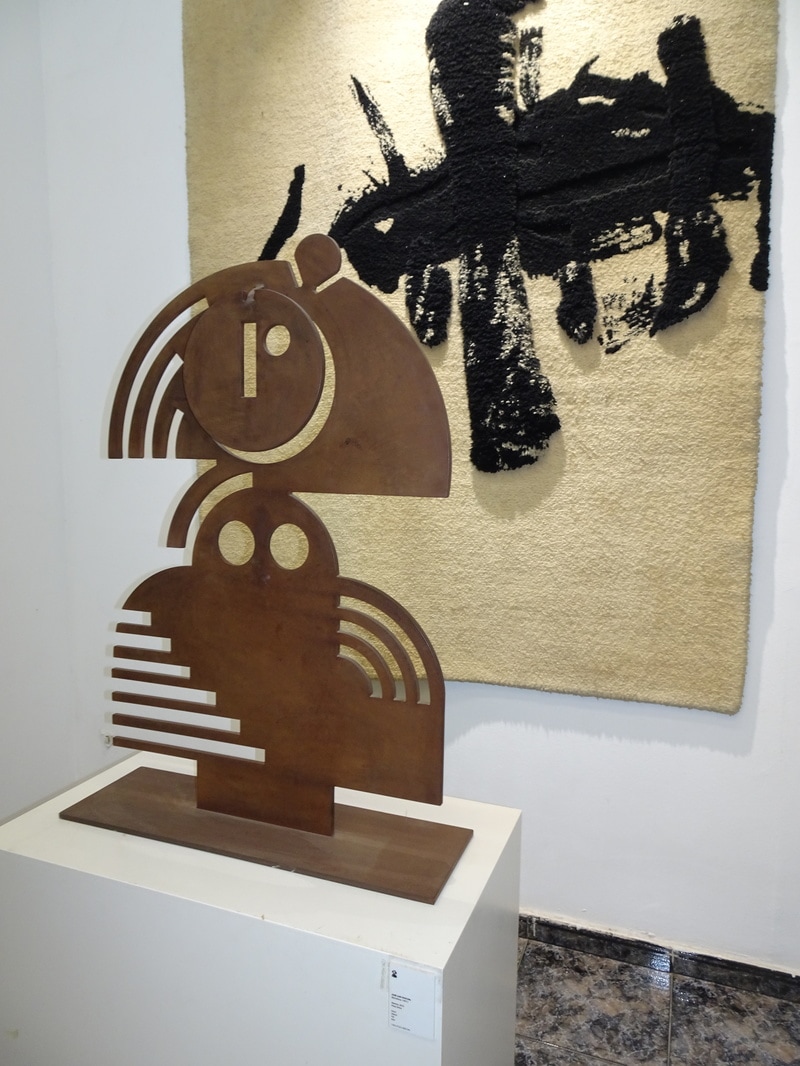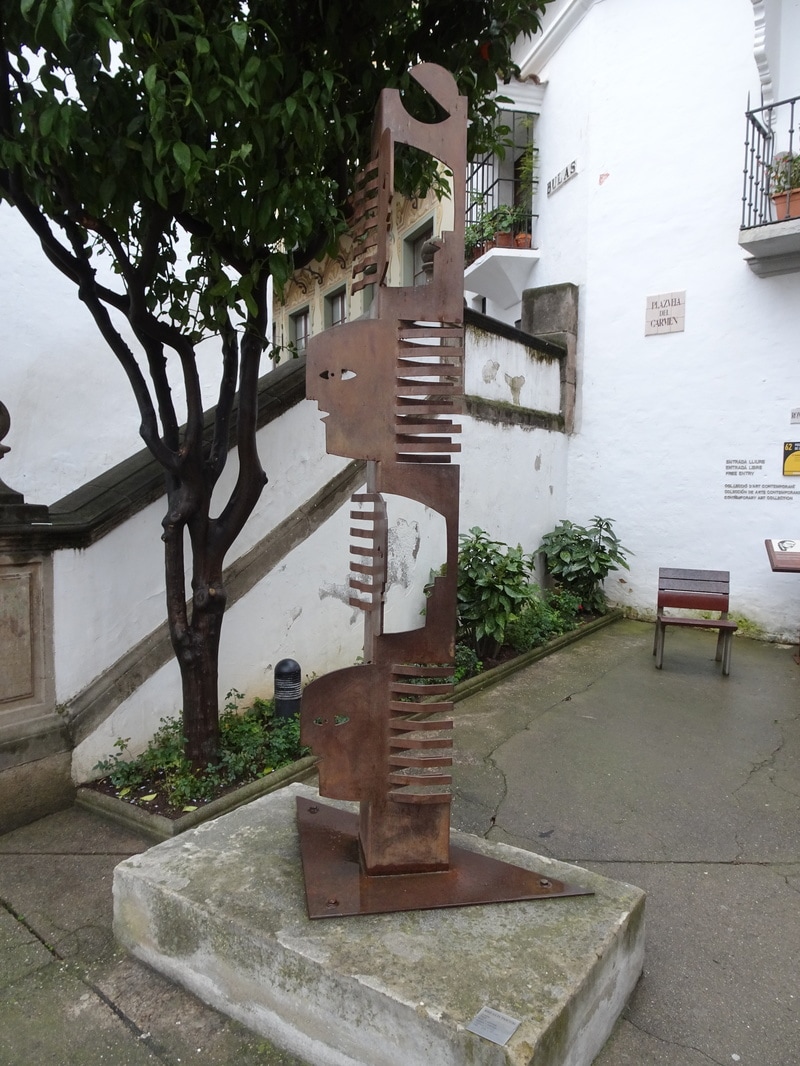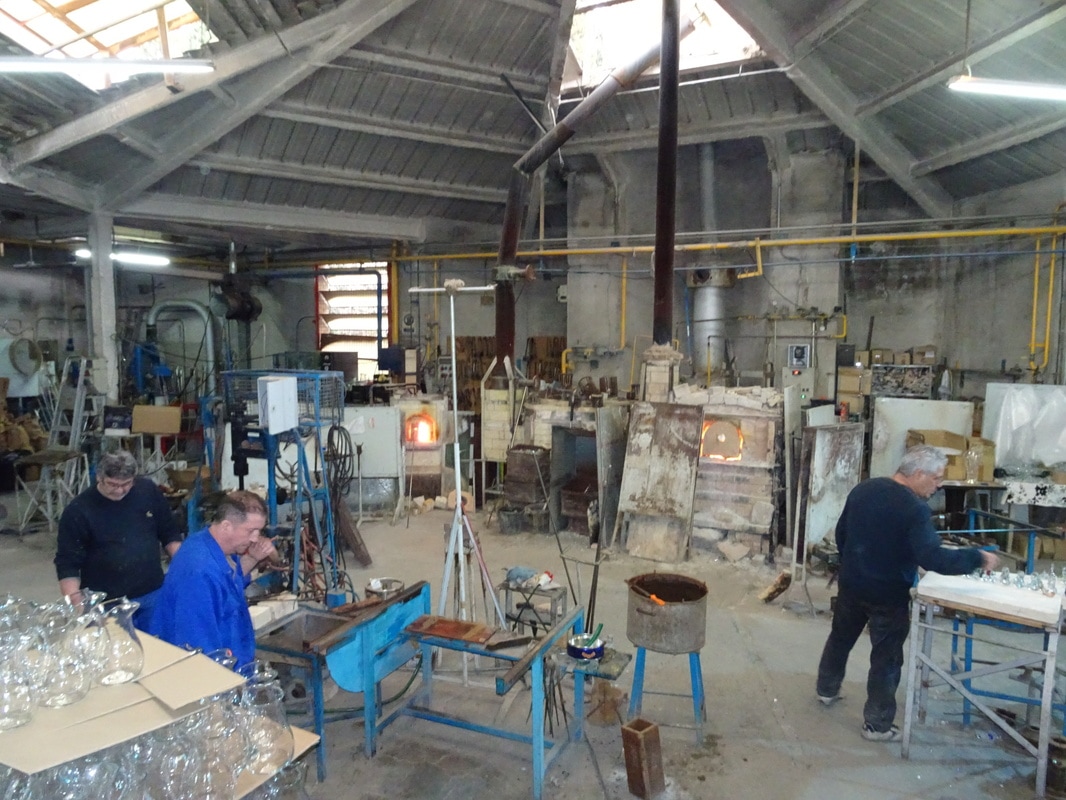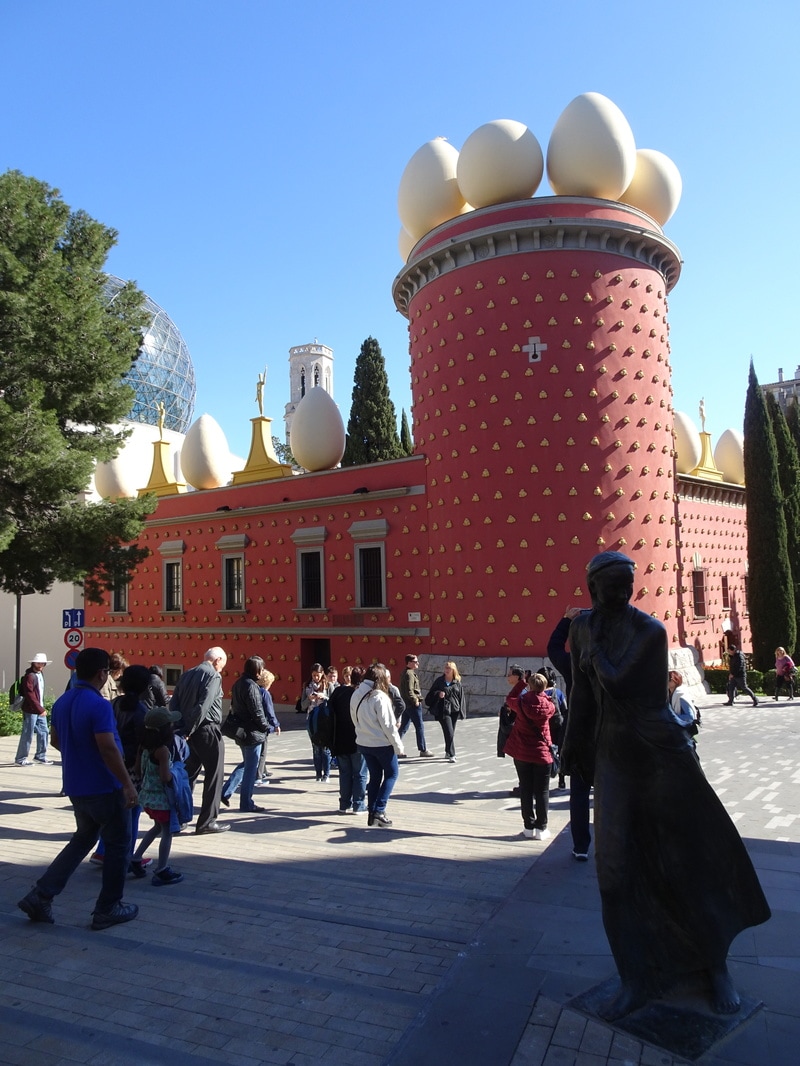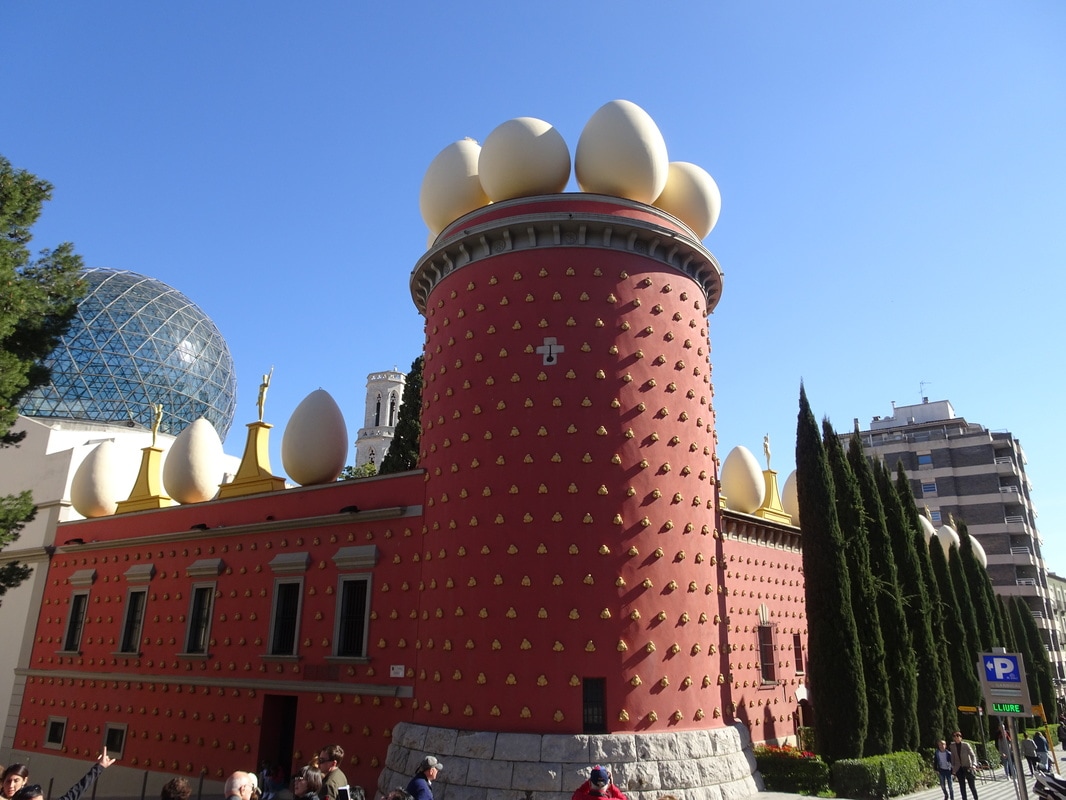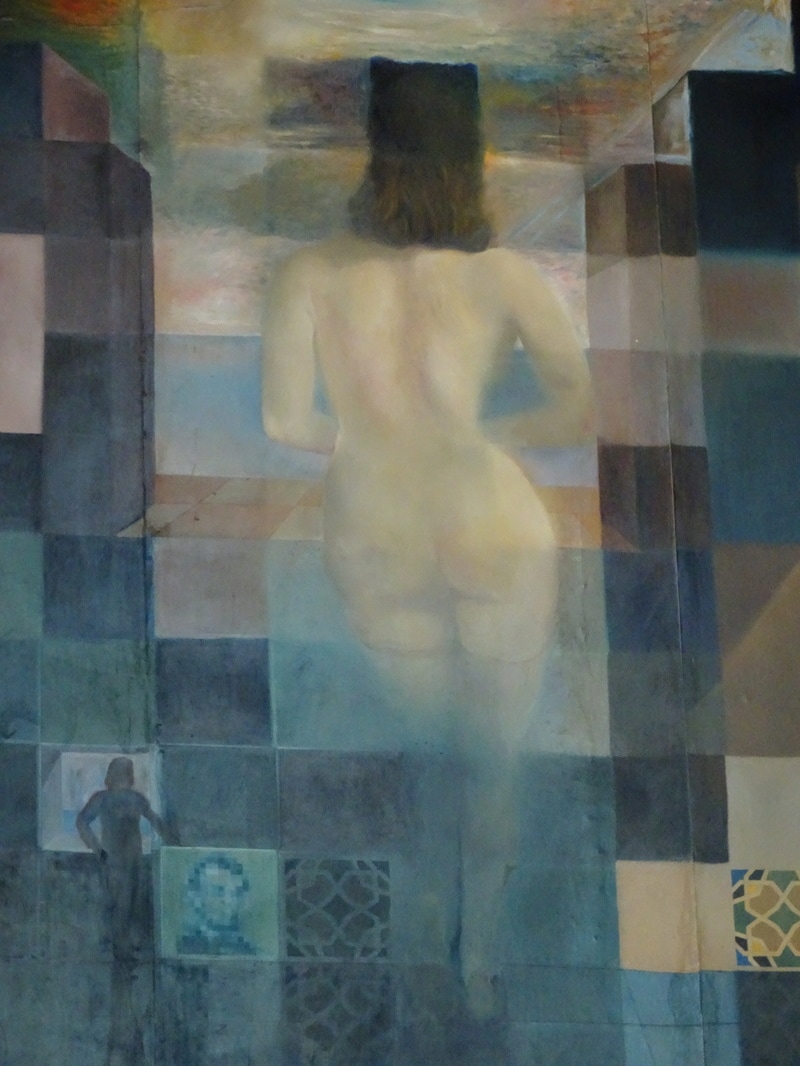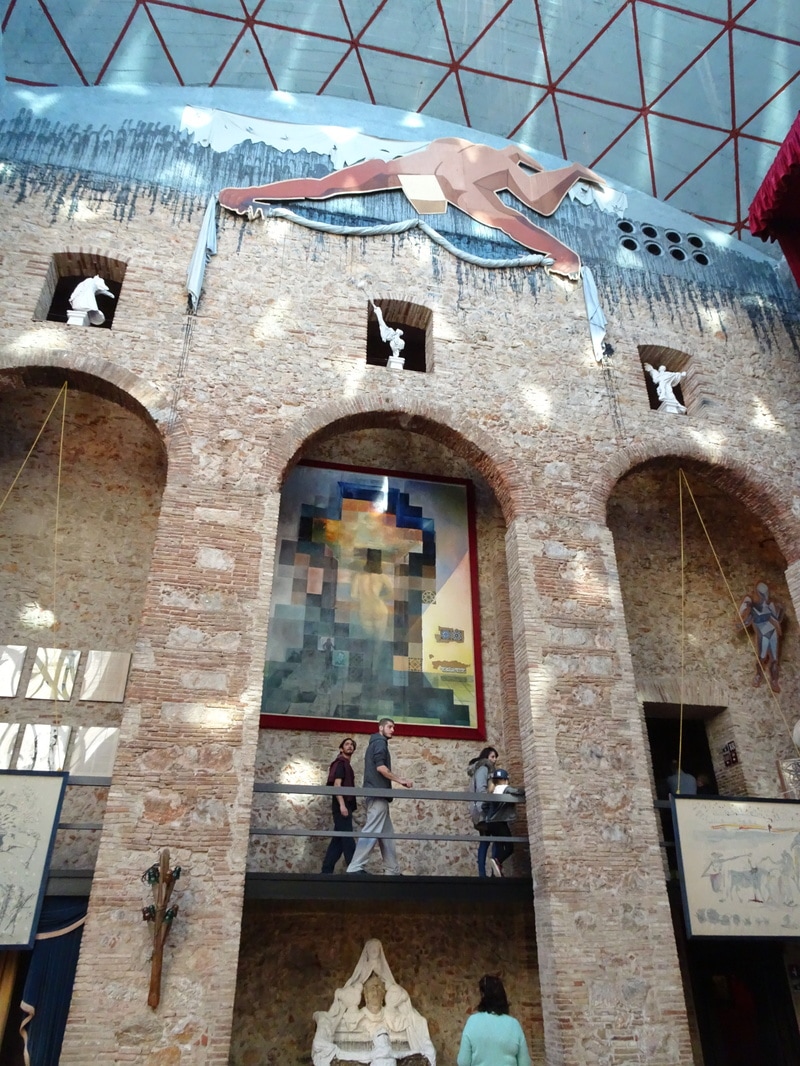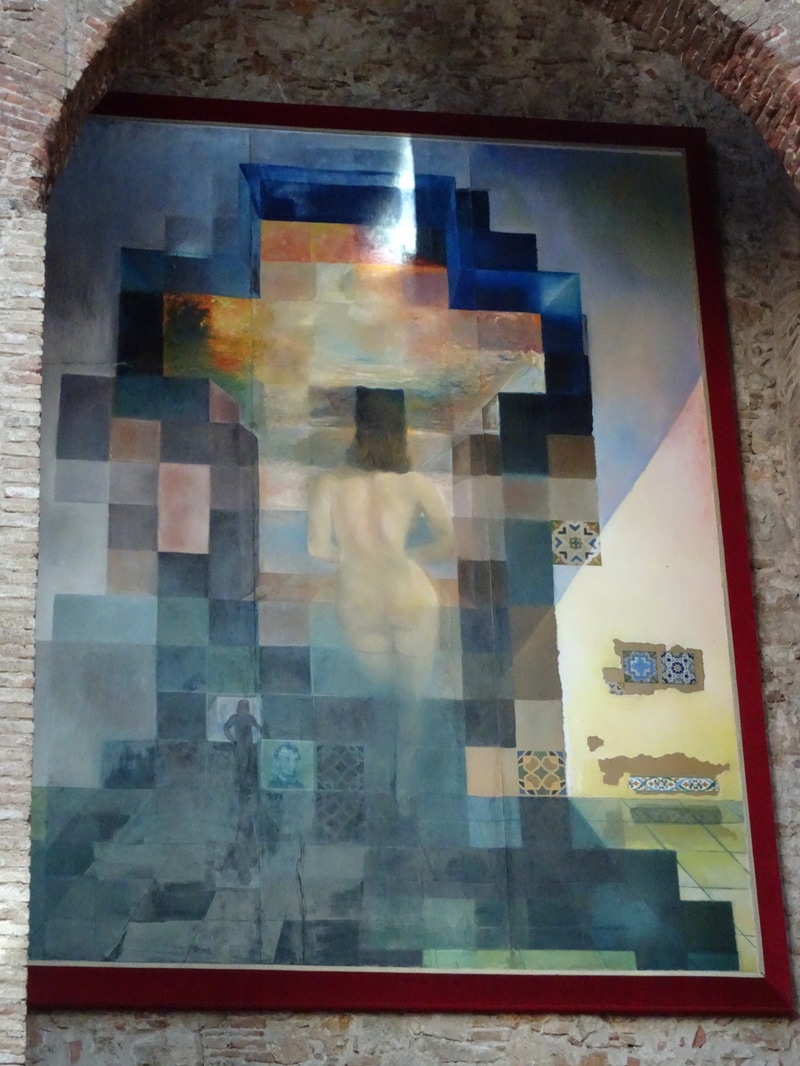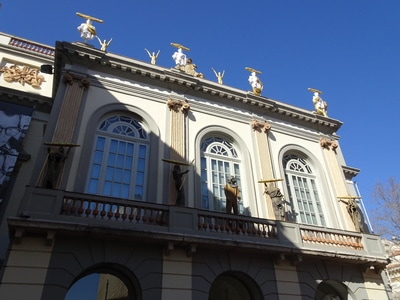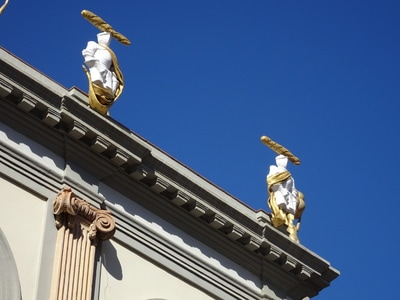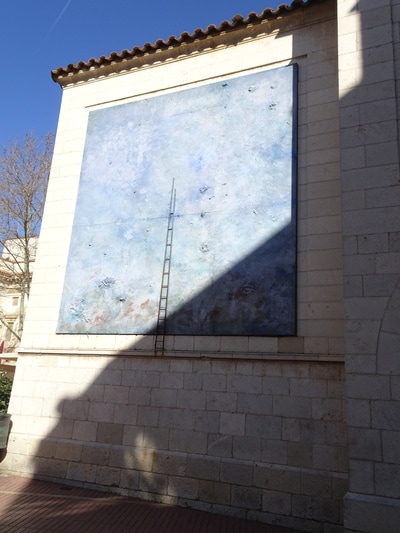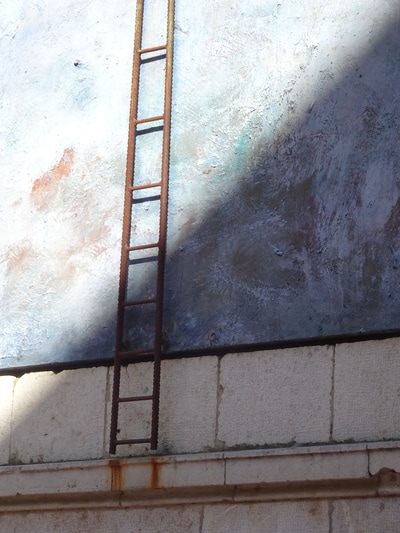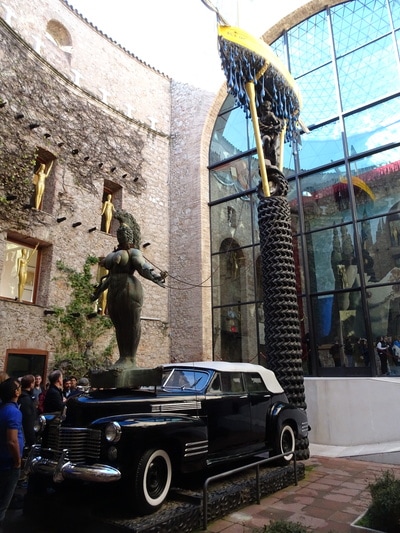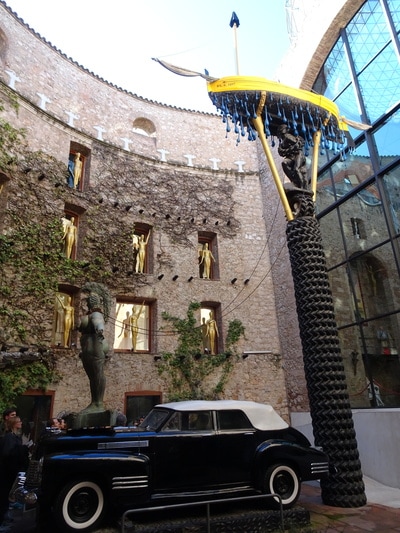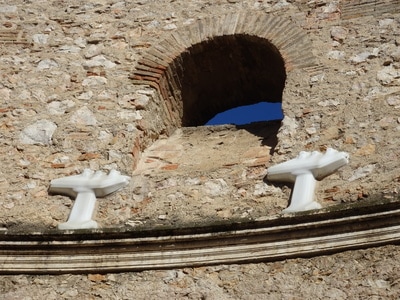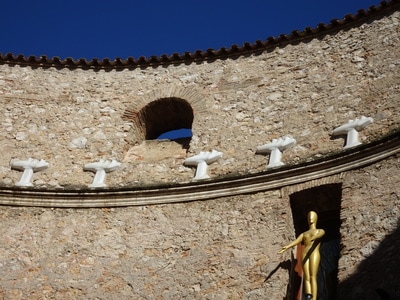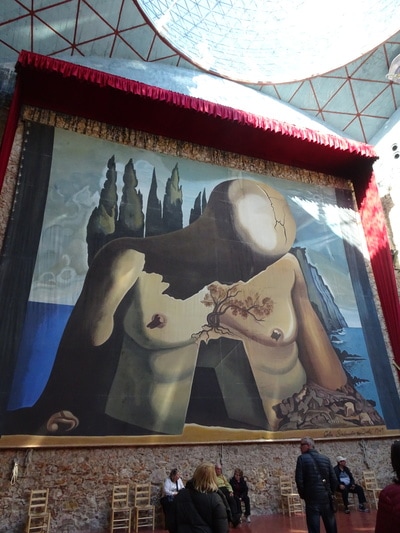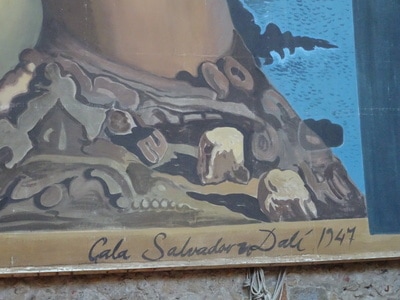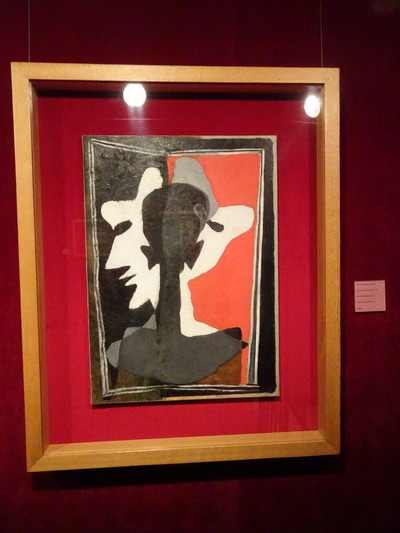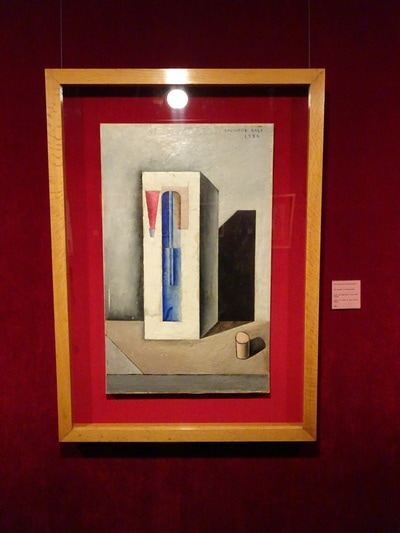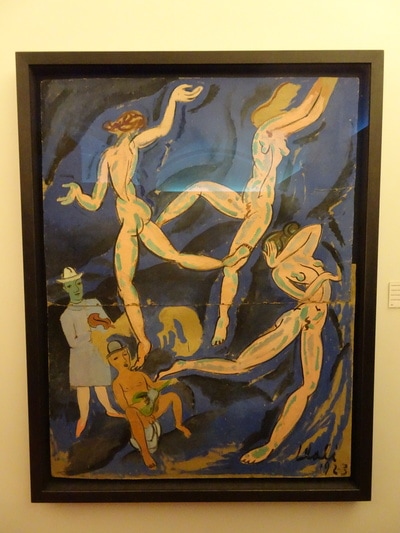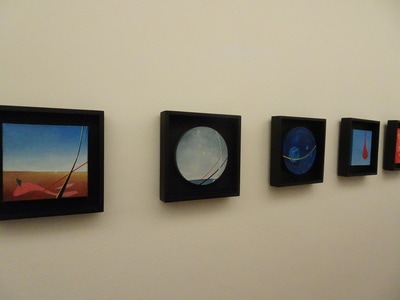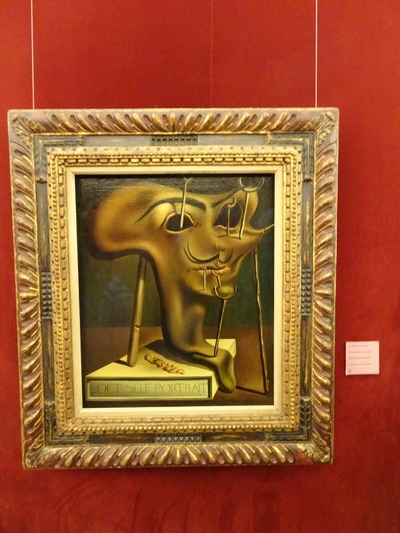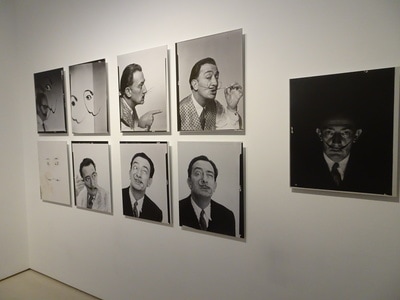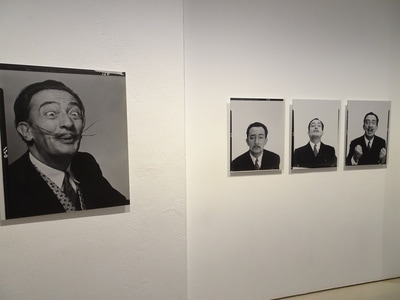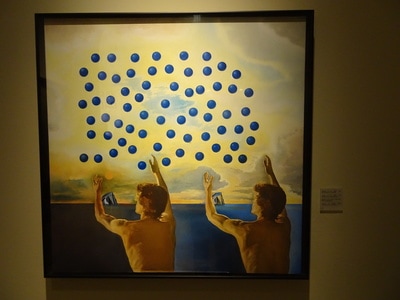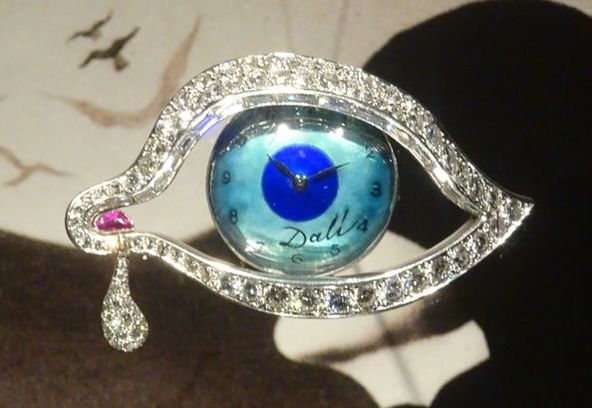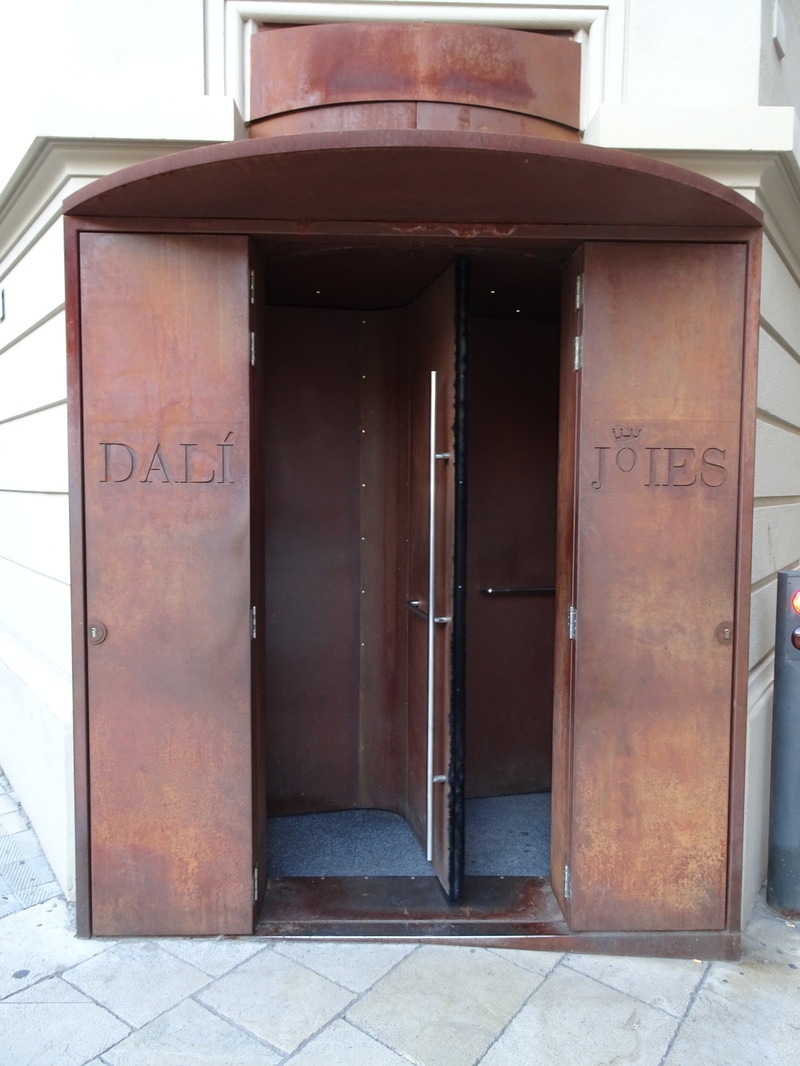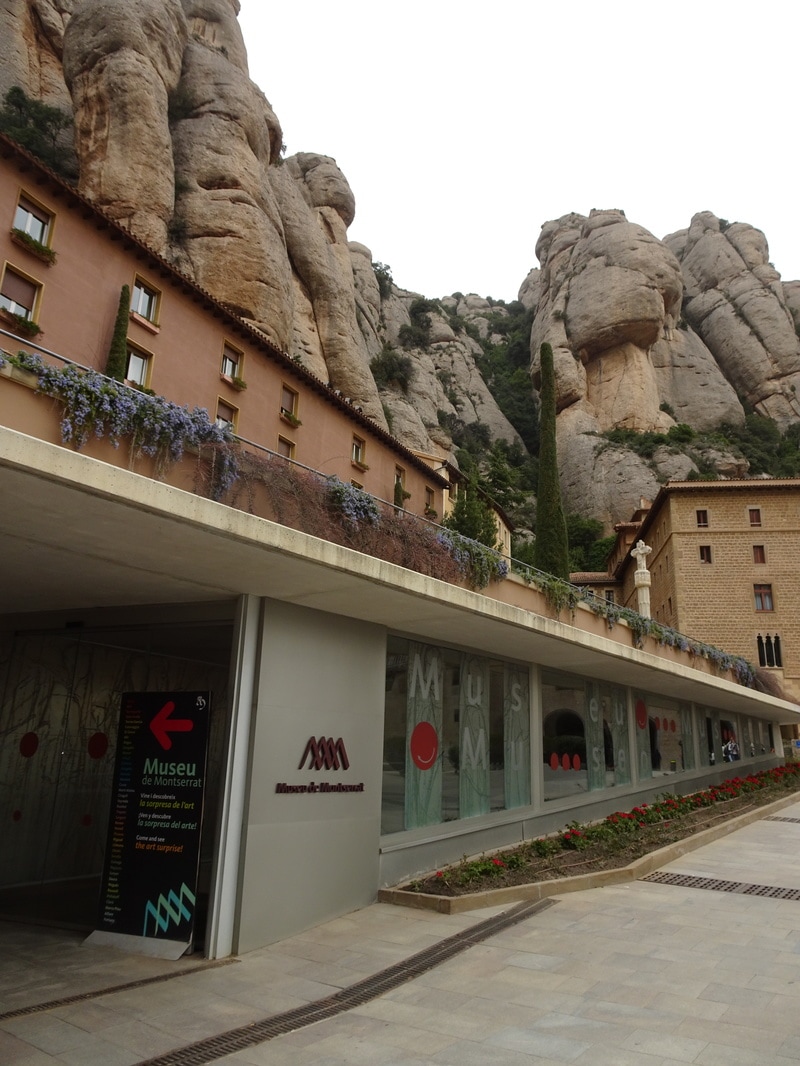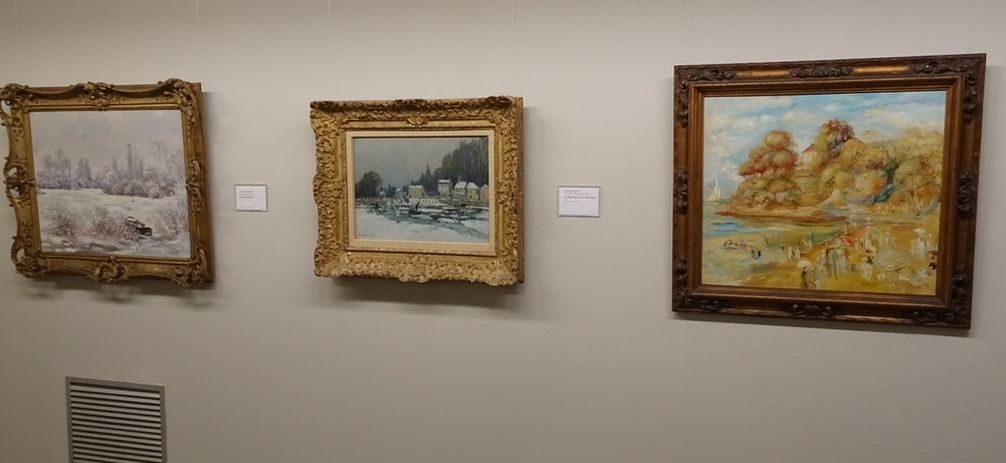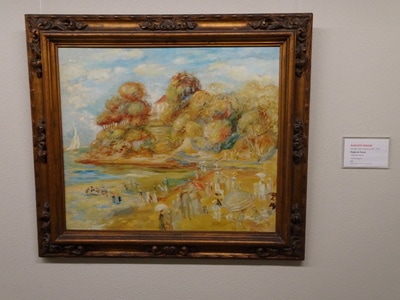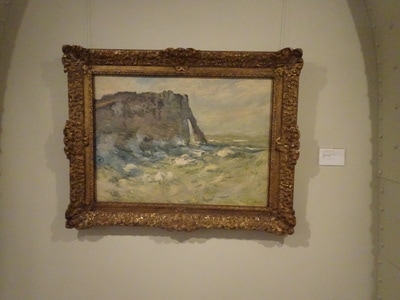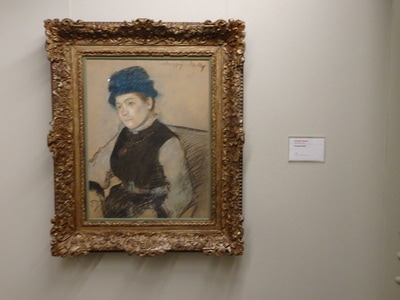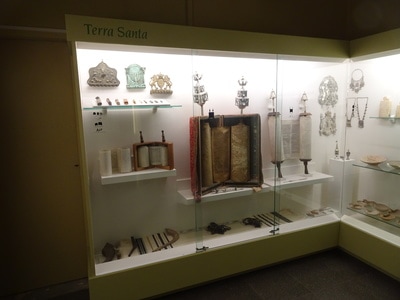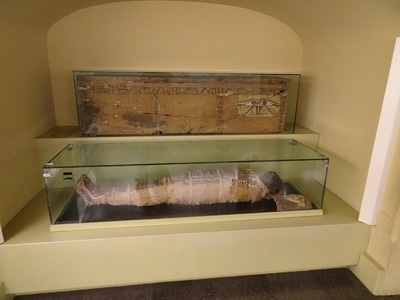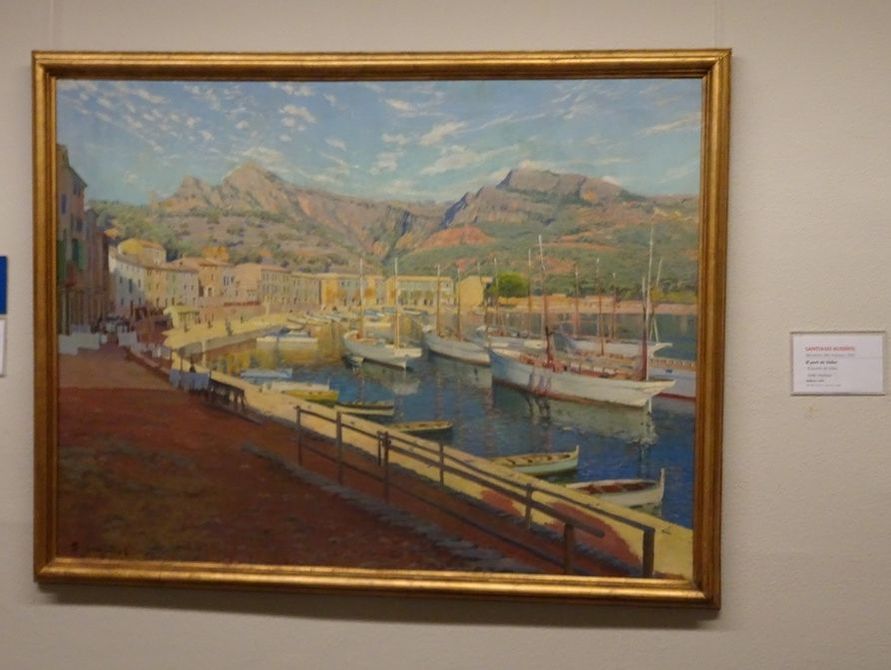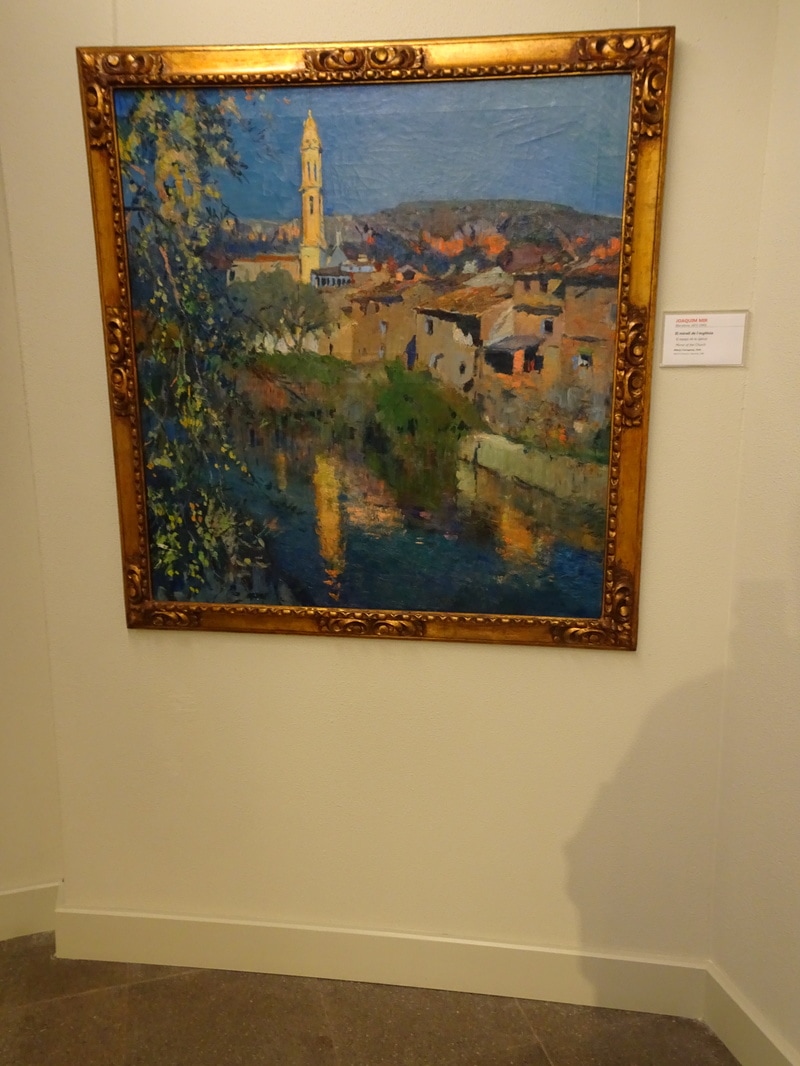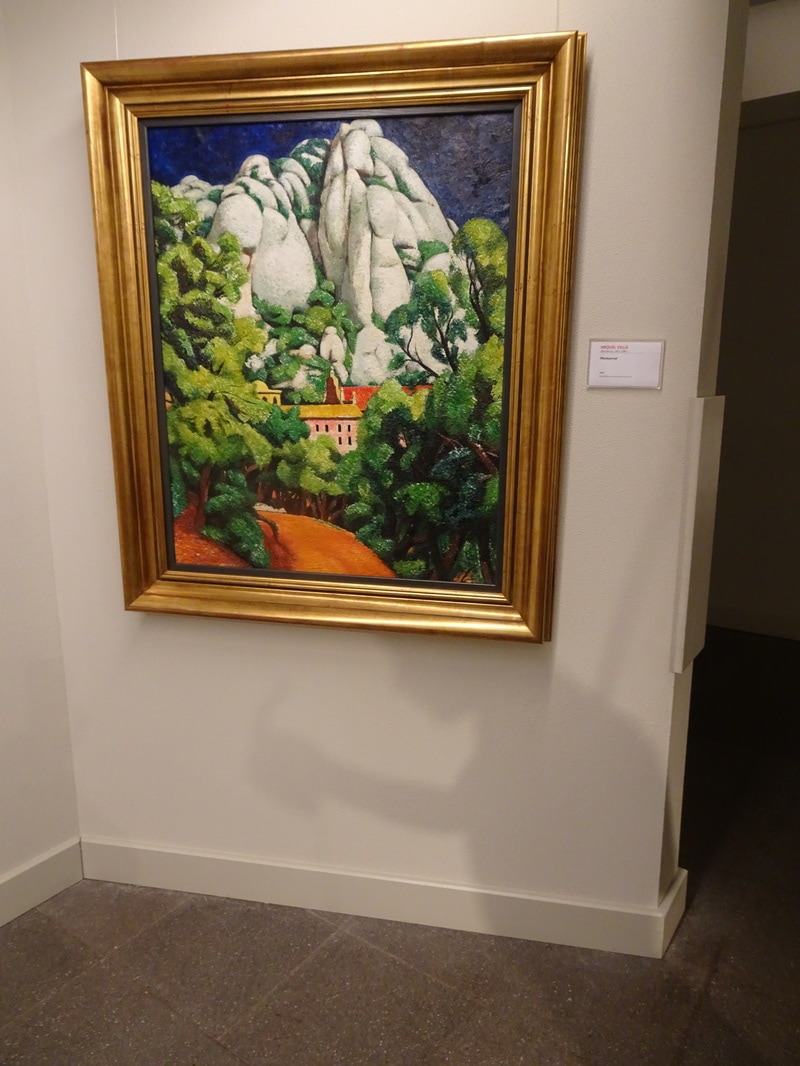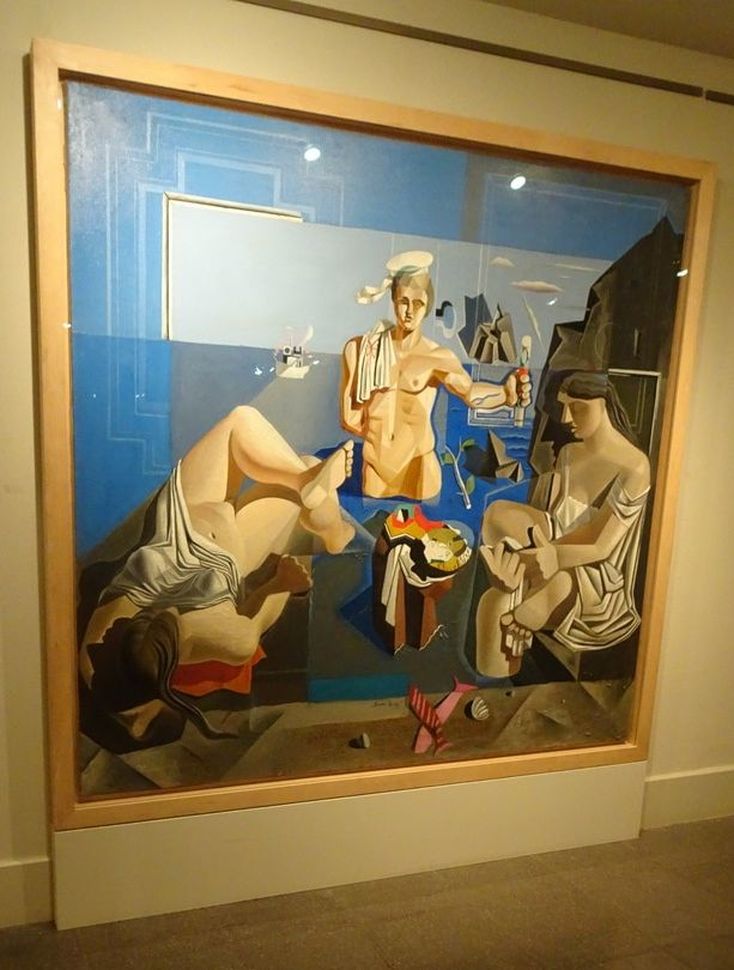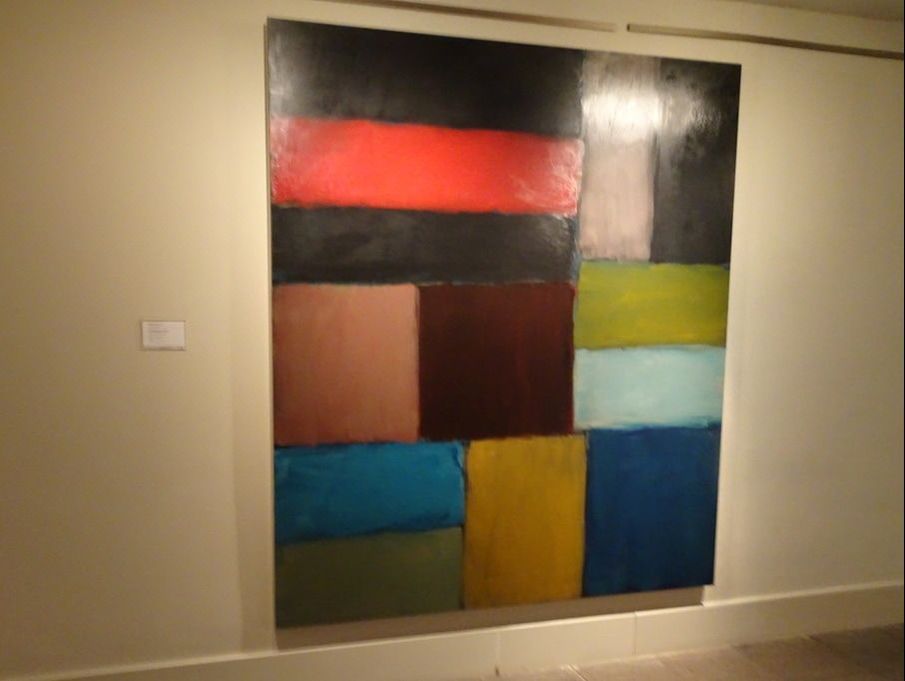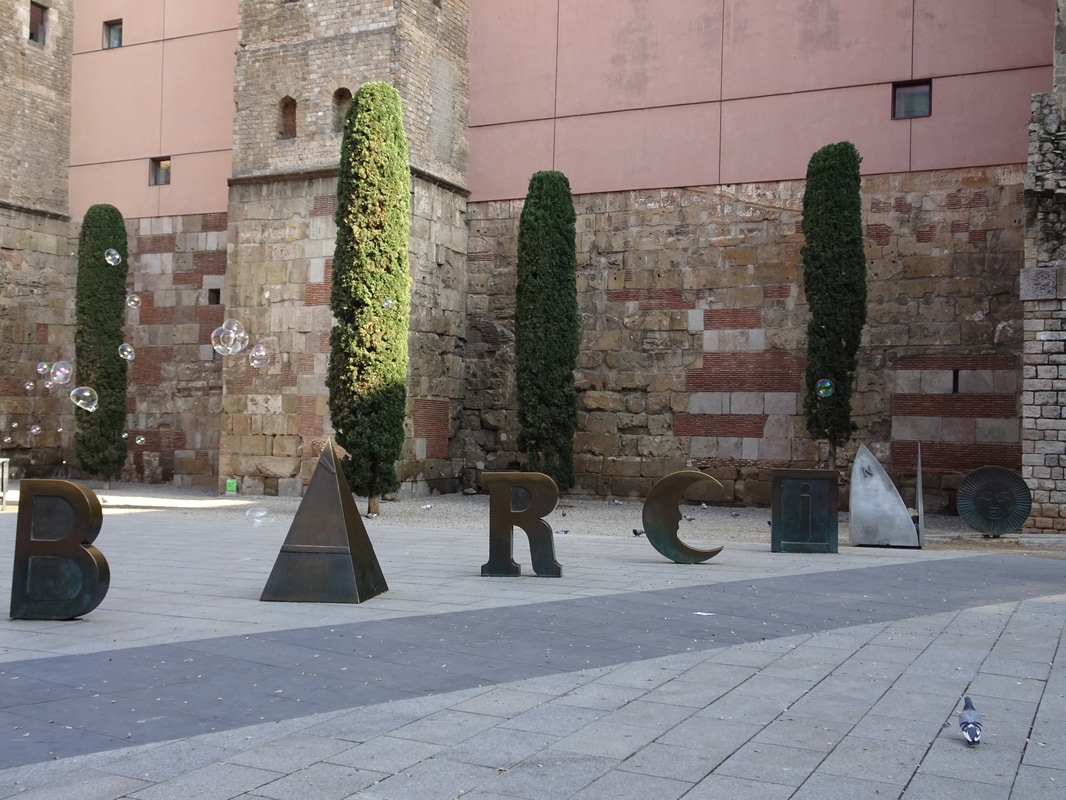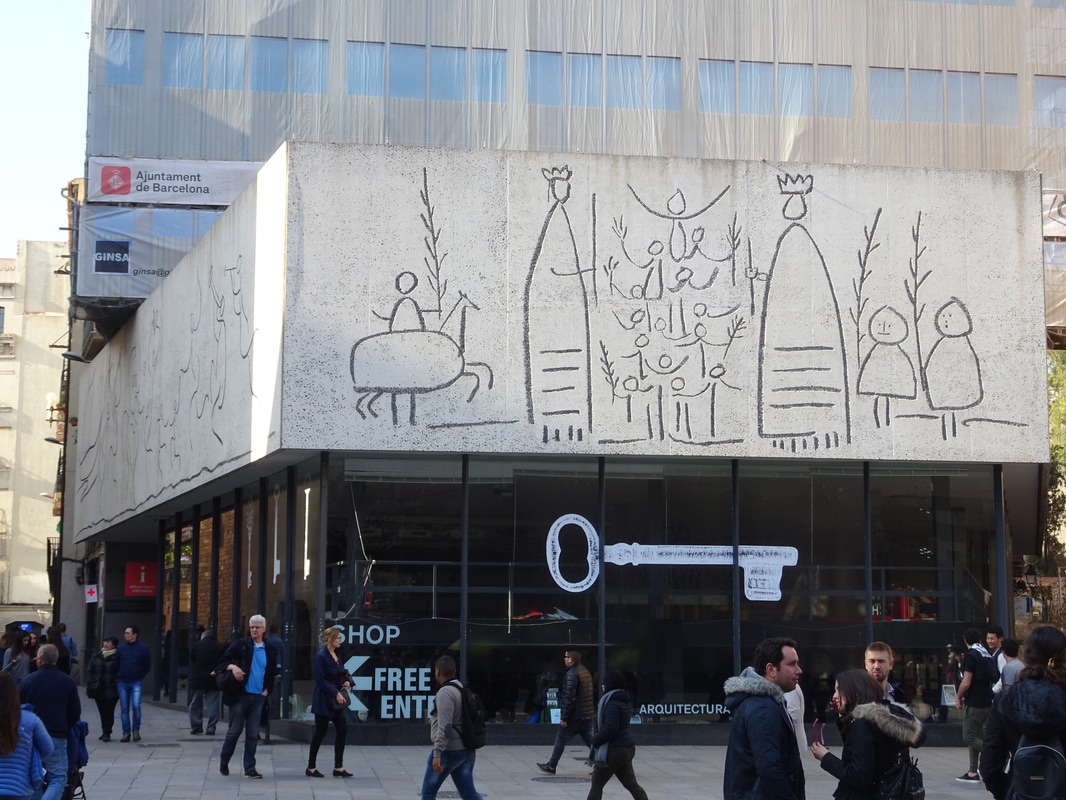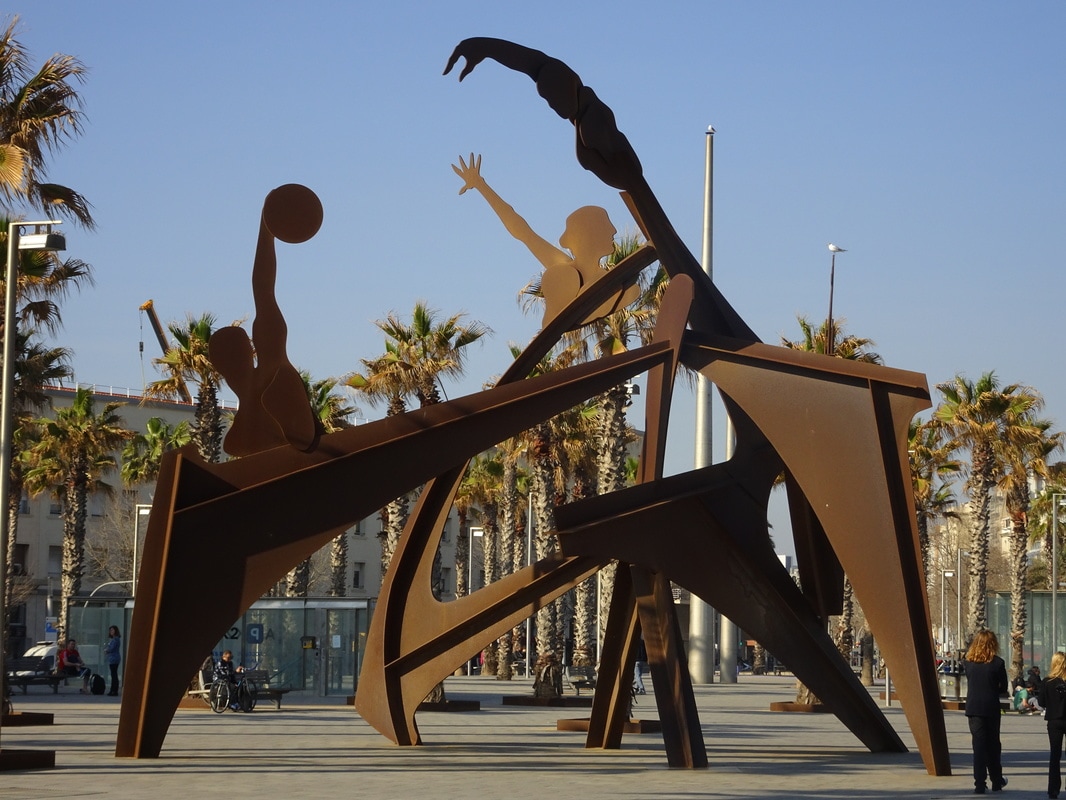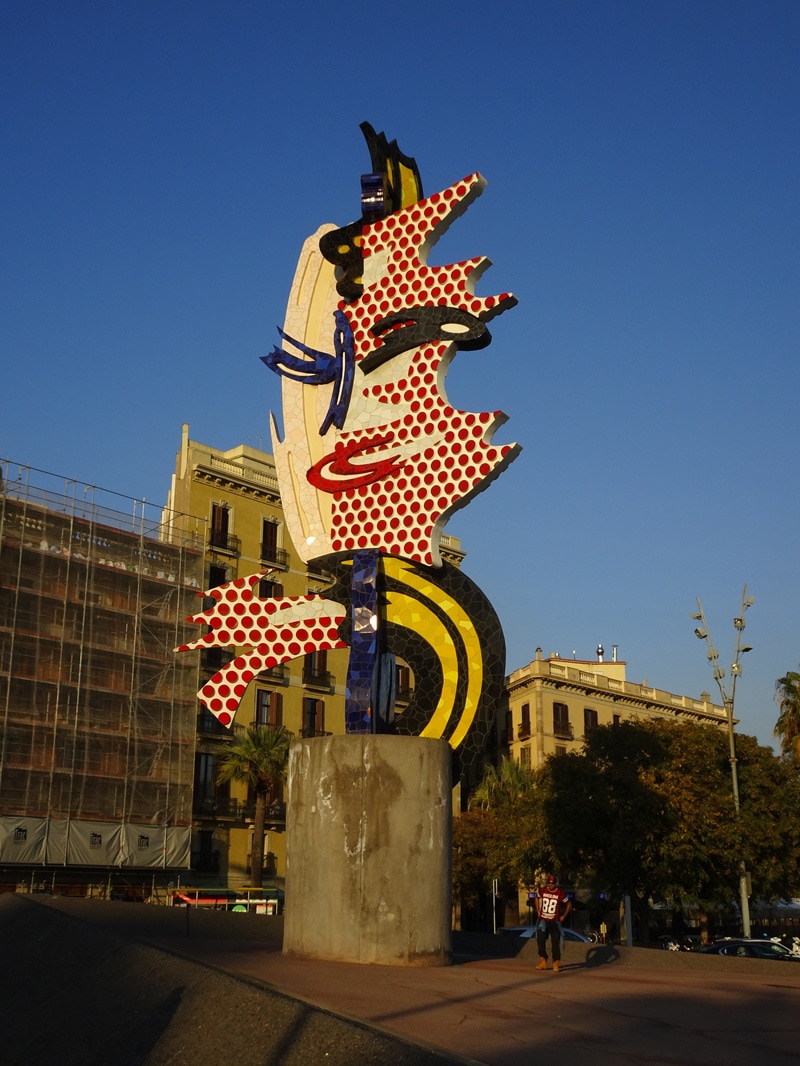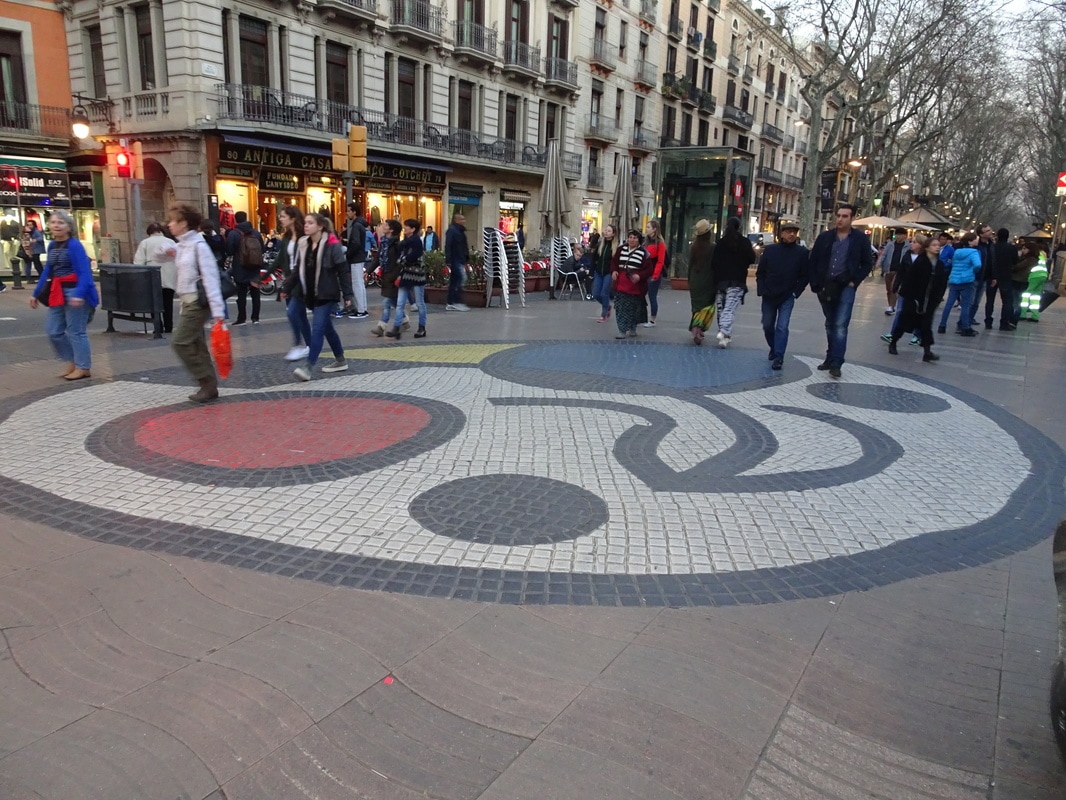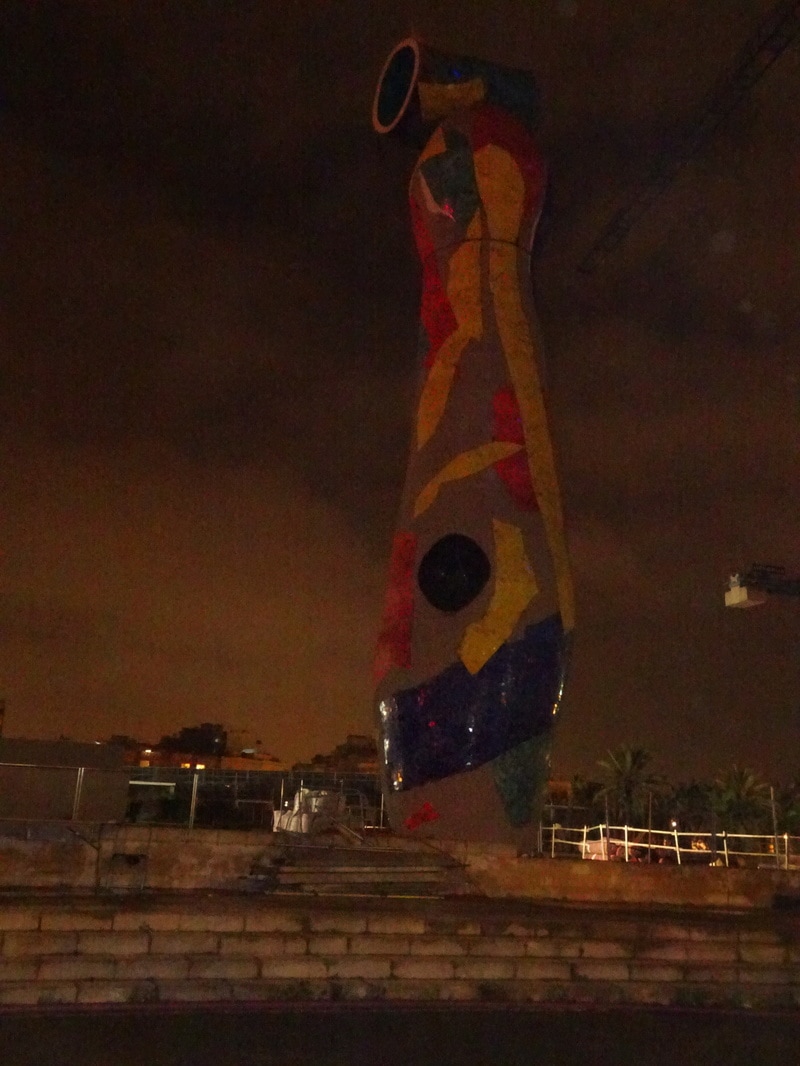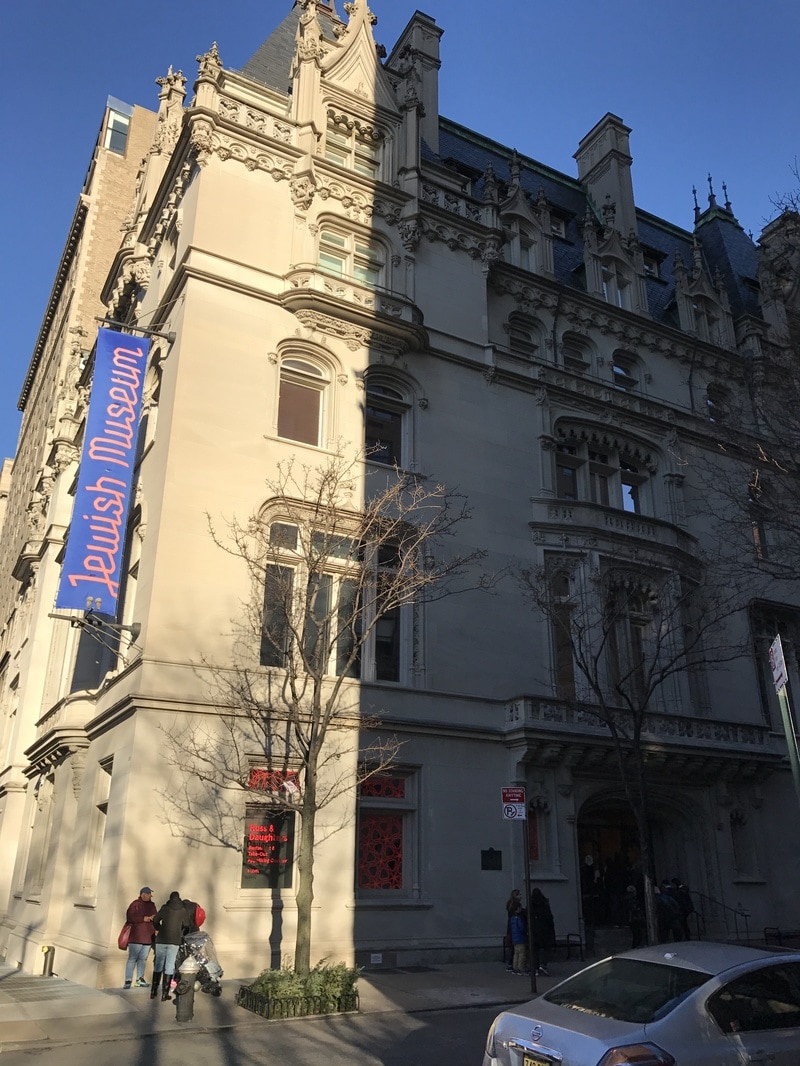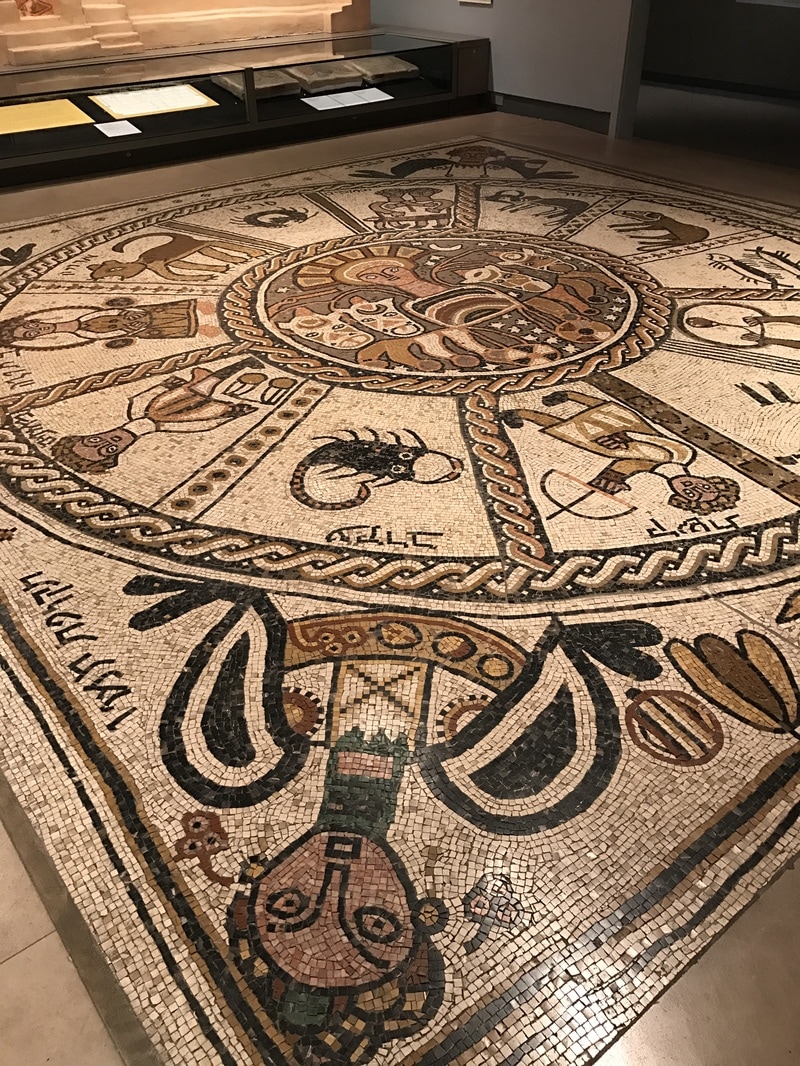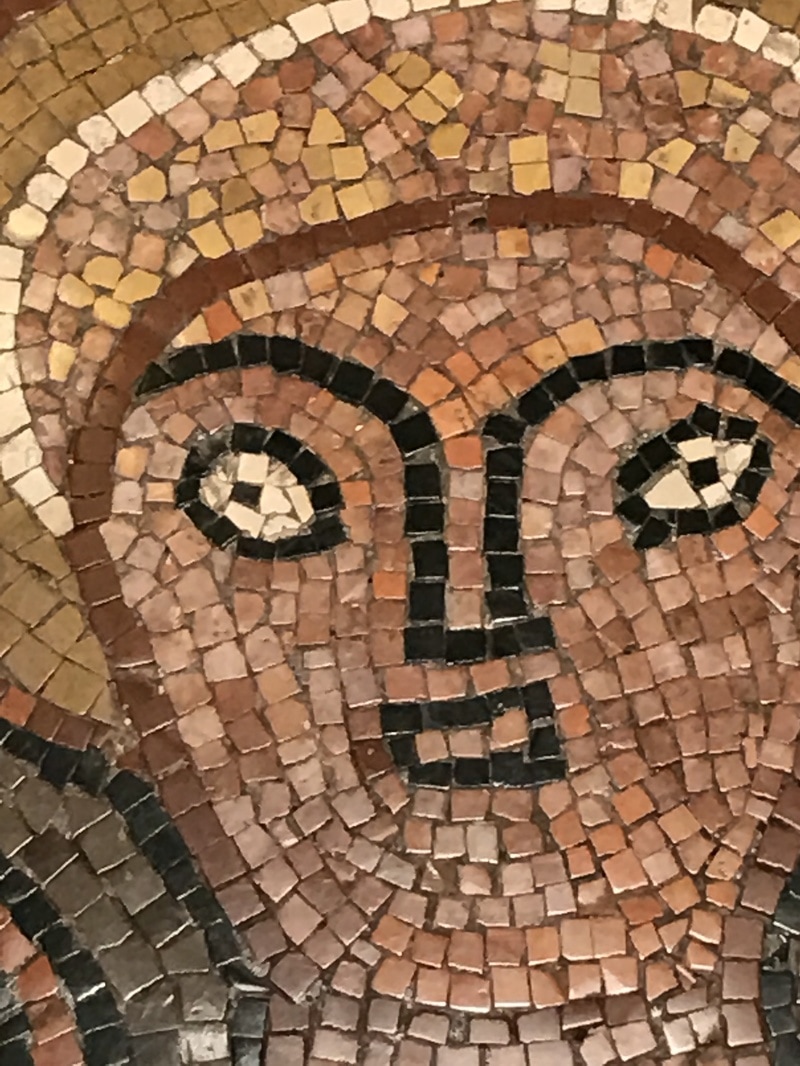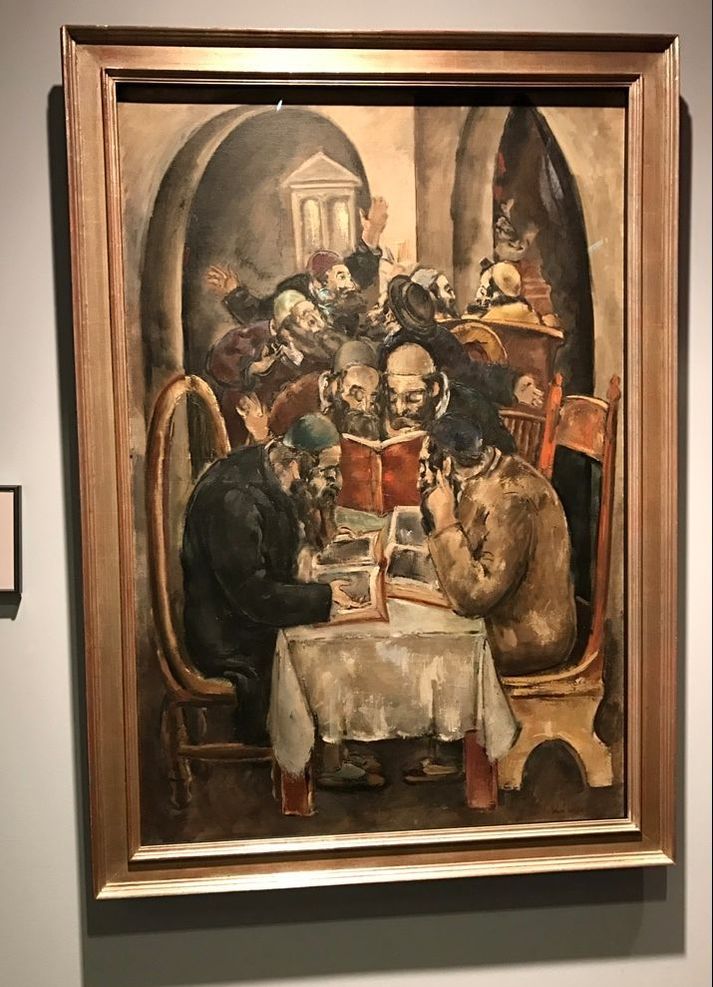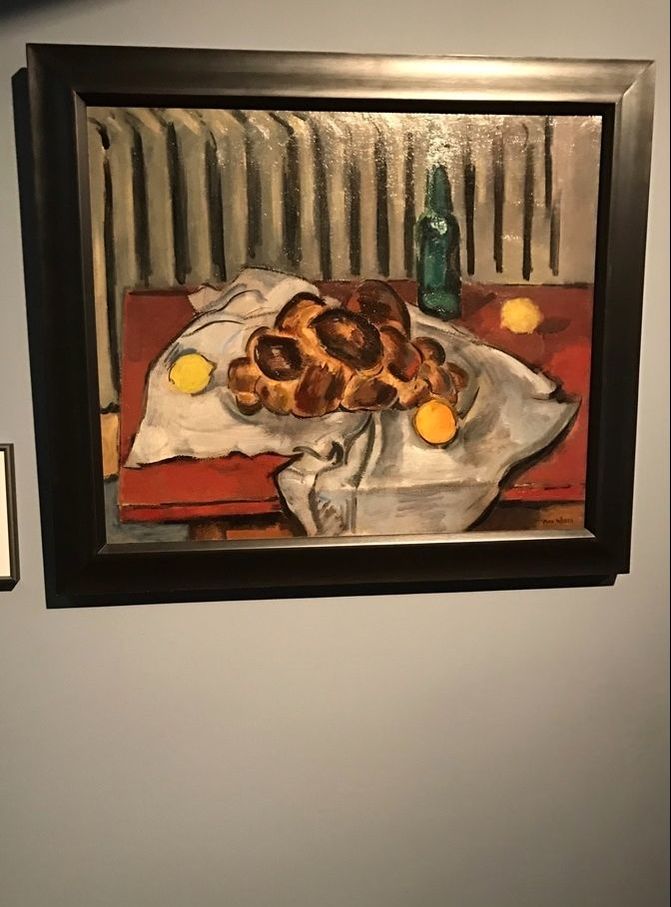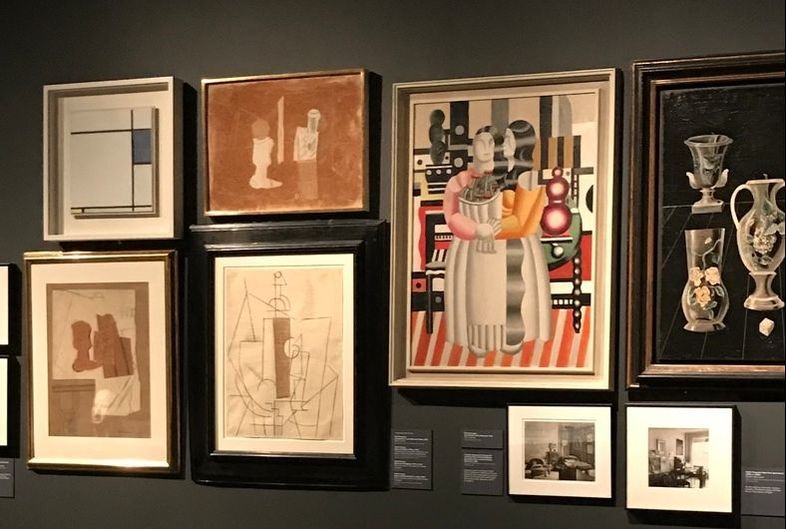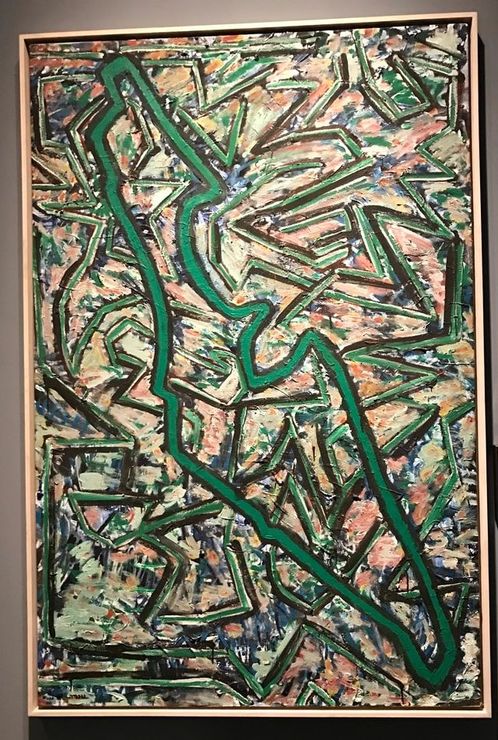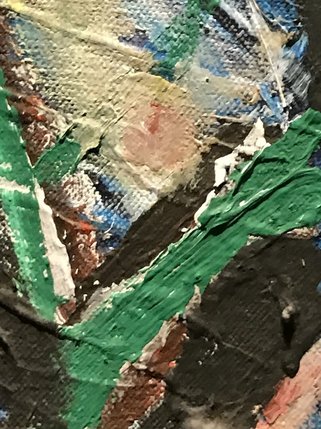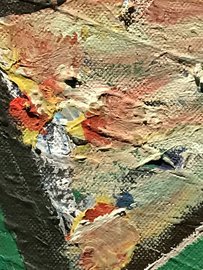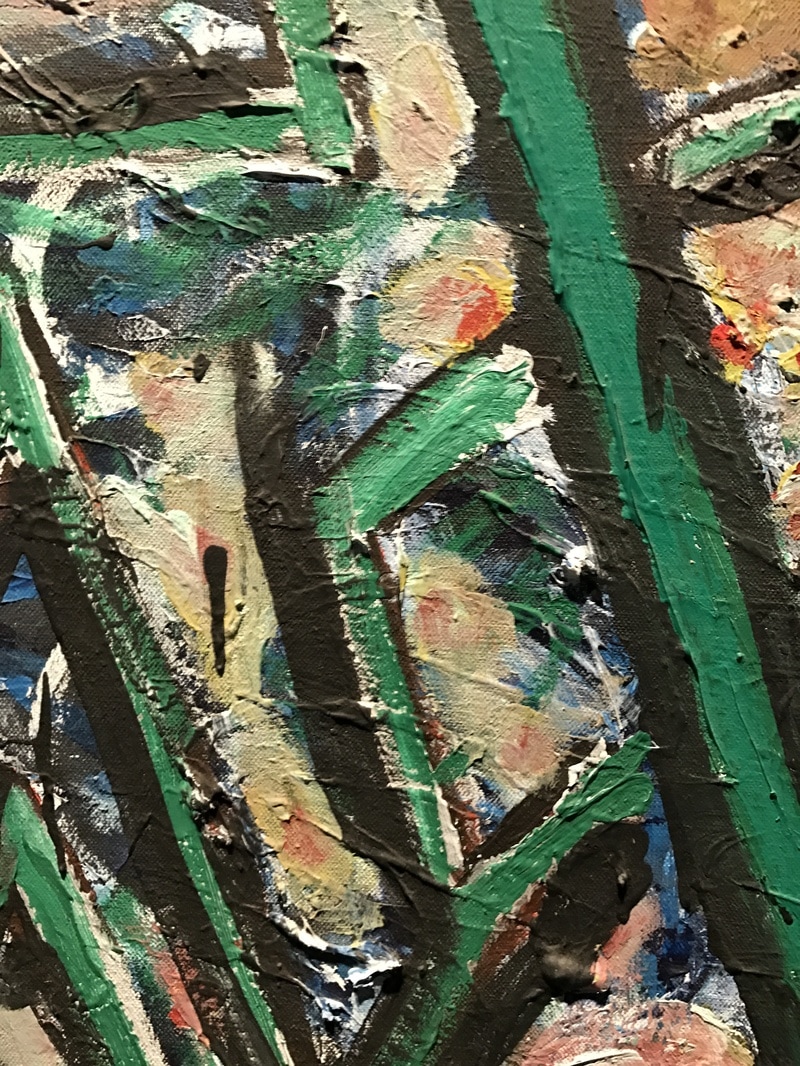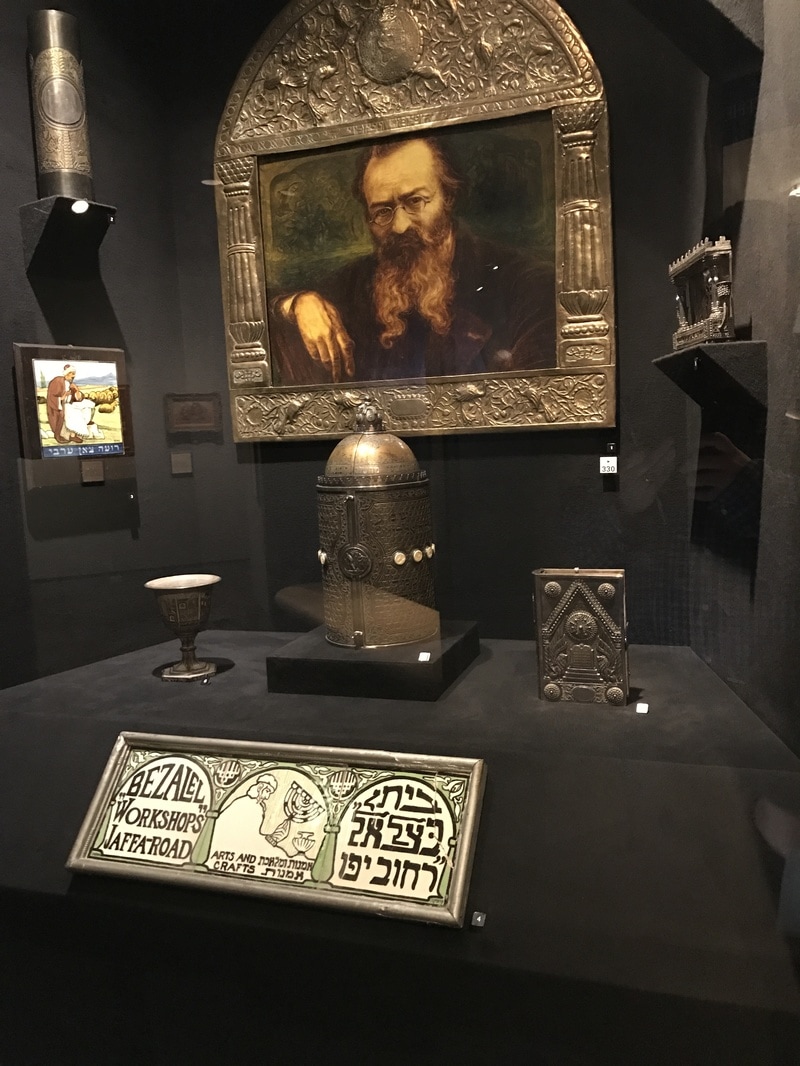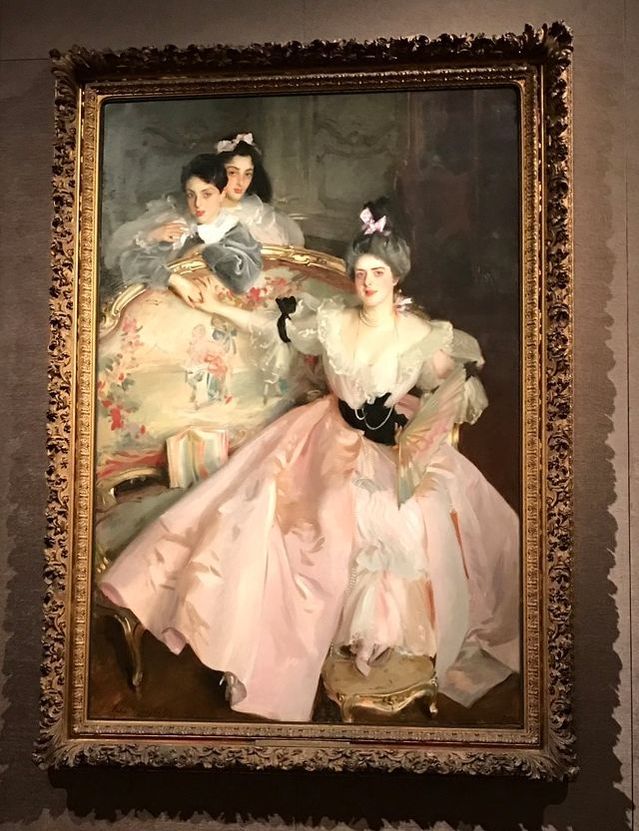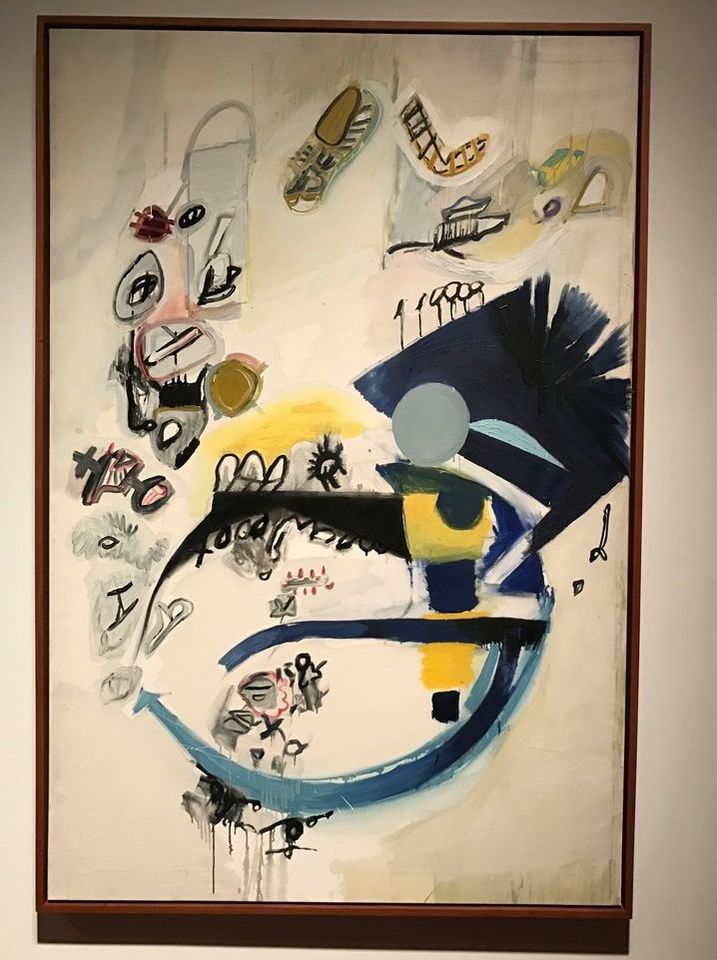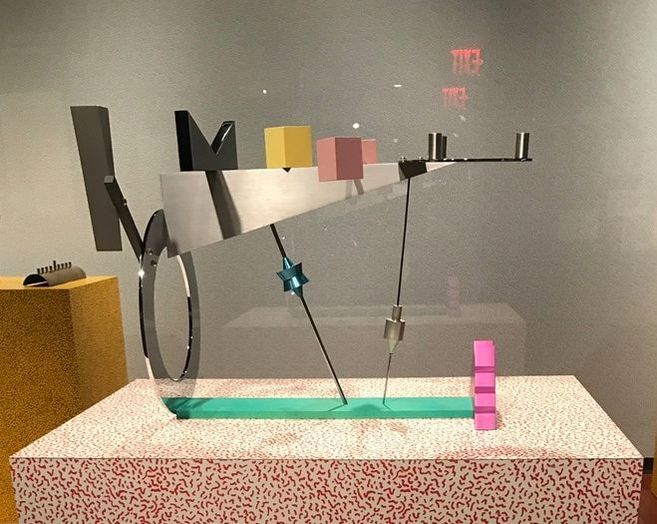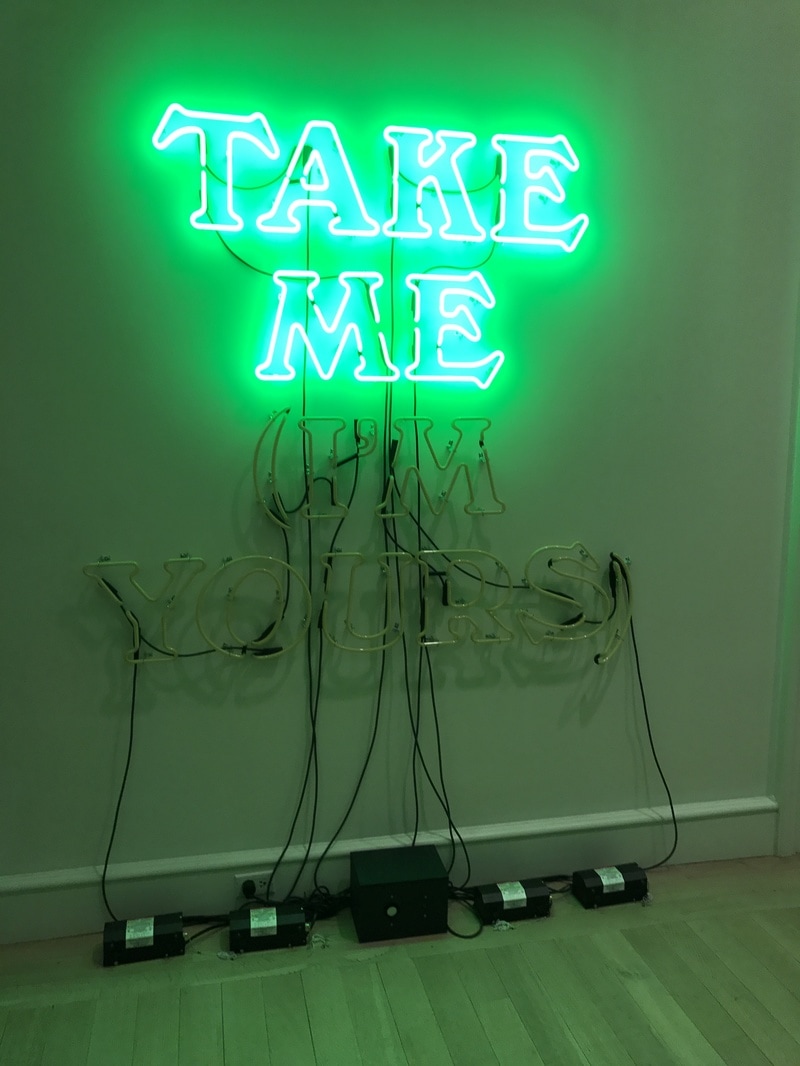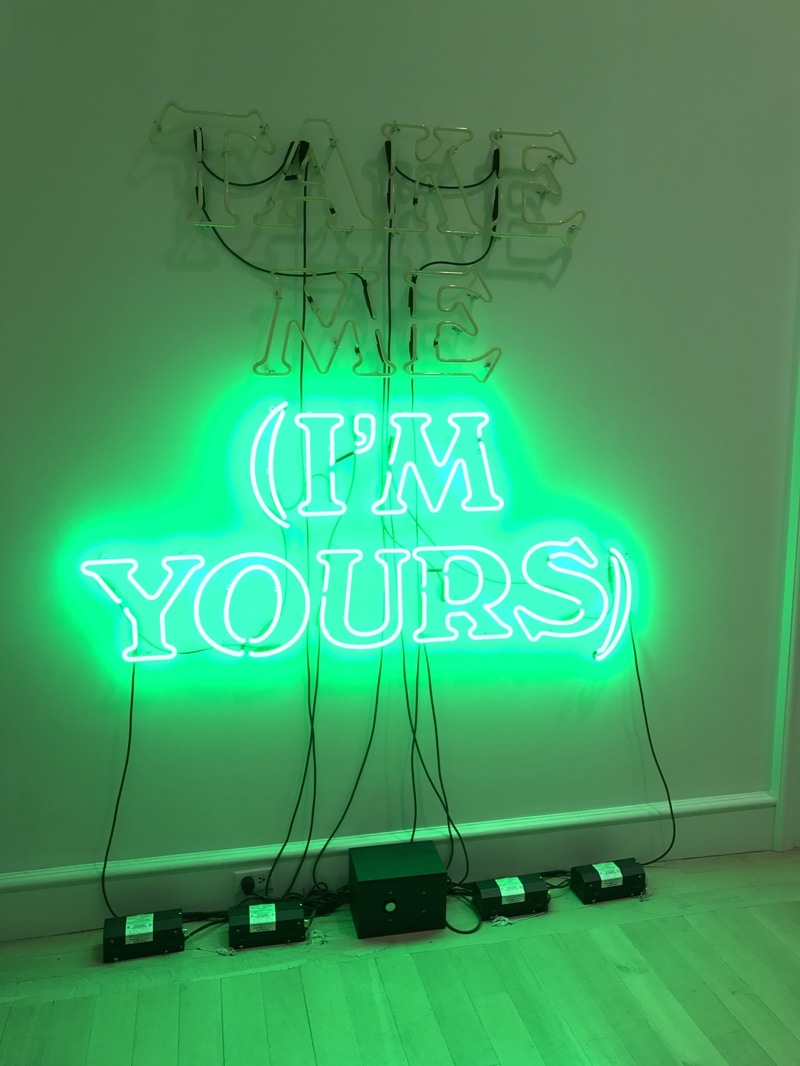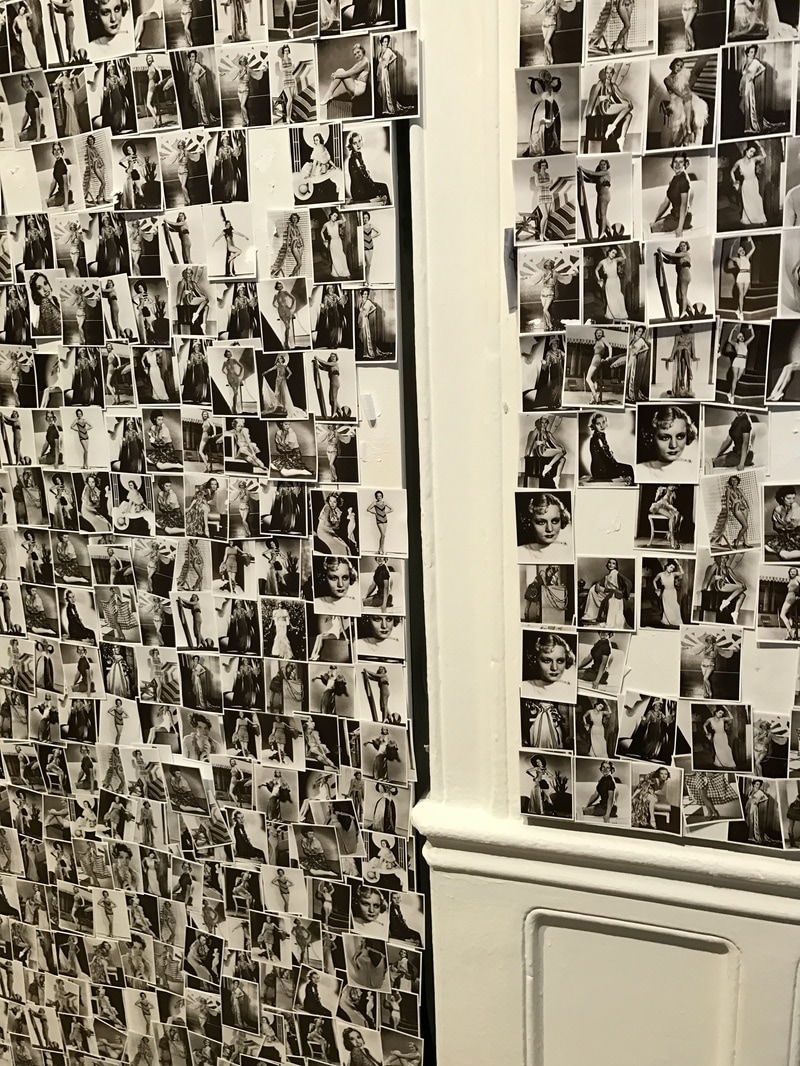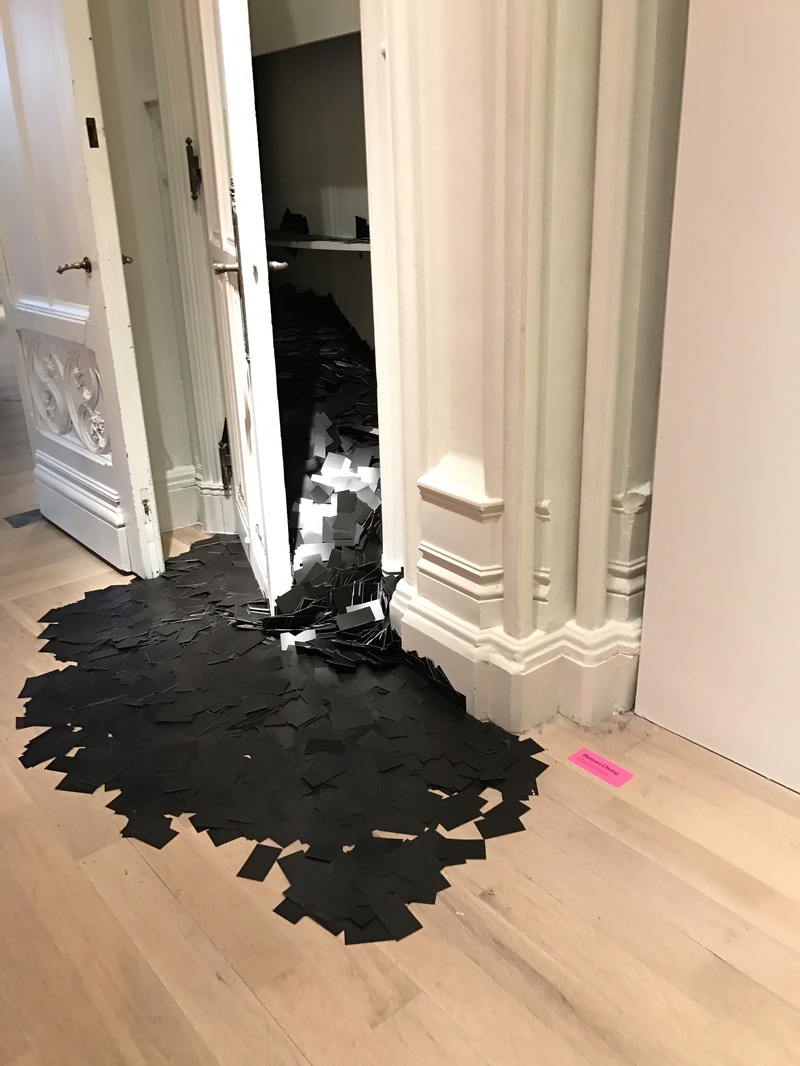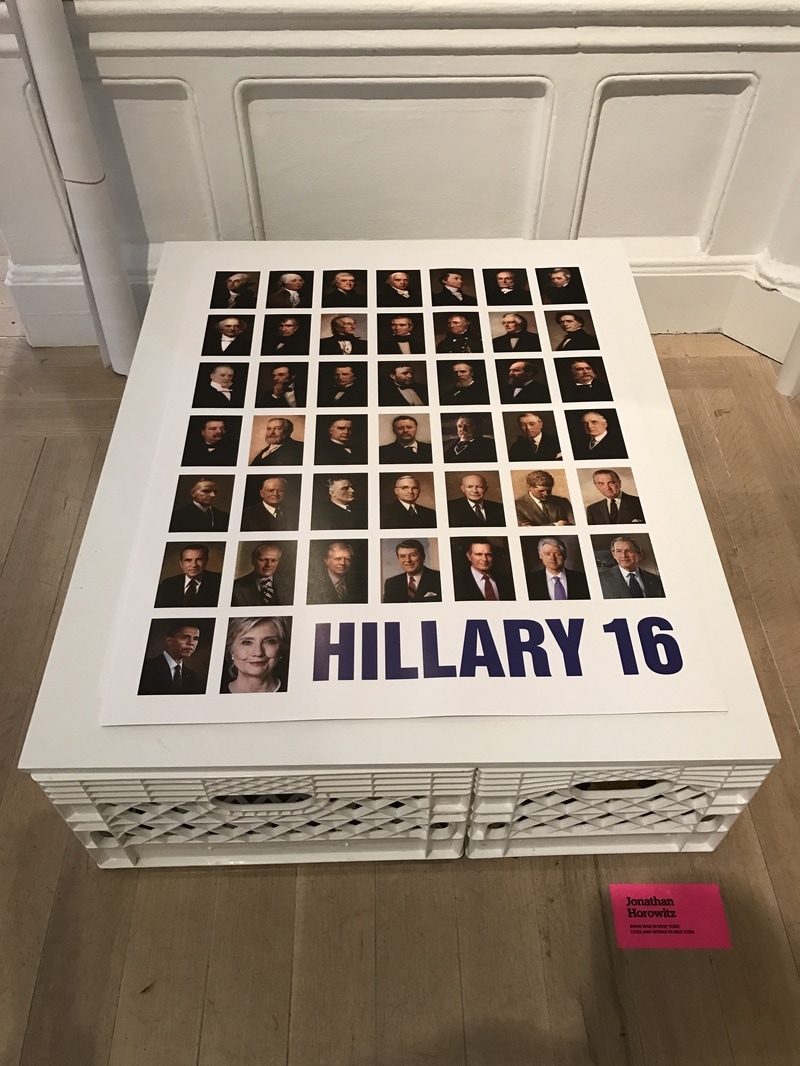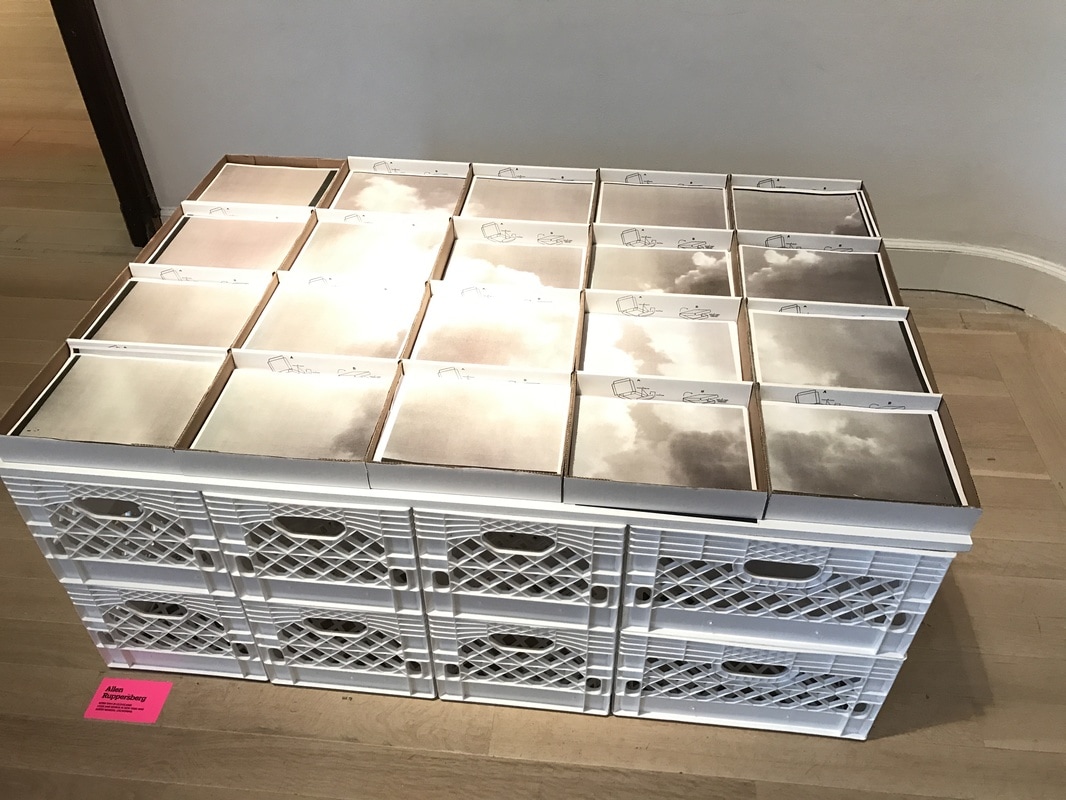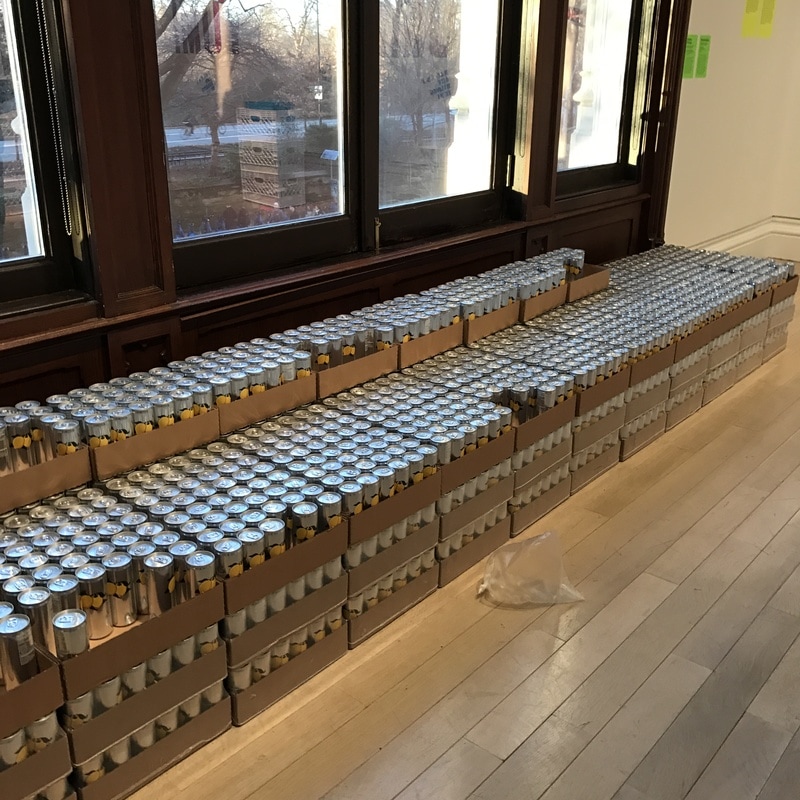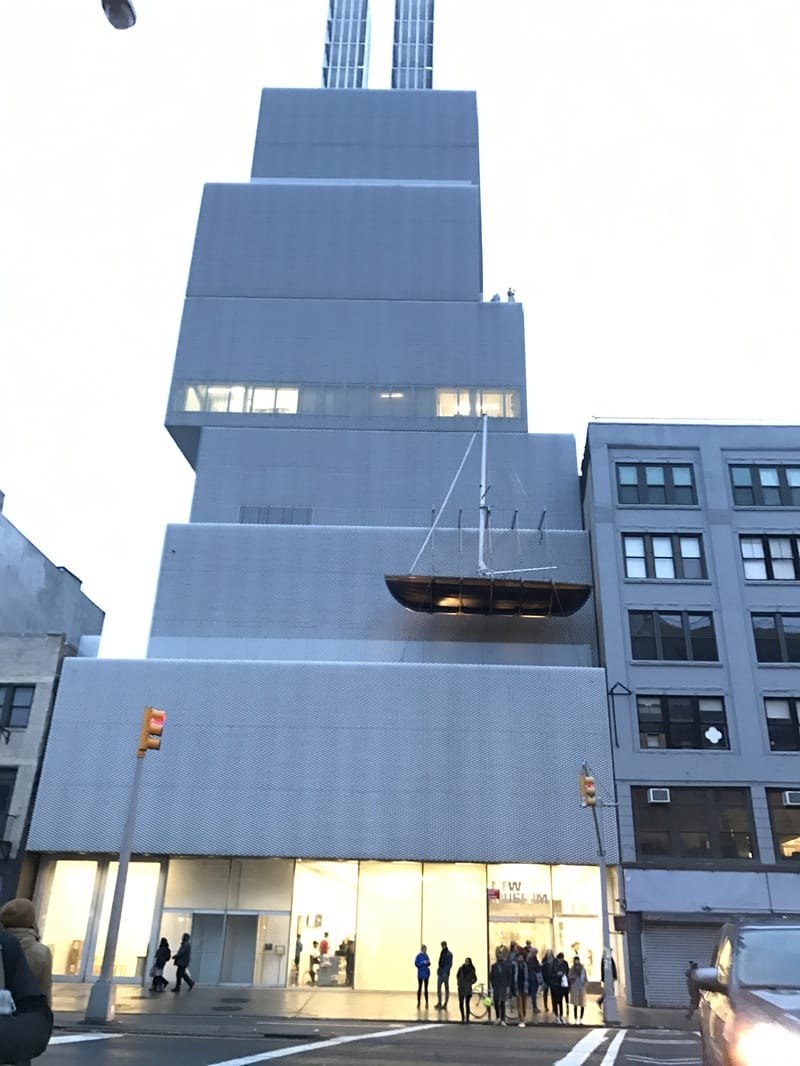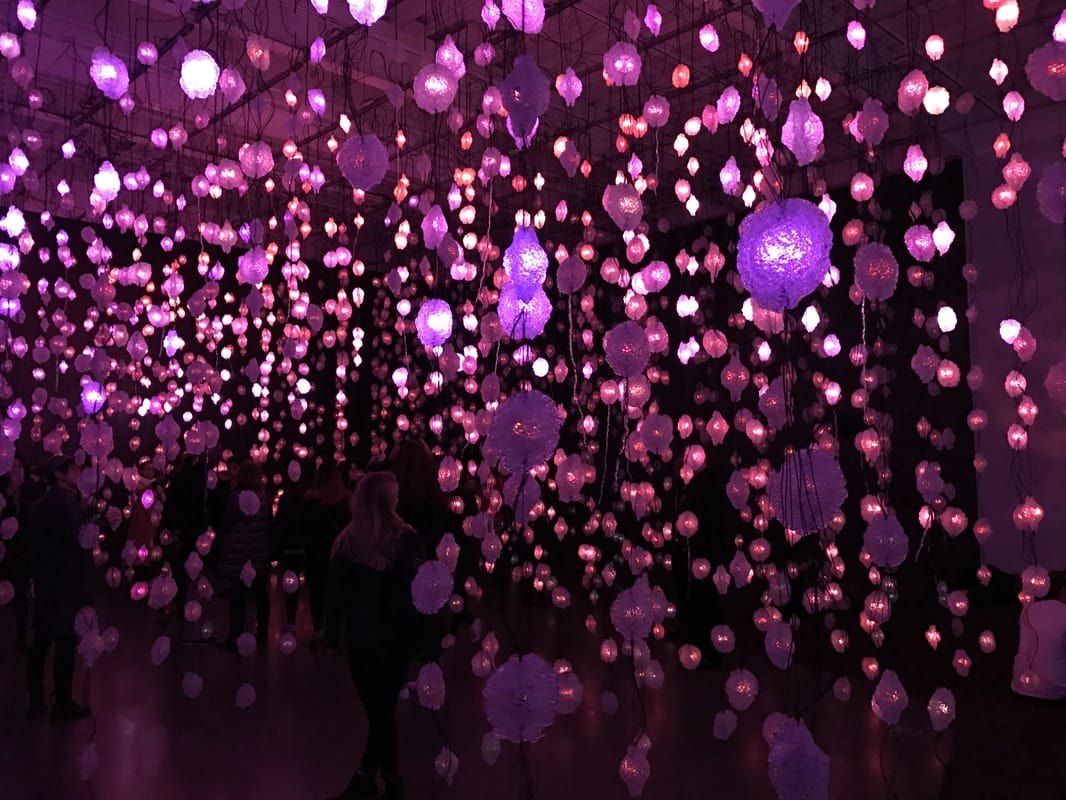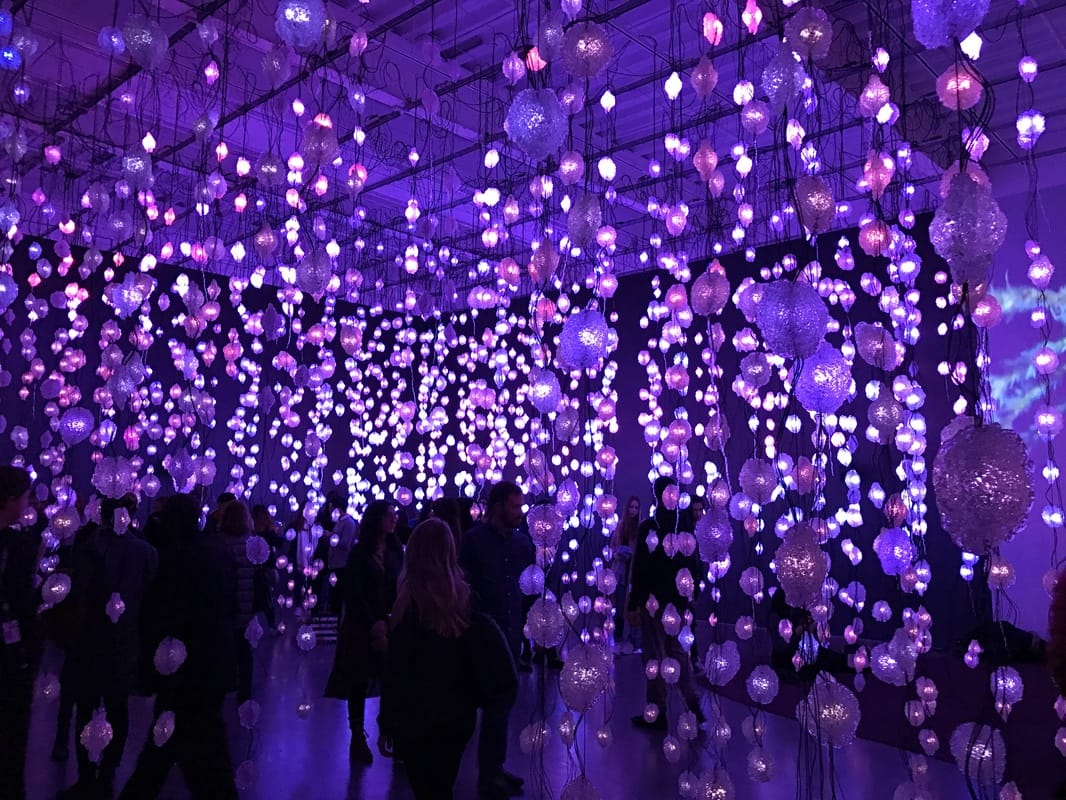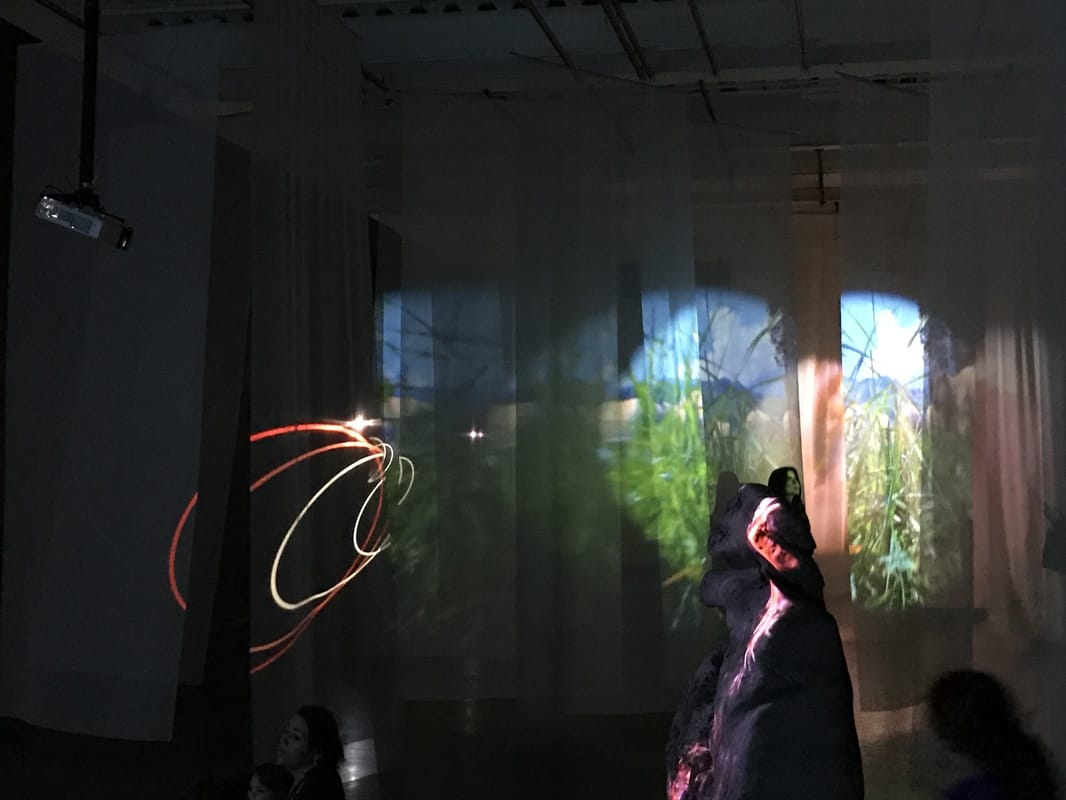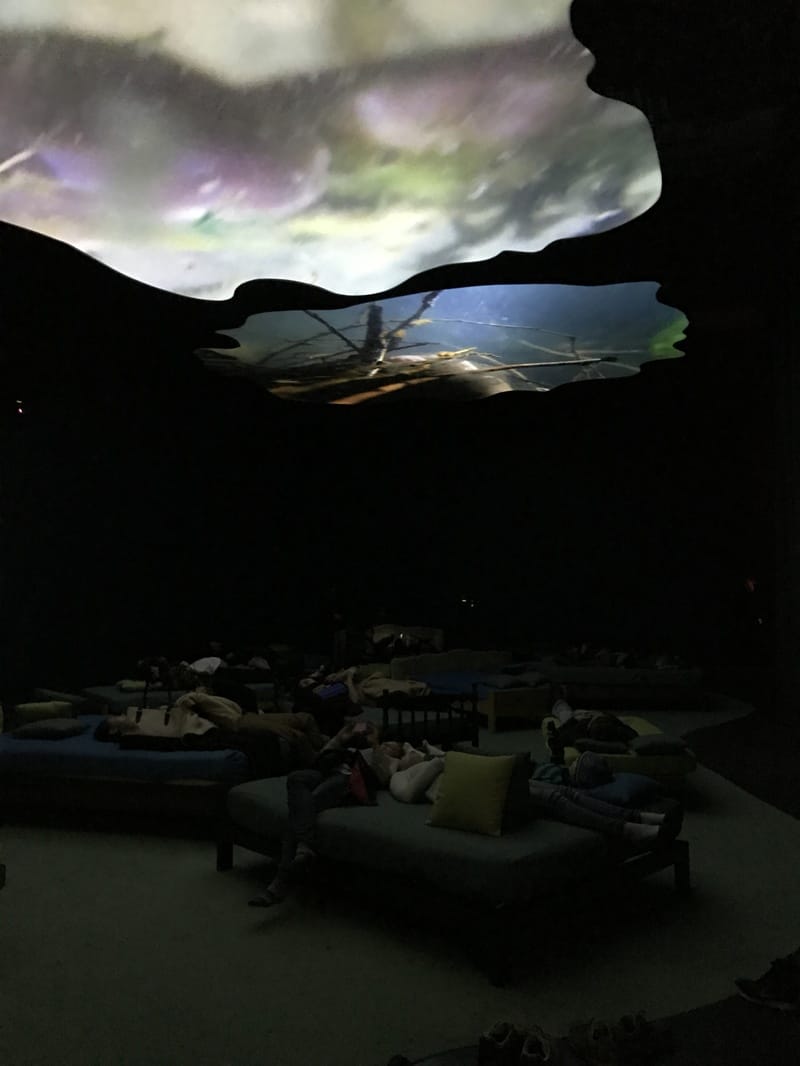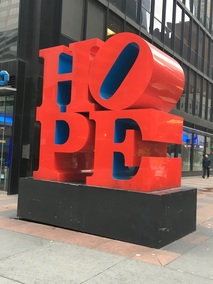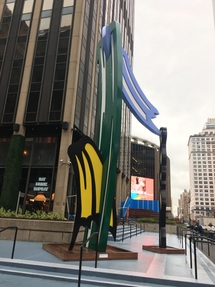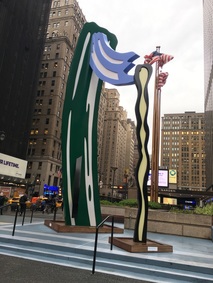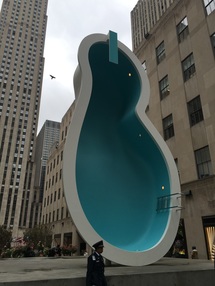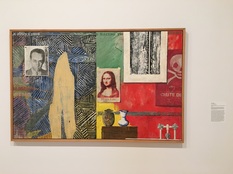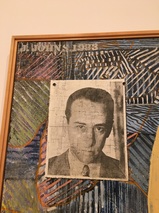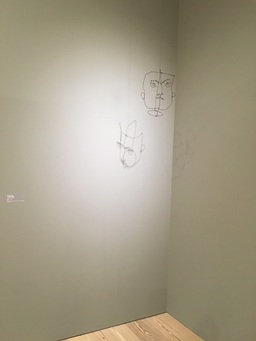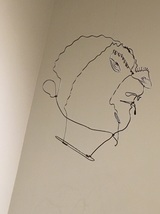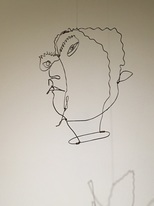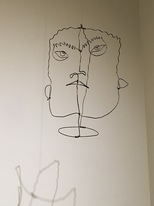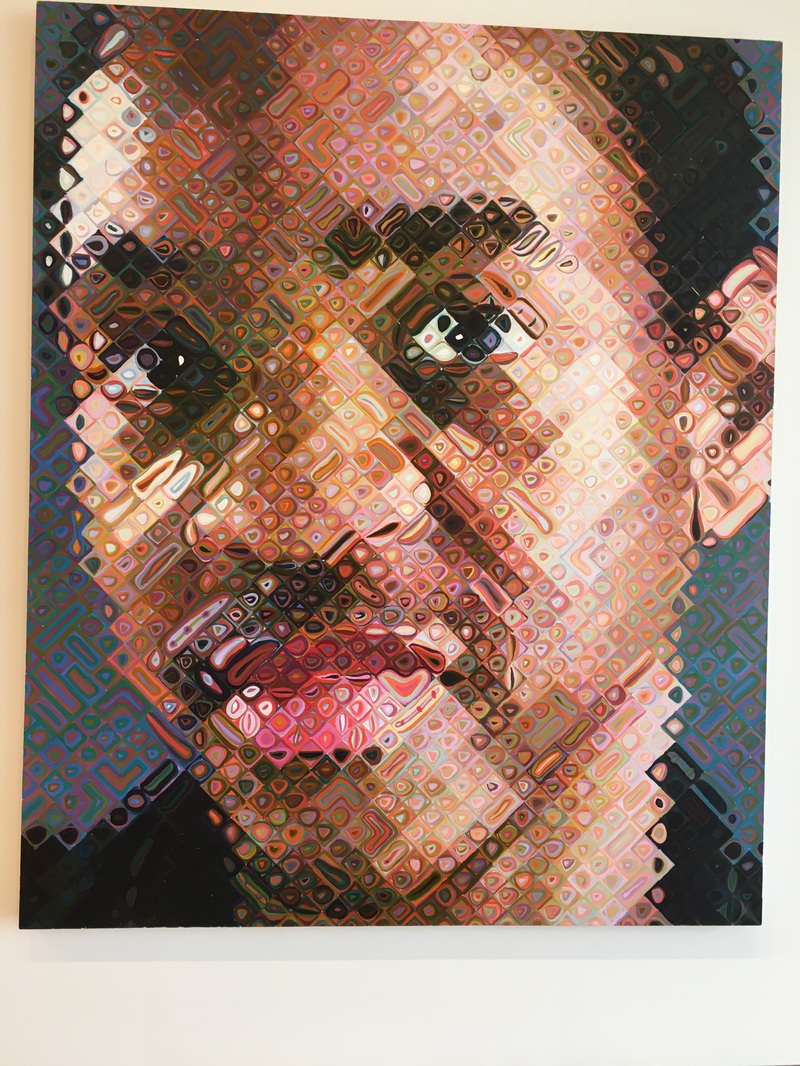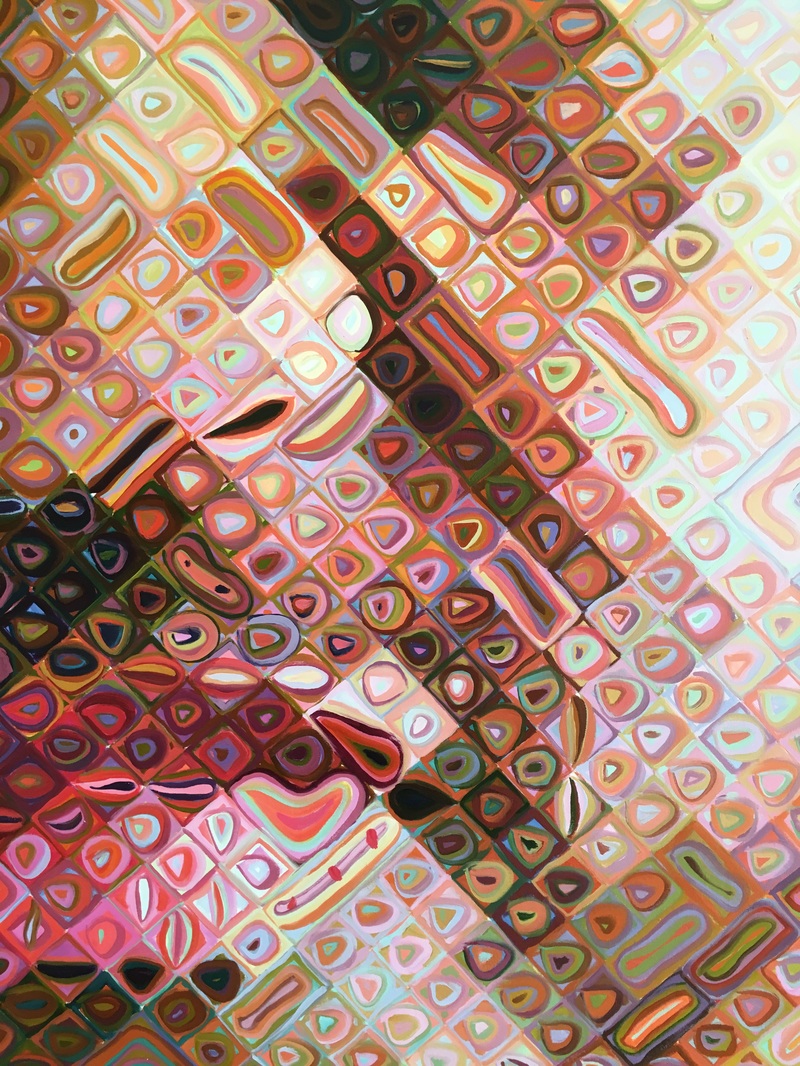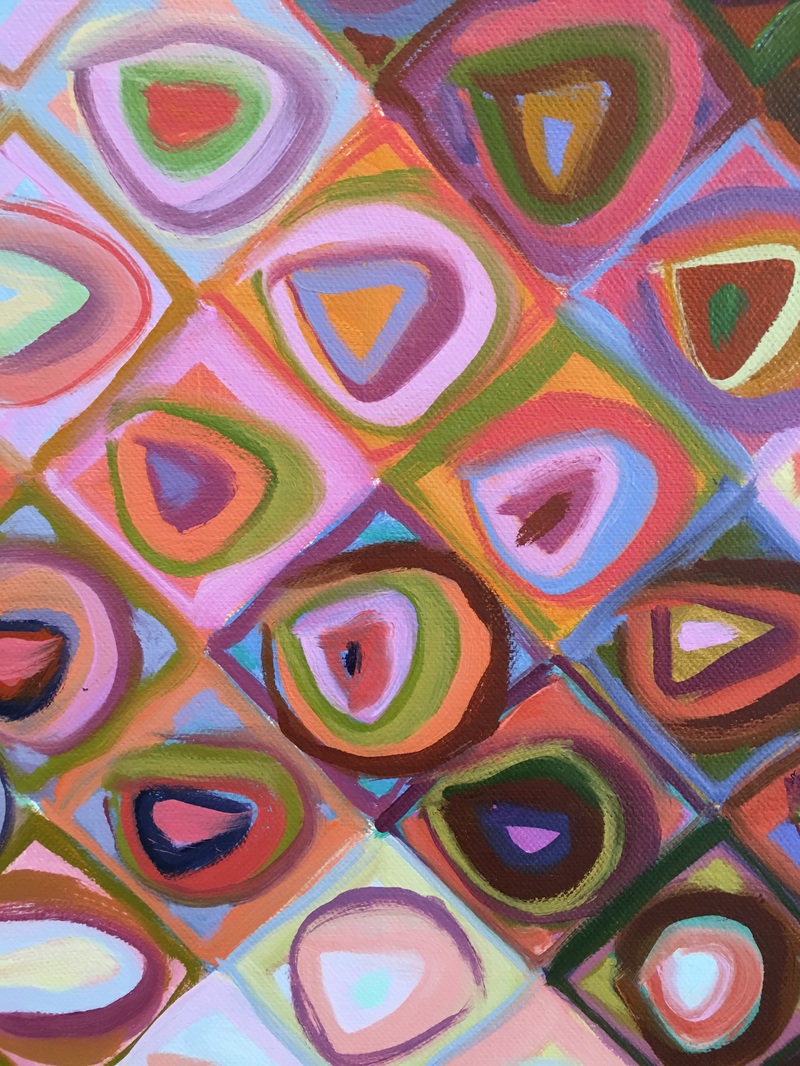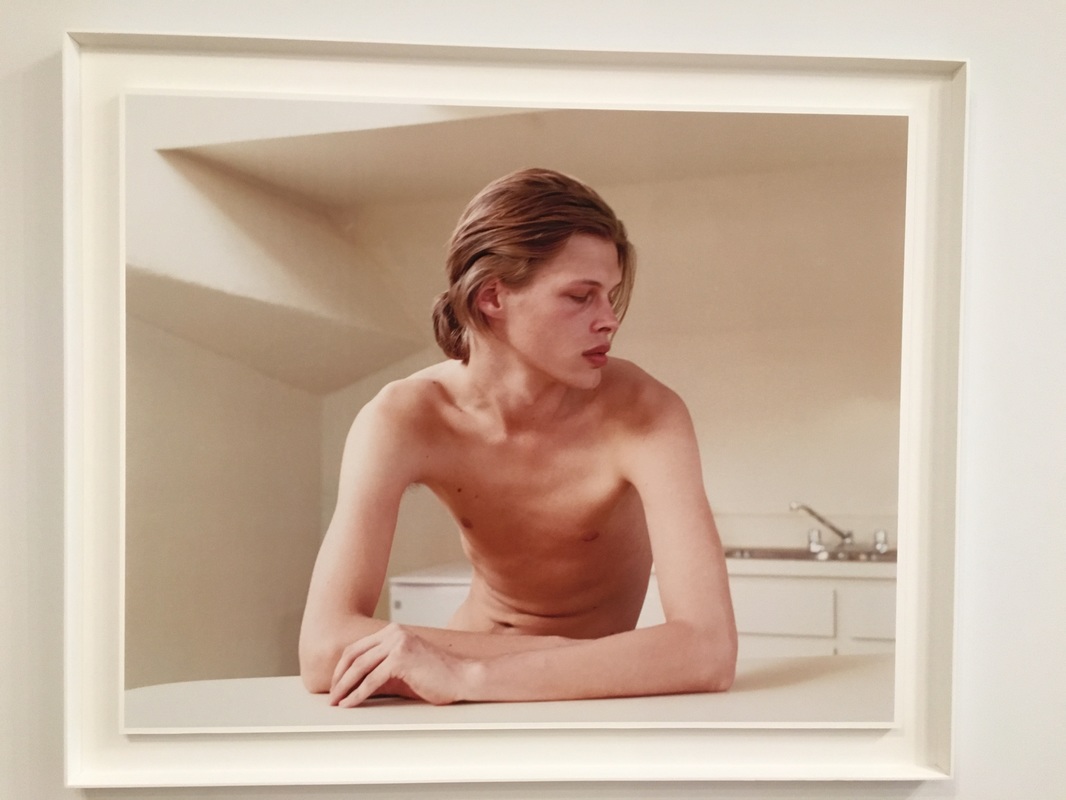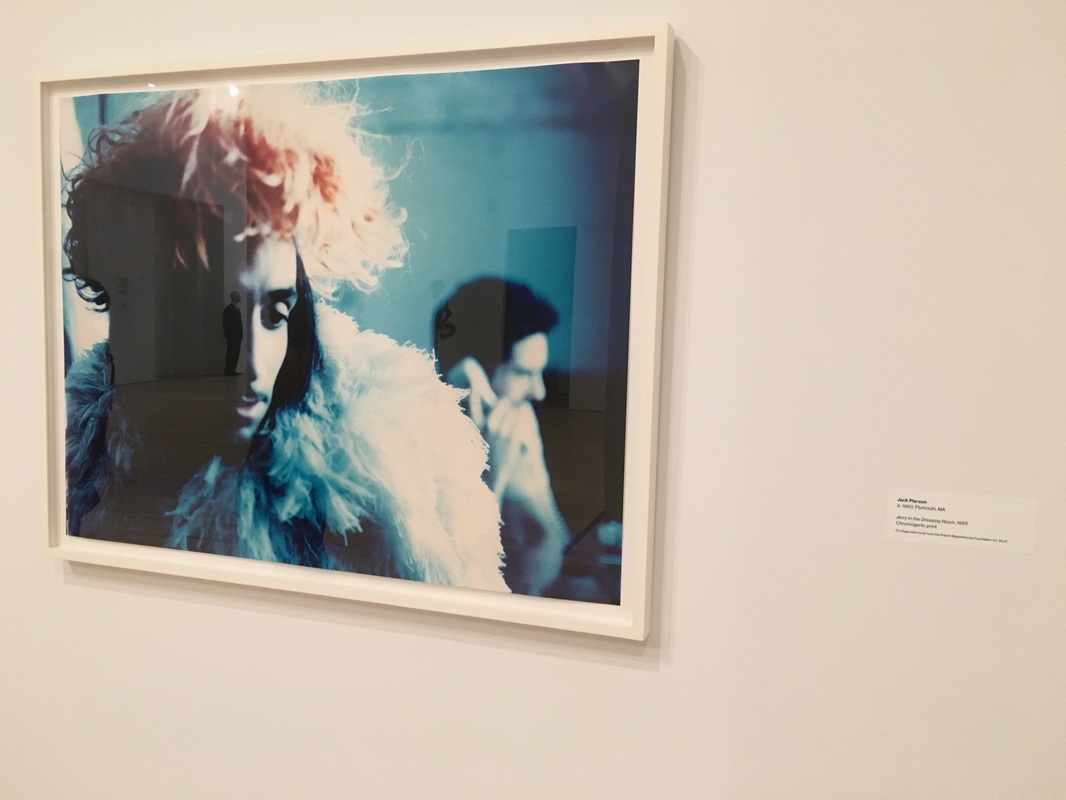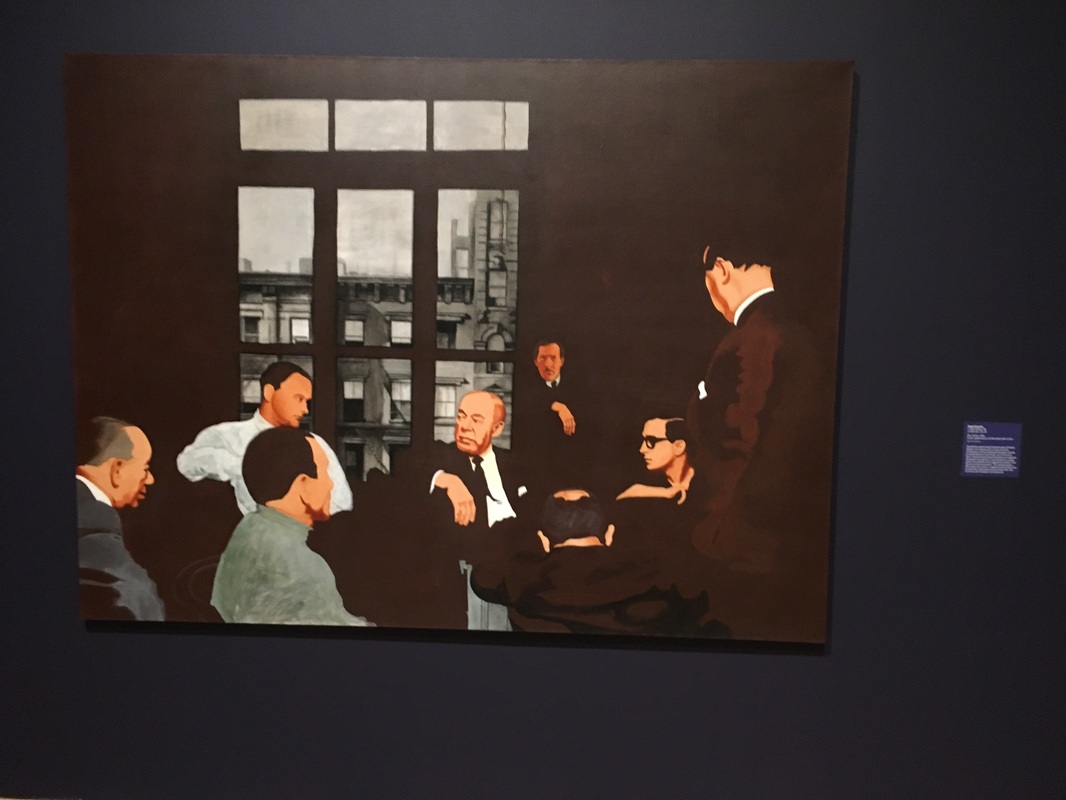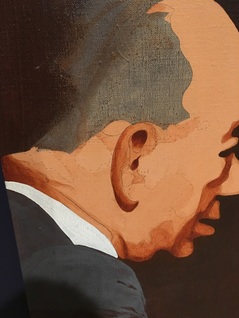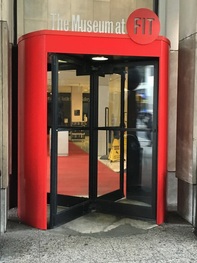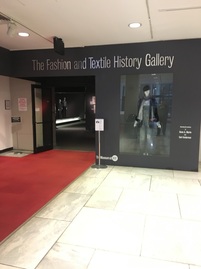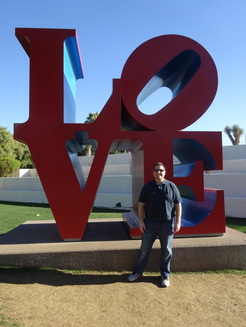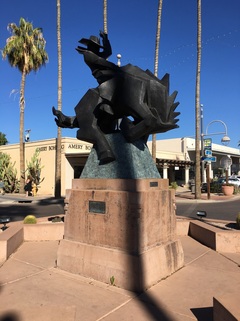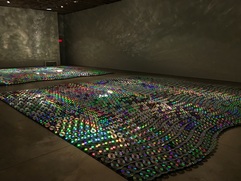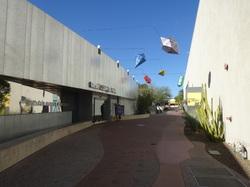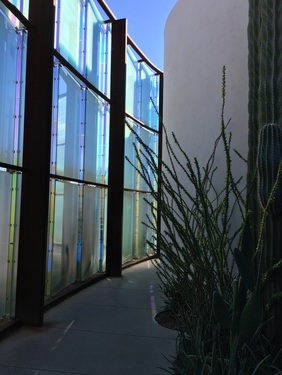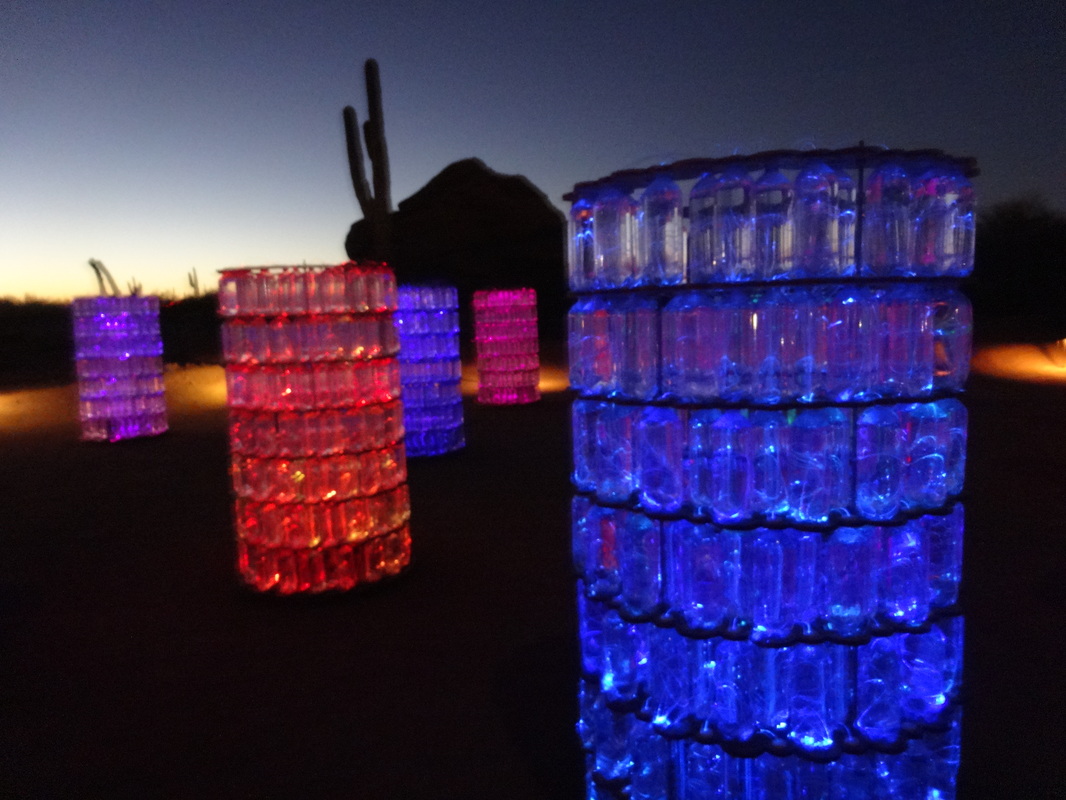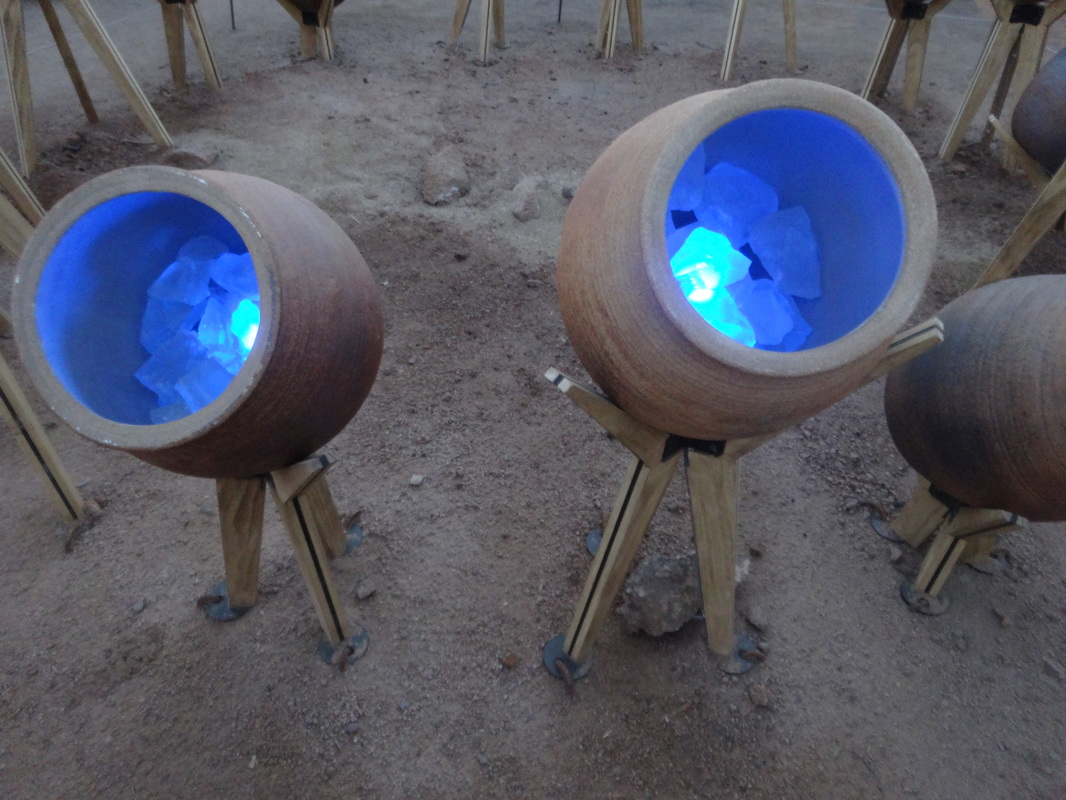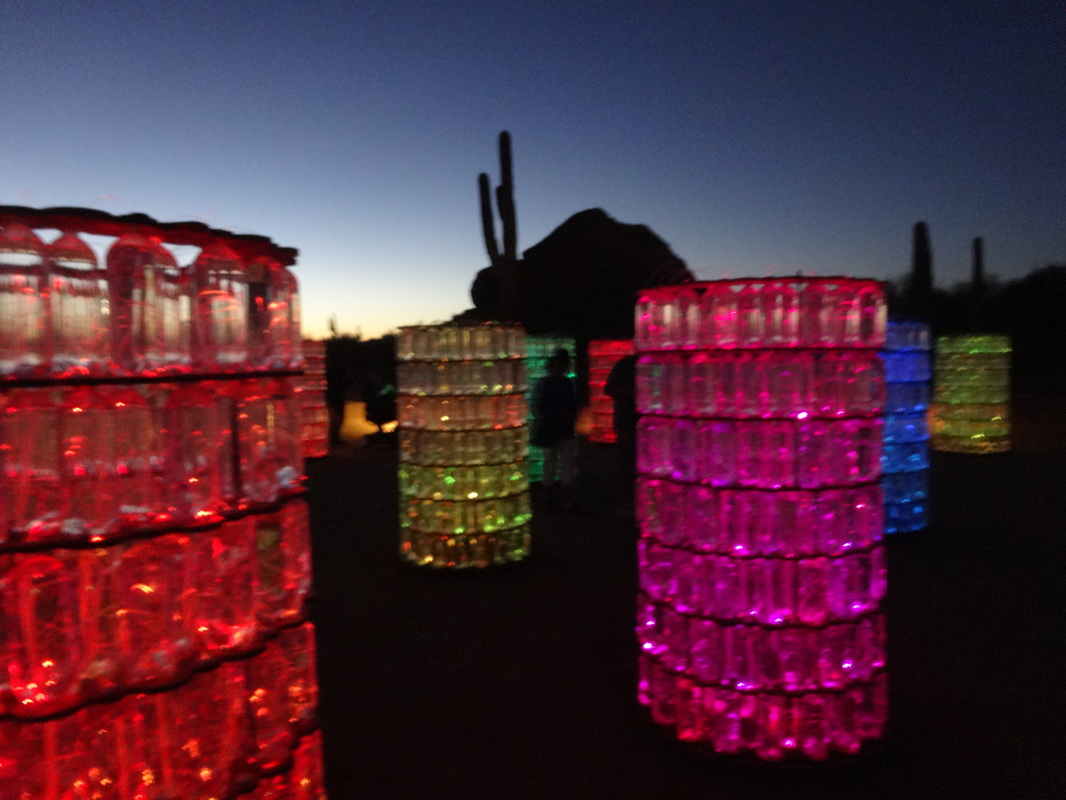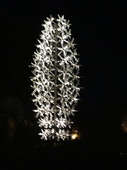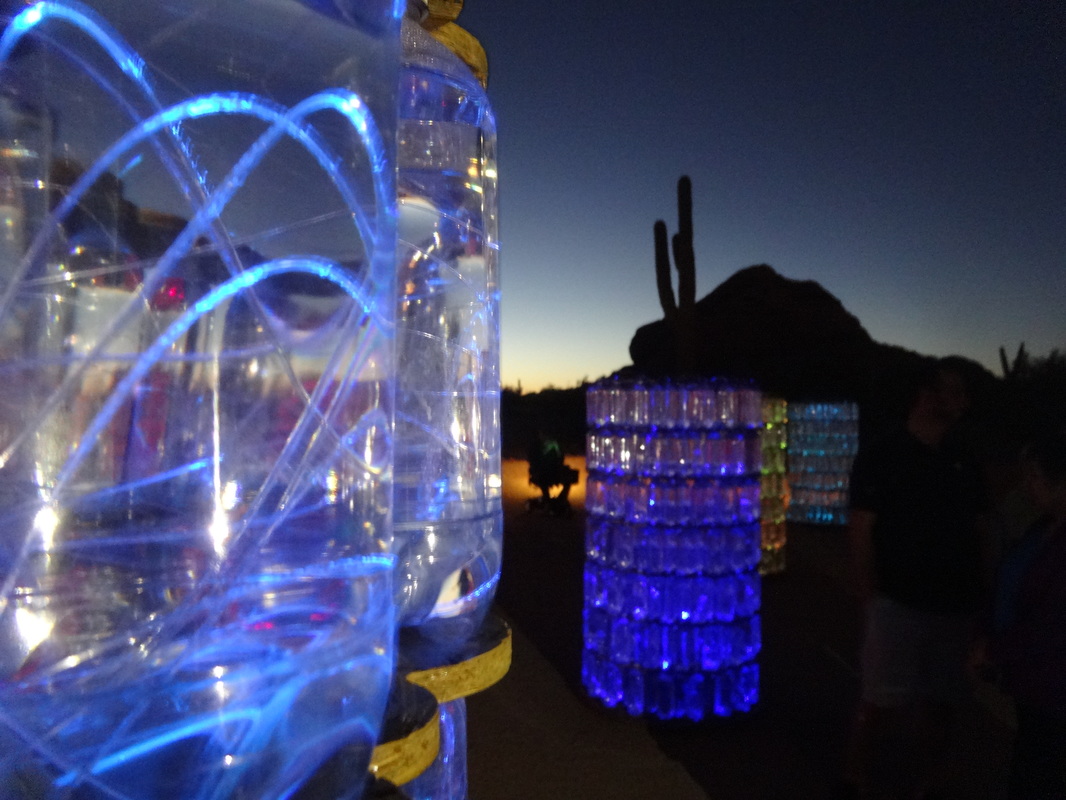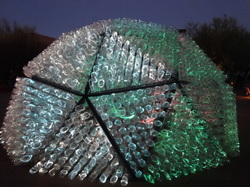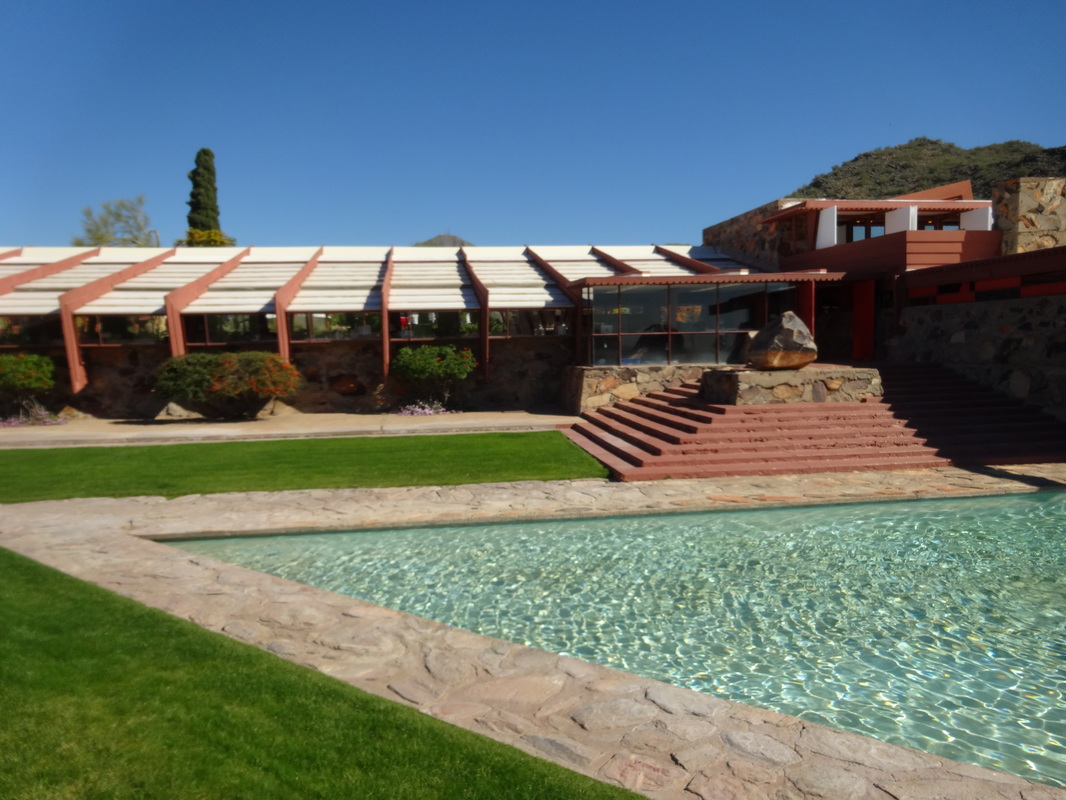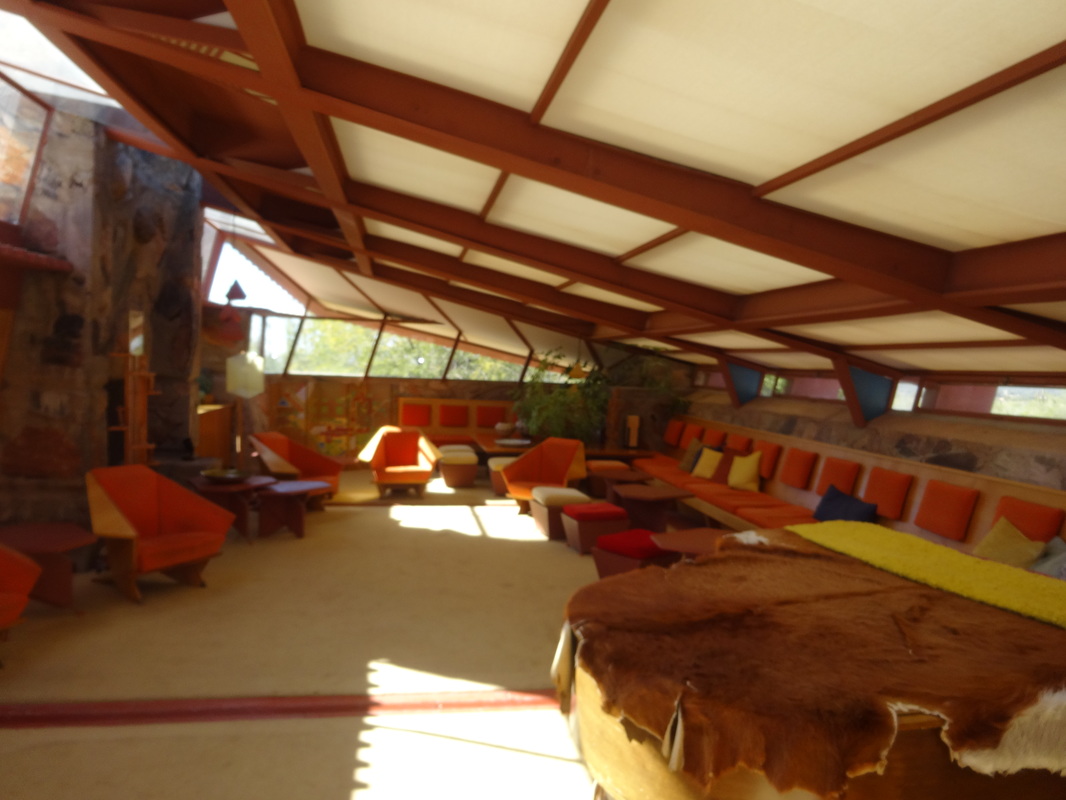The flags will fly around The Rockefeller Center’s famous ice rink and restaurant plaza, supplanting the flags of the members of the United Nations that usually fly there. The exhibit was scheduled to be on display from August 1-16, 2020, but due to popular demand, the public art installation has been extended through August 23, 2020.
Bruckner is a professional visual artist who creates Pop Art original acrylic paintings for the contemporary home and office as well as involved in a variety of public art projects throughout the greater Boston area and beyond. Bruckner painted piano for the Celebrity Series of Boston and the global art installation, “Play Me, I’m Yours” that was featured at Boston City Hall Plaza with Mayor Marty Walsh in 2016. The following year, Bruckner was commissioned by the City of Boston’s Public Art Commission to paint an electrical box near Fenway Park, also completed a second electrical box with a Boston Marathon Theme along the Marathon route in Natick, MA. “I’m excited about the actual process of creating Public Art. My artwork is about having fun, bringing a smile to people’s faces, and at the same time, providing a unique way of experiencing some of our most familiar objects, places, or people. I view my artwork as a visual representation of happiness, love, and the beautification of physical space and I love how Public Art achieves this goal and reaches so many people.”
The exhibition is free and open to the public through August 16, 2020; no tickets are required. Visitors to this temporary public art installation are encouraged to post photos and videos to social media using the hashtags: #TheFlagProjectRC and #RockefellerCenter.
Additional resources can be found at: https://www.rockefellercenter.com/flag-project/ https://www.eddiebruckner.com/rockefeller-center-flag-project.html https://www.instagram.com/eddiebrucknerfineart
0 Comments
M.C. Escher was a skilled print-maker who produced amazing works of art that experimented with space and time, geometry, artistic composition, playing around with values in a drawing, capturing reflection, and so much more. This particular Escher exhibit is the first exhibition of its kind in a Boston museum featuring original prints and drawings. The exhibit consisted of over 50 of Escher's masterpieces, most of which were under-appreciated by the mainstream art world. I even learned that M.C. stands for Maurits Cornelis Escher. Escher loved Tessellations, arrangements on a two-dimensional surface of shapes that interlock without gaps or overlapping. The majority of Escher's prints are woodcuts, which he preferred for the art he was personally creating. In the artwork "Day and Night" shown above, Escher explores the balance between two dimensional and three dimensional forms. The black and white birds in his woodcut are flying in opposite directions, morphing into a landscape below. Escher plays with the ideas of symmetry and contrast. The right and left sides of the paper are mirror images of each other. The white birds appear over a nighttime landscape, and the black birds appear over a daytime landscape. For those interested: A Lithograph is printed from a flat surface, most often stone, where the artist would draw on stone with a greasy crayon. The stone after being treated so that the crayon will work with the printing ink on it and the stone surface is kept wet to repel the ink. A Woodcut is a relief print where the artist carves into a wooden block to create areas that are raised that will hold the ink that will be printed. A Linocut is a relief print made by gouging and cutting a piece of linoleum, then inking it, and printing it. Linocuts are preferred when printing flat areas of color since the linoleum has no grain as compared to wood. Some of Escher's works are Mezzotints, which is a labor intensive process, so Escher stopped doing it soon after starting it! Shown here above, are two studies for "Drawing Hands" (shown below), completed around 1948 with graphite pencil. It's fascinating to see how these hands are drawing one another into existence. The two hands are in a never-ending state of drawing and appear to be bringing life to the other. On a technical note, it's very cool to see how Escher depicts the tendons and veins of the hand with only slight changes of value in light and dark. In the Self-Portrait shown above, it's interesting to note that it is a very serious drawing that has a tremendous amount of detail in it. However, there are a lot of abstract elements in this Self-Portrait such as his wavy hair. Many of Escher's works of art focused on impossible structures. They are akin to optical illusions, where the buildings seem to violate the laws of gravity and physics. The theme of Reflection appears often in Escher's work. Below the distorted perspective of a room is captured in the reflection of a silver sphere. And shown below, in "Eye" he captures the reflection of a skull.
The Museum of Contemporary Art is actually comprised of three locations. The first is the MOCA Pacific Design Center in West Hollywood; the second is the MOCA on Grand Avenue; and the newest location is the Geffen Contemporary. There is actually a fourth location in Nevada. Yes! Nevada. The artist, Michael Heizer's artwork titled, "Double Negative" is a work of land art located in the Moapa Valley on Mormon Mesa near Overton, Nevada and was acquired into MOCA's permanent collection in 1985. If the artist's name rings a bell, it's because I recently wrote about his other monumental piece of artwork at the Los Angeles County Museum of Art; CLICK HERE TO READ THE BLOG ARTICLE. I should note that time didn't permit me to visit the Pacific Design Center, or the Geffen Contemporary (or visit Nevada), so this post will only include my visit to the MOCA on Grand Avenue. I also visited the Broad Museum (Read On & See Below.) The Geffen Contemporary is just a 15-20 minute walk from MOCA Grand and admission to one museum grants you admission to the other museum.
The MOCA on Grand Avenue housed an entire gallery room with Mark Rothko paintings. While I can appreciate Rothko's artwork and acknowledge its importance in art history, his paintings are not my favorite. I do love all the colors, and I also love the shapes, however, there is ambiguity, blurring of lines, that doesn't hit me the right way. Rothko wanted viewers to stand close to his paintings to see the vertically stacked bands of color seem to float upon colored grounds.
This large painting on two panels is by the artist, Njideka Akunyili Crosby. It's called "Garden, Thriving" and was completed in 2016. Her artwork was quite fascinating to see in person and I've included a detailed photograph of the two-panel painting. Originally from Nigeria, the artist layers photographic imagery within the chairs' fabric and the plant leaves. The images are pictures of Nigerian pop stars, models, military dictators, celebrities, and the artist's own personal photographs. To create this artwork, she uses acrylic paint, transfers, colored pencils, and collage on paper. There is so much to see in this painting, you could look at it for 10-20 minutes, or longer! I should also mention that the mural that is wrapped around the exterior of the museum is by this same artist!
Three other works by Jackson Pollock from MOCA’s permanent collection, were also on view. These were great examples of the diversity and range of materials Pollock used in his artwork from watercolor to collage. Walt Disney Concert Hall, Los Angeles, California This building is simply spectacular. Frank Ghery is one of my favorite architects and this is a perfect example of why that's the case. (In addition to all the awards he has won for his incredible architectural design). Frank Gehry was asked to devise a new home for the Los Angeles Philharmonic and the Walt Disney Concert Hall opened in 2003. Reflecting Gehry’s longtime passion for sailing, the structure’s exterior features are expanses of stainless steel that hover above Grand Avenue. Frank Gehry has devoted his career to disrupt the very meaning of design within architecture. From the iconic Guggenheim Museum Bilbao to the Fondation Louis Vuitton in Paris, and now the Walt Disney Concert Hall in Los Angeles, Frank Gehry has proven time and again the beautiful magic of his whimsical, cutting-edge design.
The Broad is one of the finest contemporary art museums I have ever visited. Founded by philanthropists Eli and Edythe Broad, the museum houses more than 2,000 works of art and holds one of the most prominent collections of postwar and contemporary art worldwide. The Broad's third floor galleries show a rotating selection of artwork and, best of all, it is free! The first floor galleries are for special exhibitions, like the Jasper Johns exhibit "Something Resembling Truth" that runs through May 13, 2018. So let's talk about the beautifully designed building... It's often called "The Veil and the Vault" because the building has gallery space as well as an extensive storage facility. In contrast with the neighboring Walt Disney Concert Hall, The Broad was designed to be porous and absorptive. There are wonderful olive trees that were planted in the plaza next to the museum. There were a number of artworks by Jeff Koons at The Broad. "Balloon Dog (Blue)" is perhaps one of his series of works that is most famous. The artwork is made of stainless steel and wights 2,000 pounds. It was created as part of his Celebration Series, a group of paintings and sculptures that memorialize rituals, icons, and images related to birthdays, holidays, and other celebratory parties or occasions.
Roy Lichtenstein is one of my all-time favorite pop artists. He was one of the founders of Pop Art in the 1960s and used tiny dots in his artwork, similar to the printing style of comic-books. The dots were placed in such a way to create an image, imitating the way comic-books and newspapers were printed. In addition to borrowing or seeking inspiration from newspaper ads, commercials, and comic books, Roy Lichtenstein also was inspired by some of his favorite artists like Picasso and Mondrian. See the two images below. Here is a sculpture by Roy Lichtenstein, "Goldfish Bowl" created in 1977. It is painted and patinated bronze. On the right is a detailed view, showing that the sculpture is very two-dimensional, despite it looking 3-D. I always love seeing paintings by Chuck Close. Chuck Close is known for his detailed paintings of faces, and later he was known for the deconstruction of that detailed portraiture. He explores portraiture and created this photo-realist painting called "John", painted in 1971-72. I included a detailed shot showing the incredible painting technique. John Baldessari, "Tips for Artists Who Want to Sell" 1966-68, Acrylic on Canvas. John Baldessari never touched this painting, didn't paint it, didn't write the text. Here, it's the role of the artist as the facilitator of the artwork; creating the concept. The humor is that the view is shown the paintings message, but the message is text taken from an art magazine with tips on what art should be. Another one of my all-time favorite artists is Andy Warhol. A short time after Marilyn Monroe died in 1962, Andy Warhol started to create silkscreen images of Marilyn. I learned that Warhol had recently just learned how to silkscreen, so this was a somewhat new process for him! In the painting above, titled, "Two Marilyns" created in 1962, Warhol captures the terrible fact of Marilyn's death, as if he was reporting the news. With silkscreens, the images deteriorate with each printing, which I believe is symbolic of her presence and then her fading into history with her death. It can also be interpreted as the volatility of fame and celebrity. I'm not sure how many versions of "Two Marilyns" were created, but I learned that the one pictured above from The Broad Museum was the 27th version of the silkscreen created. Ellsworth Kelly worked with shapes and solid colors. The painting below, "Green Blue Red" created in 1963, uses colors and shapes to create contrast and bring attention to edges. In the above image on the left, the green rectangle and blue oval are vibrantly displayed against the red background. His composition almost goes against the principal of design of balance. Below, Kelly's oil on canvas painting, "Green Relief with Blue" was completed in 2011. It's actually two conjoined canvases and I've posted the photo of the same painting as seen from different angles. It almost acts like a 2 dimensional painting trying to be a sculpture, with different views from different angles. Jasper Johns: "Something Resembling Truth" A Special Exhibition at The Broad (Through May 13, 2018) While The Broad Museum's main collection has free admission, this special exhibition required a special ticket with a timed entry. The exhibit was one of the best I've ever seen. The exhibit covered over 6 decades of artistic achievement from this iconic American artist. The comprehensive exhibit features more than 120 extraordinary paintings, drawings, prints, and sculptures, by Jasper Johns and draws upon works from within The Broad's permanent collection as well as from loans from over 50 international public and private sources. The imagery he used in his artwork were common items such as American flags, numbers, letters, targets, and light bulbs. Perhaps Johns’ most famous painting, "Flag (1954–55)" and is a fairly accurate representation of the American flag, in encaustic on collaged paper and fabric.
The American Flad is a geometric composition that has a strong sentimental and patriotic value in society. Jasper Johns' flags ofent trick the eye, or blur the lines between perception, reality, and illusion.
Jasper Johns began to incorporate objects and tools used in his artwork directly into the artwork's creation. Things like paintbrushes, color charts, and rulers. In the painting below, the "R" of "Red" is a neon light and wooden letters protrude outward from the canvas. I highly recommend you to experience the Jasper John Exhibit if you can! Also on the first floor was a very unique art installation by artist, Yayoi Kusama, titled "Infinity Mirrored Room--The Souls of Millions of Light Years Away." It is a mirror-lined room that includes LED lights that reflect endlessly in the mirrored space. It doesn't sound like much, but it is quite amazing to see. You need a separate timed ticket, which is free, and only one person can enter the room at a time for a duration of 45 seconds. As you can see, the Broad Museum is quite an amazing experience. I highly recommend you visit The Broad in Los Angeles and experience the art scene in Downtown LA. For more information about The Broad, please visit their website: www.thebroad.org Check out some of my other posts about Los Angeles!
Vinvent Van Gogh's "Irises" is one of The Getty's highlights. Van Gogh painted Irises in 1889 in the garden of the Saint-Remy asylum where he was being treated for his mental illness. It is oil on canvas. I learned that Van Gogh never really thought of this painting as a finished painting, but rather more of a study. It's a great example of his work that demonstrates how he painted en plein air. I'm fascinated with his brush techniques and how he layers color upon color upon color. I've included a detailed image of "Irises." I really loved the special exhibit at The Getty Center called, "Cut! Paper Play in Contemporary Photography." This exhibit that runs through May 27, 2018 features the work of contemporary photographers who use paper in unique and innovative ways. Some of the artists created paper models with images from current events with the intention of photographing them to create their final piece of artwork. While some artists make folds, cuts, or layers to arrange photographs to create something entirely new and innovative. The photo below is the artwork of artist, Soo Kim. To create her artwork, she cuts and layers imagery to create areas of negative space that gives her images a 3-D look. The shadows cast onto the wall are fascinating. I included two detailed shots showing some of the imagery seen in this cut photograph. the other detailed photo shows the beautiful shapes created by the shadows.
The grounds of The Getty are home to wonderful sculptures; there's something wonderful around every corner. Unlike most paintings, sculptures are typically created to be displayed outdoors. Outside, a three dimensional sculpture can be viewed from every angle, a variety of distances, and therefore creating an experience or a special moment for the viewer. The sculpture gardens include artwork from artists such as Joan Miro, Rene Magritte, Alexander Calder, Fernand Leger, Ellsworth Kelly, Roy Lichtenstein, and other artists. Another amazing exhibit was the "Michelangelo to Degas" exhibit that featured new aquisitions that broke records in the art world. The Getty Museum purchased 16 major drawings and one painting from a private collector that includes works by Michelangelo, Andrea del Sarto, Goya, Domenico Tiepolo, and Edgar Degas. Below are three of my favorite pieces from this small but powerful exhibit. From left to right: Edgar Degas' "After The Bath (Woman Drying Herself)" about 1886; Michelangelo's "Study of a Mourning Woman" about 1500-1505; and Edgar Degas' "Two Studies of Dancers" about 1873. I encourage you to go visit The Getty when in Los Angeles--You won't be disappointed! I encourage you to take advantage of the wonderful tours and events that the Getty Center offers such as architectural tours, garden tours, exhibition tours, etc. Also, for families with children, there are Art Detective Cards where kids can find the artworks and solve mysteries while exploring the galleries. For visitors information, please visit: www.getty.edu.
The Main Street area is pretty cool and full of history. If you look closely, you'll see that some of the older buildings have plaques on them that describe the history of the area as well as interesting facts about the architecture. For example, The Frankel Building was constructed in the mid-1800s and burned down in the Great Fire of 1898. It wasn't until 1966, that the building was renovated to establish the Silver Palace Saloon and later housed a variety of other shops. The Frankel Building is a typical example of mining town vernacular architecture and features large display windows and a recessed entryway. The brick walls demonstrate the preoccupation with using more fire resistant materials. (Sorry, no photo of the building, so you'll just have to visit yourself!)
Main Street Art Galleries: All along Main Street are some fabulous art galleries. There is a Park City Gallery Association which hosts a Last Friday Gallery Stroll. On the last Friday of each month, from 6-9 pm, the Park City Gallery Association features artists, special exhibits, and art events. The Stroll is a free community event that gives local residents and Park City visitors the opportunity to explore Park City's art scene. The remaining dates for 2017 are August 25th, September 29th, October 27th, November 24th, and December 29th. Check out their website: www.parkcitygalleryassociation.com for more information.
For more than 40 years, the Kimball Art Center has inspired and connected the Park City community through art. The Kimball Art Center is a world-class community art center and Park city's cultural hub. The nonprofit center provides art education, free exhibitions, quarterly Art Talks, gallery tours, and a variety of events to the public, including the annual Park city Kimball Arts Festival that attracts more than 50,000 people to Par City's historic Main Street. They provide over 300 visual arts classes for all ages and free educational programs for K-12 schools in Utah. The Kimball Art Center is located at 1401 Kearns Boulevard. More information can be found on their website: www.kimballartcenter.org Sundance: A short ride from Park City took me to the Sundance Mountain Resort in Sundance, Utah. The resort is owned by Robert Redford; Redford hosted the first Sundance Film Festival in 1985 to promote independent films. Perhaps the two films I'm producing, "Dan and Carla" and "Avery's Sin" will end up at Sundance in the near future!!! While at Sundance Resort, I took a scenic chairlift up Sundance Mountain to Ray's Summit at 7,150 ft. and hiked down to Stewart Falls, returning back to the main area. The hike was pretty intense (at least for me), but I was rewarded at the end with a cold drink and a view of a really cool sculpture set on a beautiful pond. Close to the main area, I came across this wonderful sculpture: Allan Houser's bronze sculpture, "Prayer Song" located in front of the Rehearsal Hall and pond at Sundance. The Sundance Art Gallery is located in the Art Studio and features a number of exhibiting guest artists. The Art Studio has daily workshops in jewelry making, wheel-thrown pottery, journal making, soap making, watercolor, acrylic painting, oil painting, printmaking, and drawing and are open to both resort guests and day visitors. More information about Sundance Mountain Resort can be found at: www.sundanceresort.com More information about the Sundance Art Studio can be found at: www.sundanceresort.com/art-studio I have no doubt that there is so much more to the art in Park City and the surrounding areas in Utah, beyond what I've written here, but it's my hope that you'll read my blog and perhaps explore on your own art adventures! Wishing you Creative and Happy Travels! PS: If you liked this article, you might like these other articles on my artistic travels:
Kennebunkport, Maine Los Angeles, California New York City New York City Street Art Napa Valley, California Barcelona, Spain Caribbean Art Part 1: Barcelona Architecture One cannot talk about Barcelona's architecture without mentioning Antoni Gaudi. Part of the Modernista movement of the late 19th Century, Antoni Gaudi is Barcelona's most famous architect. Almost anywhere you look in Barcelona, Gaudi had some part in its creation, from the houses, apartment buildings, churches, sidewalks, parks, and even the city benches lining the streets. In Modernism, nature was a huge element present in decorative motifs as well as present in the actual architectural structure of Gaudi's buildings. Below are some of Gaudi's masterpieces, but there are dozens of others throughout Barcelona to visit and experience. Casa Batllo I really enjoyed seeing Casa Batllo, which is situated on a main street in the heart of Barcelona. Mosaic is everywhere. The Chimneys of the building are works of art. The roof is representational of a dragon's back. The exterior facade demonstrates Gaudi's expert use of texture and color. Below are some photos of the exterior of the building as well as the interior. The sidewalk tiles as shown in the photos below line the streets and feature an underwater, marine-life motif. Sagrada Familia Gaudi's Sagrada Familia is innovative and highly symbolic. The architect's objective was to explain the teachings of the Church through sculpture and architecture. Following Gaudi's death, work on the Sagrada Familia continues to be carried out by collaborating architects and artists. The project is expected to be complete by 2026, coinciding with the 100th anniversary of Gaudi's death. The stained glass windows were perhaps one of the most beautiful aspects of the Sagrada Familia. The colors were so vivid and bright. Park Guell Park Guell is another one of Gaudi's masterpieces. It was build between 1900 and 1914. It was opened as a public park where Gaudi let his imagination run wild with his incredible use of mosaics throughout the park. Below are some photos of Park Guell. The mosaic work is unbelievable and reminds me very much of the mosaic illusion that I paint in many of my own paintings. La Pedrera La Pedrera is also known as Casa Mila. It was completed in 1912 as an apartment building. There are curved walls that seemingly defy the laws of gravity. The rooftop is amazing at night and includes all of Gaudi's architectural trademarks. Bricks in the attic create arched ceilings and are uniquely used using the log side of the brick, which also features the brick-maker's fingerprints. There are terrific wrought iron balconies and exquisite ceramic mosaics. I highly recommend visiting La Pedrera by booking a night tour, which includes a full tour of the building and a surreal visual light display on the rooftop under the stars, followed by a champagne toast and cookies! Although my time in Barcelona didn't permit me to visit the Palau Guell, I should mention that it is an excellent example of one of Antonio Gaudi's early architectural masterpieces. It is a UNESCO World Heritage Site, and is a magnificent example of domestic architecture in the context of Art Nouveau and one of the first important commissions Gaudi received at the start of his career. It is located just steps away from La Rambla, not far from La Boqueria. Part 2: Barcelona's Art Museums and Fine Art A Guide to Visiting Barcelona's Museums: If you plan to visit Barcelona, I highly recommend purchasing the Barcelona Museum Pass, also known as an art passport from ArtTicket BCN, which will give you access to six Barcelona museums, including the ability to skip the lines. The Passport give you access to the Picasso Museum (Museu Picasso), the Joan Miro Museum (Fundacio Joan Miro), the National Museum of Art of Catalunya (Museu Nacional d'Art de Catalunya), the Antoni Tapies Museum (Fundacio Antoni Tapies), the CCCB, and the MACBA. I purchased the passport online (for 30 Euros), and simply showed the ticket to the first museum I visited to receive the passport. The passport is stamped upon entry at each museum. To learn more about the ArtTicket BCN, check out their website: http://articketbcn.org/en/barcelona-museum-pass. I should also mention that it is very important to check the hours of each of the museums as they vary significantly. Most museums, with a few exceptions, are closed on Mondays. Also, all city museums are free at last one afternoon per month, so be sure to check the websites in advance for hours and special exhibition dates. If you're interested in contemporary art, check out this website that provides a network devoted to contemporary art in Barcelona: http://www.artbarcelona.es/circuit/en/. Picasso Museum in Barcelona The Museu Picasso of Barcelona is a wonderful center documenting Pablo Picasso's early years of apprenticeship. With over 4,000 works of art in its permanent collection, you'll see why this museum is one of the most popular tourist attractions in Barcelona. The Picasso Museum highlights the artist’s relationship with the city of Barcelona. I learned that Pablo Picasso's father was a teacher at the San Telmo Fine Art and Crafts School. and had an important influence on Picasso's future career as an artist, who demonstrated a strong interest in art from a very young age. There are some drawings and small panels in oil that give an idea of his efforts to give his own creativity free rein and explore new techniques by taking in his immediate environment. In Barcelona, Pablo Picasso continued his art education at the La Llotja Fine Art School. The photos here show his artwork featuring Barceloneta Beach and two ports. After taking these photos, I learned that photos were not allowed, so unfortunately, I do not have photos showing the rest of the museum. This Picasso museum focused on his earlier works, and very few on display were "well-known Picasso masterpieces." The museum highlighted Picasso's creative process of some of his work of his Blue Period. Some of the highlights of the museum included Las Meninas Series. This was a series of paintings based on the Velazquez painting Las Meninas. For more information, please visit www.museupicasso.bcn.cat. Fundacio Joan Miro The Joan Miro Museum (Fundacio Joan Miro) is located in the Montjuic area of Barcelona and houses the work of Joan Miro as well as temporary exhibitions of 20th and 21st Century art. The collection of paintings, sculptures, drawings displayed at the museum is one of the most comprehensive collections representing every stage of Miro's career as an artist. There are paintings related to Surrealism and works based on the Spanish Civil War. Miro's work on large canvases in the late 1970s onward demonstrate his use of large color fields and painting with free gesture. For more information, please visit www.fmirobcn.org.
Museums Further Afield from Barcelona: In the town of Girona, I visited the Museum of Jewish History. The goal of the Museum is to preserve the history of the Jewish communities of Catalunya. Art at this museum included various Jewish ritual objects. Be sure to visit if you are in Girona, which is not far from Figueres, where the Dali Museum is located.
On of my favorite pieces was this one below entitled, "Gala Contemplating the Mediterranean Sea which at a distance of 20 meters is transformed into the portrait of Abraham Lincoln (Homage to Rothko).” Gala was his wife and muse for many years. The exterior of the museum is a work of art as well. Statues with loaves of bread on their heads. Inside the museum in the open air courtyard is a spectacular and wild work of art called, "Rainy Taxi". If you put a Euro in the slot located at the base of the artwork, it will rain inside the taxi, and an umbrella will open up on top of the artwork!
The museum includes paintings by Old Masters with works from the 13th Century to the 18th Century. The largest section of the museum is devoted to works from the 19th and 20th Centuries and includes a wonderful selection of Catalan painting and sculpture of the Modern period. I was very impressed with their collection of paintings by the great masters of French and international impressionism (Degas, Sisley, Monet, Pisarro, Sargent, etc.). Picasso and Dali, avant-garde artists are also well represented! Part 3: Barcelona's Public Art The streets of Barcelona are filled with art by world renowned artists. Below are just a few of these that I came across on my artistic journey.
PS: If you liked this article, you might like these other articles on my artistic travels:
Los Angeles, California New York City New York City Street Art Napa Valley, California Park City, Utah Caribbean Art
Part of the Museum's focus is dedicated to the subject of the Jewish Journey, Jewish culture, and Jewish continuity. The main exhibition is about the Jewish experience as it has evolved from ancient times to the present day. The exhibit highlights the question of how Judaism has been able to thrive for thousands of years across the globe, even in challenging times, through Jewish texts and objects. Jewish texts have been the central factor in the survival and evolution of Jewish continuity. The objects on exhibit such as Torah scrolls, other religious scrolls, and Jewish ritual objects, all reflect the different ways Jews have expressed their sense of what it means to be Jewish throughout history, in various countries, cultures, and religious contexts. The Culture and Continuity exhibit is located on two floors of the museum. There is so much to say about the exhibit, but most of what I will blog about will focus on the visual arts. After the destruction of the Second Temple, and beginning in the 3rd Century CE, synagogues were often decorated with beautiful mosaic floors and wall frescoes. Jewish symbols included biblical figures, Hebrew writing, the menorah, and the shofar. Below are some photos of one of these mosaic floors, including a detailed/close-up photo. These mosaics reminded me of my signature style of my personal artwork, creating the illusion of mosaic tile using acrylic paint for my paintings. I was particularly interested in the paintings at the museum, many of which I will highlight in this blog article. Max Weber, who lived from 1881 to 1961, is perhaps one of the most notable artists who portrayed Jewish life in his artwork. Max Weber was born in Russia and emigrated to the the US. Below on the left is a photo of Weber's famous oil on canvas painting, "The Talmudists," painted in New York in 1934. In his early years, he was a great admirer of the artist, Paul Cezanne, and studied art in Paris from 1905-1908. Cezanne's influence can be seen in his earlier works, including the painting, "Still Life with Challah" exhibited at the Jewish Museum. Most of his early works were still lifes and focused on Jewish ritual objects for Shabbat. By 1919, Weber abandoned formal experimentation and turned to Jewish subjects in pursuit of the spiritual. 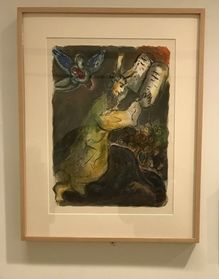 Marc Chagall was another famous Jewish artist who had work displayed at the Jewish Museum. Chagall had a lifelong fascination with the Bible and much of his artwork expresses his passion for using his artistic expression to convey the imagery of the Bible. A lithograph on paper, "Moses Displays the Ten Commandments" from "The Story of the Exodus", 1966, is shown to the right. Shown below, this 1986 large acrylic on canvas painting by David Reeb, an Israeli artist, titled "Map of Israel" is one of a series of paintings that incorporated the pre-1967 Israeli border, known as the "Green Line." Reeb was one of the most outspoken Israeli artists of his generation and was preoccupied with the political implications of the map of Israel. The ongoing conflict between Israel and her neighbors and the conflict around national borders is the major theme in his series of paintings. In this painting, Reeb portrays the outline of the realistic map as the main motif on an abstract patterned surface. In the photos below, I've included 3 photos showing some of the incredible detail of this fascinating painting.
Another fascinating exhibit called "You Don't Have to Be Jewish" featured a compilation of television commercials and clips from the museum's National Jewish Archive of Broadcasting, paired with print advertising campaigns, works of art, and more. The exhibit explores material produced for Jewish audiences or with Jewish content and the way religion, ethnicity, and identity play out on American television. The exhibition closed in early February. Also on exhibit from November 4, 2016 to March 26, 2017 was "Pierre Chareau: Modern Architecture and Design." Pierre Chareau was a celebrated French furniture designer, architect, and art collector. The exhibit showcases rare furniture, lighting fixtures, and interiors, and even featured virtual reality glasses to immerse the viewer in the architectural renderings.
One of the most fascinating exhibits that I've seen this past year was "Take Me (I'm Yours)." The exhibit is based on a 1995 exhibit at the Serpentine Gallery in London, curated by Hans Ulrich Obrist and the artist Christian Boltanski. In a conventional museum experience, it is the visitor that consumes art by looking at the paintings, sculptures, or photographs on exhibit. Typically, one is not allowed to touch the art, and certainly not allowed to take them home! Take Me (I'm Yours) defies this well-established standard by featuring works by more than 40 artists from different generations and from all over the globe: The goal of the exhibit is to encourage you to not only touch the artwork, but also to take them away with you and keep them for yourself. Some of the things I walked away with were a can of lemon-flavored sparking water, photographs of glamorous women from the 1950s, stencils, temporary tattoos, pins, hard candies, pill capsules, fabric patches, and more! The exhibition ended in February. I've posted a few photos below. Photos of visitor experiences can be found online using the hashtag: #TakeMeImYoursNYC. 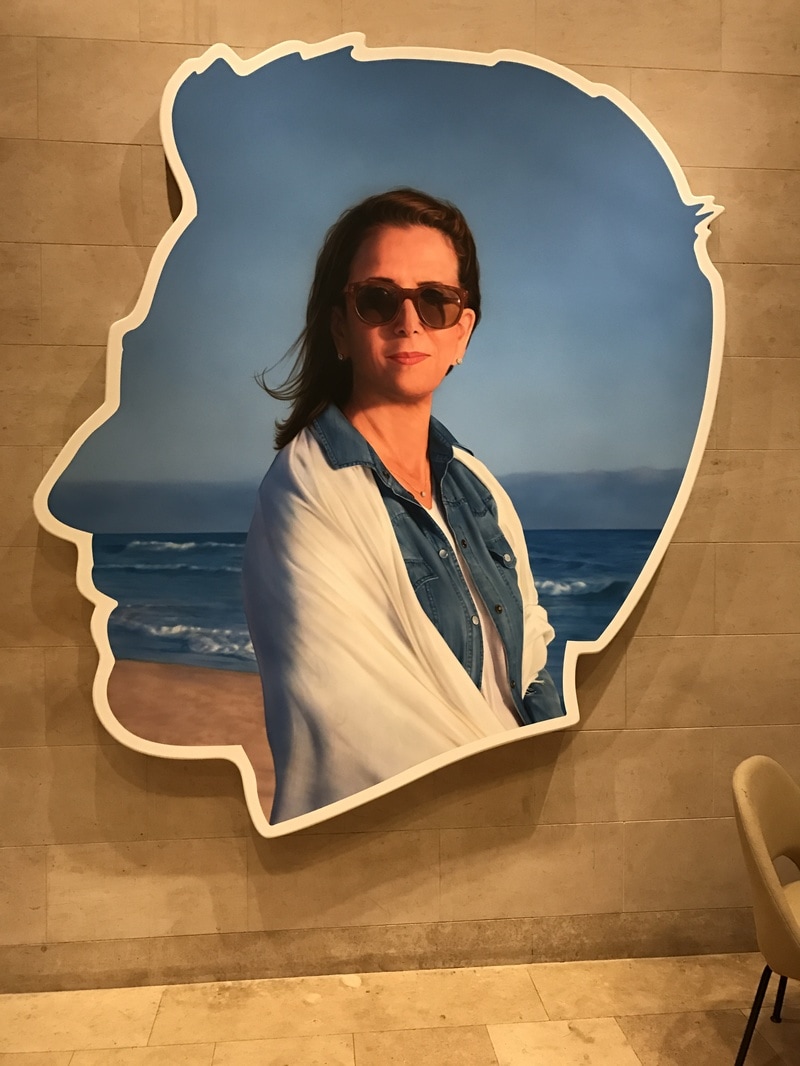 I love this work of art by Alex Israel, "Self-Portrait (Mom)", 2016. On view November 4, 2016 - April 23, 2017. I love this work of art by Alex Israel, "Self-Portrait (Mom)", 2016. On view November 4, 2016 - April 23, 2017. During my visit, I saw a drop-in art workshop underway, where families were creating works of art together inspired by exhibitions currently on view at the Museum. On Sundays, families can participate in studio art sessions, experience a simulated archaeological dig, or experience the museum's exhibitions with a printed Kids Gallery Guide. The Museum hosts family concerts, workshops and vacation week programming, and workshops for kids with disabilities. For more information, visit: TheJewishMuseum.org/Families.
The main exhibit during my visit was entitled "Pixel Forest," which is the first New York survey of the Swiss artist, Pipilotti Rist. The exhibit opened in October 2016 and is only on view through January 15, 2017. Pipilotti Rist is a pioneer of video art installations that blend visual displays with sound and immerse the viewer in a completely new environment from the moment the museum's elevator doors open! The exhibit takes up almost the entire museum's exhibition space on the 2nd, 3rd, and 4th Floors of the museum and includes work from the artist’s entire career. I really enjoyed walking though "Administrating Eternity" which featured video projections on numbers sheets of transparent fabric suspended from the ceiling. Walking through the exhibit, you feel immersed and even part of the experience. You see other people, their shadows, seeing parts of the video and missing segments of others, fabric moving with the breeze as you walk by, etc. One of her pieces included a chandelier made from undergarments. Another unique and very cool installation was "Pixelwald" and comprises 3,000 LED lights that are suspended from the ceiling and change colors over time. I loved the whole experience walking through, hearing the sounds the artist chose, looking at the uniquely-designed shapes of the lights. Every one was different and beautiful. For all of Pipilotti Rist’s pieces, the sounds of heartbeats, forest sounds, and oceansounds almost put you in a trance. If you visit the exhibit, take some time to sit, and experience some of the videos, which are quite fascinating and visually esoteric. Some of the footage was even filmed underwater. I've included some photos of the exhibit below. I should also mention Chris Burden's "Ghost Ship" that was part of his exhibit at the Museum in 2013. The ship was conceived to sail autonomously and unmanned off the coast of Scotland. In 2005, the "Ghost Ship" did, in fact, sail 400 miles! It remains on the facade of the museum's exterior as a tribute to his legacy. You can see a photo of the ship in the photo at the start of the blog article. It's quite something to see and represents some of his work other than the permanent installation at Brandeis University in front of the Rose Art Museum and at LACMA. For more information about the New Museum, check out their website: www.newmuseum.org. PS: If you liked this article, you might like these other articles on my artistic travels:
Kennebunkport, Maine Los Angeles, California New York City New York City Street Art Napa Valley, California Park City, Utah Barcelona, Spain Caribbean Art I recently returned from a quick 2-day trip to New York City. The first day was primarily focused on a new movie I am working on (currently looking for investors for the film) called “Dan & Carla.” We had a spectacular table reading of the script with the actors along with a number of friends and interested parties of the film. After the reading, I had the pleasure of meeting and speaking with Jack Pierson, a longtime family friend of the film’s director. Jack Pierson is an incredible artist who works with a variety of different mediums, including sculpture, photography, video, and is best known for his word signage installations. His artwork is in the permanent collections of the Whitney Museum of American Art, the Metropolitan Museum of Art, the Guggenheim Museum, just to name a few. (See below for more about his two incredible pieces that were on view at the Whitney Museum.) Here’s some information about the film for those interested: It is a modern-day romantic comedy about two young NYC lovebirds who try to salvage their troubled relationship: Dan & Carla, two lovers from opposite sides of the subway tracks, are forced to confront the issues of romance, commitment, betrayal and sexual (dis)orientation.” For more information: www.Facebook.com/danandcarlathemovie http://www.imdb.com/title/tt4324704/?ref_=fn_al_tt_1 There is SO MUCH ART in New York City! There were three pieces of public art that I had the pleasure of seeing on this trip. Here is a photo of Robert Indiana’s HOPE Sculpture located on the corner of 7th Avenue and 53rd Street. A couple months ago, I wrote in my blog about Robert Indian’s LOVE Sculpture in Scottsdale, Arizona. This HOPE Sculpture is also only a few short blocks away from the LOVE Sculpture in New York City 55th and Avenue of the Americas/6th Ave. I’ve learned that each year on the artist’s birthday, September 13, Robert Indiana HOPE sculptures will be installed and displayed in locations throughout the world. The HOPE sculptures celebrate the message of hope and fulfill the artist’s vision of a more promising future for us all. Another public sculpture, located just outside of Penn Station and Madison Square Garden (7th Avenue and 33rd St.) is Roy Lichtenstein’s “Brushstroke Group.” And the last public art sculpture that I got to see was Elmgreen & Dragset’s “Van Gogh’s Ear” located in Rockefeller Center. It’s basically a huge swimming pool stood upright. I really liked how misplaced it looked, especially in such a dense area, with a huge amount of foot-traffic, in contrast to a large swimming pool, typically seen in a less congested area. This is a temporary installation, so be sure to see it before June 3rd! I started the second day of my trip at the Whitney Museum of American Art. The new Whitney’s architecture is spectacular inside and out. And the artwork within the walls of the Whitney is very special. On the Sixth and Seventh Floors of the museum, I experienced the exhibit, "Human Interest: Portraits from the Whitney's Collection." It made me rethink my own internal definition of the word "Portrait." The exhibit demonstrated the way portraiture has changed from the early 1900s to present day. When you think about it, the whole concept of portraiture has changed over time. The painting of portraits was once reserved for the elite, and those who could afford such a luxury, yet with the rise of photography, everything has changed. With the iPhone and other smartphones and with the influence of social media, the "selfie" is almost a new form of portraiture. Whatever the form, portraits get to the very essence of who we are as people and our place in the world.
Chuck Close, is very well known for his huge, floor to ceiling, portraits best viewed first from afar, and then up close (excuse the pun). This is his work titled "Lyle" and I've included a few views for you to see the genius behind his artwork. And Jack Pierson, who I had the pleasure of meeting the night before, had two of his many works that are part of the Whitney's permanent collection, on display. One a self-portrait, "Self Portrait #4", 2003, and the other called, "Jerry in the Dressing Room", 1993. I also saw some impressive works of art from some artists that I haven't been exposed to before. The painting shown here is one from the artist, Howard Kanovitz, called "New Yorkers 1". It's a very large painting and I found it to be very striking. I especially liked seeing the use of pencil within the painting as shown in this close-up photo. There is a beautiful outdoor space with stairs leading to other levels and views of the surrounding cityscape and the new, NYC treasure, the High Line. If you plan to visit the Whitney Museum, you could also walk on the High Line either before or after what is sure to be an incredible art experience at the Whitney! After the Whitney, I visited the Chelsea Market where I stumbled across a wonderful ID Pop Shop that featured apparel, accessories, Jewelry, and art. www.Idpopshop.com I then proceeded on my quest to visit some of the Chelsea galleries that feature modern and contemporary art. Some galleries were focused on established artists and artists who are well-known to the general populace and others showcased emerging artists. I walked my feet off and ended up visiting about two dozen difference art galleries in Chelsea. I'll share some of my favorites here: One of the galleries that I really enjoyed visiting in Chelsea was Jim Kempner Fine Art. http://jimkempnerfineart.com/ It was at this gallery that I was introduced to an artist named Greg Parker. His artwork features a unique process that results in an unbelievably cool work of art. He starts with a wood panel that is covered with up to 20 layers of polished gesso, thin layers of powdered pigment and graphite that is applied in progressive steps within mathematical systems. Kind of looks like metal or wood but the end result is a subdued reflective surface that is solid at nature. At the Bryce Wolkowitz gallery, http://brycewolkowitz.com located at 505 W. 24th St., I saw a truly unique exhibit of multimedia sculptures and video installations from the artist, Yorgo Alexopoulos, I have learned that he films the 4K video, makes use of a translucent LCD video screens, robots, 3-D printers, motorized dollies, and multiple cameras simultaneously shooting time lapse photography. The piece that I found most compelling was one titled "First Time On The Moon,” which is comprised of the digital animation on a high definition translucent LCD display, aluminum and patina steel, glass, and custom electronics. The subject matter is the moon with the earth hovering in the distance in space. The Berry Campbell Gallery www.berrycampbell.com presented the work of the artist Stanley Boxer, a Massachusetts born artist known for his thickly painted abstract works of art. I visited the new Lisson Gallery at 504 W. 24th St. lissongallery.com It was a brand-new exhibit that opened just this past week, featuring the artwork of Carmen Herrera. I learned that she has been painting for almost 80 years in her Manhattan studio. She's perhaps the oldest living artist I've seen on my venture; she will celebrate her 101st birthday later this month and will be honored with a survey exhibition at the Whitney Museum of American Art in September 2016. The exhibit at the Lisson Gallery represents a new body of work produced in the last two years. The paintings exhibited were primarily acrylic on large-scale canvases. They almost had an Ellsworth Kelly kind of feel to them, in terms of the colors used in a very minimalist way. At 138 10th Ave., I visited Lori Bookstein Fine Art. www.loribooksteinfineart.com There were a few artists represented in this gallery exhibit, but one stuck out to me, an artist named Diana Horowitz. The exhibition featured a series of small paintings depicting the landscape of and around Lake Como, Italy. She painted on en plain air and each of the small 5" x 7" or smaller canvases had subdued tones and colors capturing the light across the landscapes. One of the most unusual, yet fascinating exhibits that I saw was at the Lions Wier Gallery at 542 W. 24th St. www.lyonswiergallery.com The gallery featured the pop artist, Jae Yong Kim in the exhibit titled "Pop Goes The Donut". The walls of the gallery were lined with ceramic, glazed donuts, many featuring Swarovski crystals, gold, and other mixed media. At the Cheim & Read Gallery, a brand new exhibit features the work of Spanish artist, Juan Uslé. Jack Pierson has shown his work at this gallery in the past. Many of the works were in excess of 9 feet in height. I learned that the short, broad brushstrokes comprising the bands in his paintings are based on the artist's pulse, similar to a cardiogram. www.cheimread.com The Agora Gallery at 530 W. 25th St. focuses on emerging artists, and I recommend checking this gallery out for emerging talent! www.Agora-Gallery.com The Rush Arts Gallery (Rush Philanthropic Foundation www.rushphilanthropic.org) at 520 W. 26th St. featured an exhibit called “Medium: Black.” The Rush Philanthropic Foundation is a non-profit founded in 1995 by media mogul Russell Simmons and his brothers and is committed to bettering the lives of under-served city youth through exposure to the arts and to provide professional support for emerging artists and curators. The group show featured artists that all use the color black. One of the pieces of artwork that I found most fascinating in this gallery was the work of Charlotte Becket who used a motor within the artwork, giving the artwork almost an organic or living feeling to it. The Tagliatella Galleries featured some originals and prints from some of the more well-known contemporary artists like Alex Katz, Andy Warhol, Roy Lichtenstein, Mr. Brainwash, Bansky, Kaws, Damian Hirst, Keith Haring, Jeff Koons, etc. http://www.taglialatellagalleries.com/ Another well-known and established gallery, The Pace Gallery, featured David Hockney prints entitled, “The Yosemite Suite”. http://www.pacegallery.com/ The Robert Miller Gallery on 26th St featured the work of Lee Krasner. http://www.robertmillergallery.com/ And the Mitchell-Innes and Nash Gallery featured the incredible work of Tom Wesselmann. http://www.miandn.com/ Before heading back to Boston, my final stop was the Fashion Institute of Technology where I was able to see a wonderful exhibit on the history of denim. When you think about fashion, denim is one of the many materials out there that really stands out and has lasted for hundreds of years. Denim may even be the most popular fabric in the world today. The exhibit entitled: “Denim: Fashion’s Frontier” showed the evolution of denim. The exhibit takes you from the very earliest use of denim all the way to present day, highlighting the milestones denim has had impacting the fashion world. In its last days, this exhibit will be followed by an exhibit on May 20th, entitled “Uniformity,” which will explore the history behind a variety of uniforms (military, work, school, and sports), considering both their social role and their influence on high fashion. The Museum at FIT is located at 7th Avenue at 27th St. http://www.fitnyc.edu/museum/ I hope you enjoyed reading this blog and my reflections on the art I've seen. Please check out the websites of these galleries for more information and for current exhibition dates! PS: If you liked this article, you might like these other articles on my artistic travels:
Kennebunkport, Maine Los Angeles, California New York City New York City Street Art Napa Valley, California Park City, Utah Barcelona, Spain Caribbean Art I recently returned from a trip to Phoenix, Arizona. While there, I experienced some really terrific art in the Phoenix area, Scottsdale, and in Sedona. The beautiful photo above was taken on my iPhone in Sedona--Beautiful Place!!! In this blog article, I want to share some of my experiences and photos. I was very pleasantly surprised to see so many pieces of public art sculpture around Scottsdale. I'm including a number of the photos. Scottsdale Public Art has earned a glowing reputation for offering cutting-edge artworks from both local and internationally-acclaimed artists that are interactive, conceptual, and awe-inspiring. For information about Scottsdale Arizona’s public art, visit the following website: http://www.scottsdalepublicart.org/ The website has a wealth of information about Scottsdale’s permanent and temporary public art. Scottsdale also has some great chips and salsa! But that’s for another blog…
The Scottsdale fine art galleries house works spanning from classic to contemporary, geographically or philosophically aligned with the Scottsdale Arts District. I visited the arts District in Scottsdale last Thursday for the Art Walk, which is held every Thursday night from 7-9 pm. I learned that the Art Walk has been one of Scottsdale's greatest cultural traditions where the galleries stay open late every Thursday night for gallery receptions, live music, and artist demonstrations. For more information, visit www.Scottsdalegalleries.com. There were a few galleries that I found to be particularly interesting. One of my favorite exhibits during my time in Scottsdale was a show of new works from the artists Dave Newman, called “American Pop Revisited” at the Xanadu Gallery on Main St. in Old Town Scottsdale. Dave Newman’s pop art features iconic images of the US Dollar, Route 66, and the image of John F. Kennedy. I would definitely recommend visiting the Xanadu Gallery while in Scottsdale! www.xanadugallery.com http://davenewmanart.com/
Later in the week, I visited the Desert Botanical Gardens for a special evening exhibit called Bruce Munro Sonoran Light at the Desert Botanical Garden, which showcased eight large scale light-based installations. It used an inventive array of materials and hundreds of miles of glowing fiber optics. Bruce Monroe's site-specific exhibition reflected his personal interpretation of the Sonoran Desert using mixed materials and light, glass, water bottles, acrylics, and pottery. As the sun goes down, the lights come up. It was wonderful to explore eight large scale light installations that use hundreds of miles of glowing fiber optic lights. Located throughout the garden, British artist Bruce Munro’s site-specific exhibition reflects his personal interpretation of the Sonoran Desert. He even lights up the mountain behind it! If you have a chance to go, I highly recommend it. Although the Desert Botanical Garden is open year-round, the installation from Bruce Munro goes until May 8, 2016 in the evening hours. Here are some photos of the Sonoran Light exhibit. I also had the opportunity to visit Taliesin West, the famous architect Frank Lloyd Wright's winter home and studio in Arizona. Set on 600 acres in the foothills of North East Scottsdale, we had a terrific guided tour of the buildings, its terraces, walkways, and unique structures, seeing amazing cantilevered roofs, canvas ceilings, and tiny personal rooms in contrast with large sweeping communal spaces. Frank Lloyd Wright challenged his apprentices to live in desert shelters of their own creation as a lesson in sight appropriate construction. In fact, it’s still a requirement of the program! I was completely blown away by how beautiful the architecture was of Taliesin West, and how the site still operates as a school of architecture. The Frank Lloyd Wright School of Architecture is still in existence today with about 20 students living and working there in the winter. Here are some photographs of the architecture. For more information, visit: zerve.com/TaliesinWest I also visited the Musical Instrument Museum in Phoenix and saw a special exhibition that brought the violin to life as never before. The exhibit was called, “Stradivarius: Origins and Legacy of the Greatest Violin Maker”. As part of the exhibit, there was one video that highlighted the artistry in the making of a violin. It showed how the violin makers inlay the wood, create patterns, sculpted the wood, and used staining and coloring techniques to decorate the violin turning it into a unique work of art. In Sedona, Arizona, the red rocks are so incredibly amazing, one can easily understand why it has inspired so many artists to paint spectacular pieces of art of the desert, the red rocks, and the Sedona mountain range. Sedona’s natural beauty serves as a magnet for artists, art lovers, and art collectors and has grown into a world-class arts destination. I was amazed with the diversity of art in all of the galleries I visited; some with art from famous artists like Alexander Calder, Joan Miro, Warhol, etc. and some amazing local artists as well. On the first Friday of each month from 5-8 pm, Sedona’s art galleries host openings and art demonstrations. The Sedona Arts Center offers art instruction year-round as well as hosts art events such as the annual Sedona Plein Air Festival and the Sedona PhotoFest. Visit www.SedonaArtsCenter.org for more information. The Sedona Arts Festival is held every October: www.SedonaArtsFestival.org On my visit, I took an adventurous jeep ride through the mountains giving me the opportunity to take many breathtaking photos, which perhaps may inspire me as I create new paintings in the coming months. Stay tuned! I have a few ideas that I’m excited about, and will continue to update this art blog as well as my Facebook, Twitter, Pinterest, Google+, and Instagram accounts with my creative artwork. Be sure to follow me on all these social media platforms and tell your friends! Overall, my visit to Arizona was made even more spectacular by all the amazing art! I look forward to your comments on my blog and ideas for other places to visit with a vibrant art scene! PS: If you liked this article, you might like these other articles on my artistic travels:
Kennebunkport, Maine Los Angeles, California New York City New York City Street Art Napa Valley, California Park City, Utah Barcelona, Spain Caribbean Art |
The Art ConnectionWelcome to Eddie Bruckner's Art Blog! Archives
April 2022
Categories
All
|

